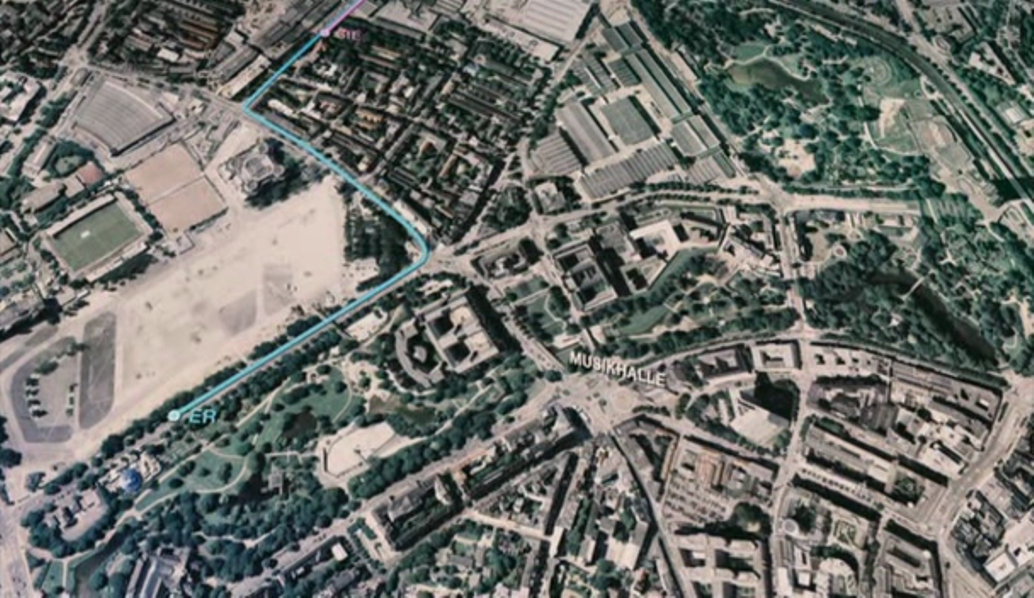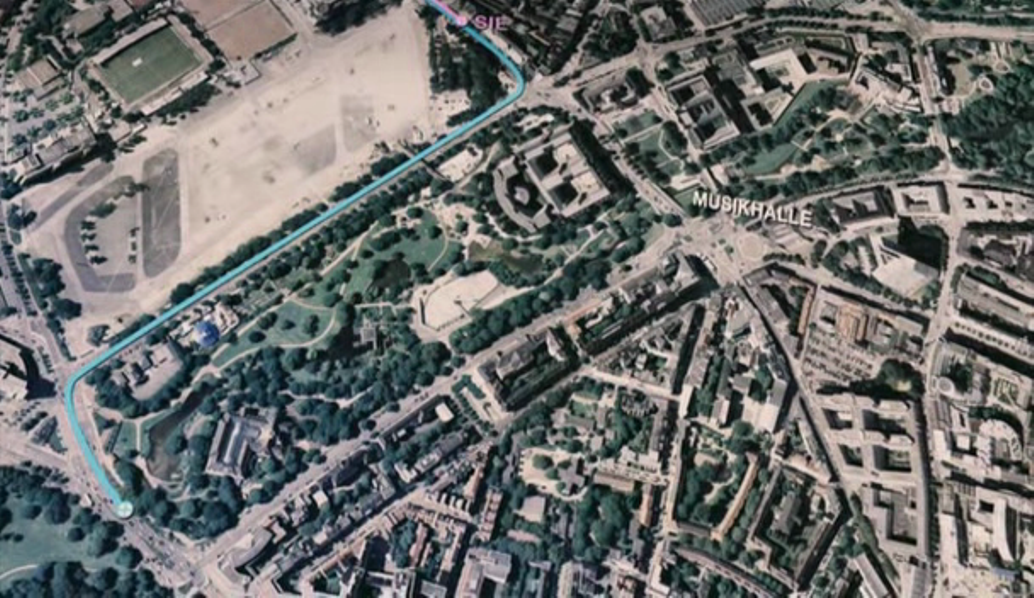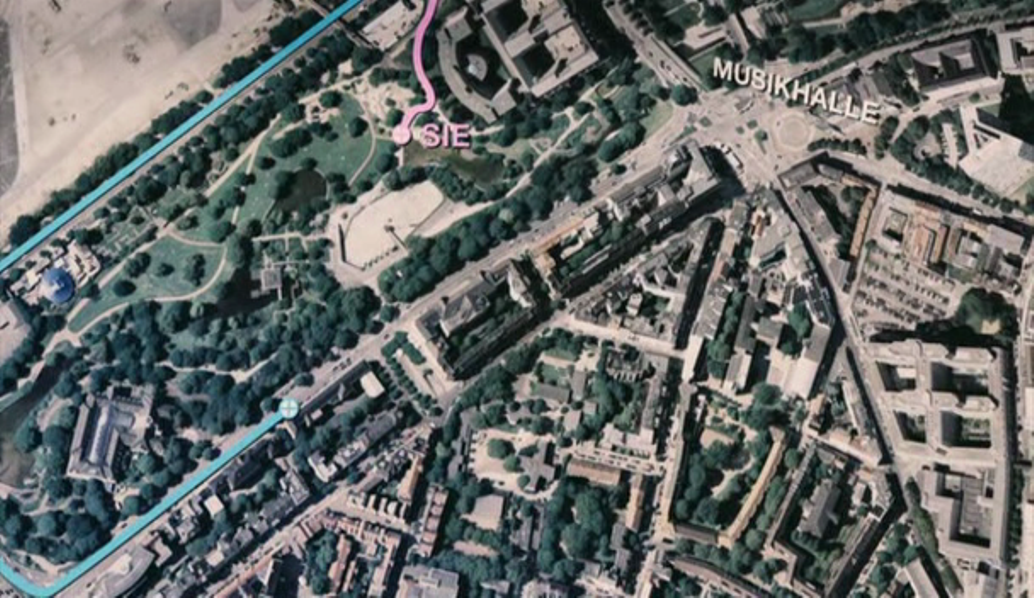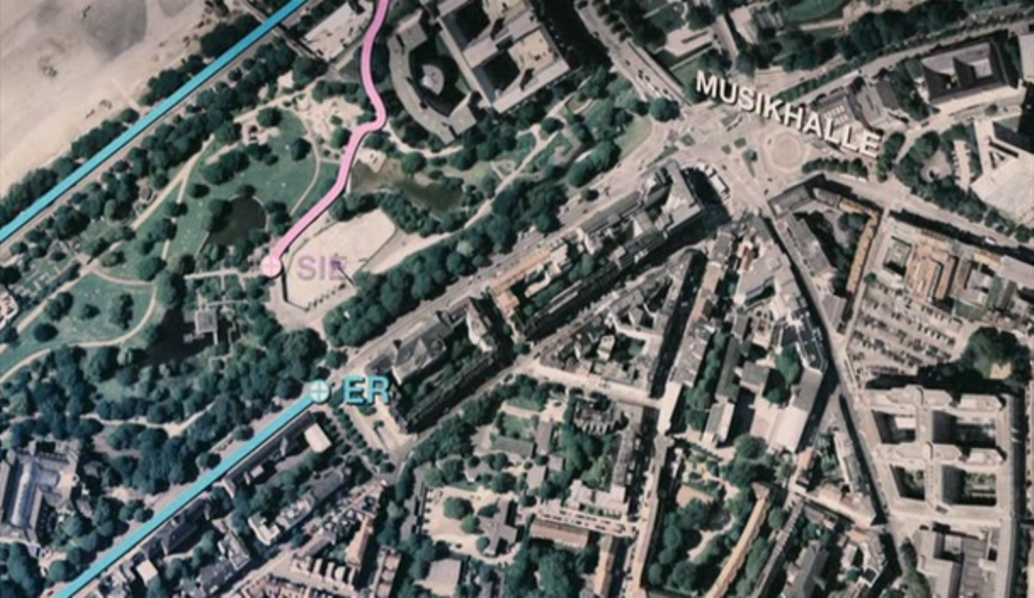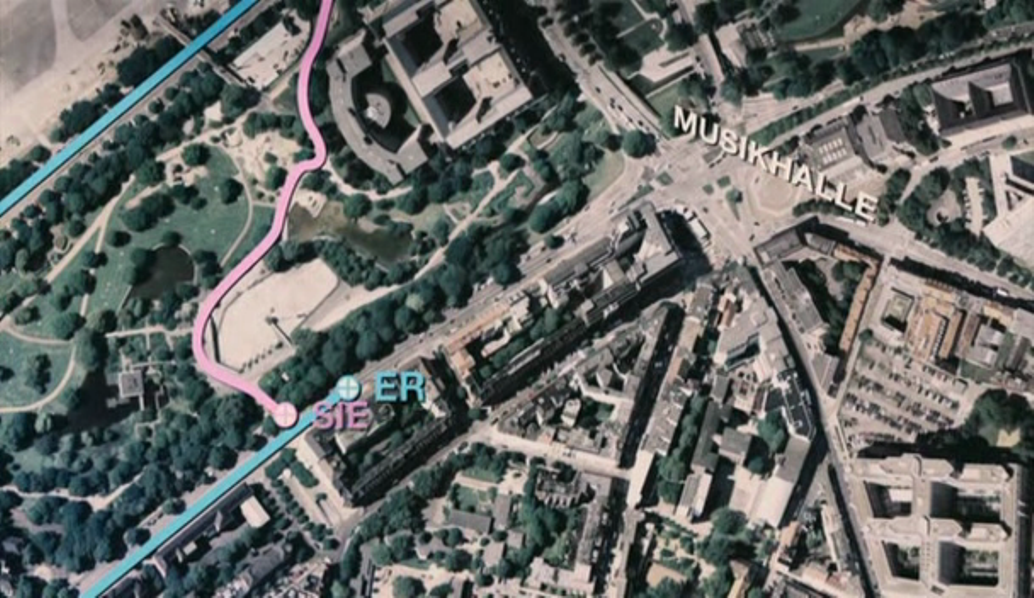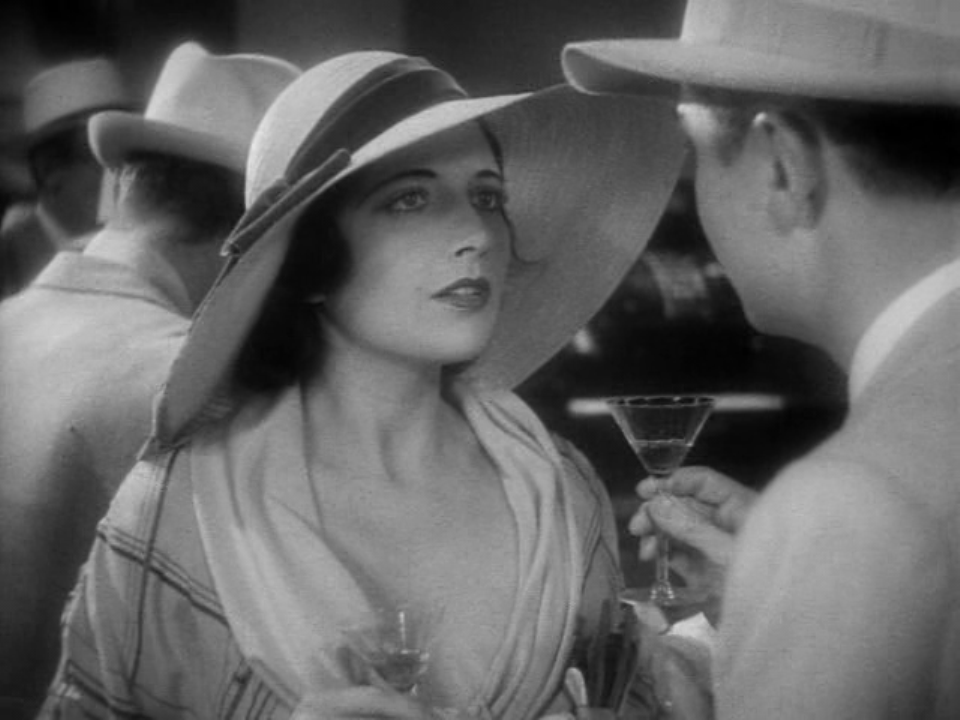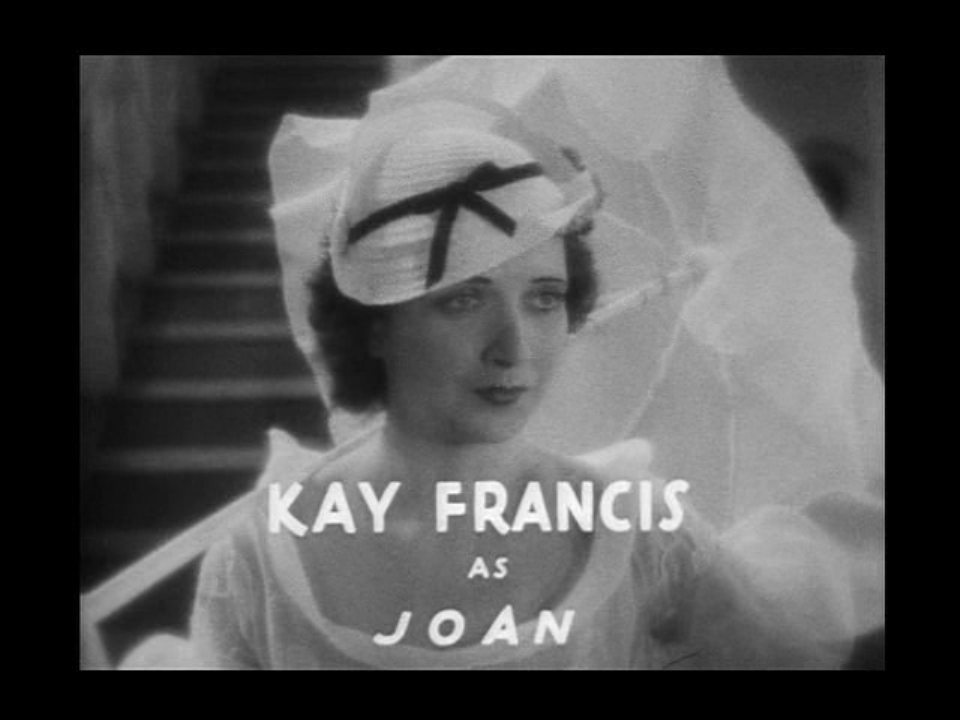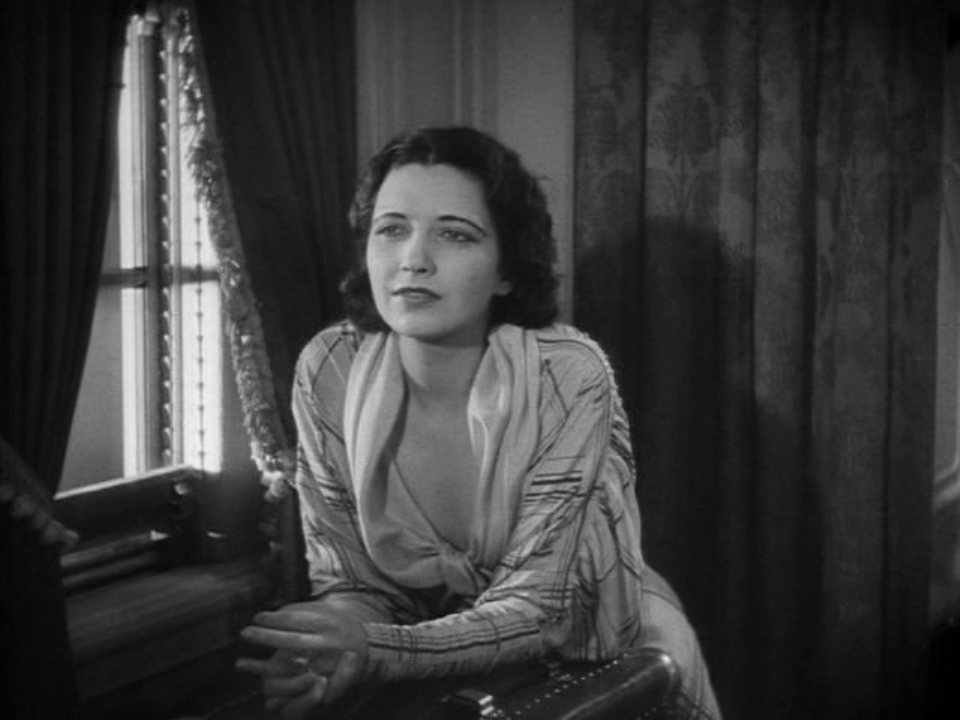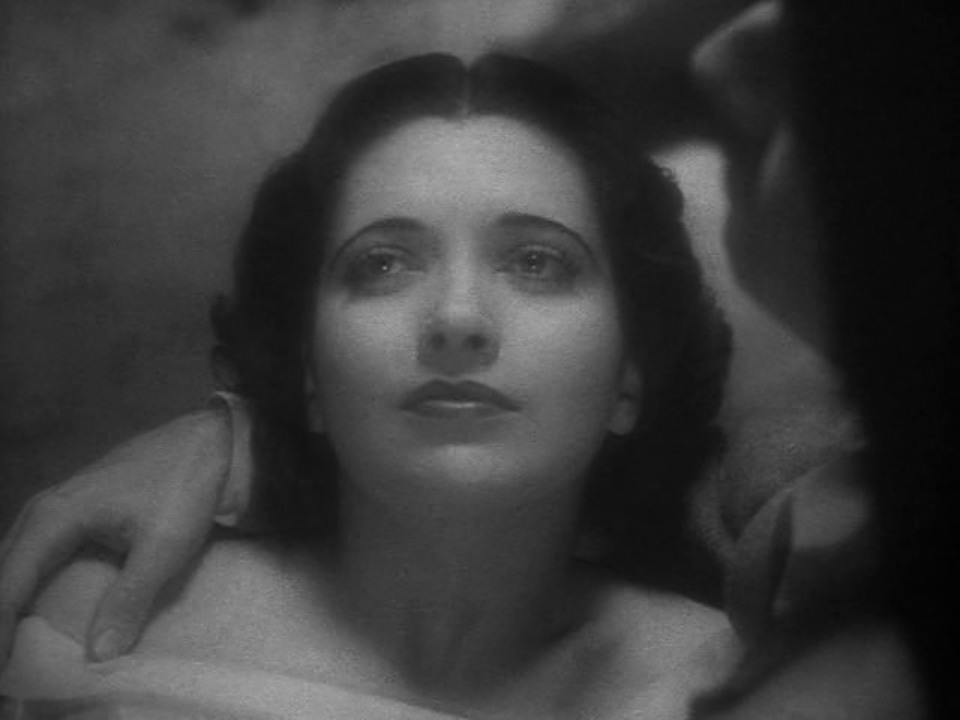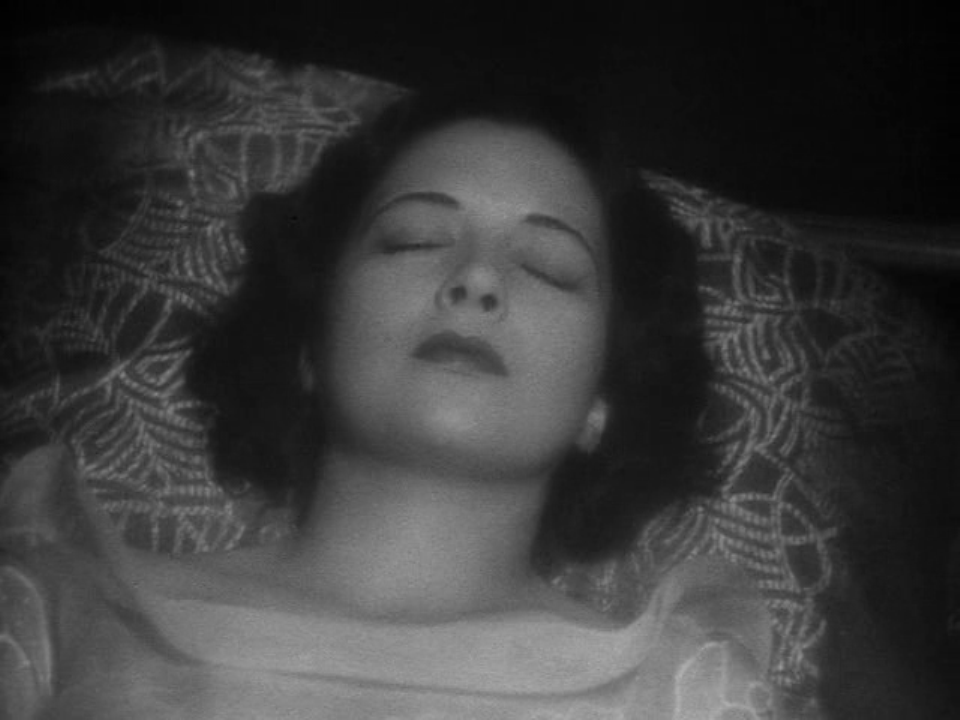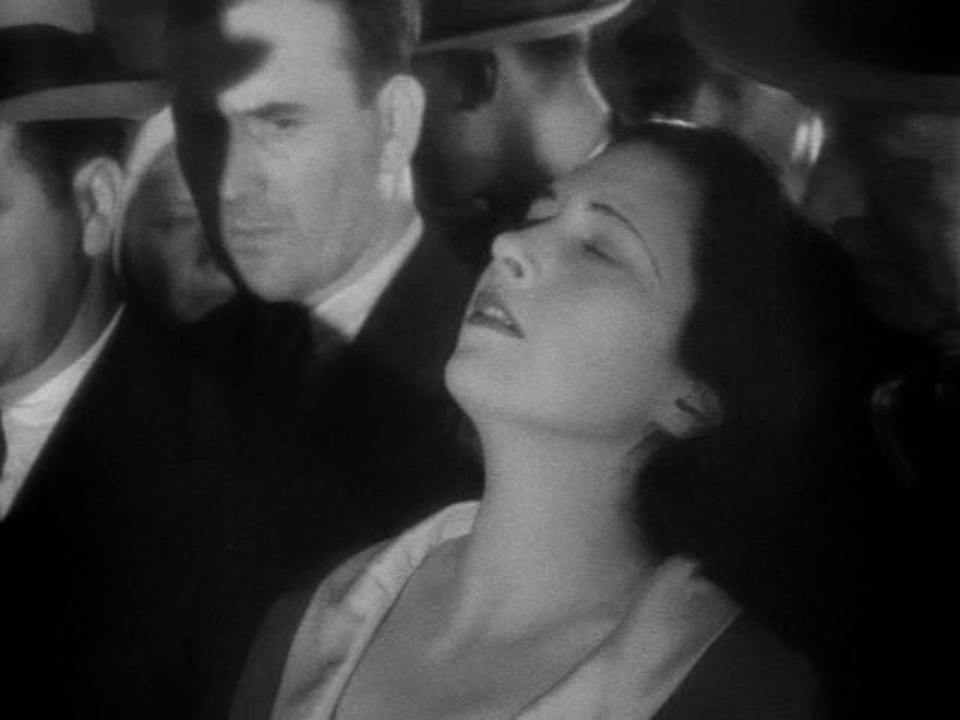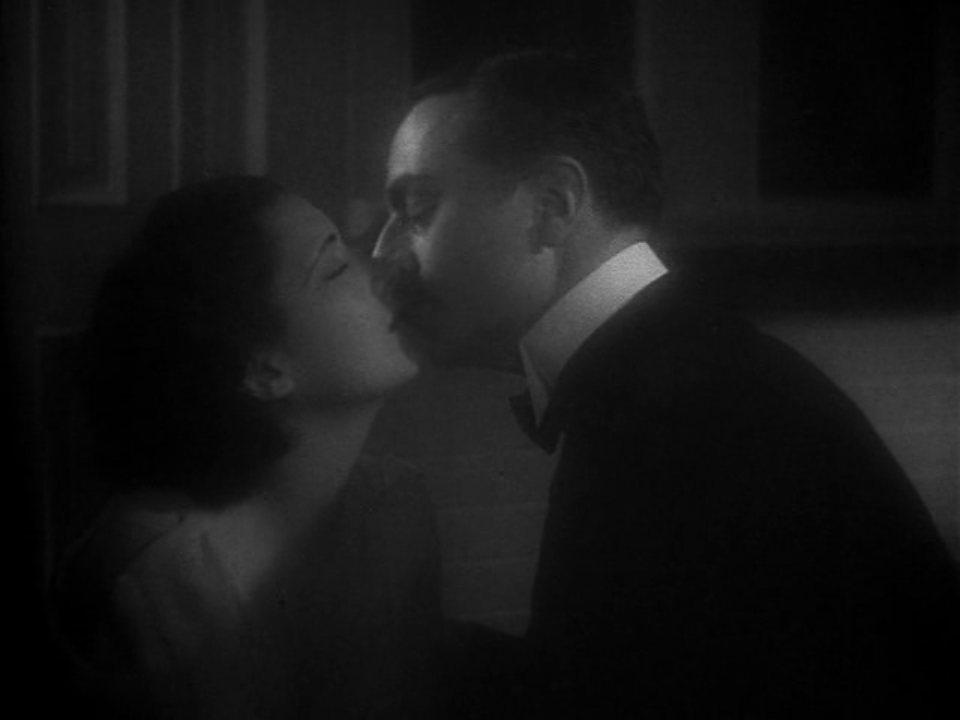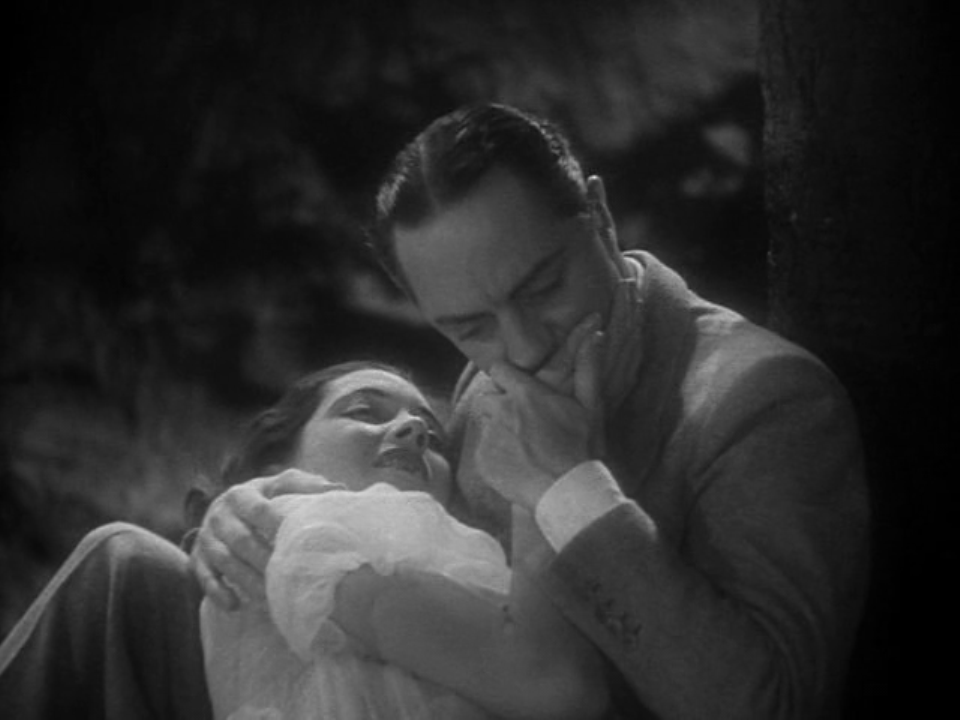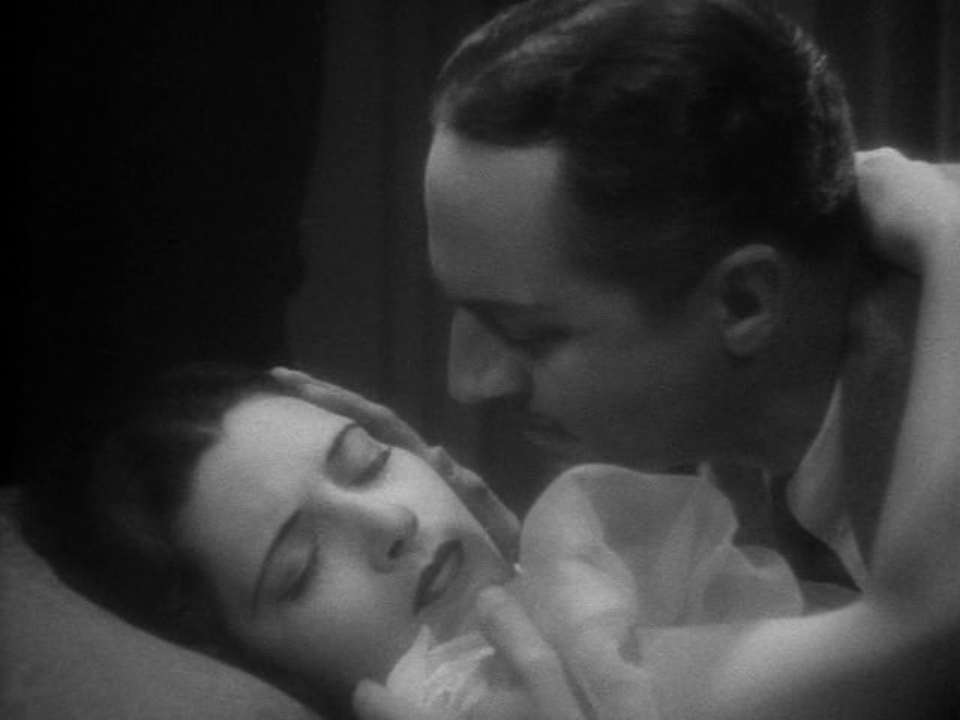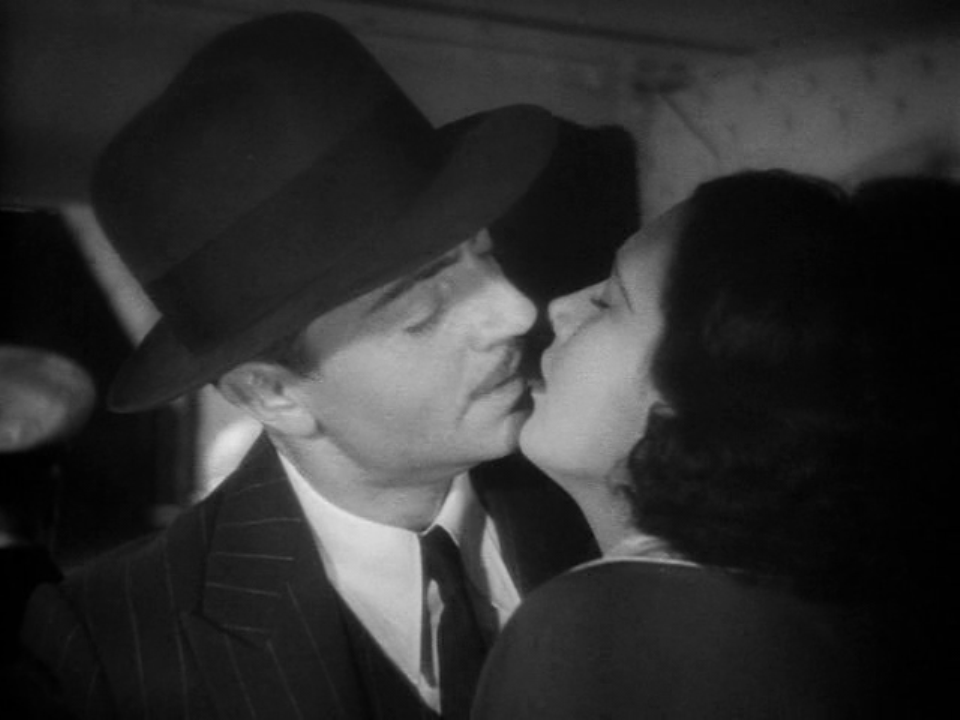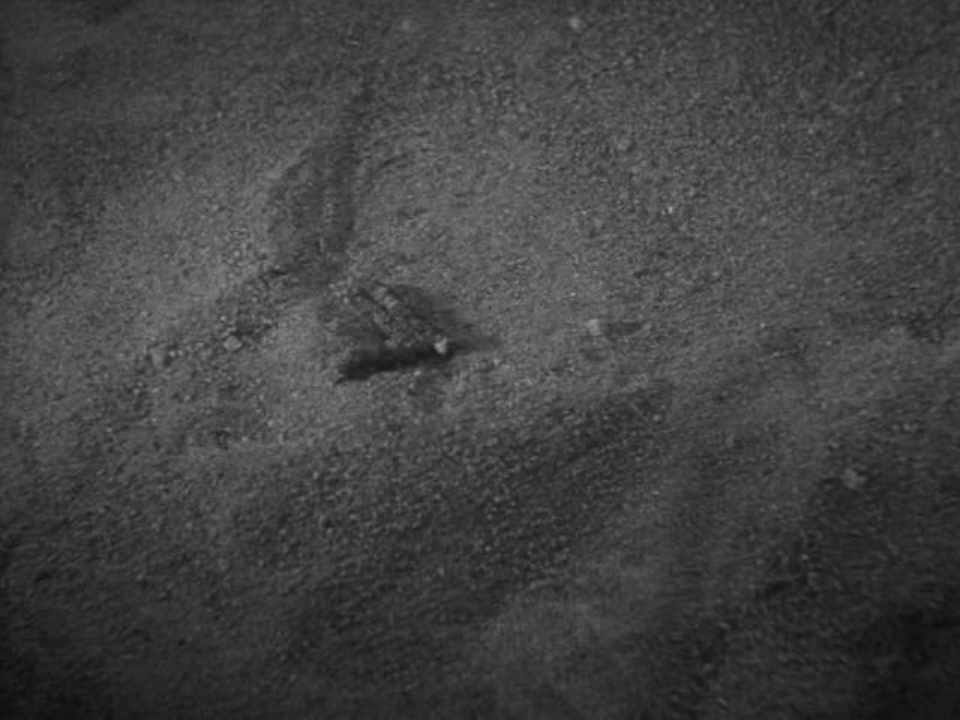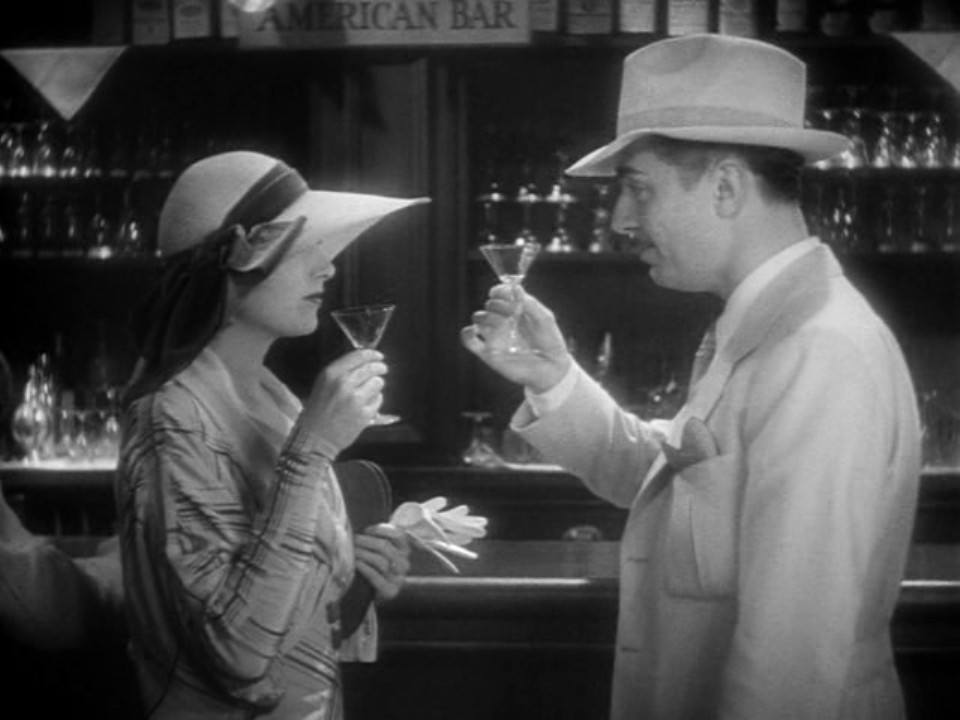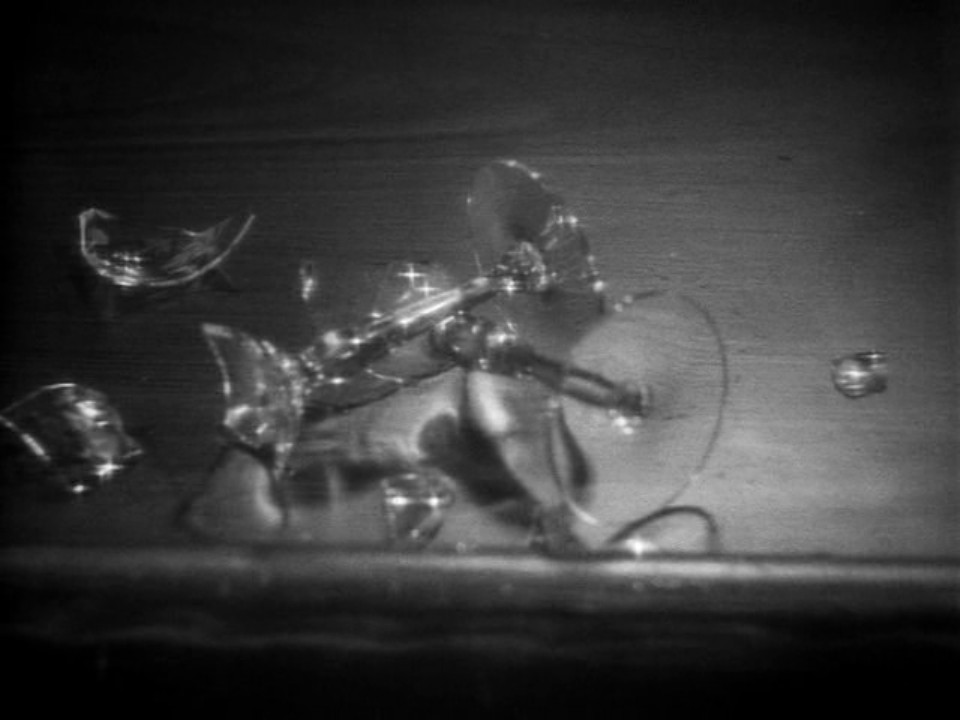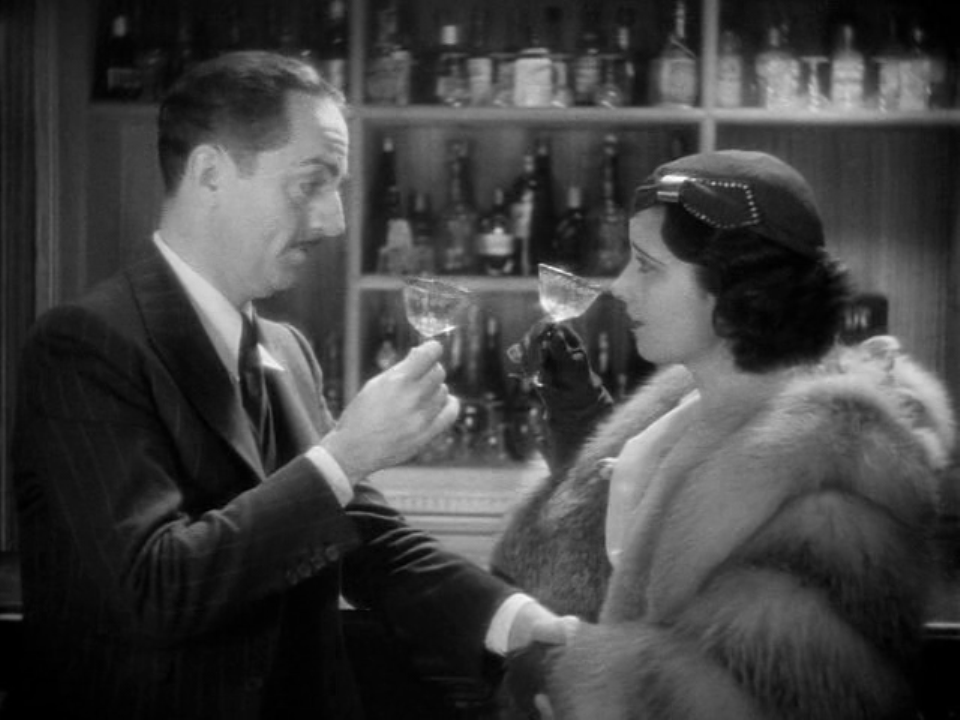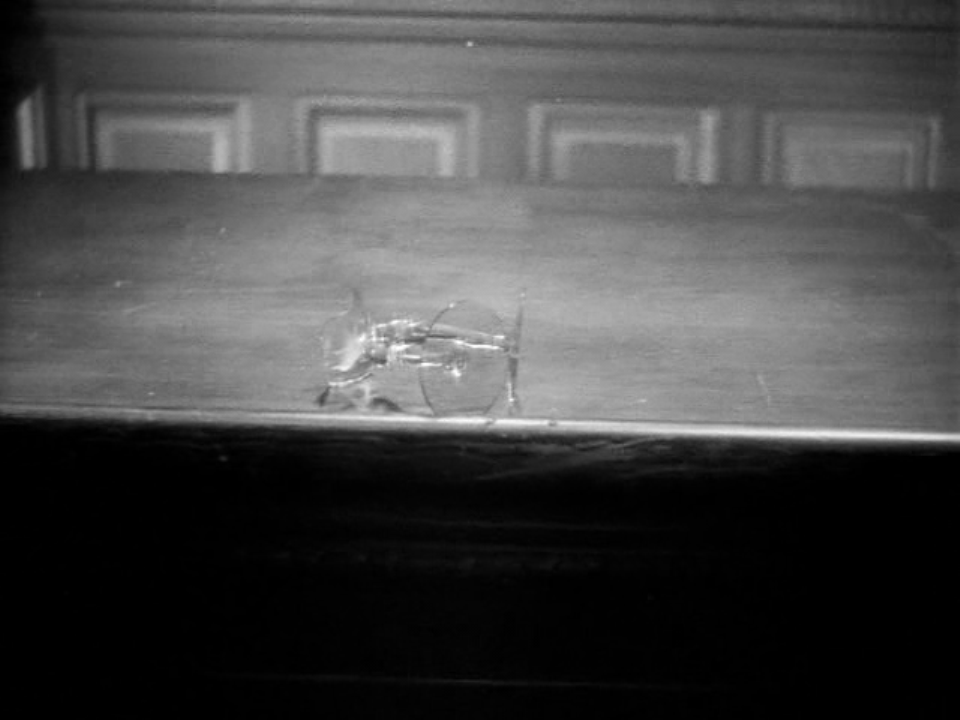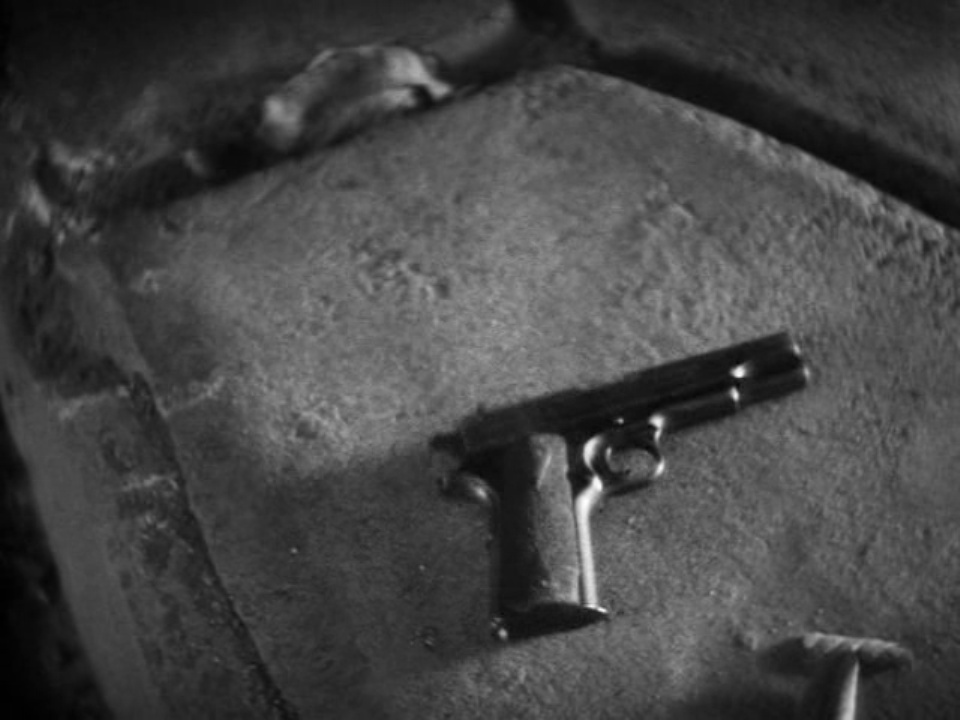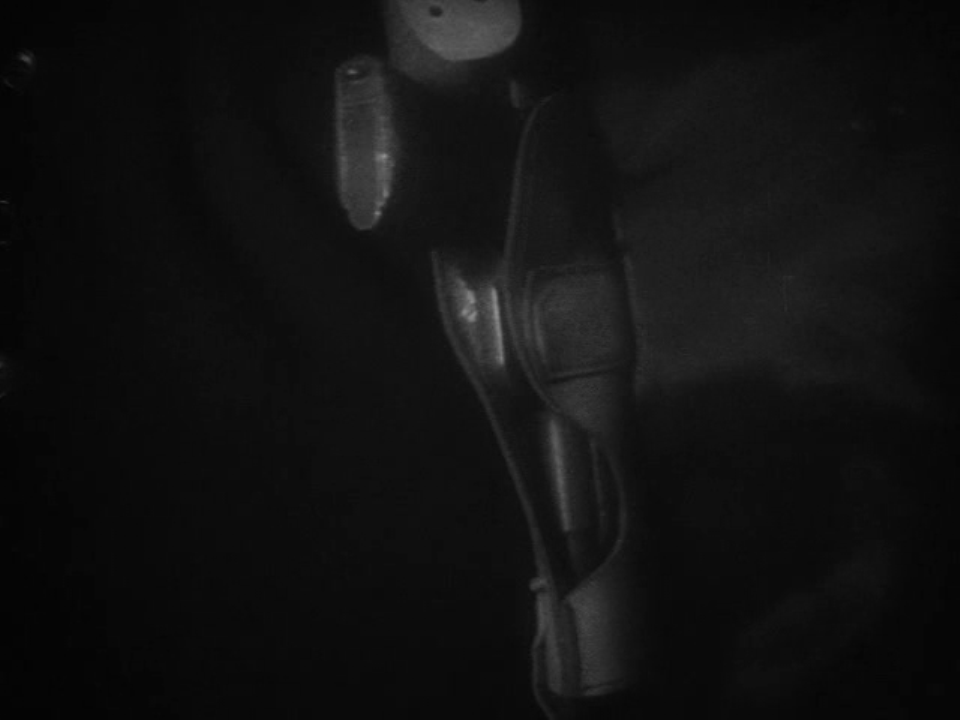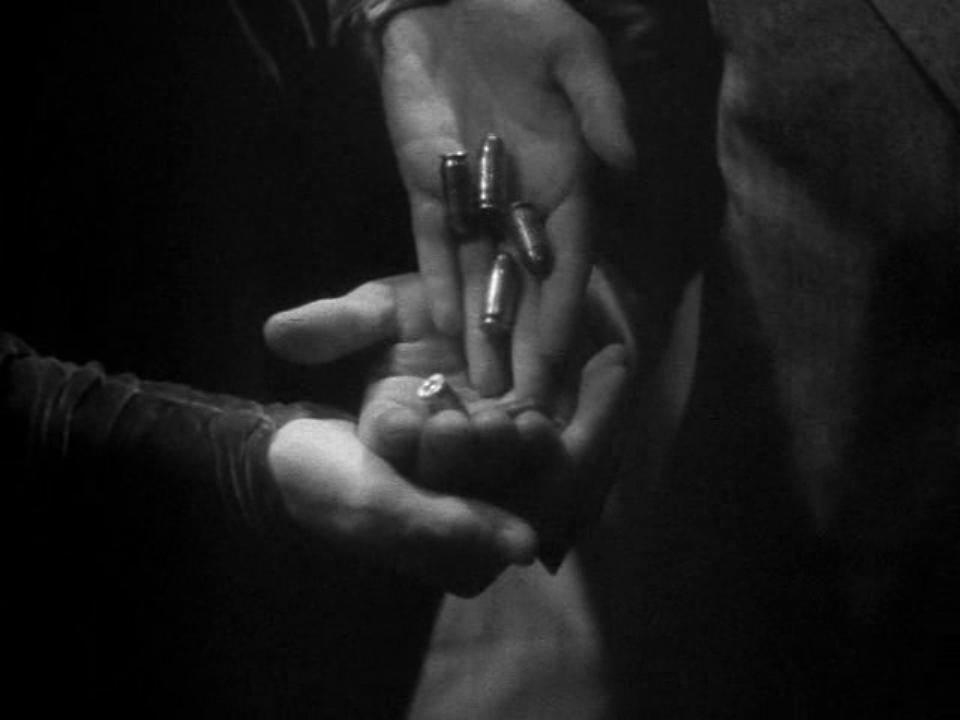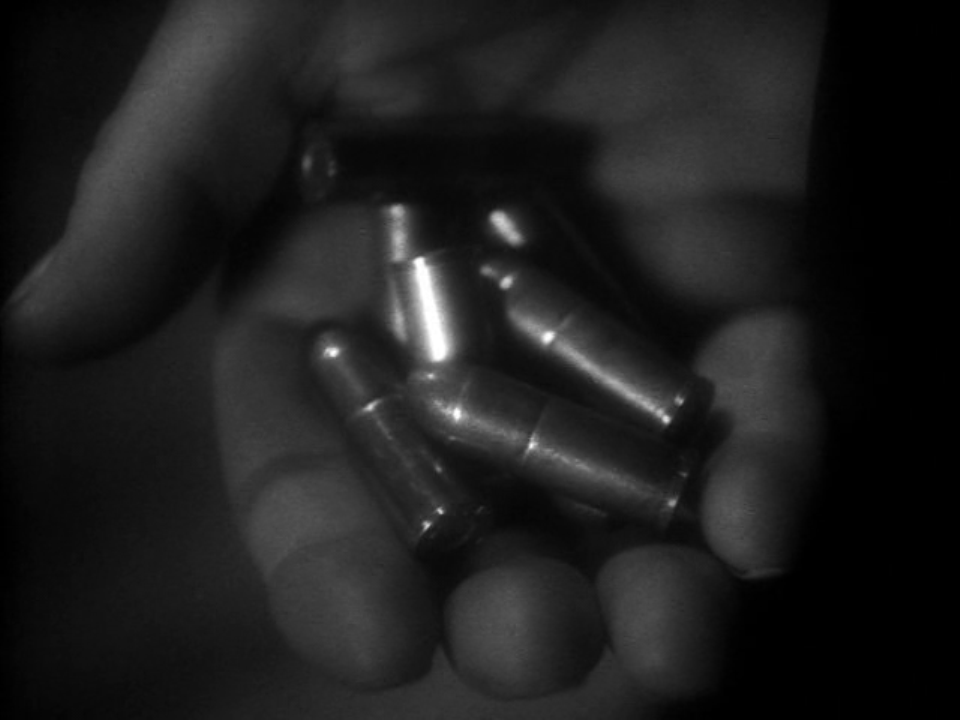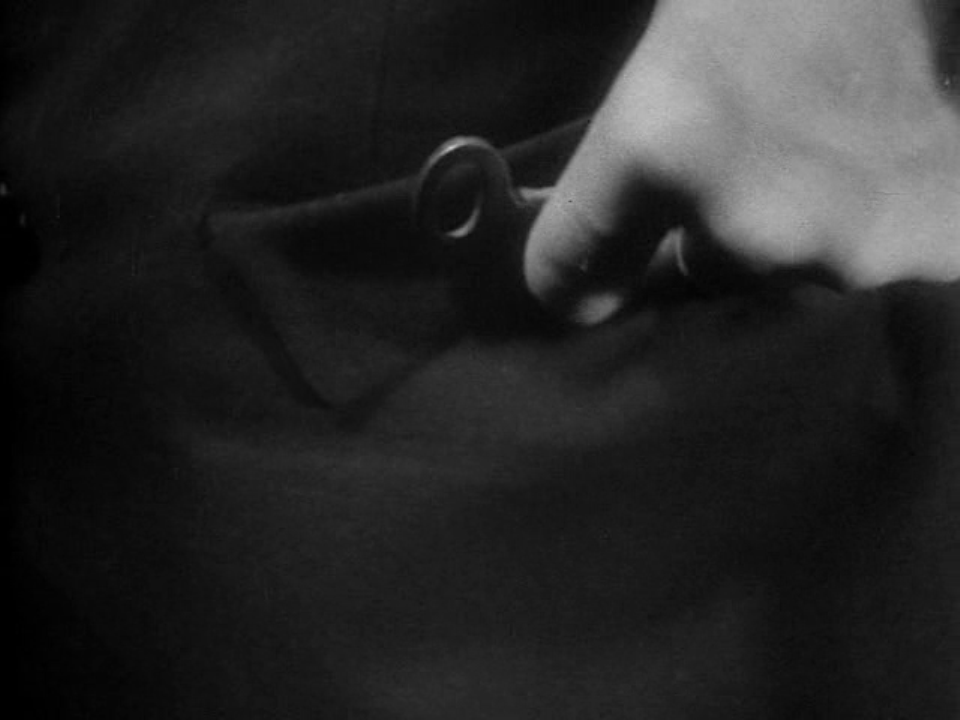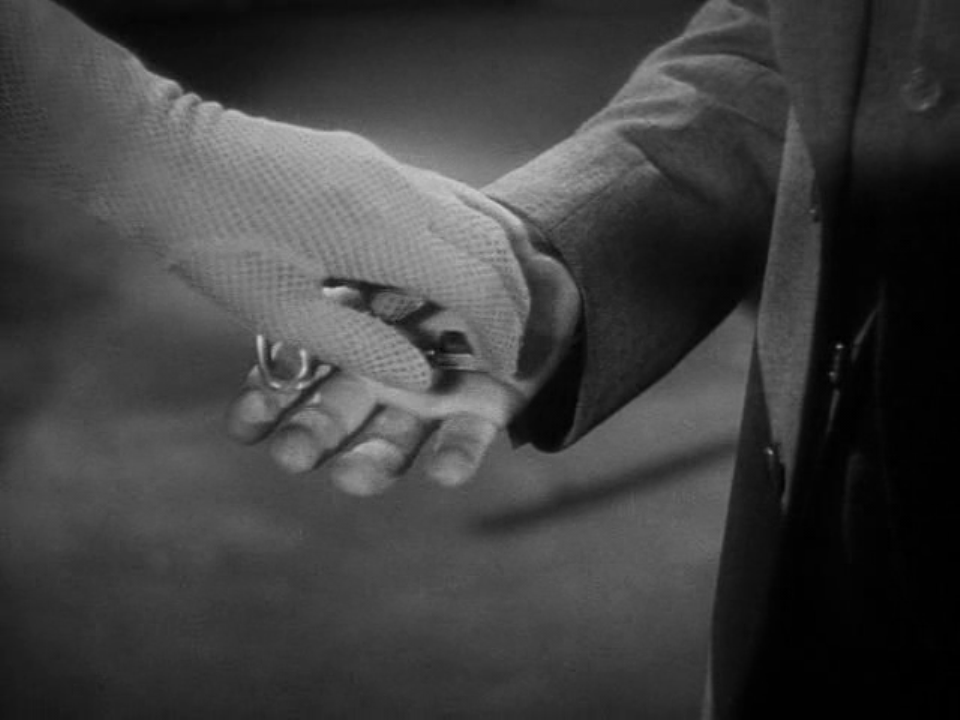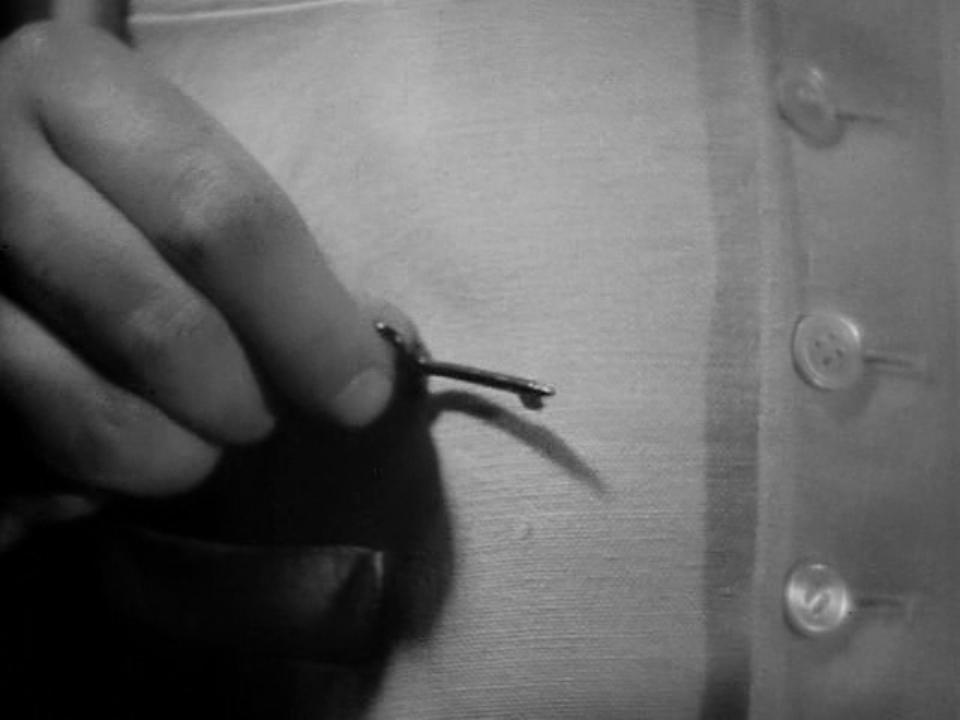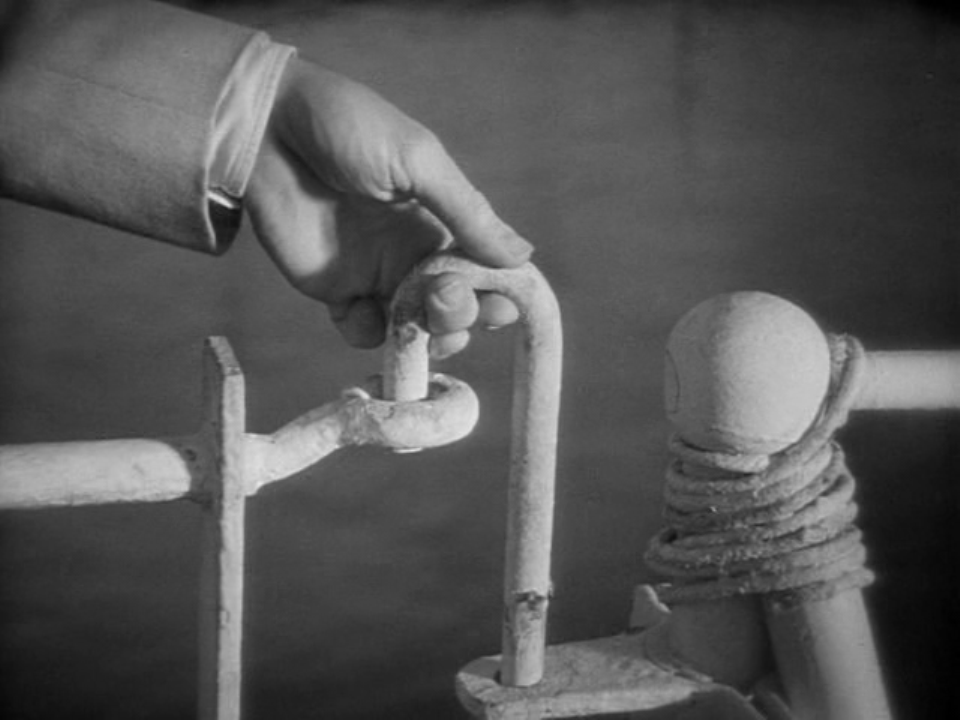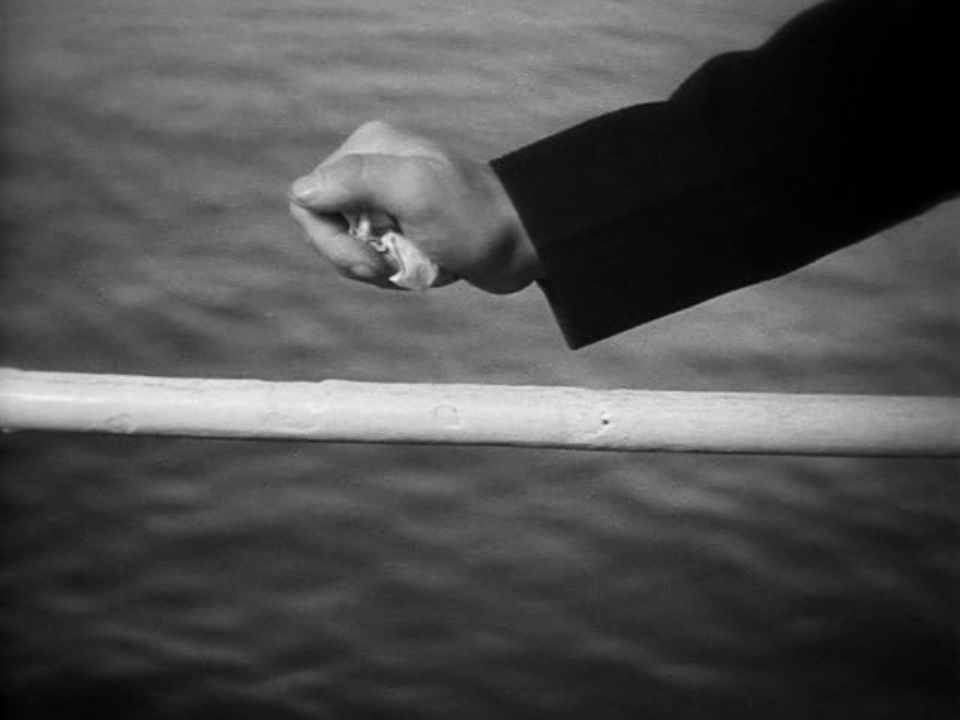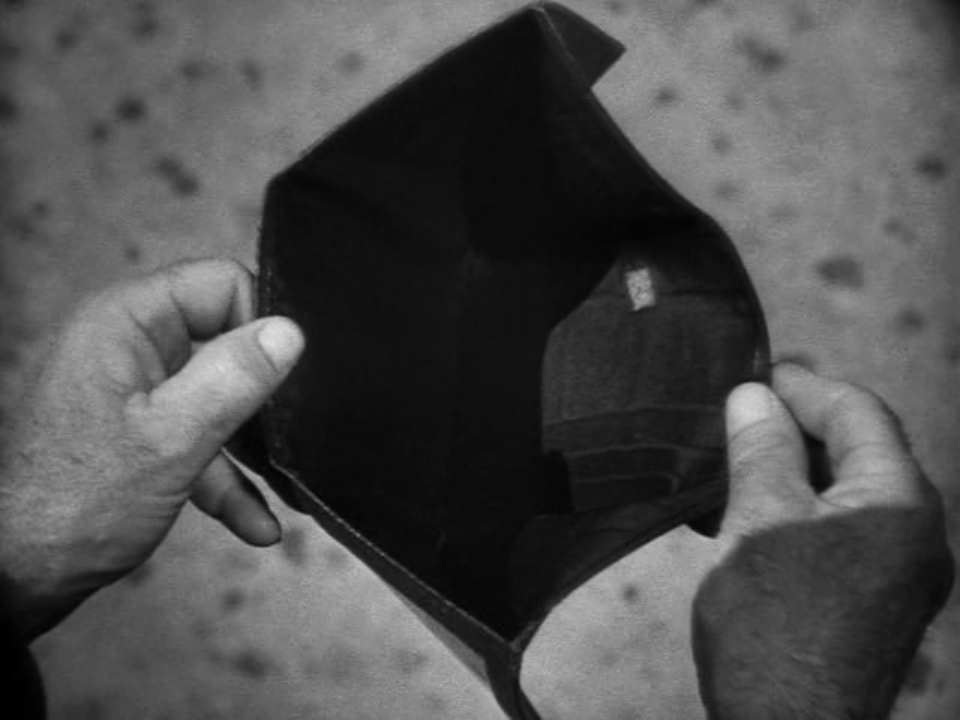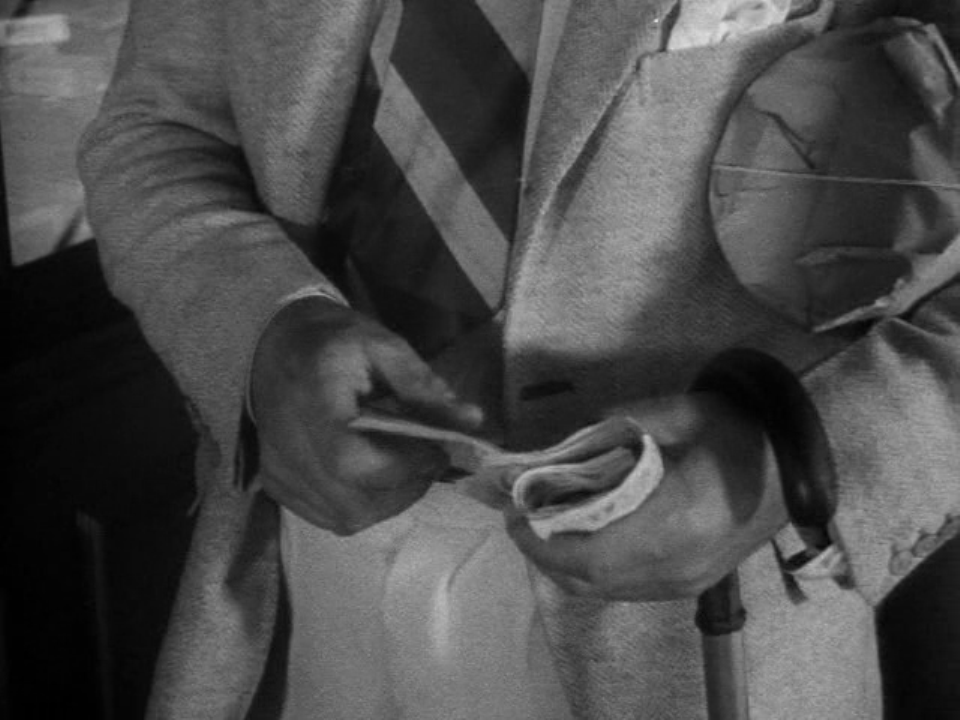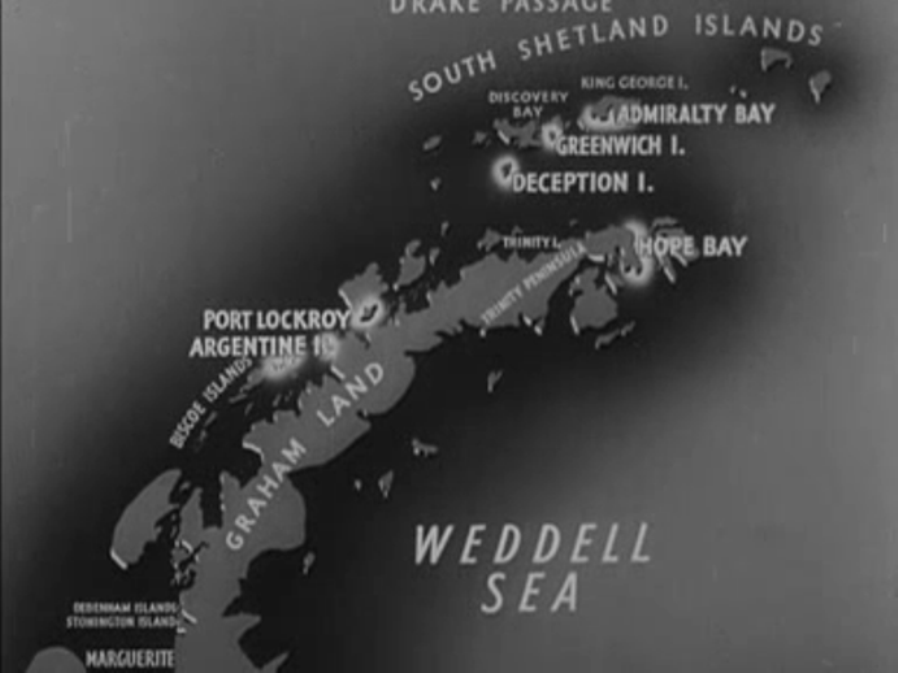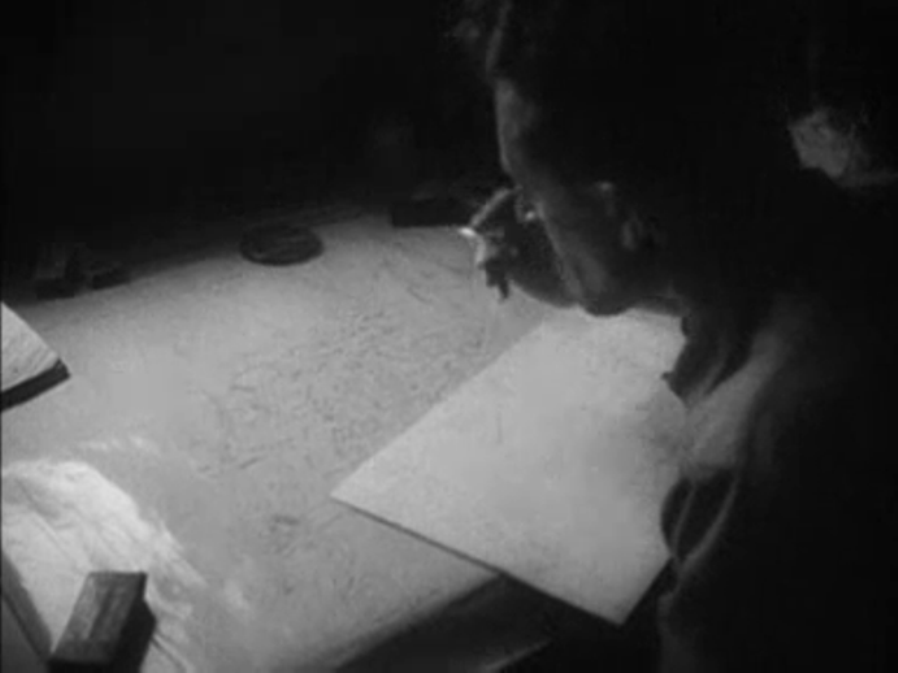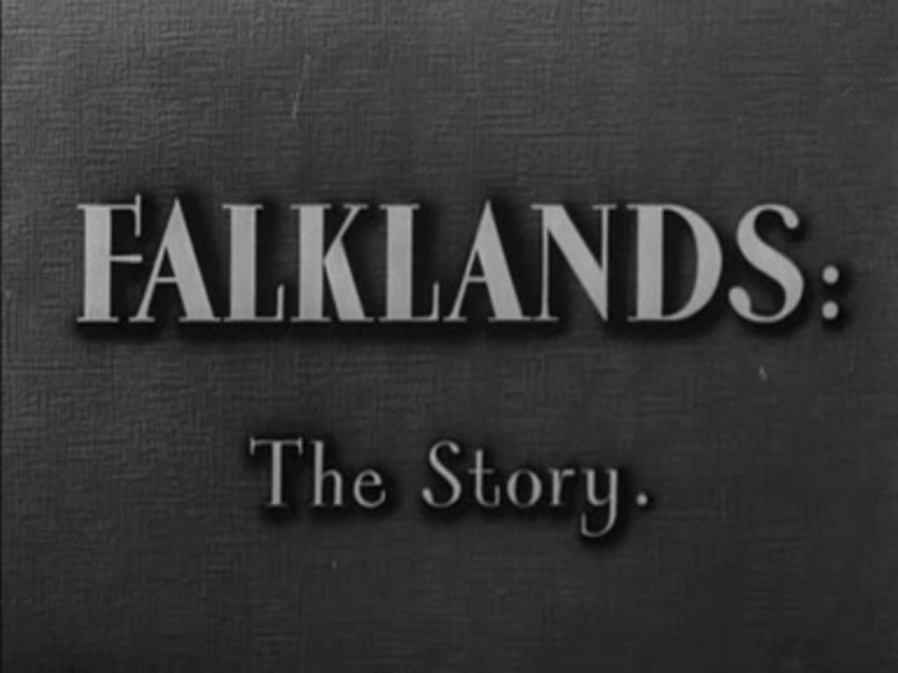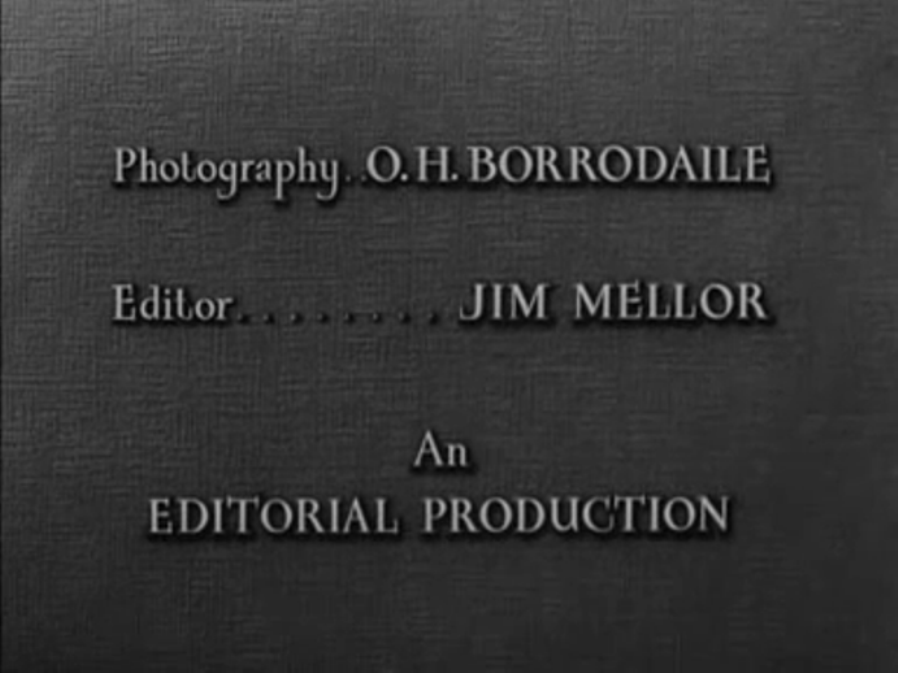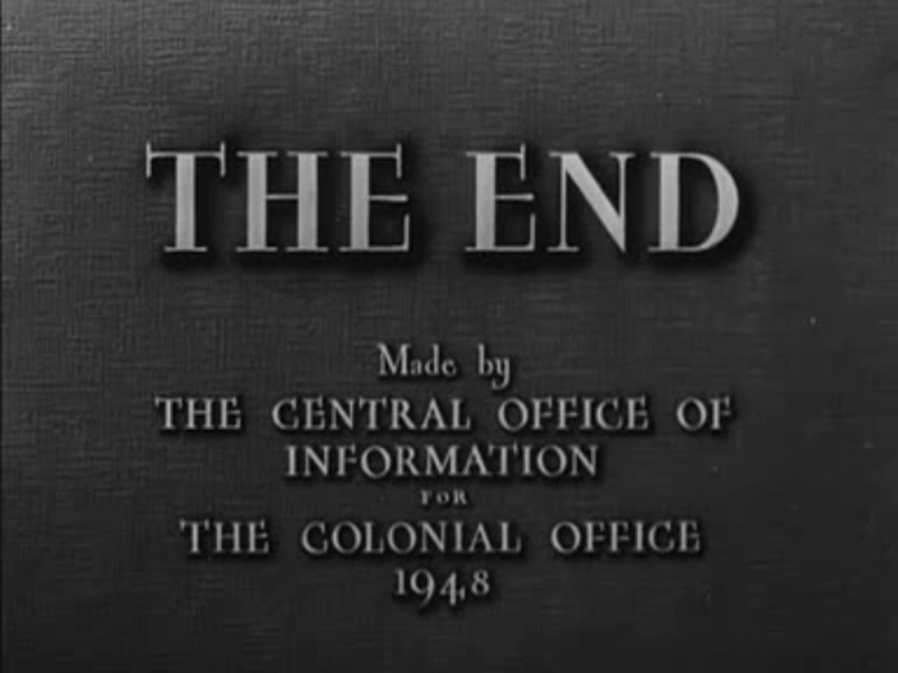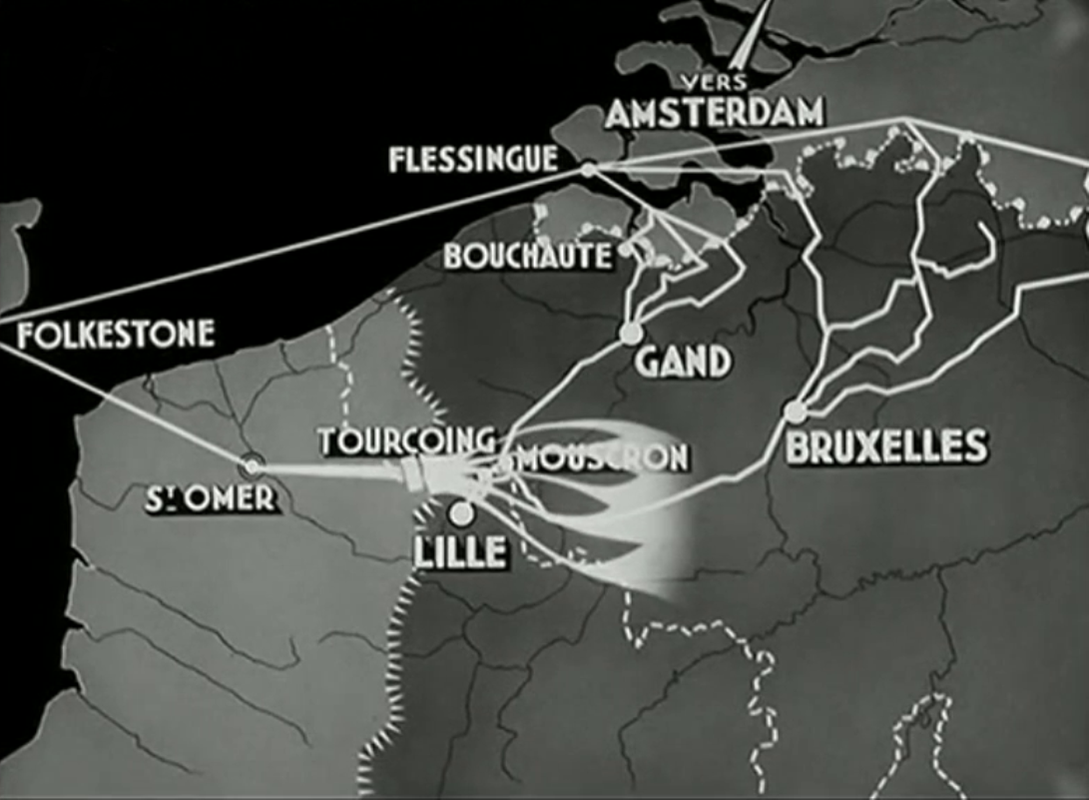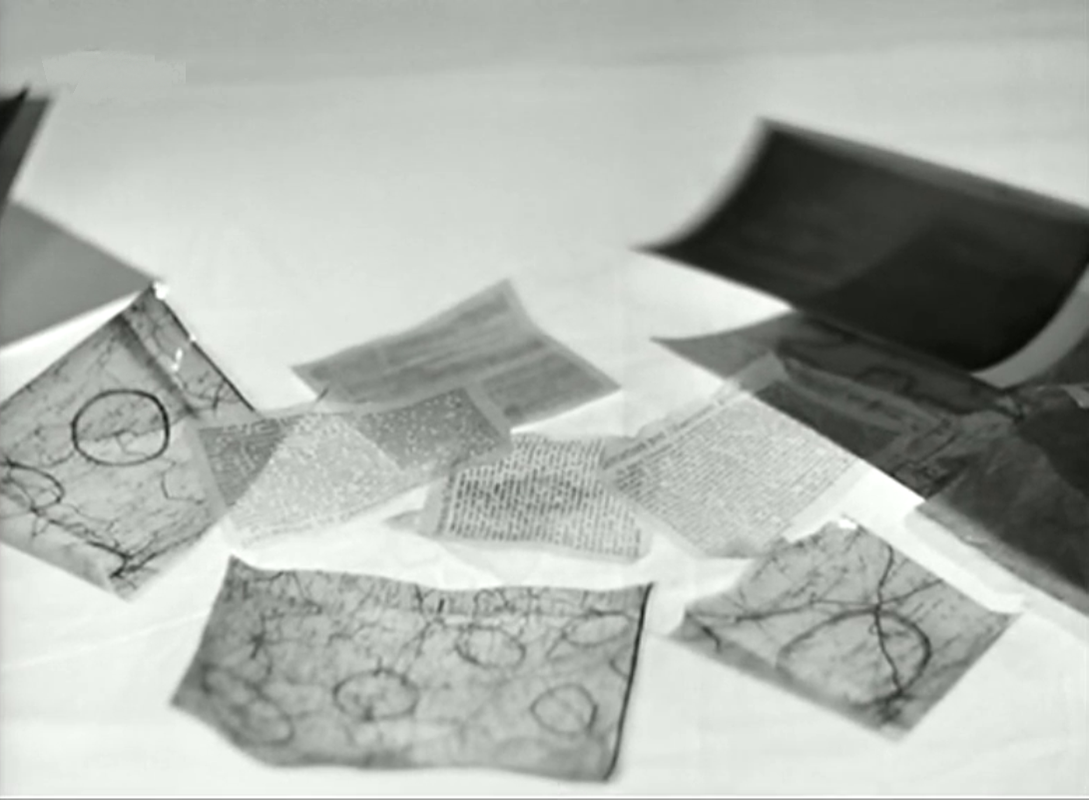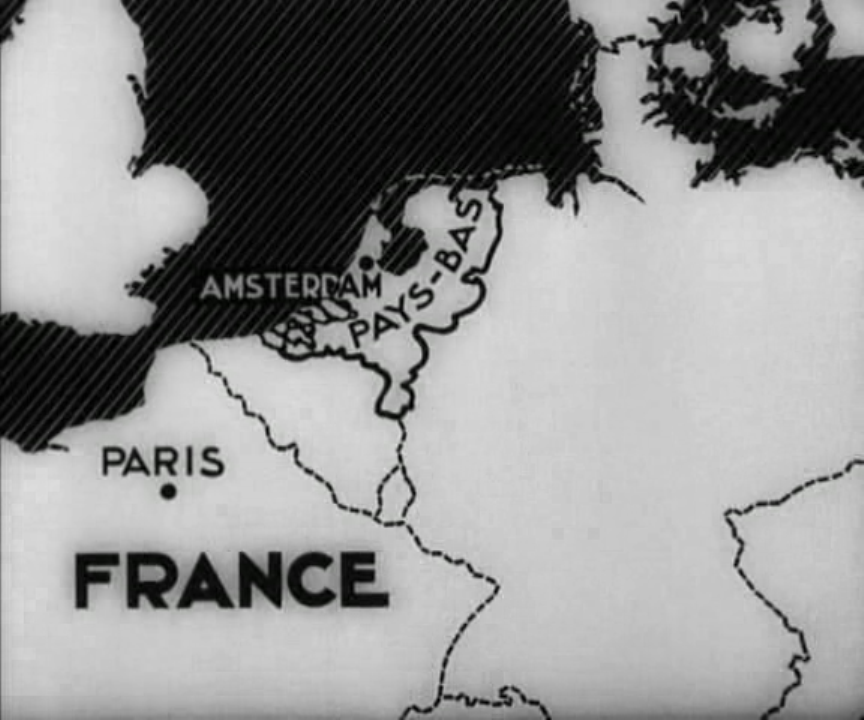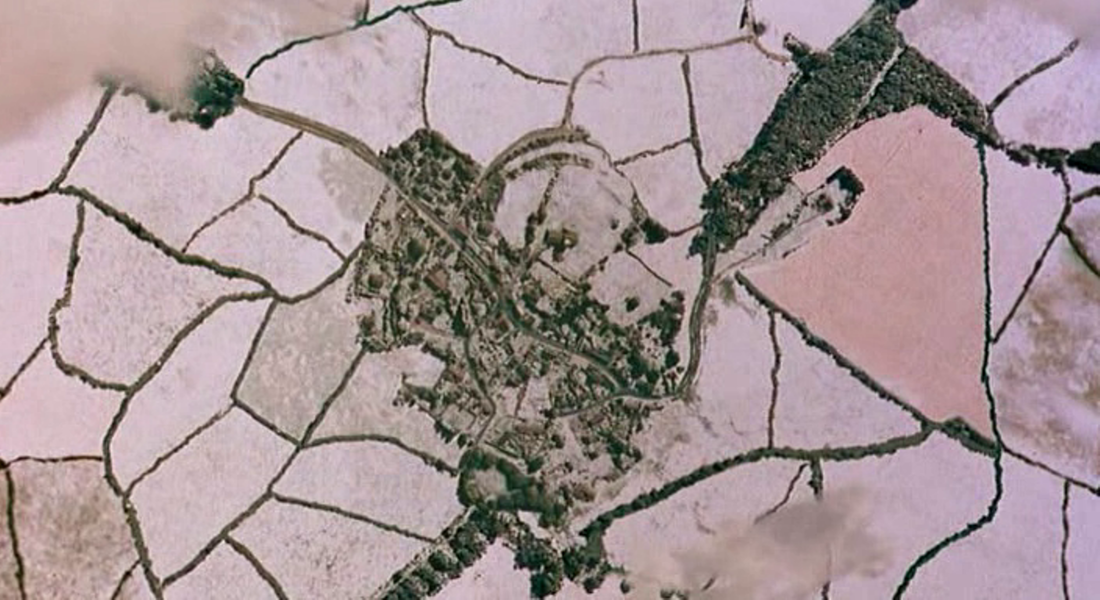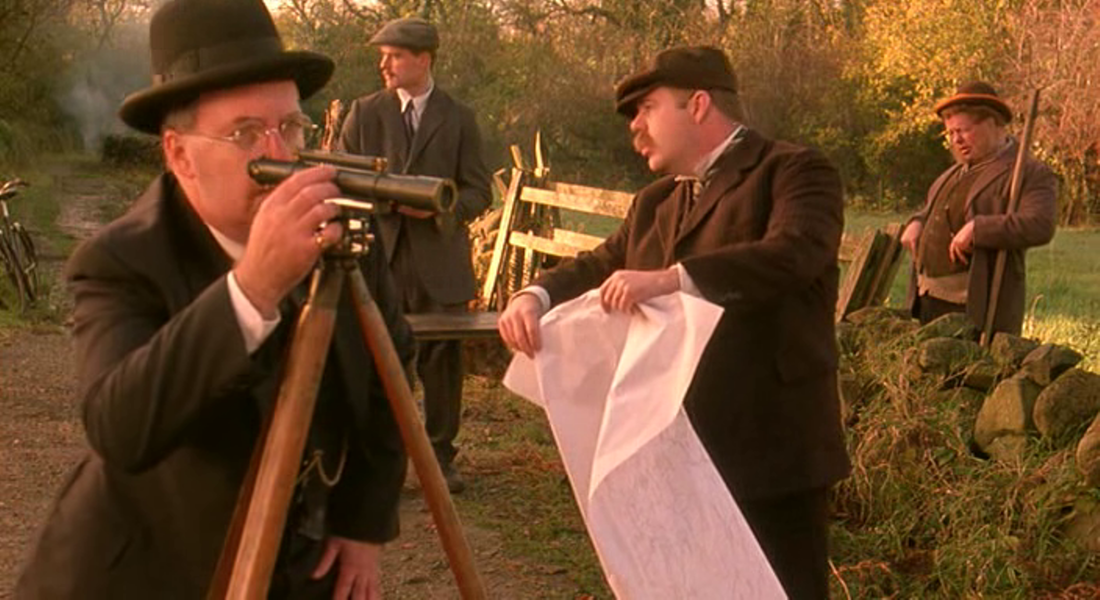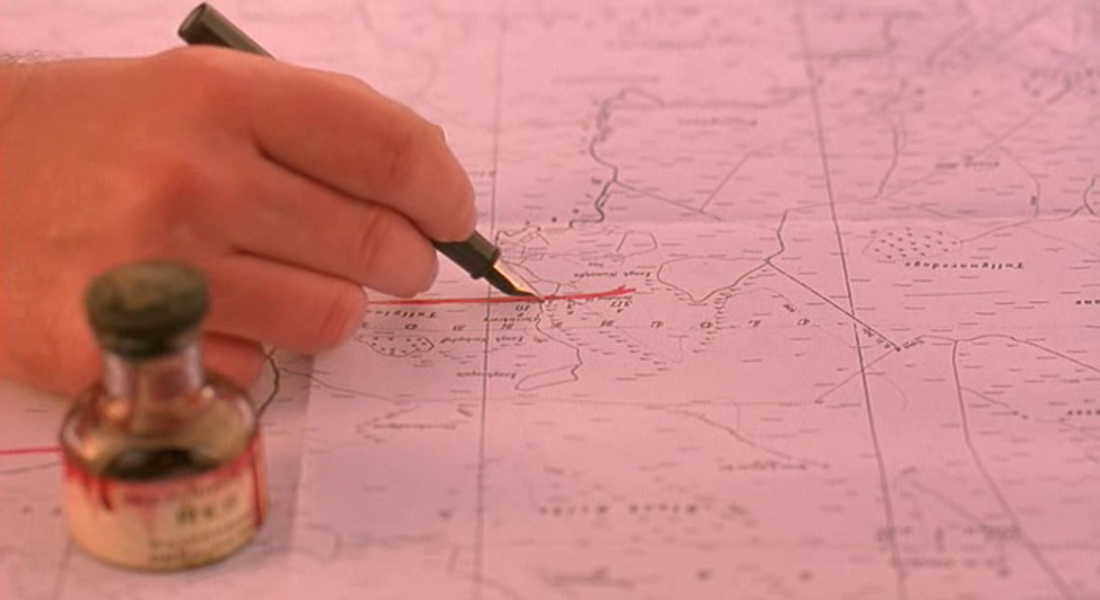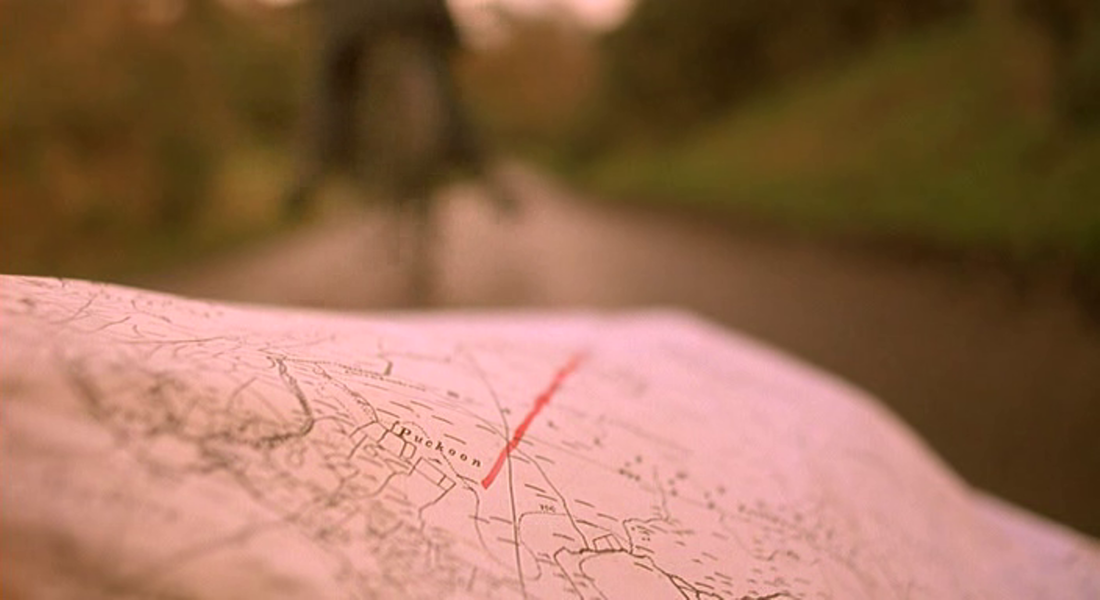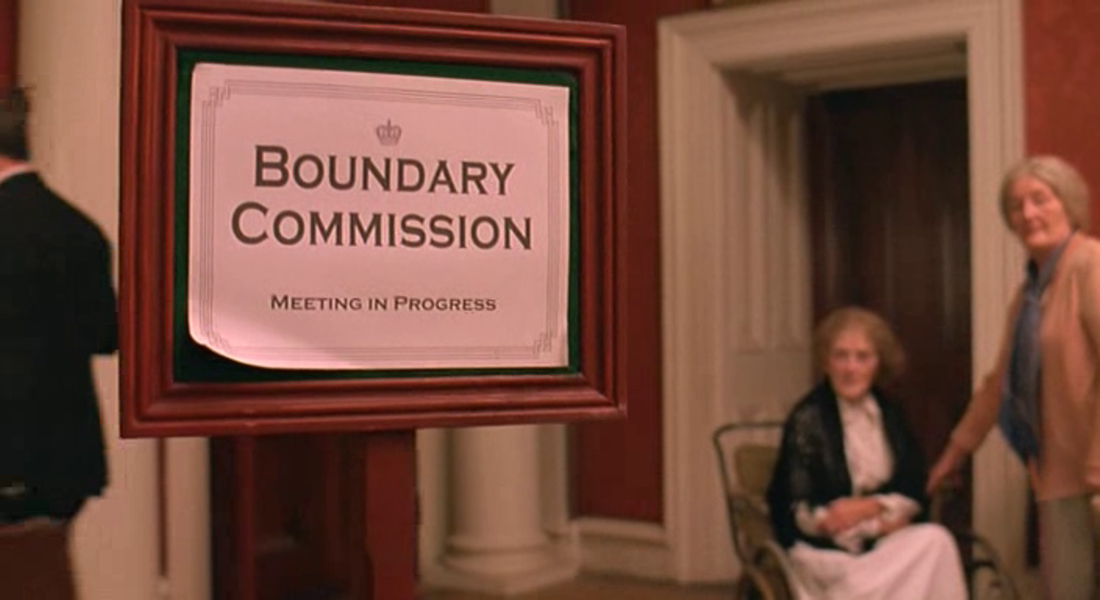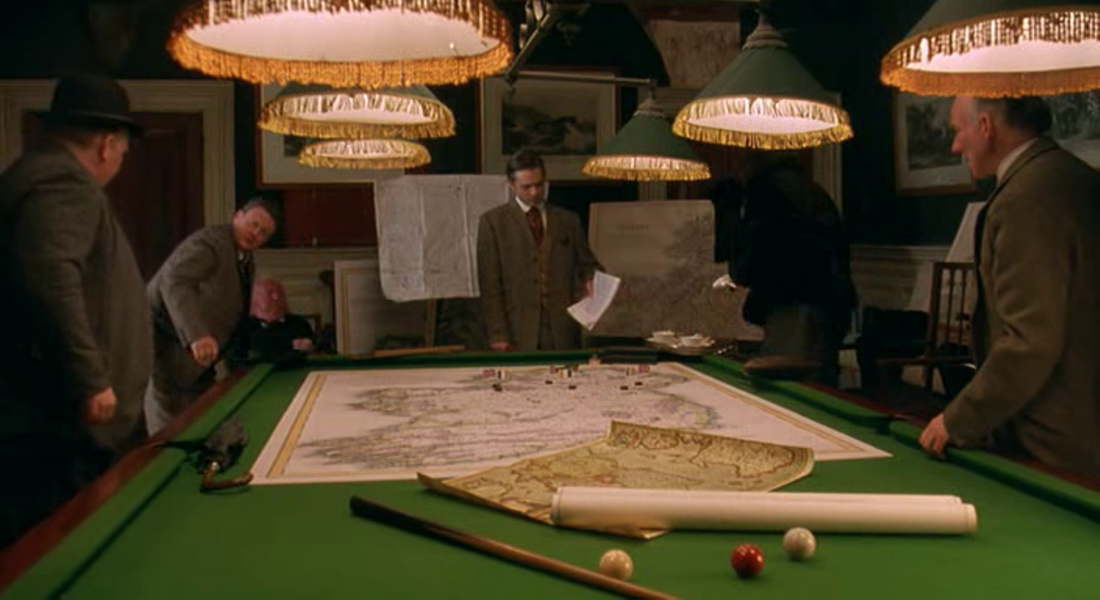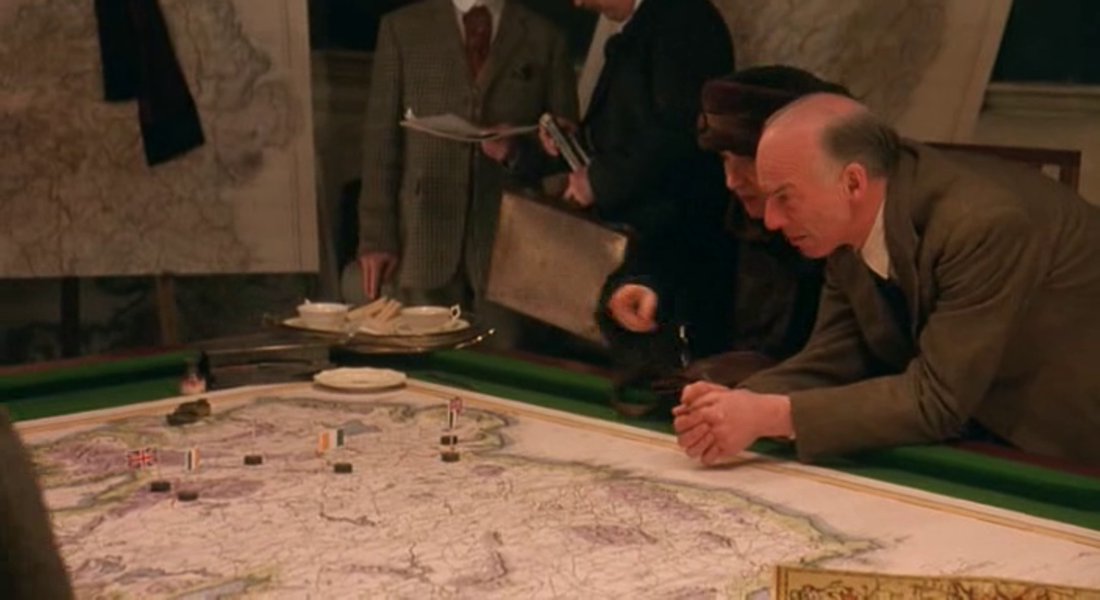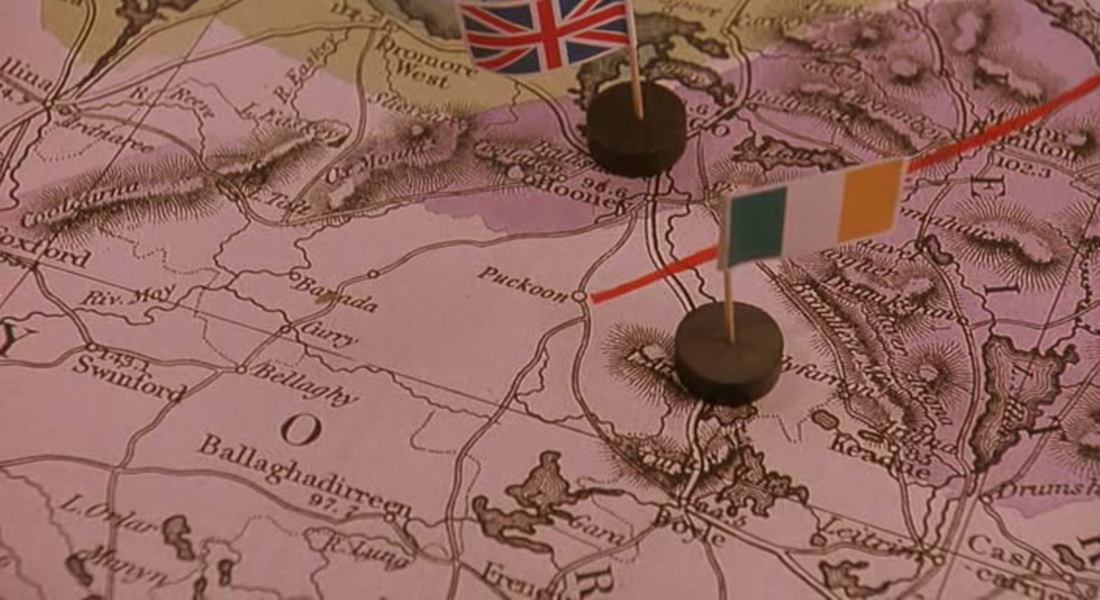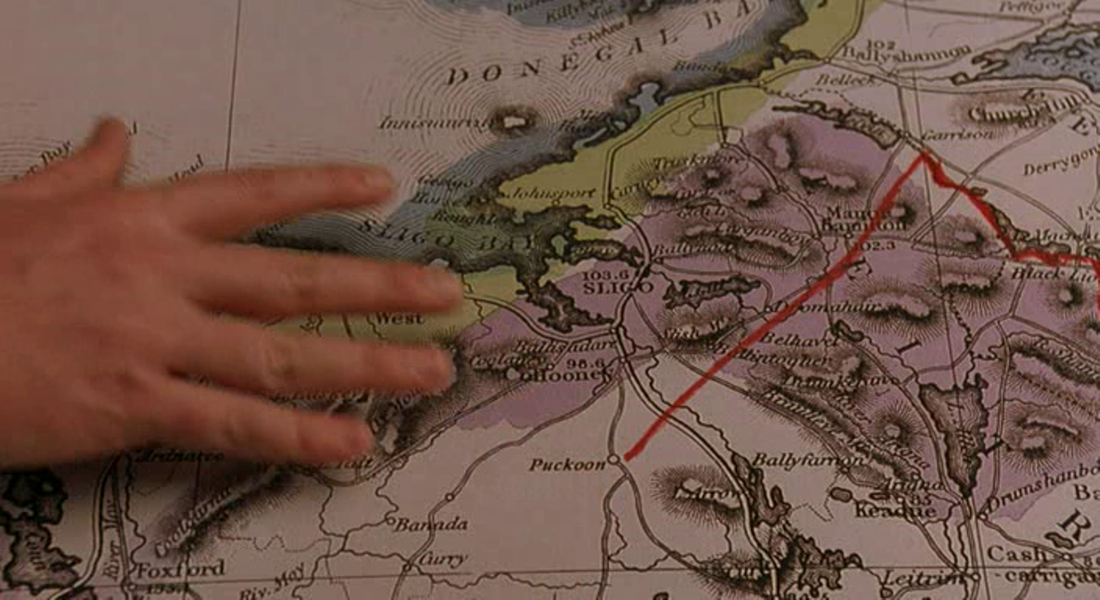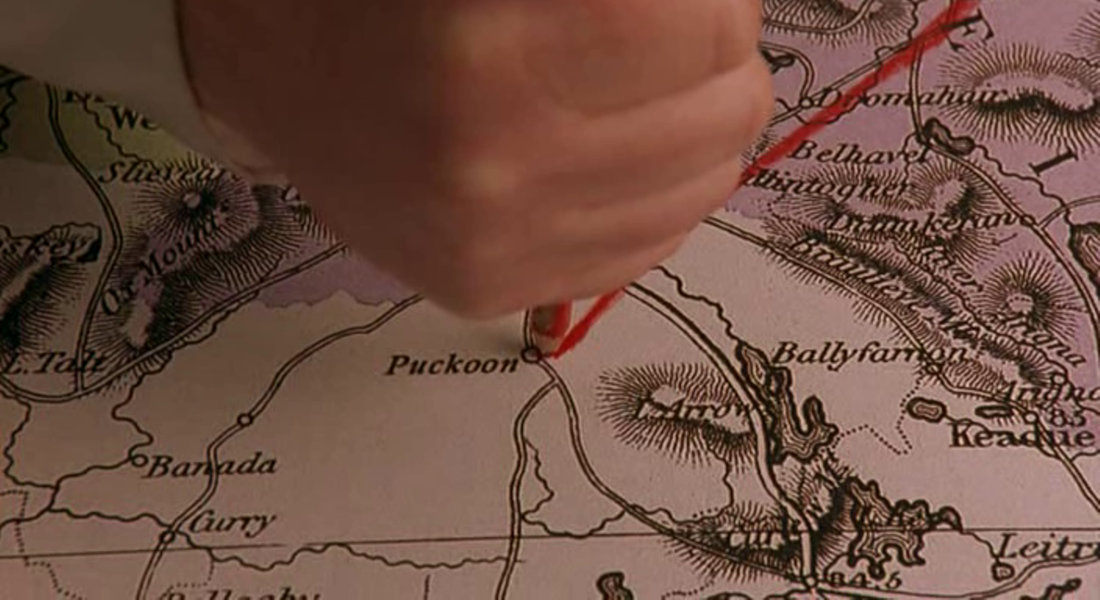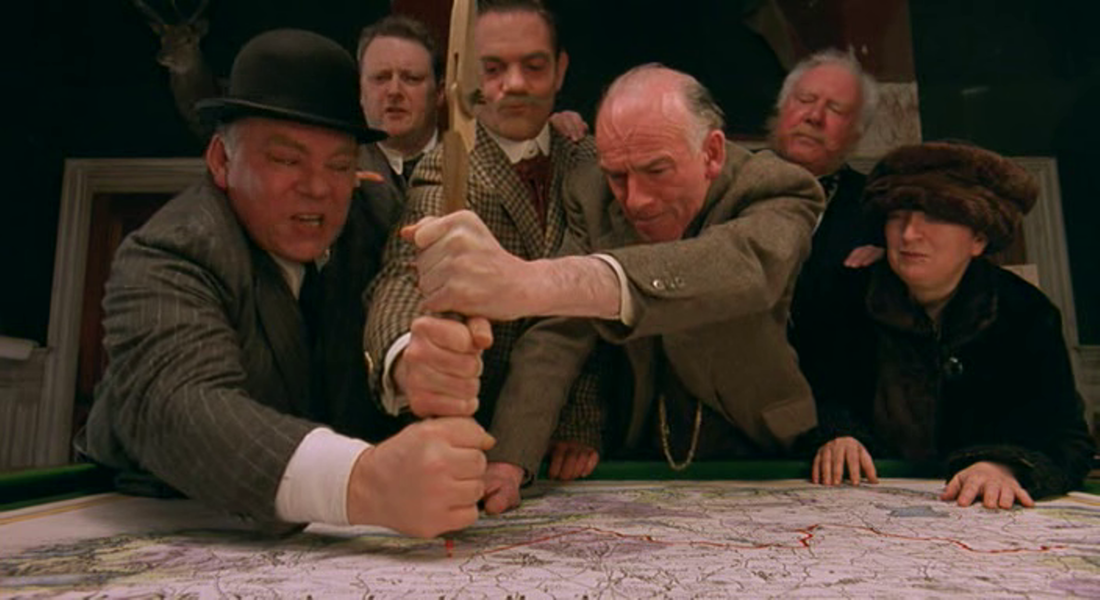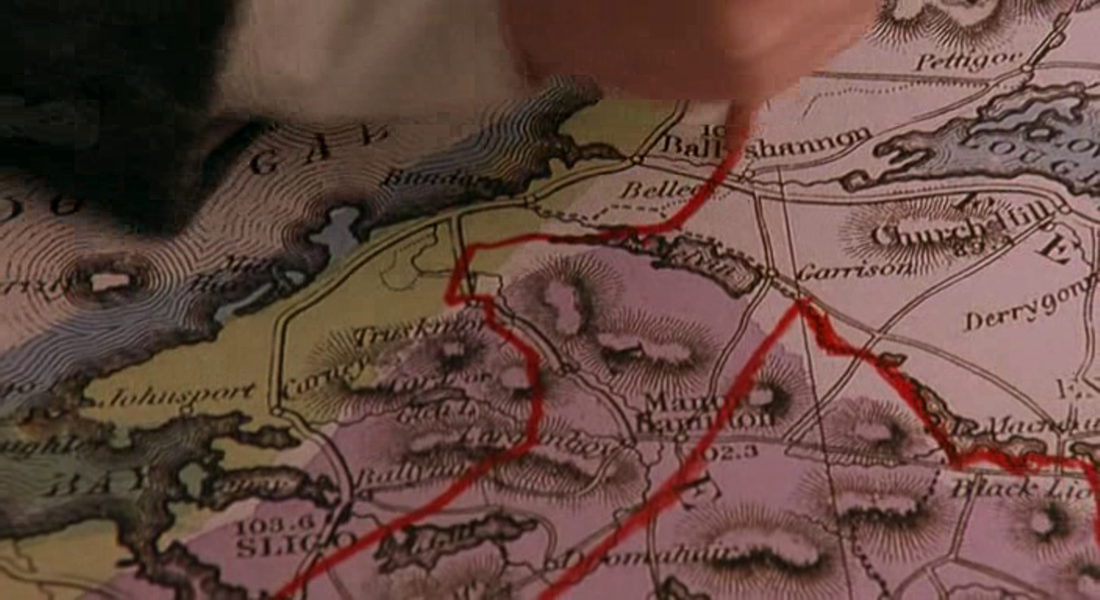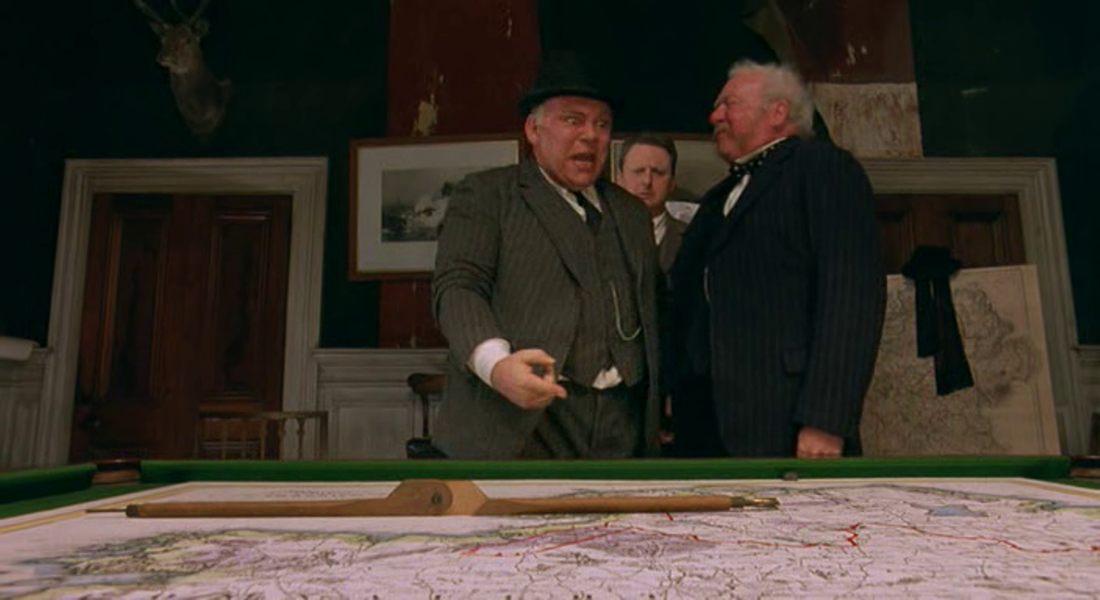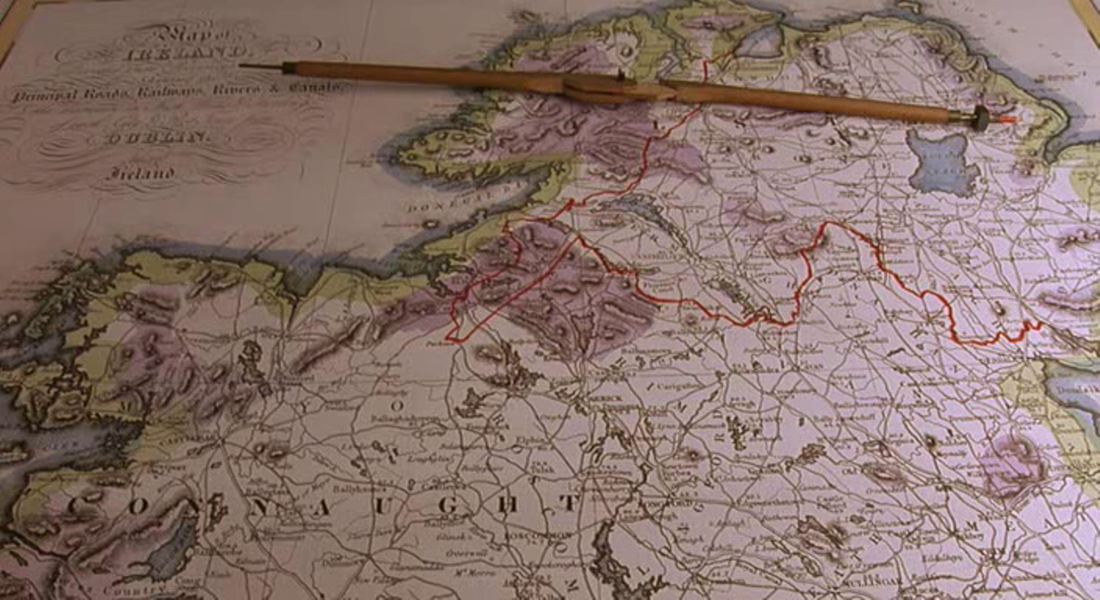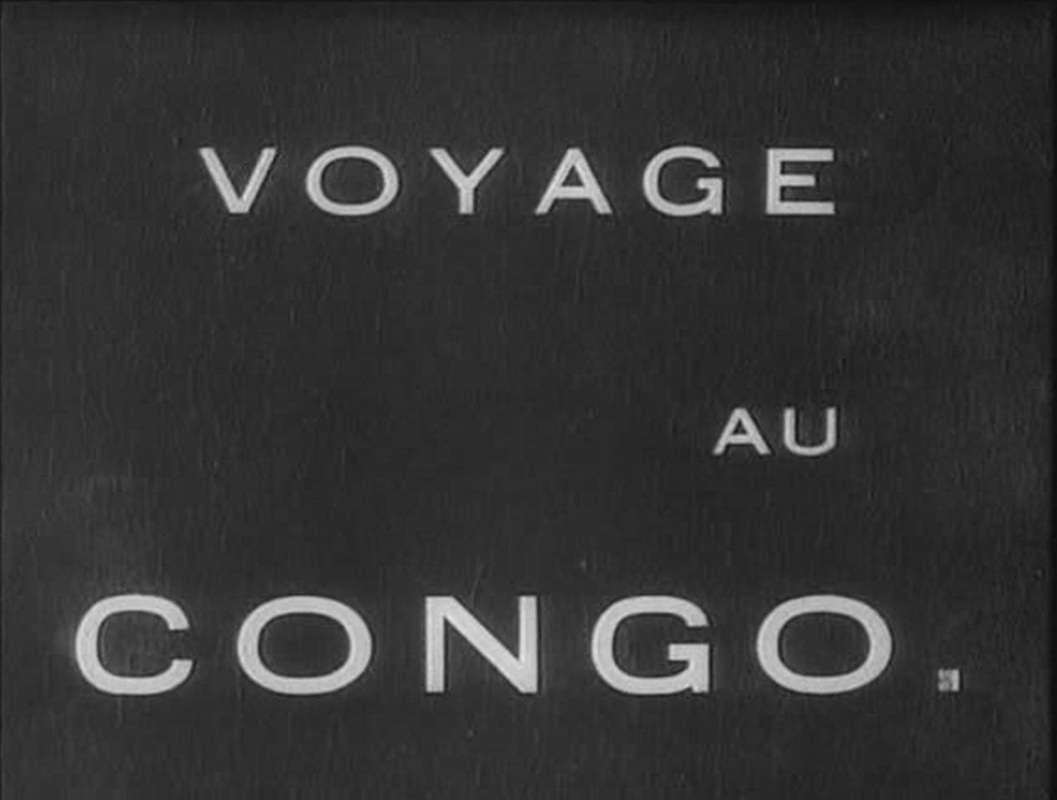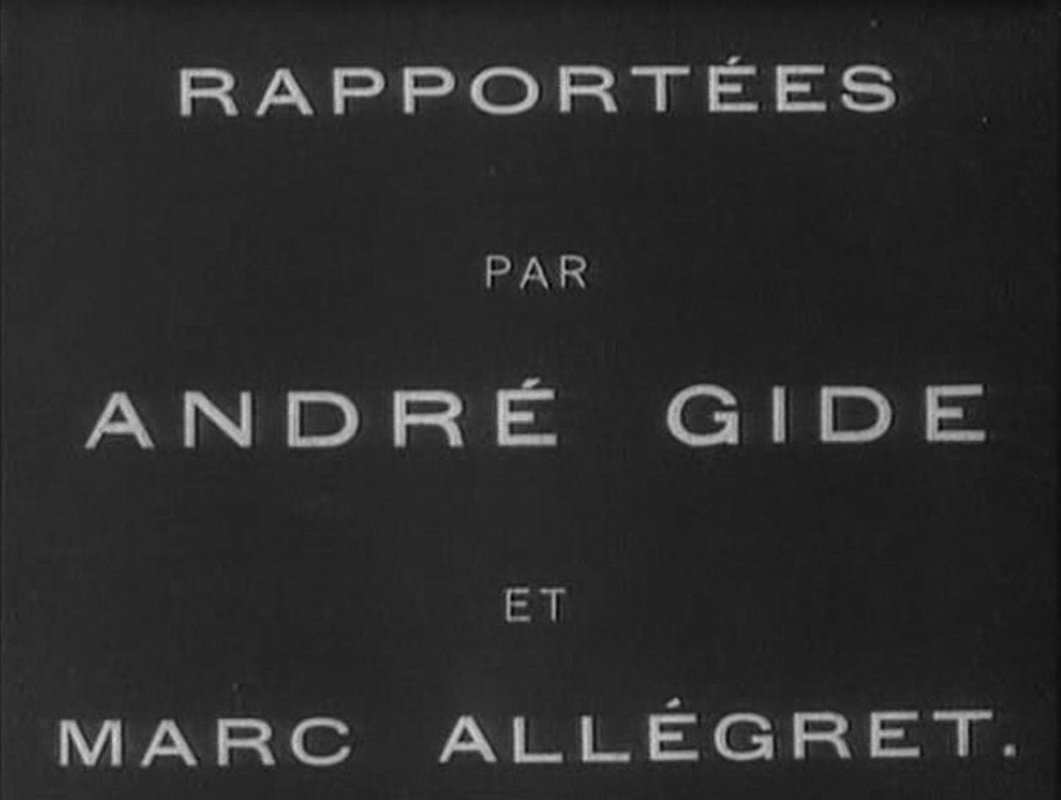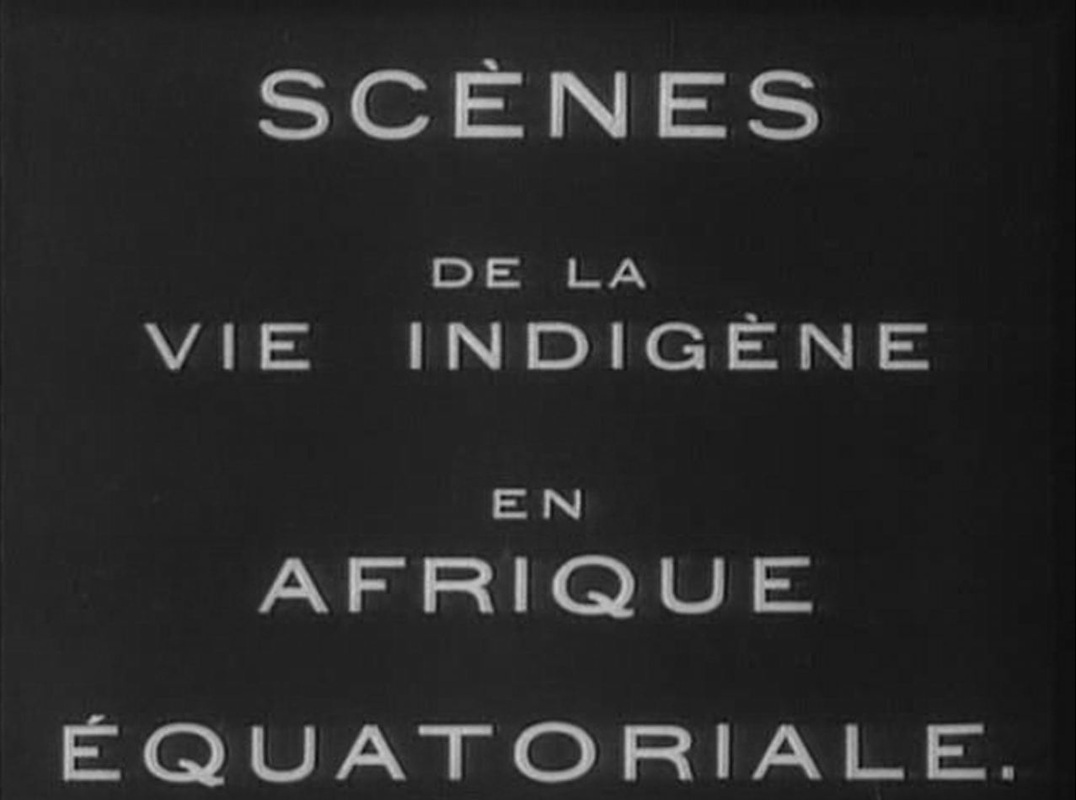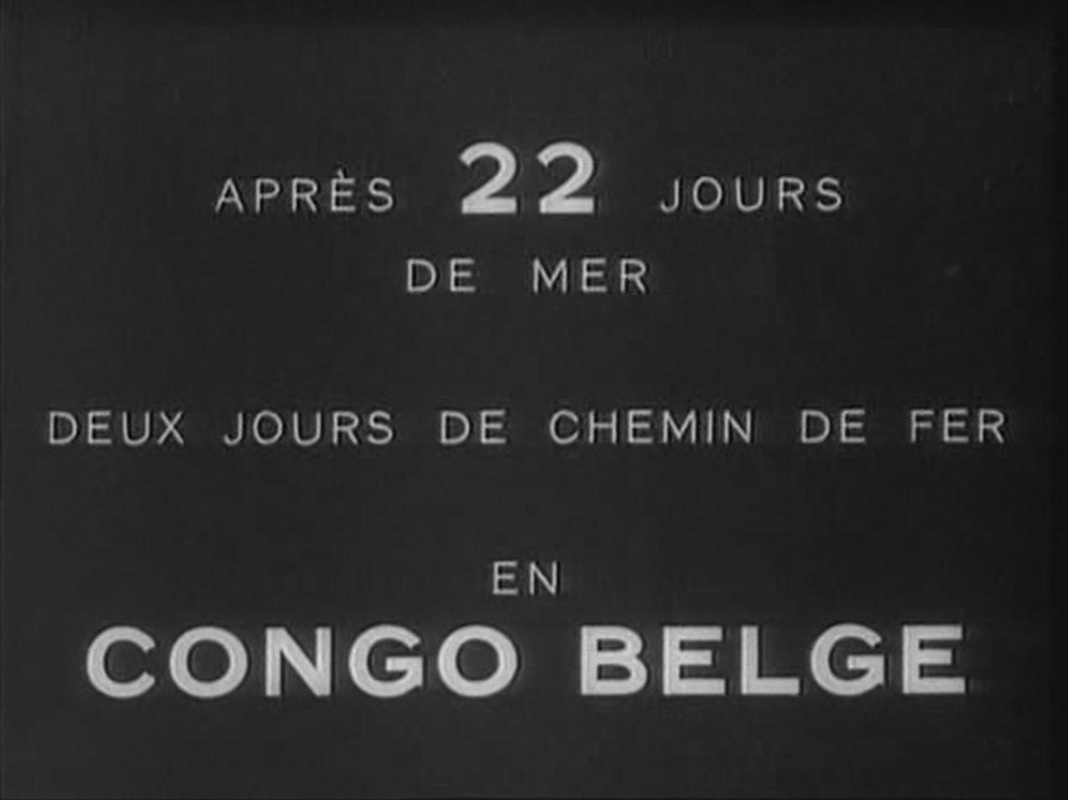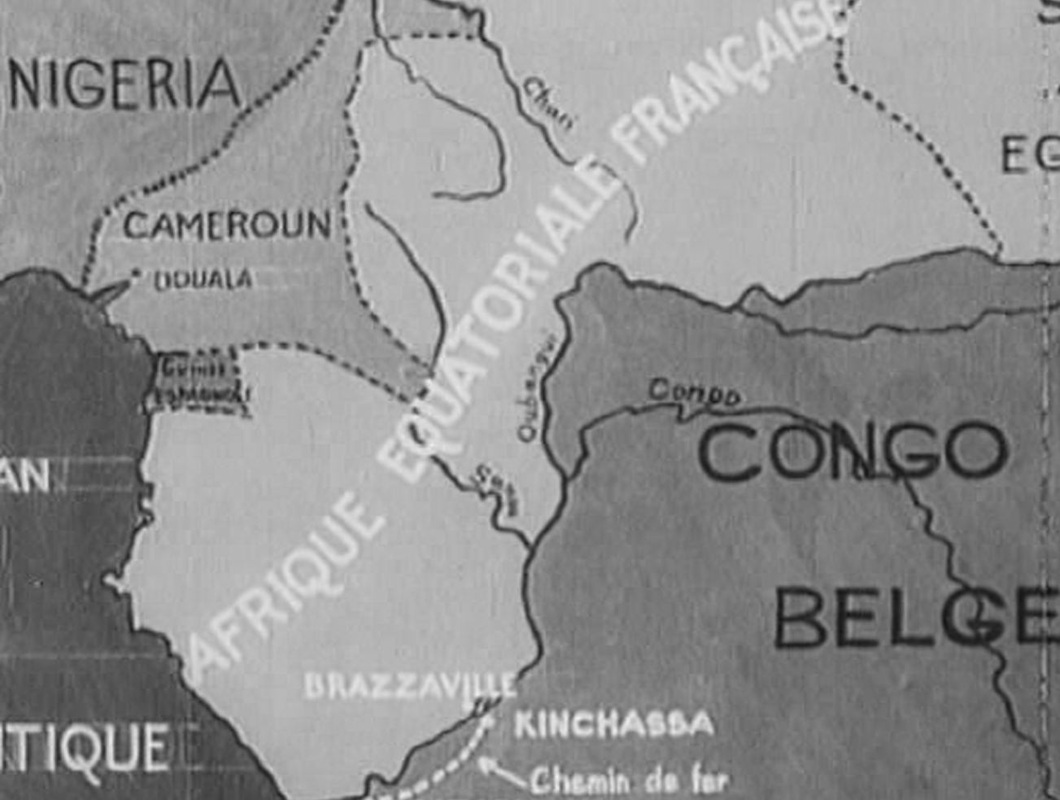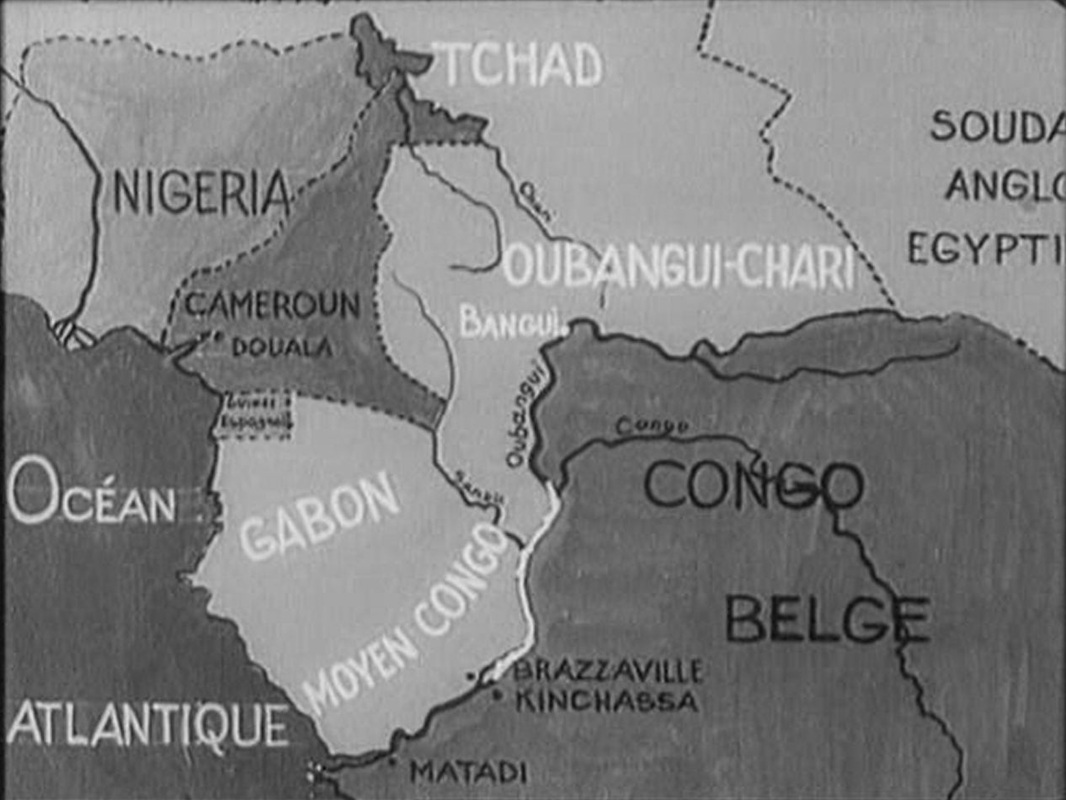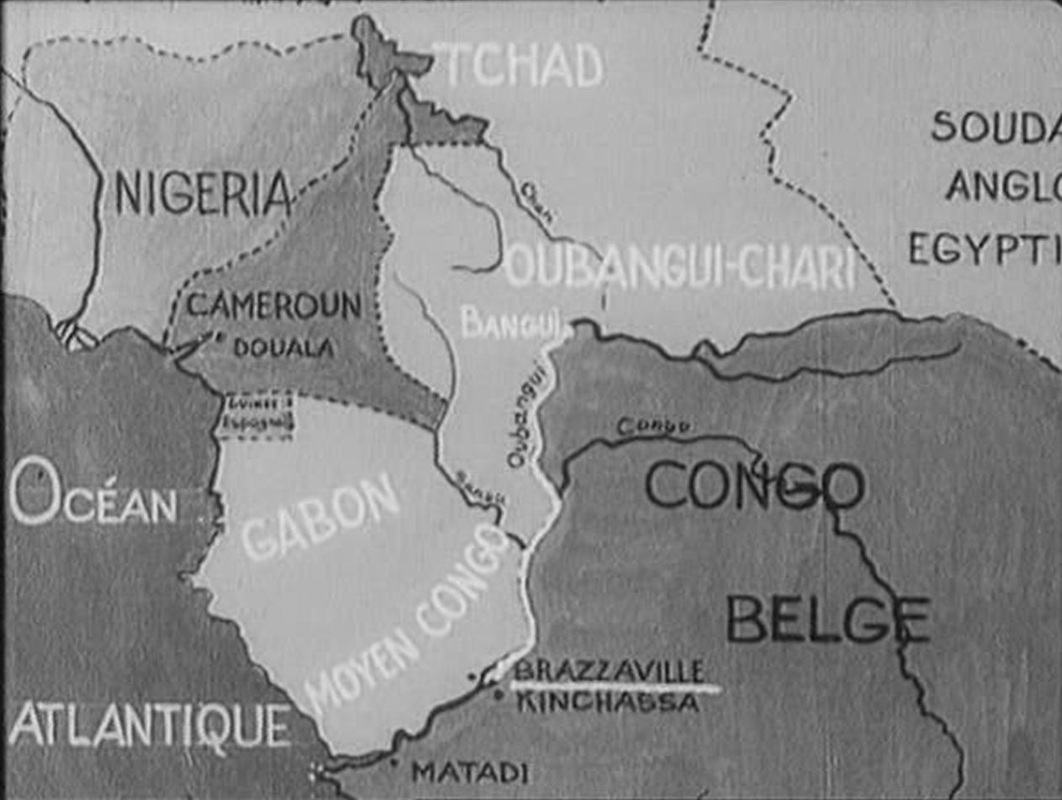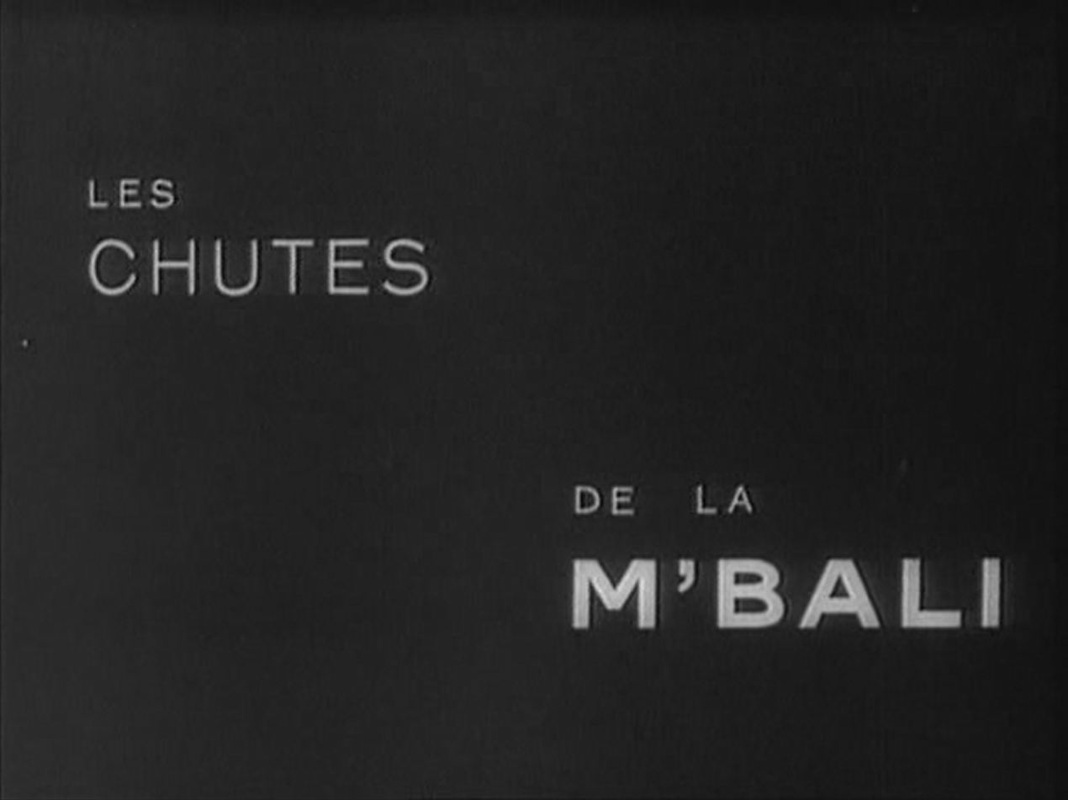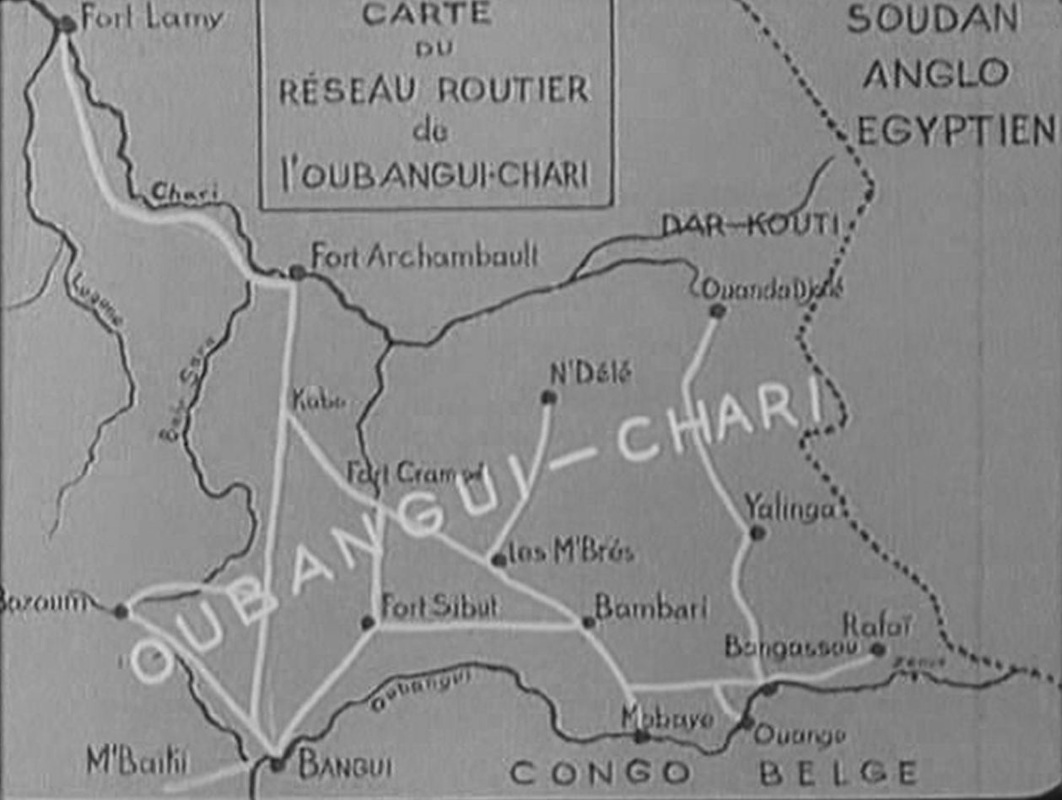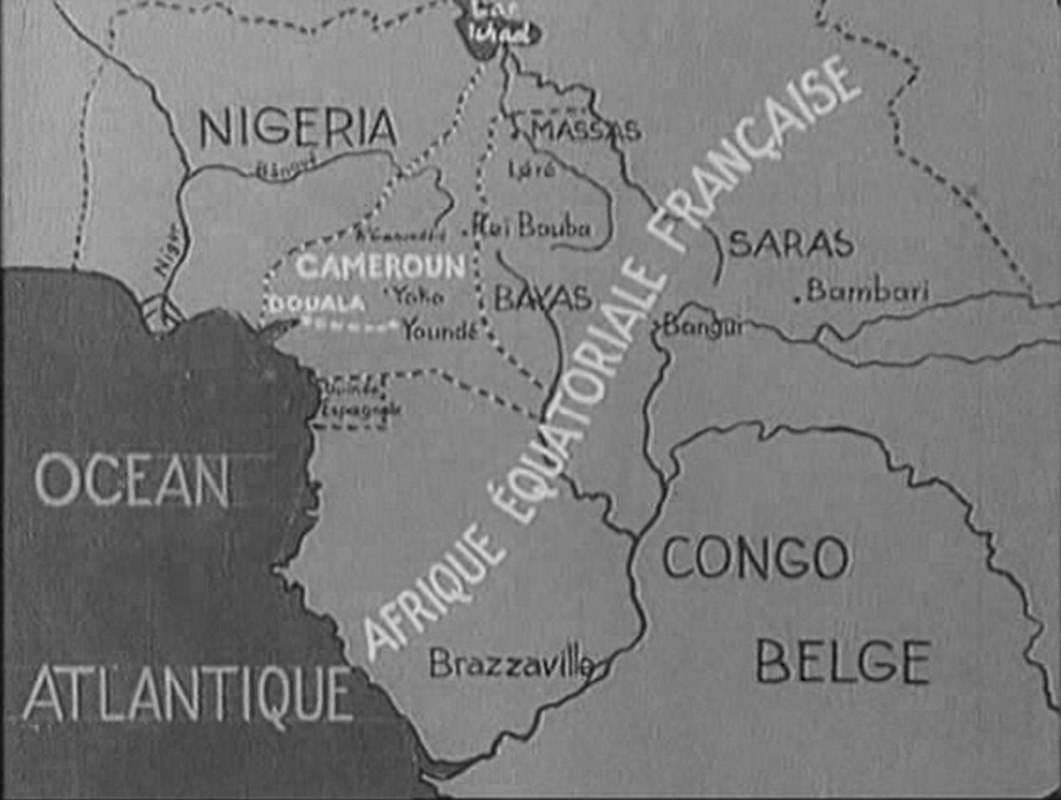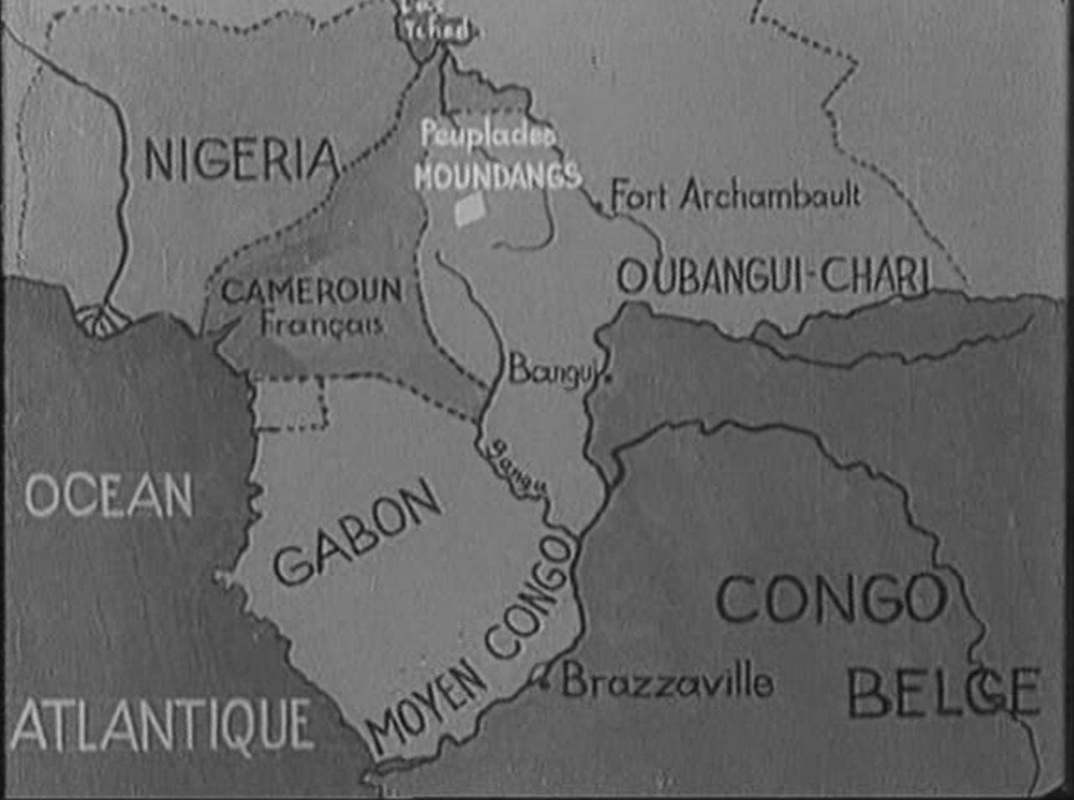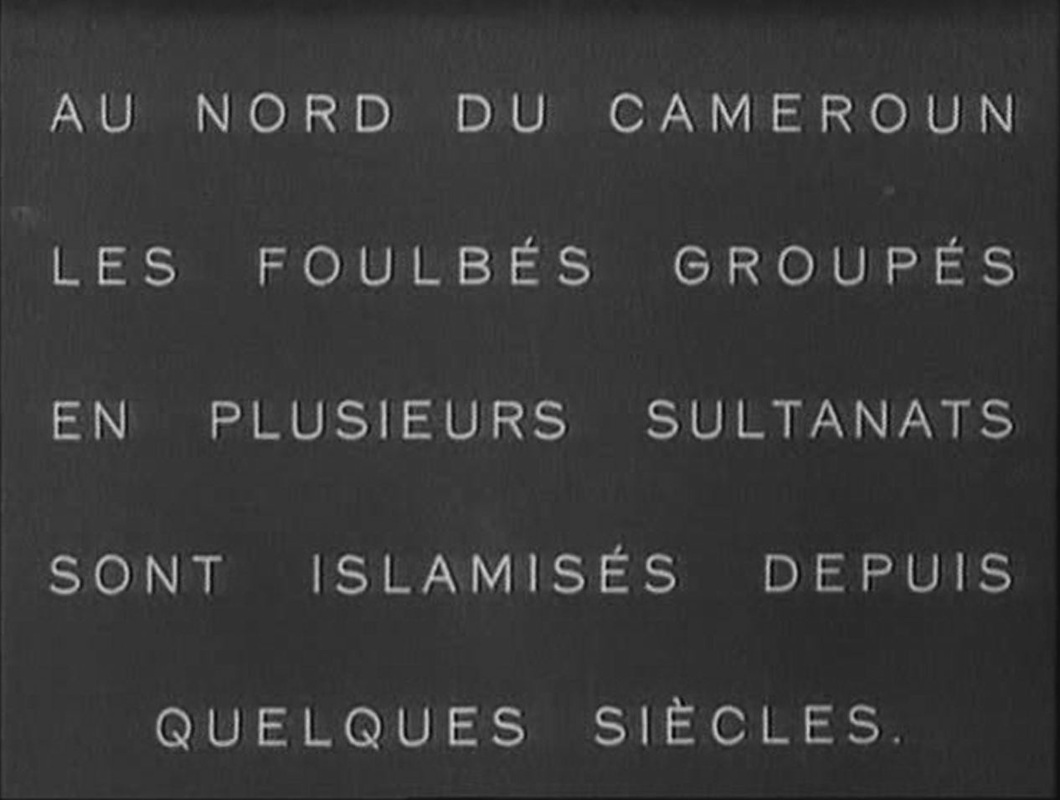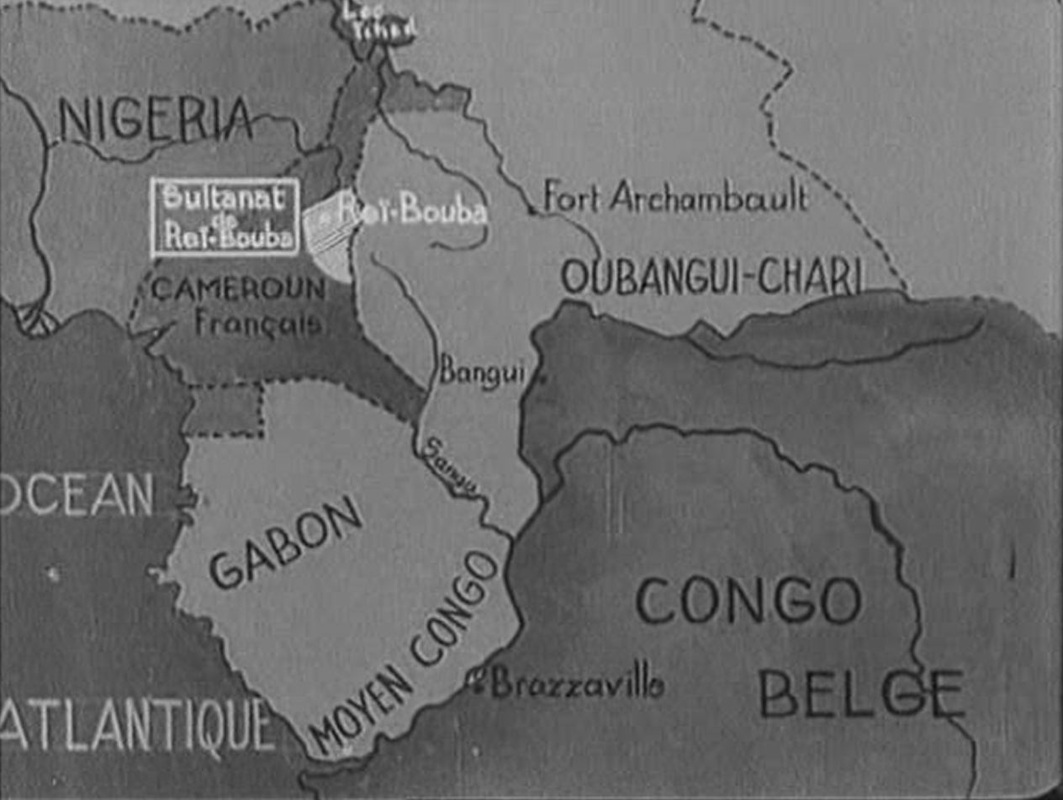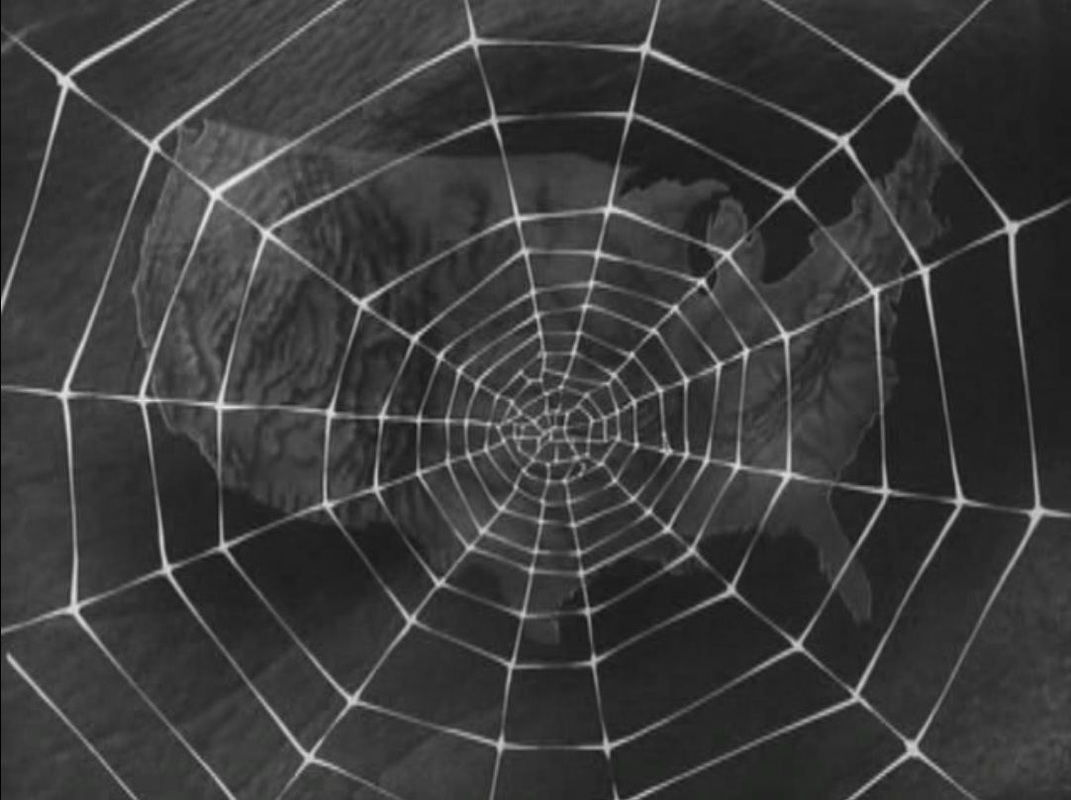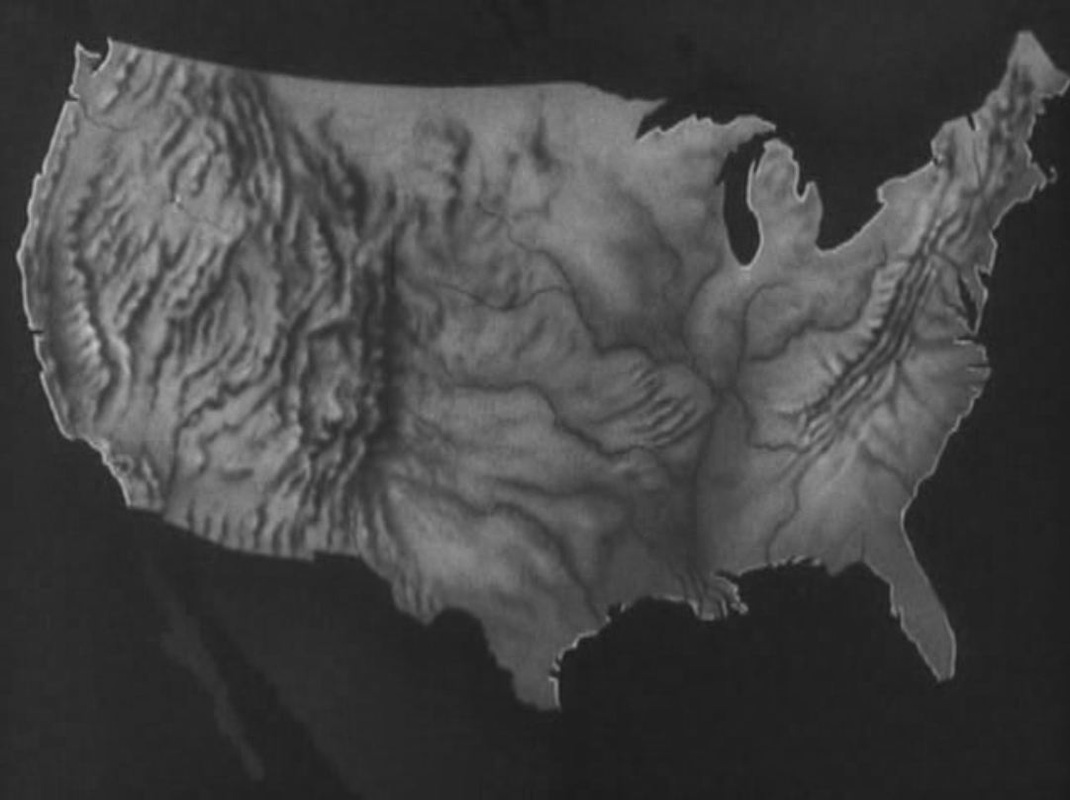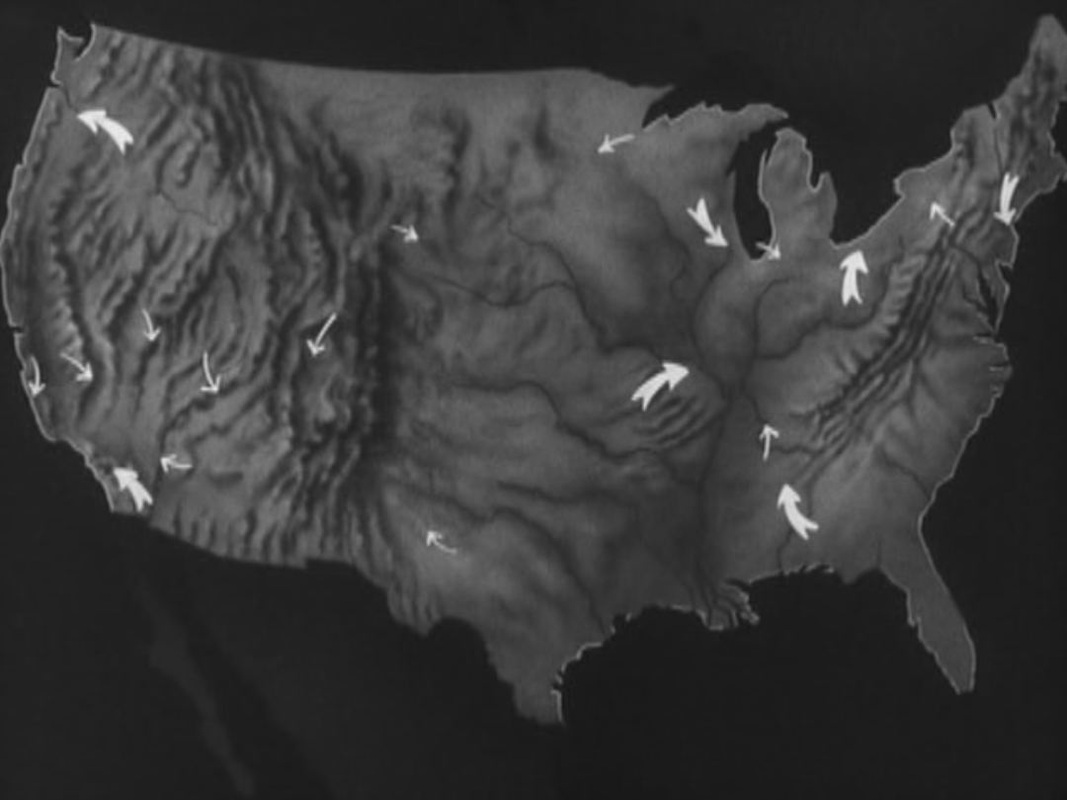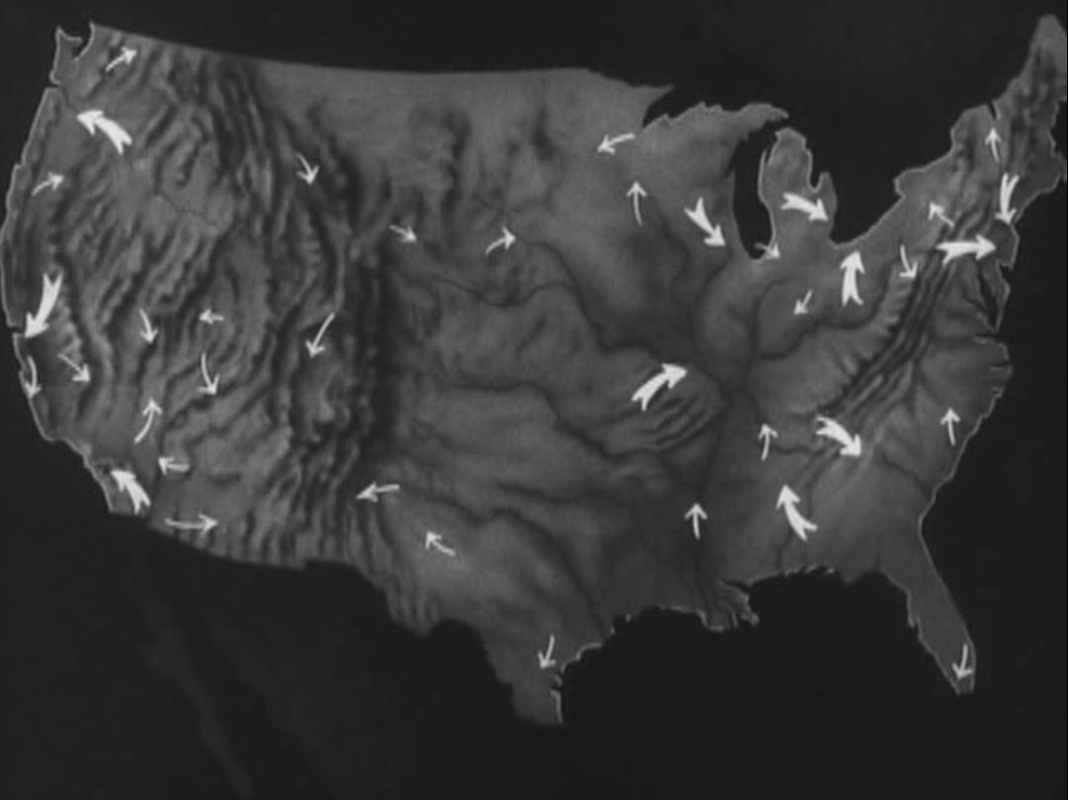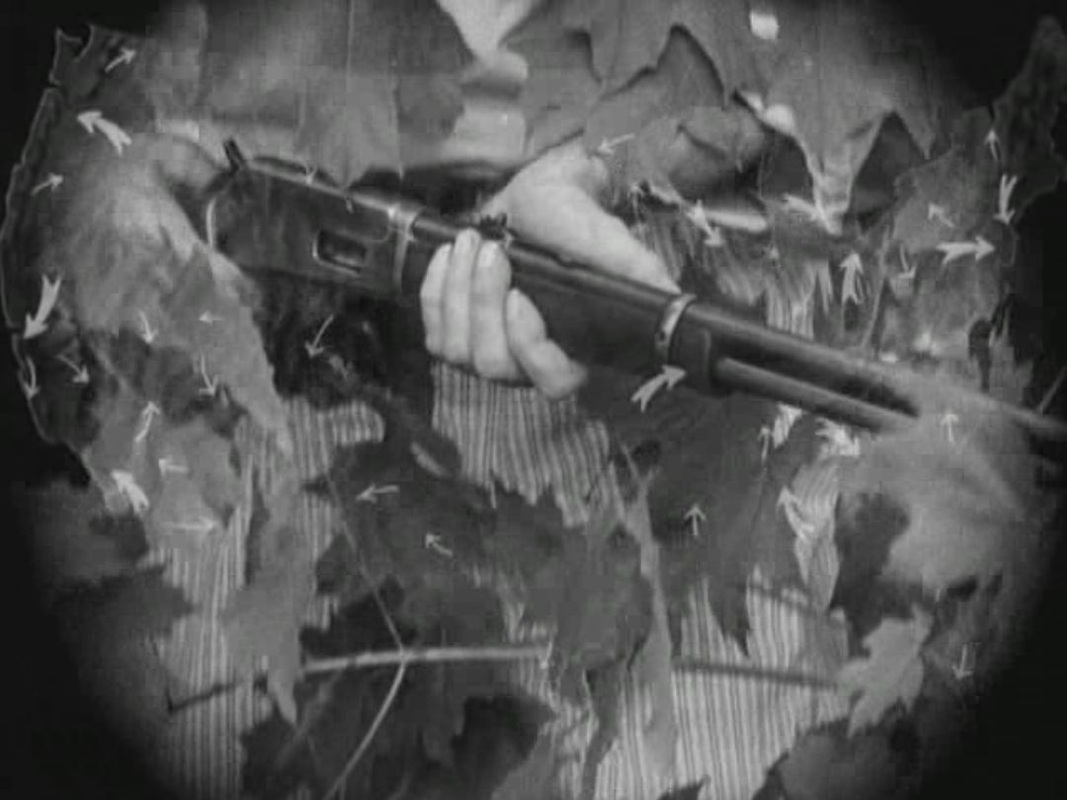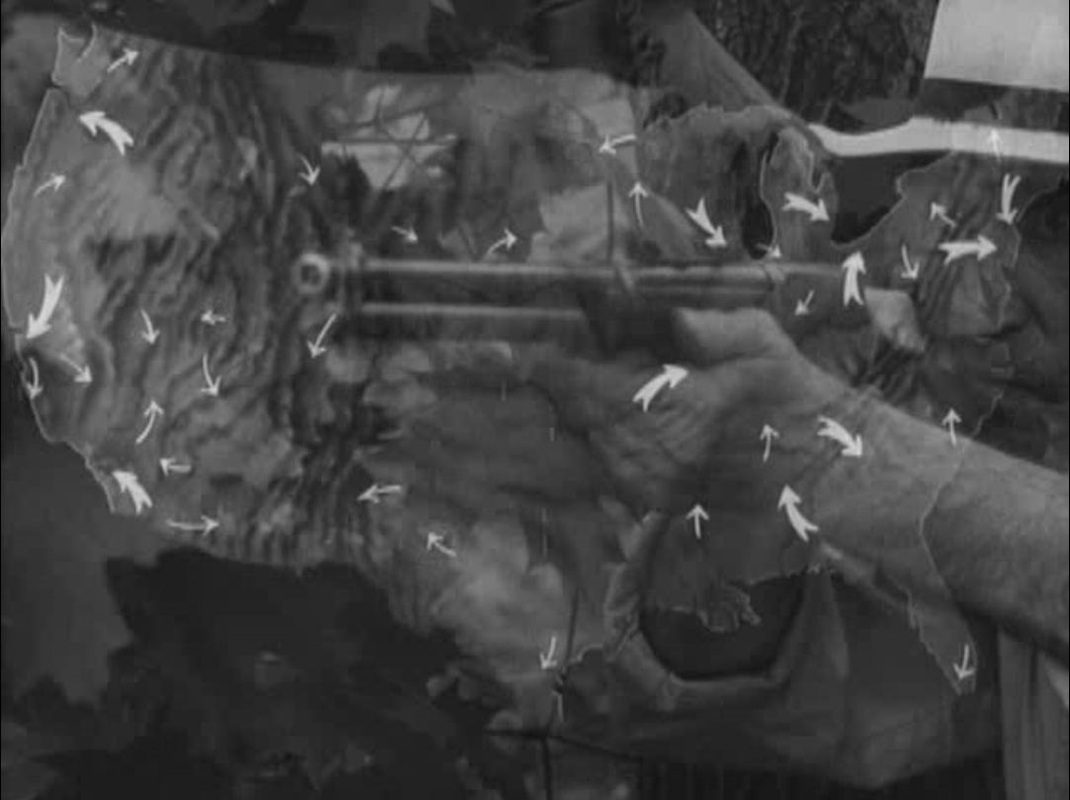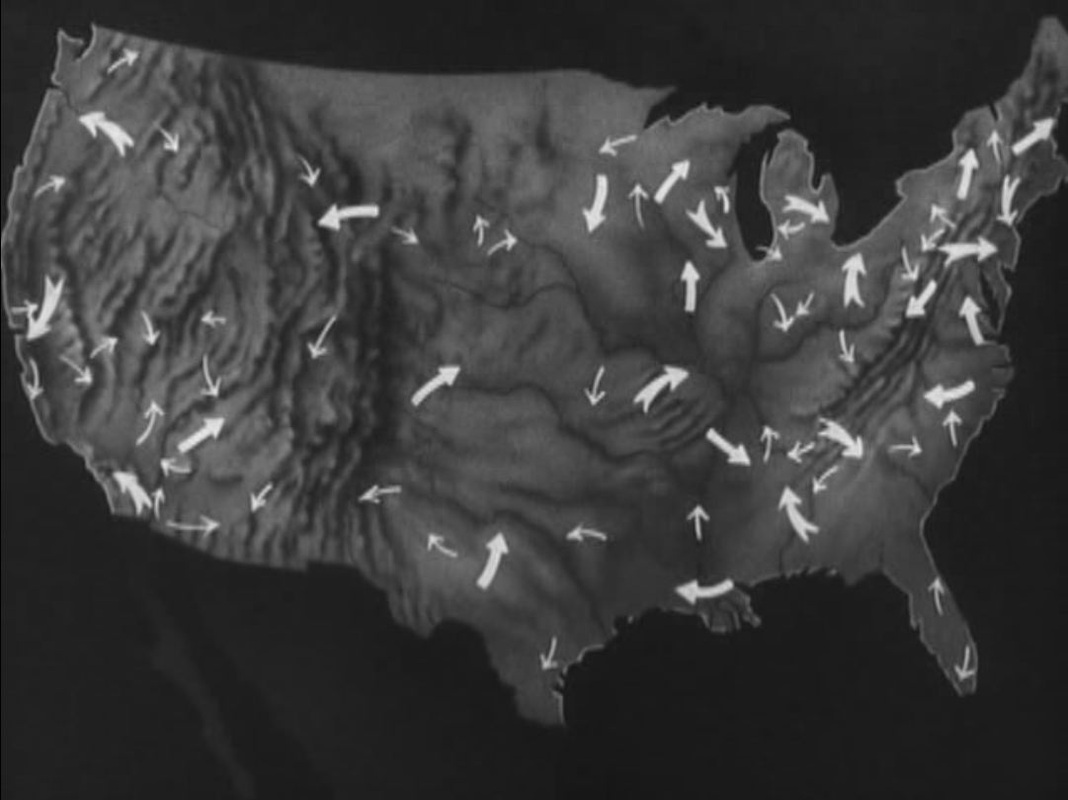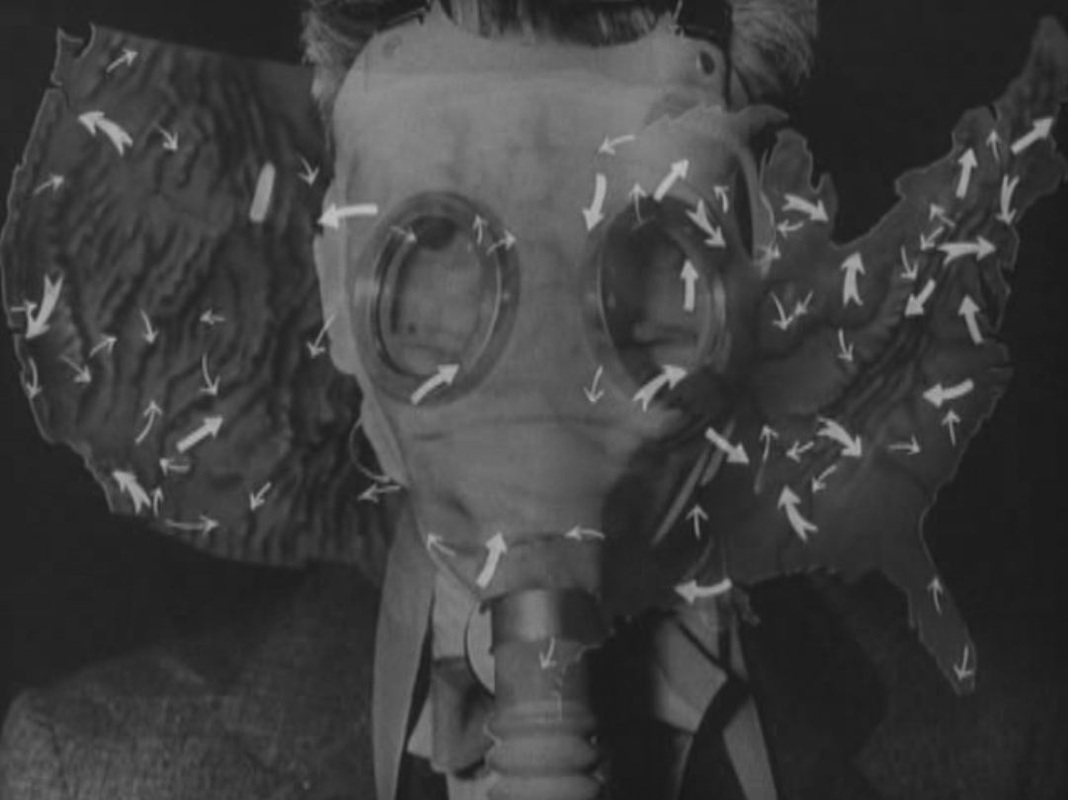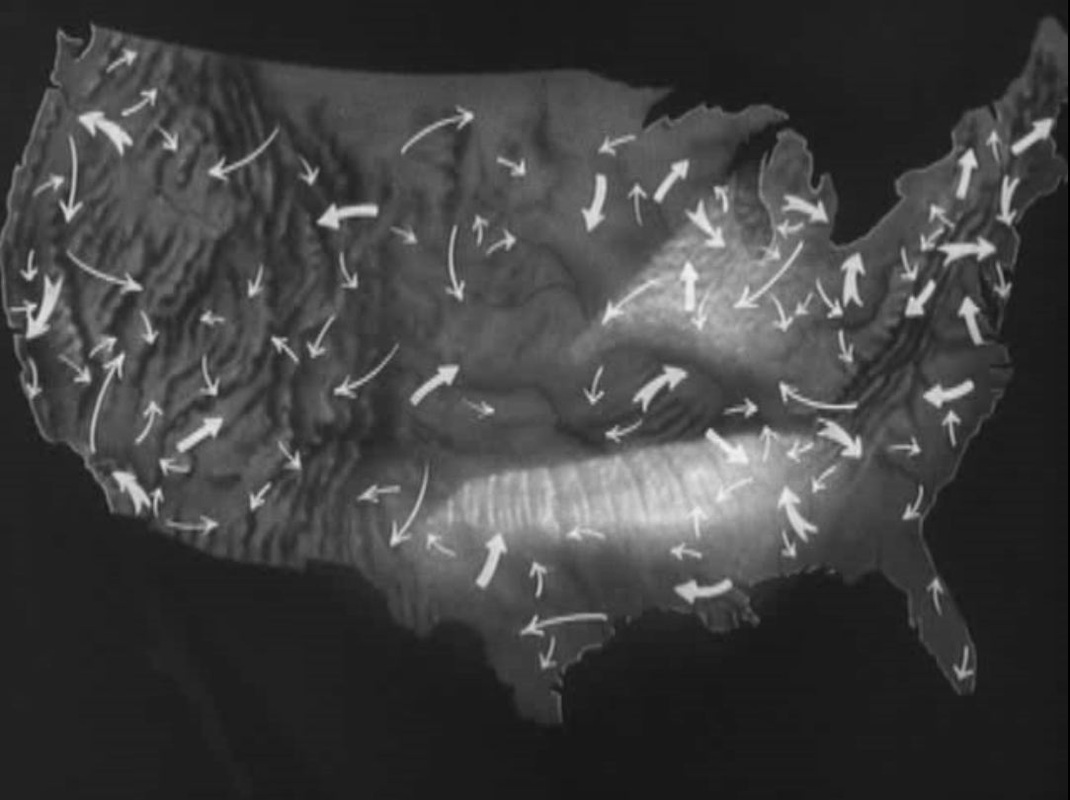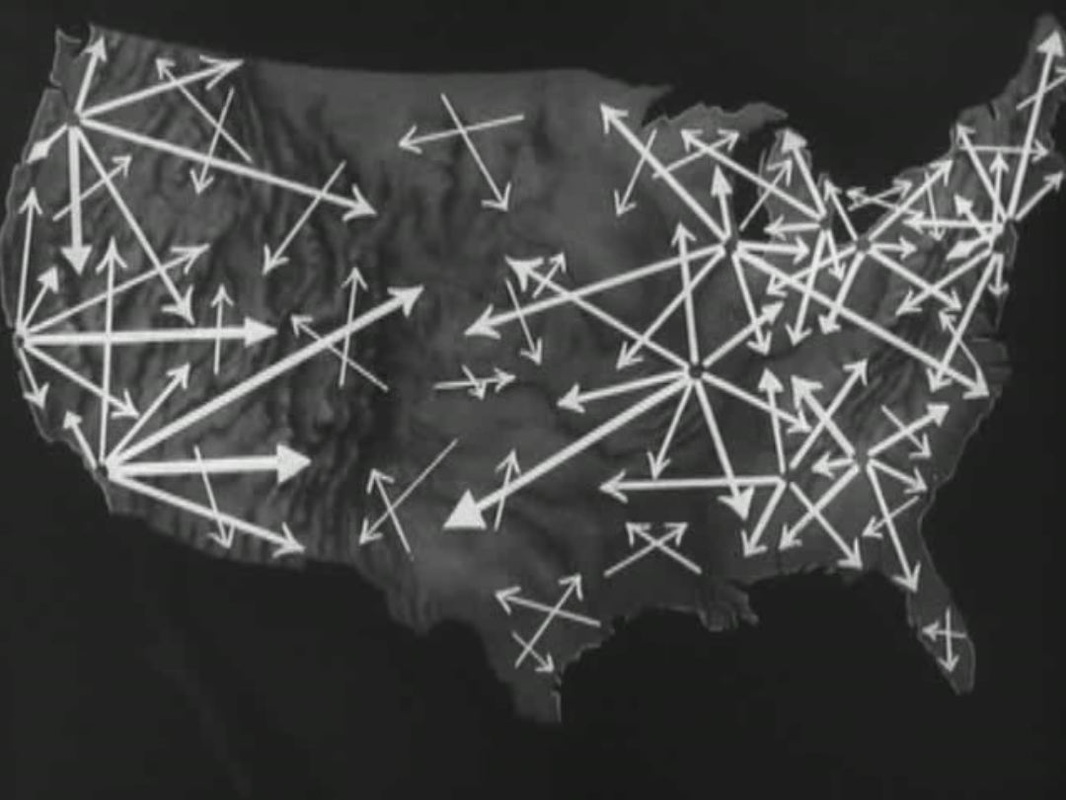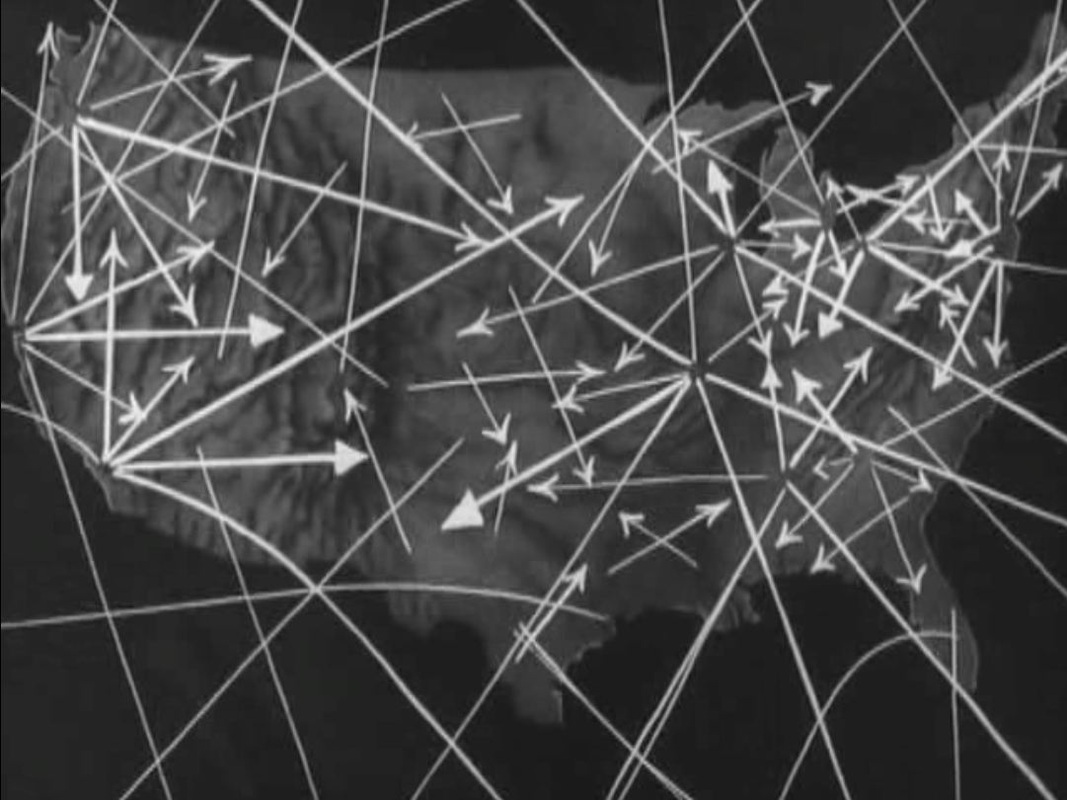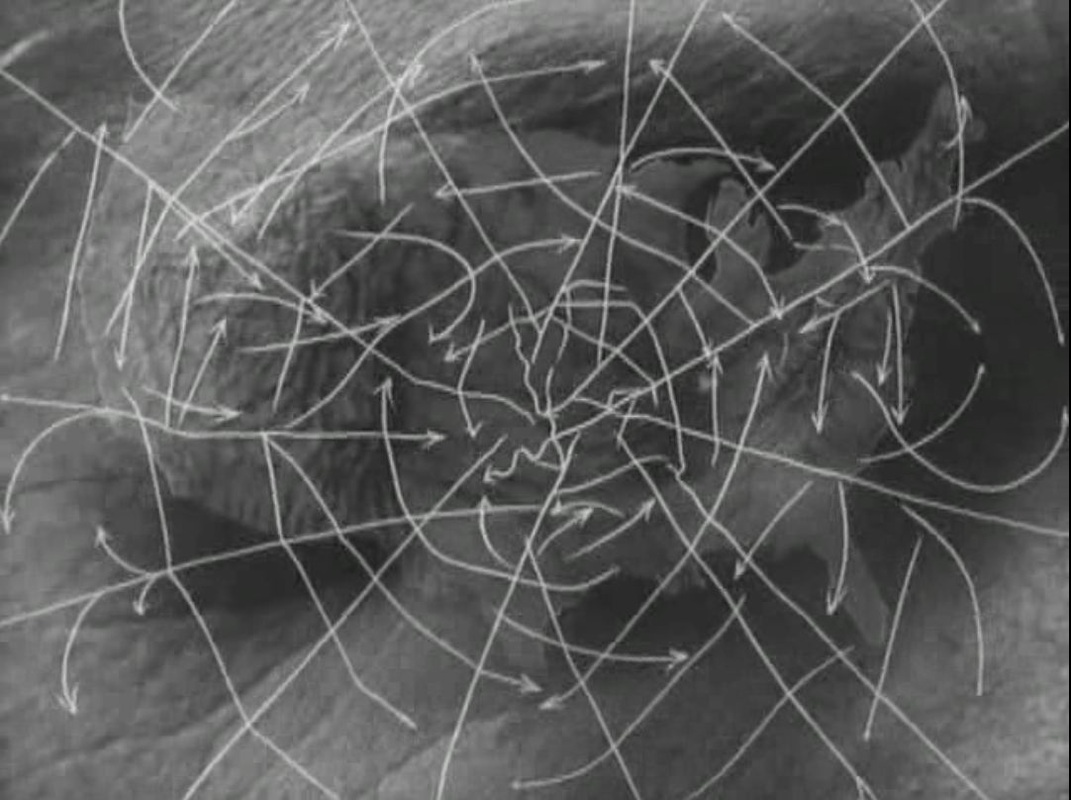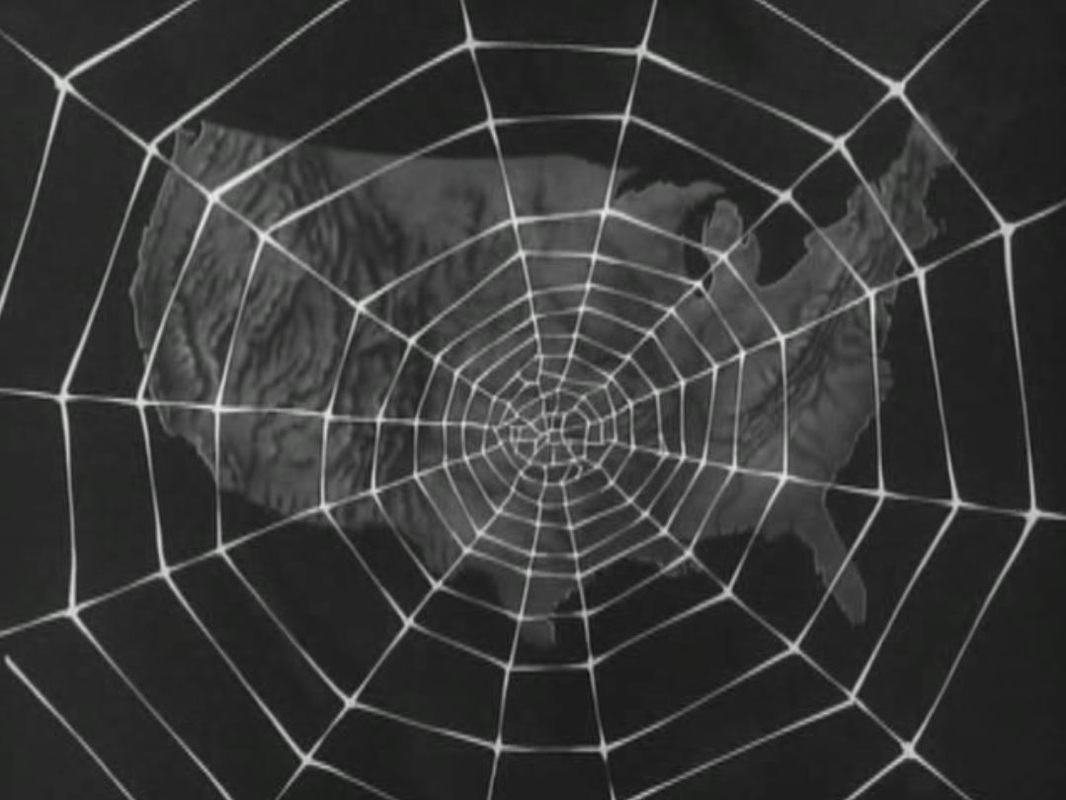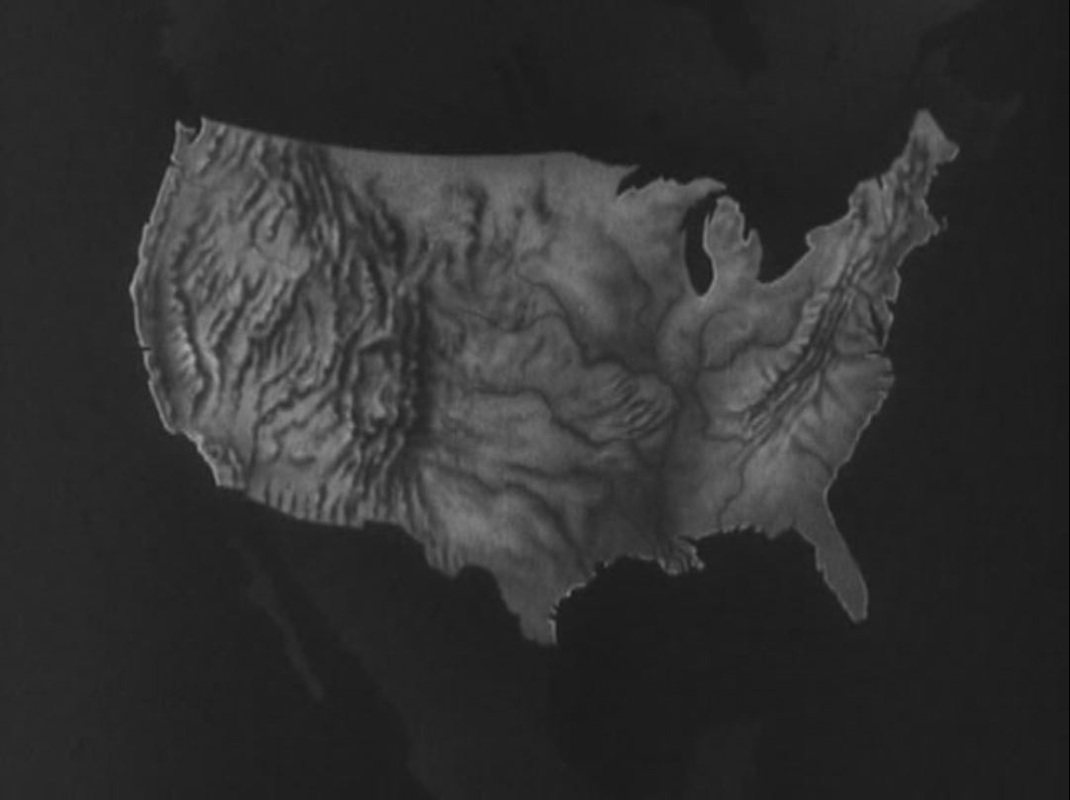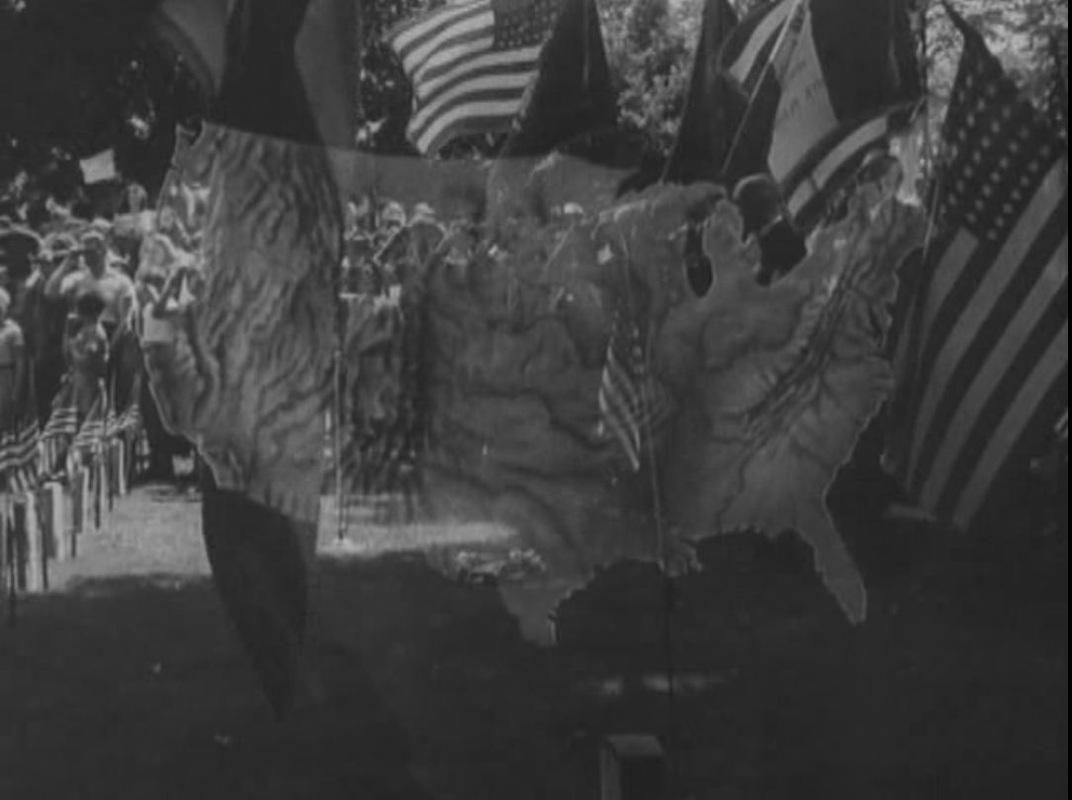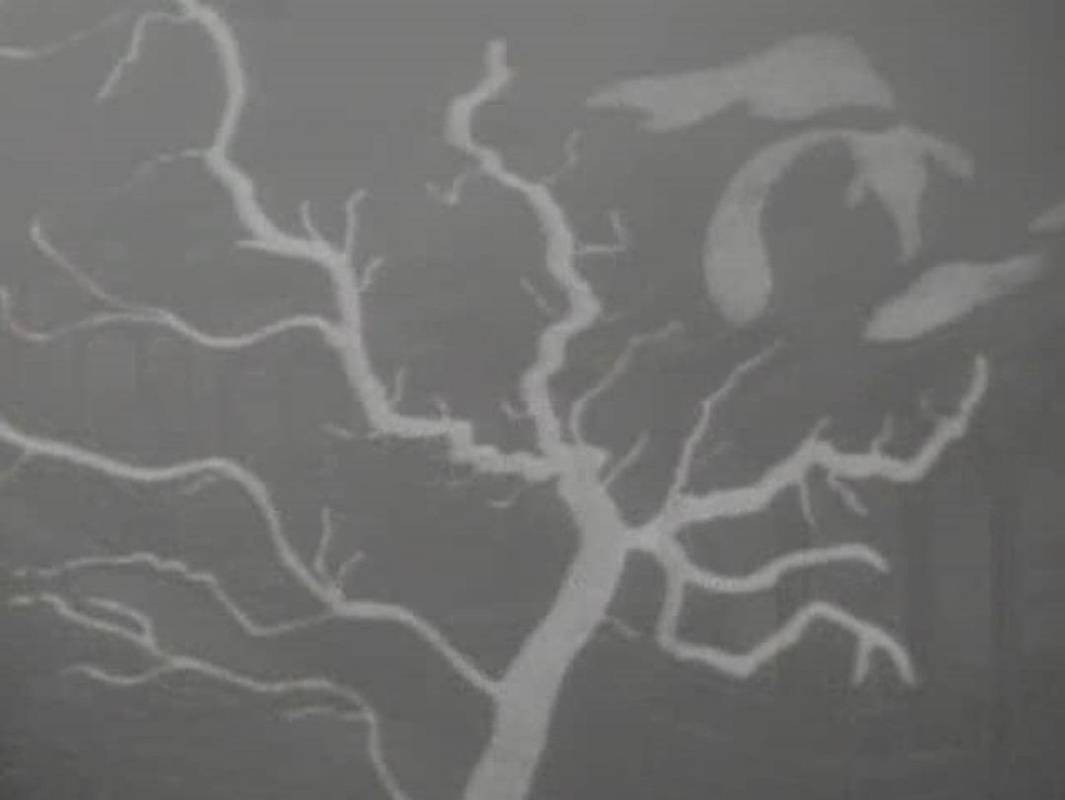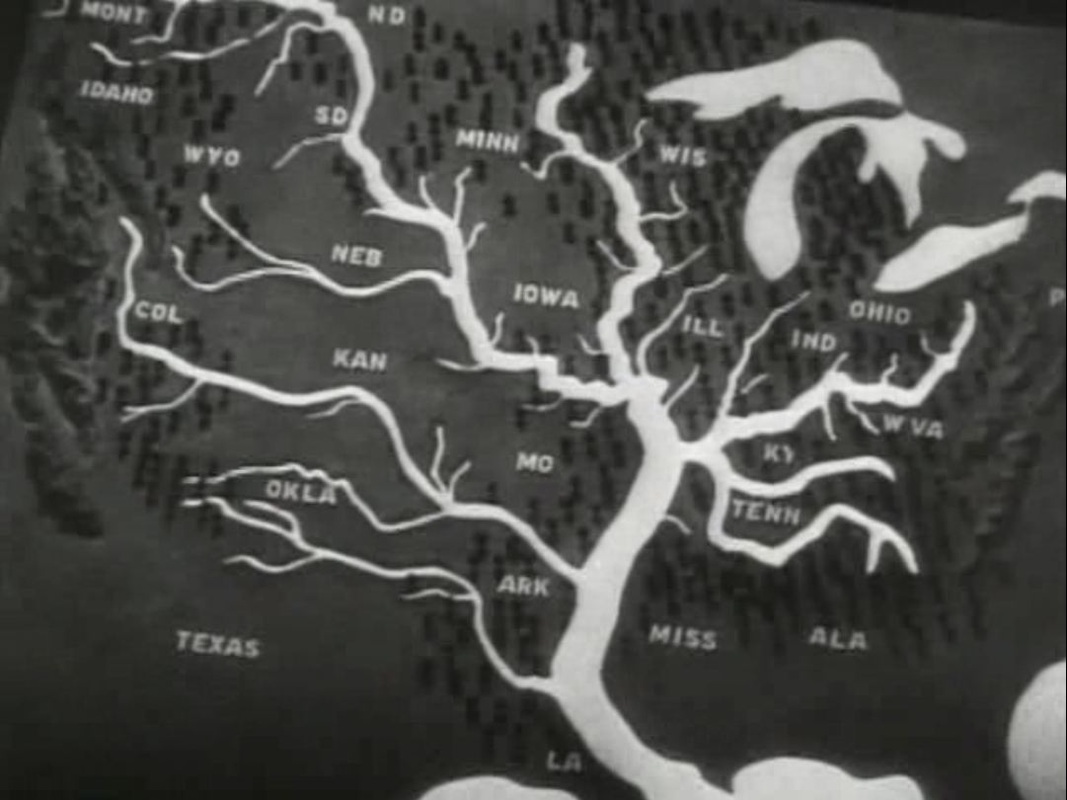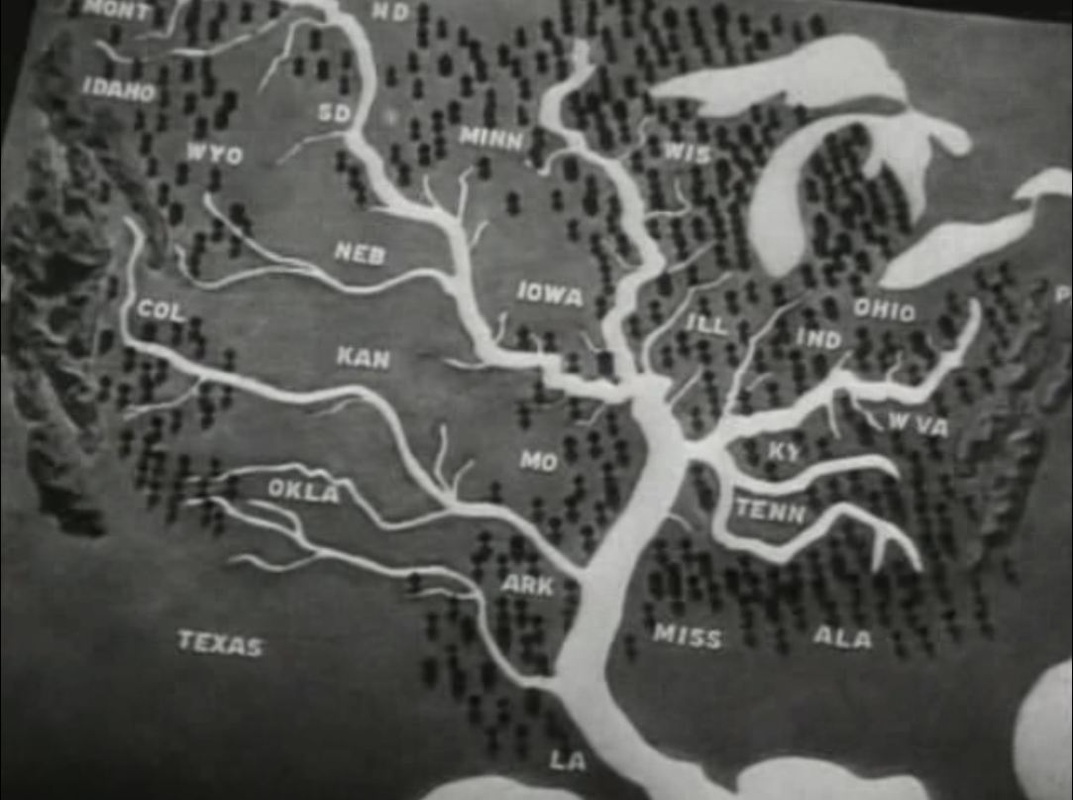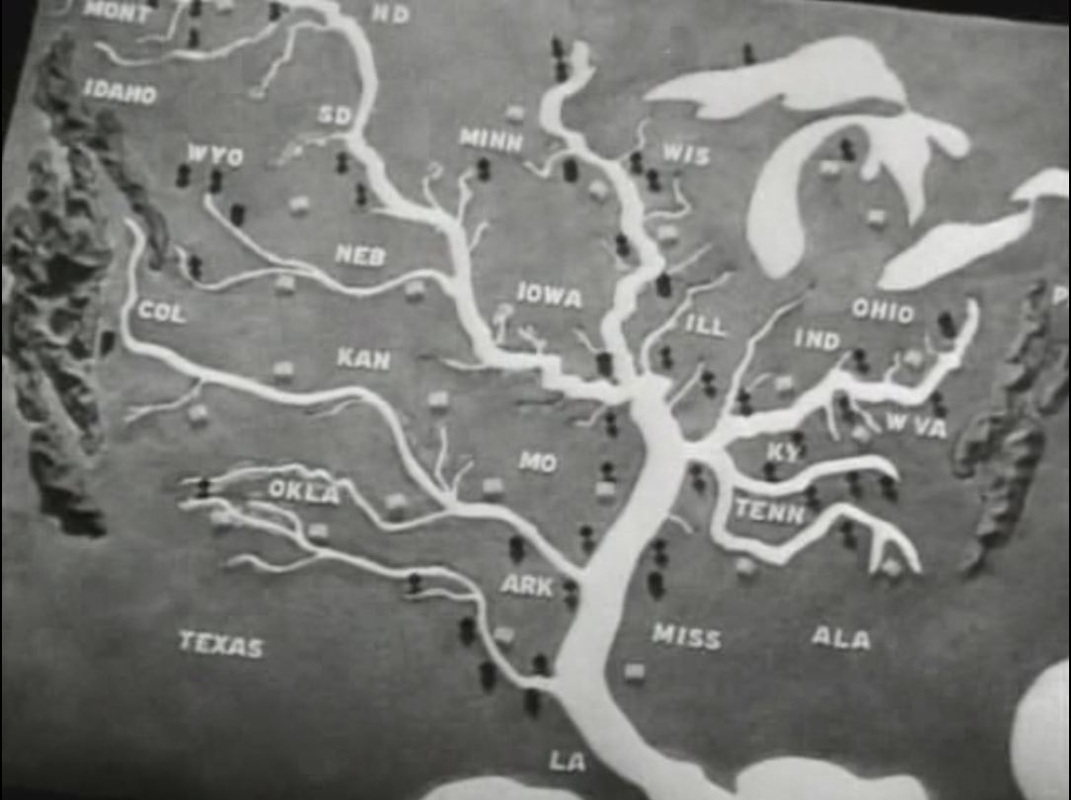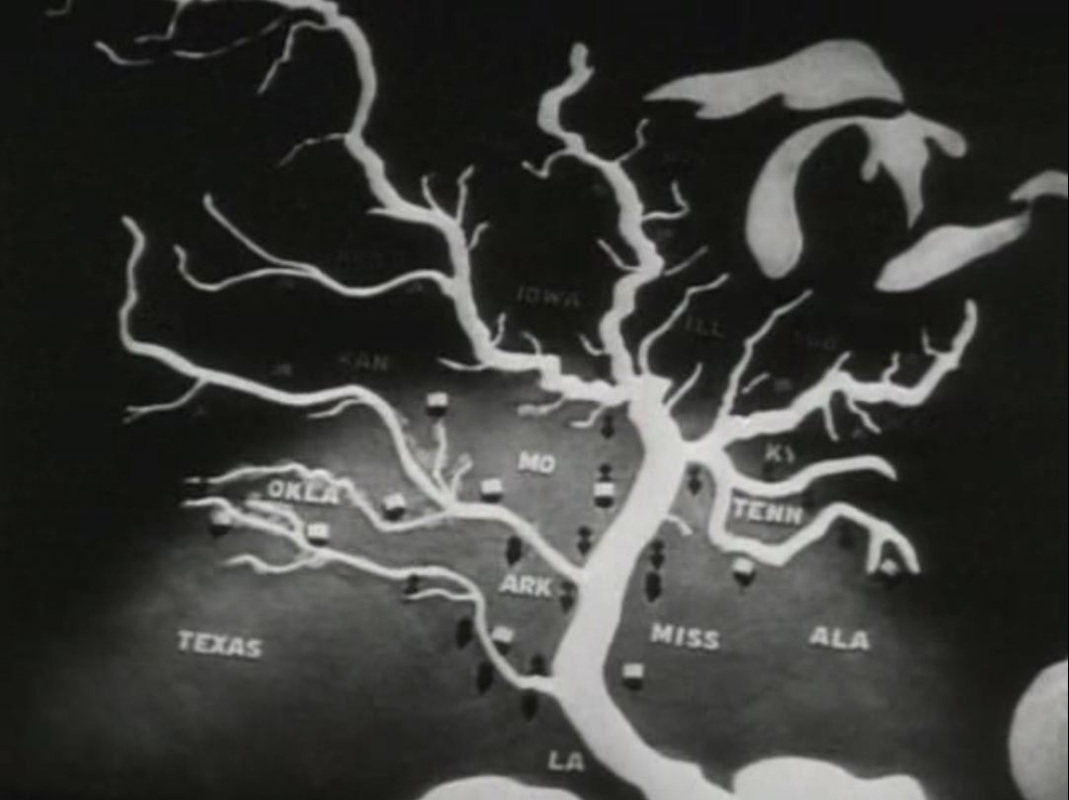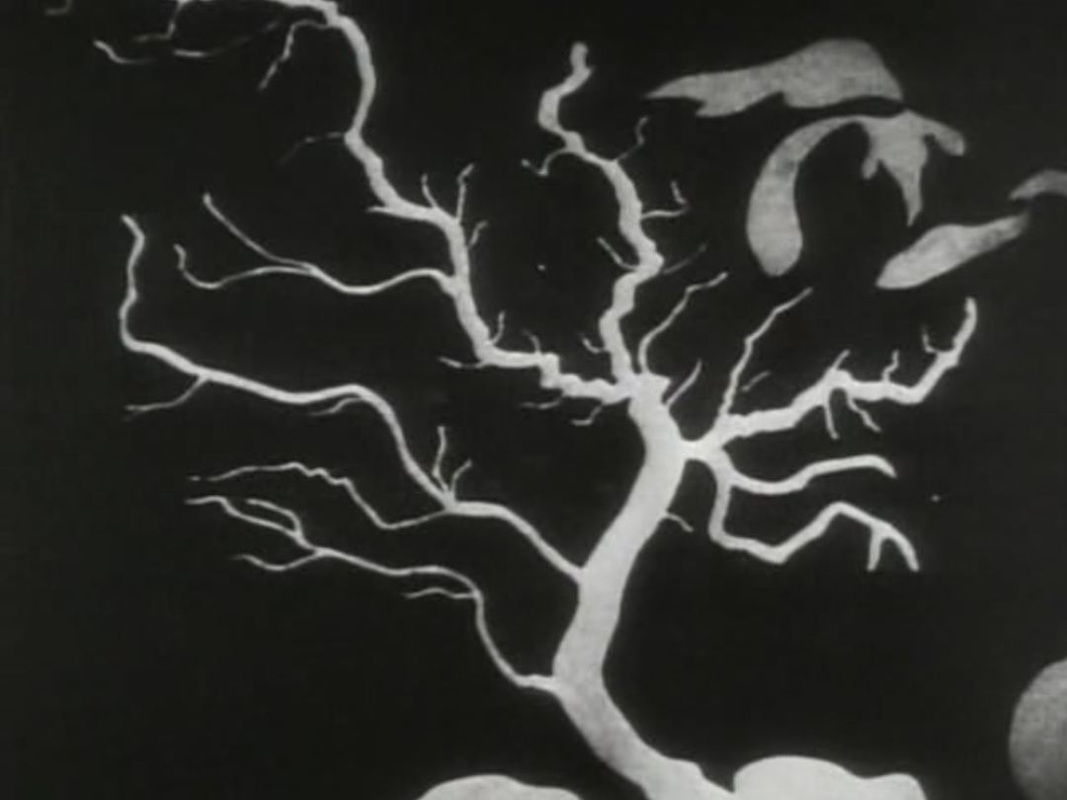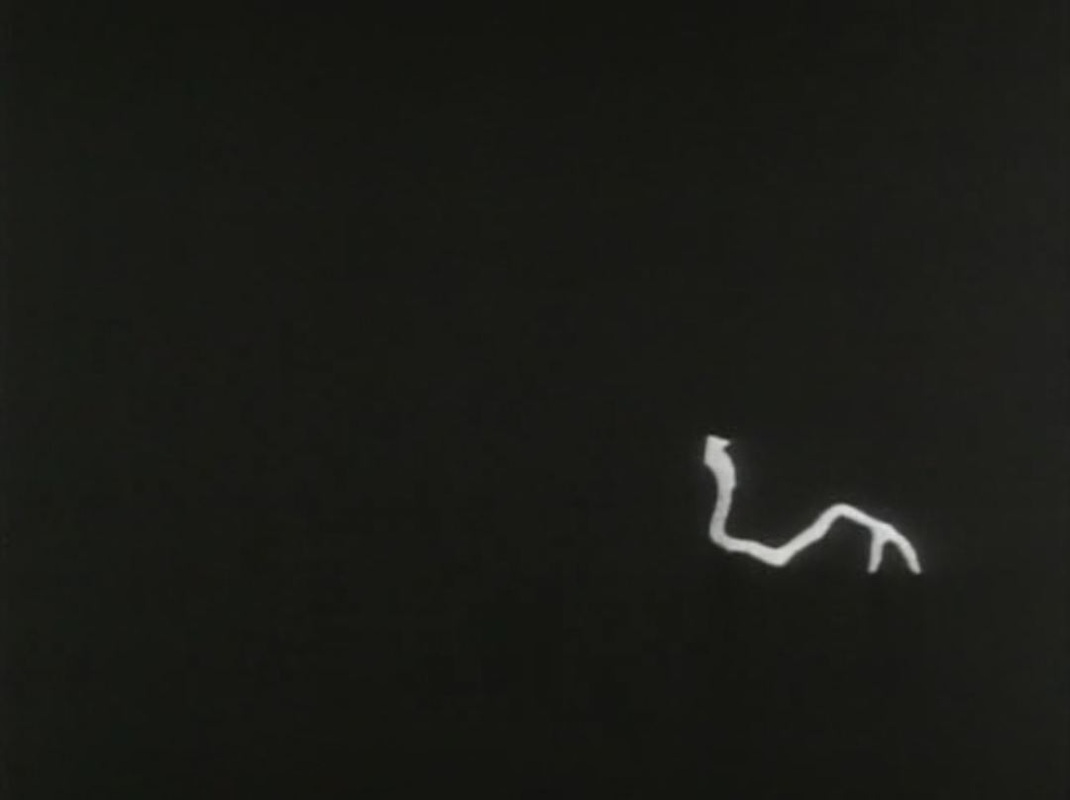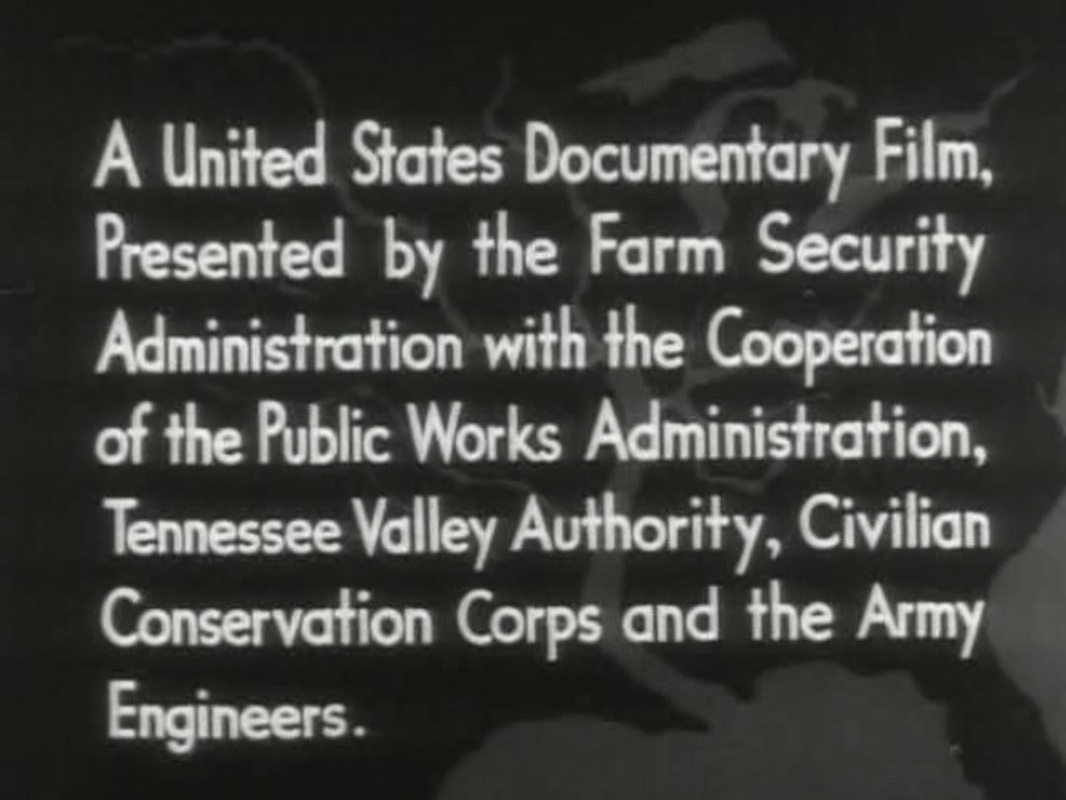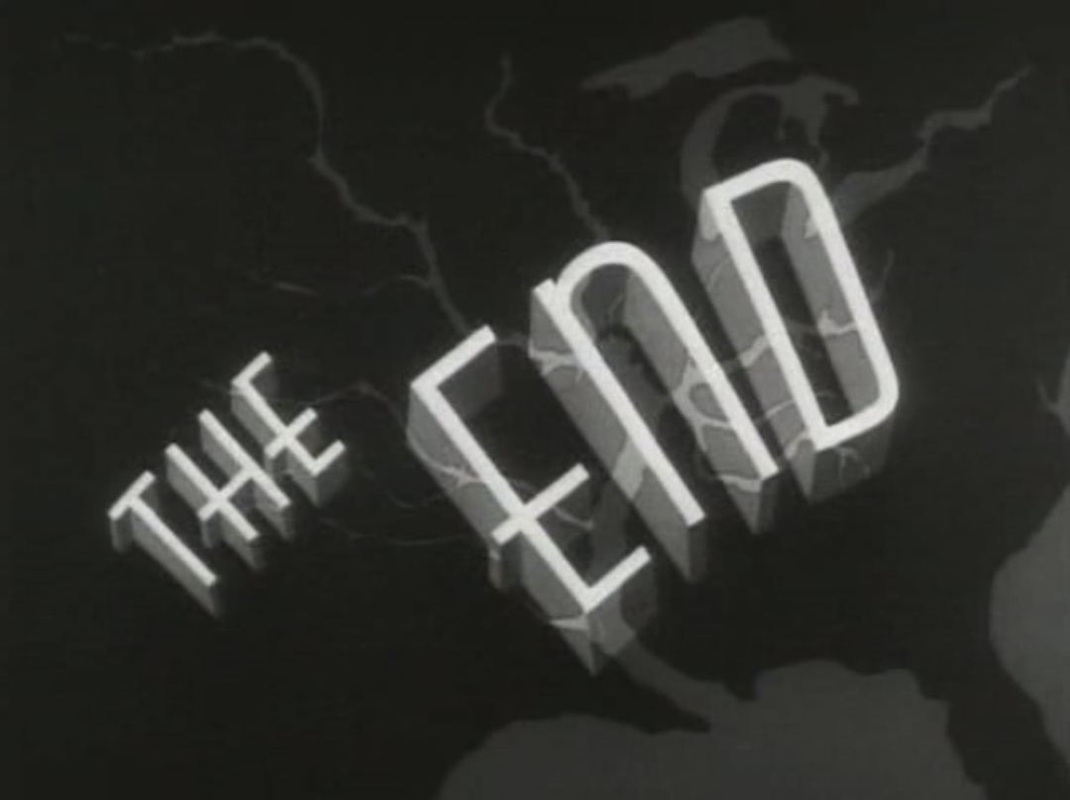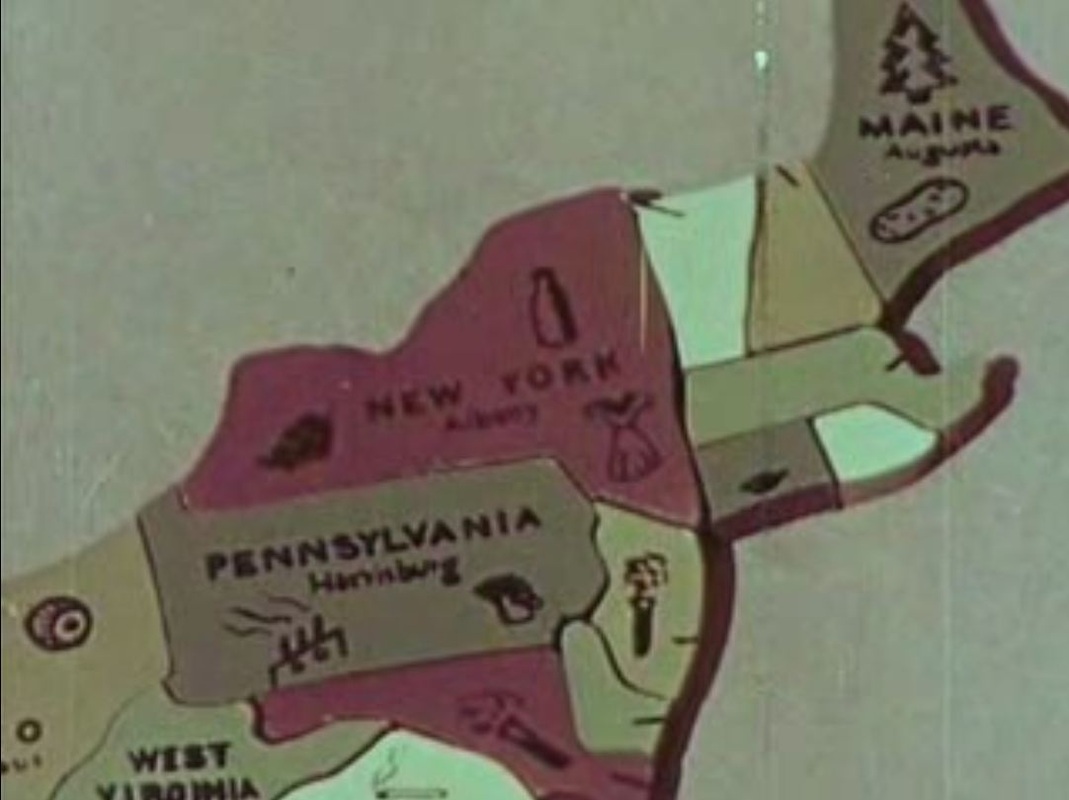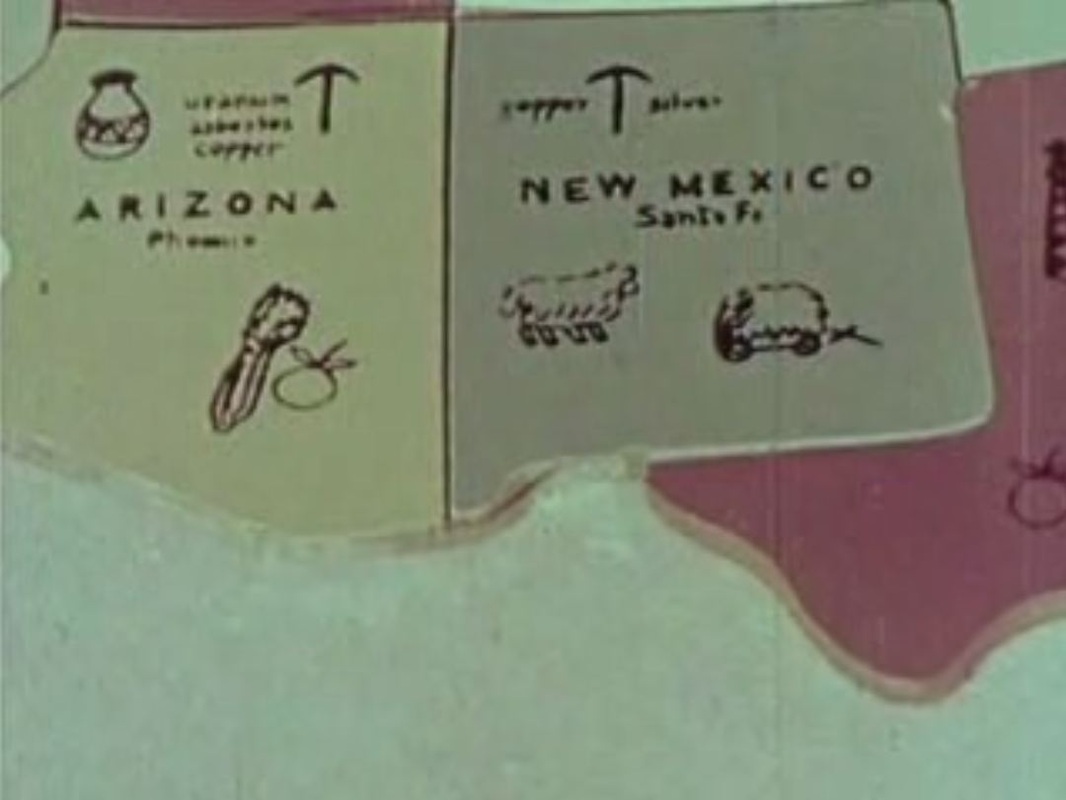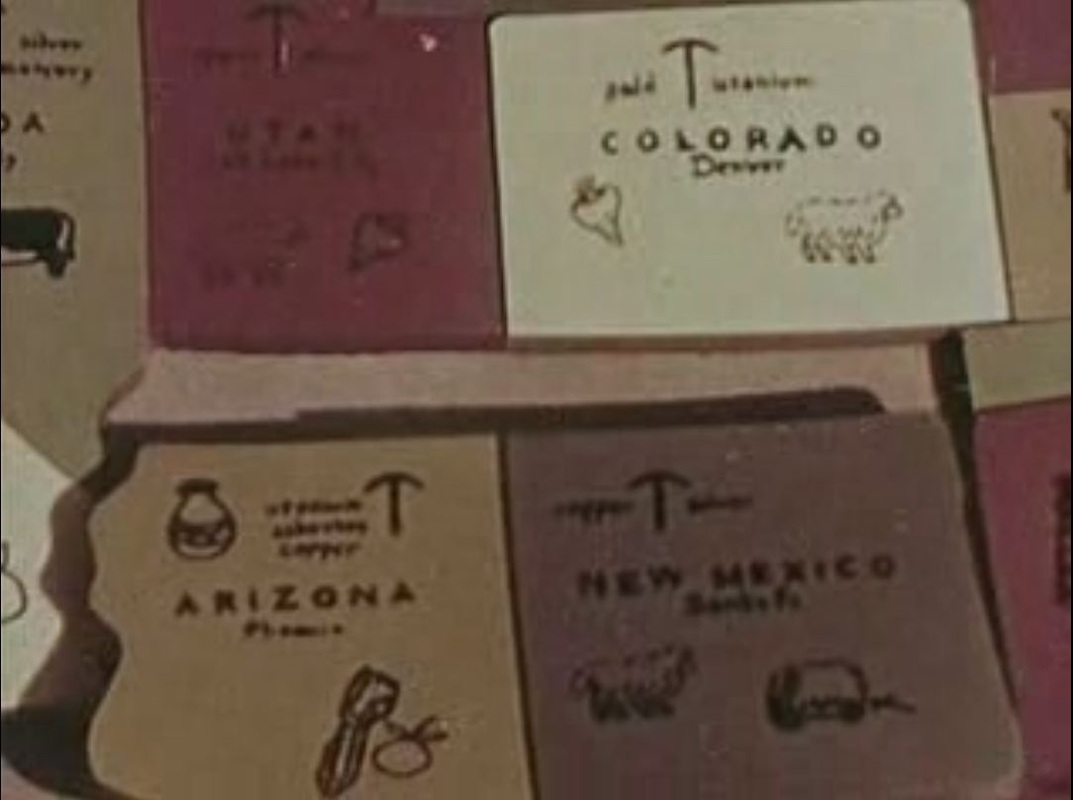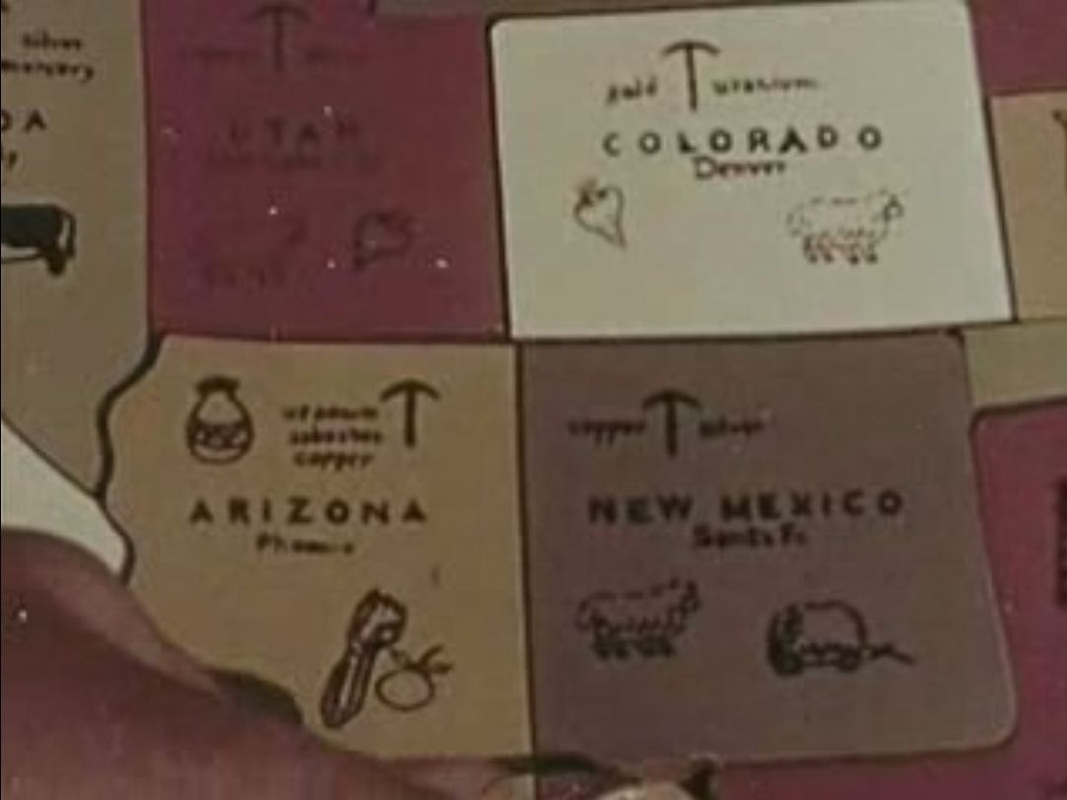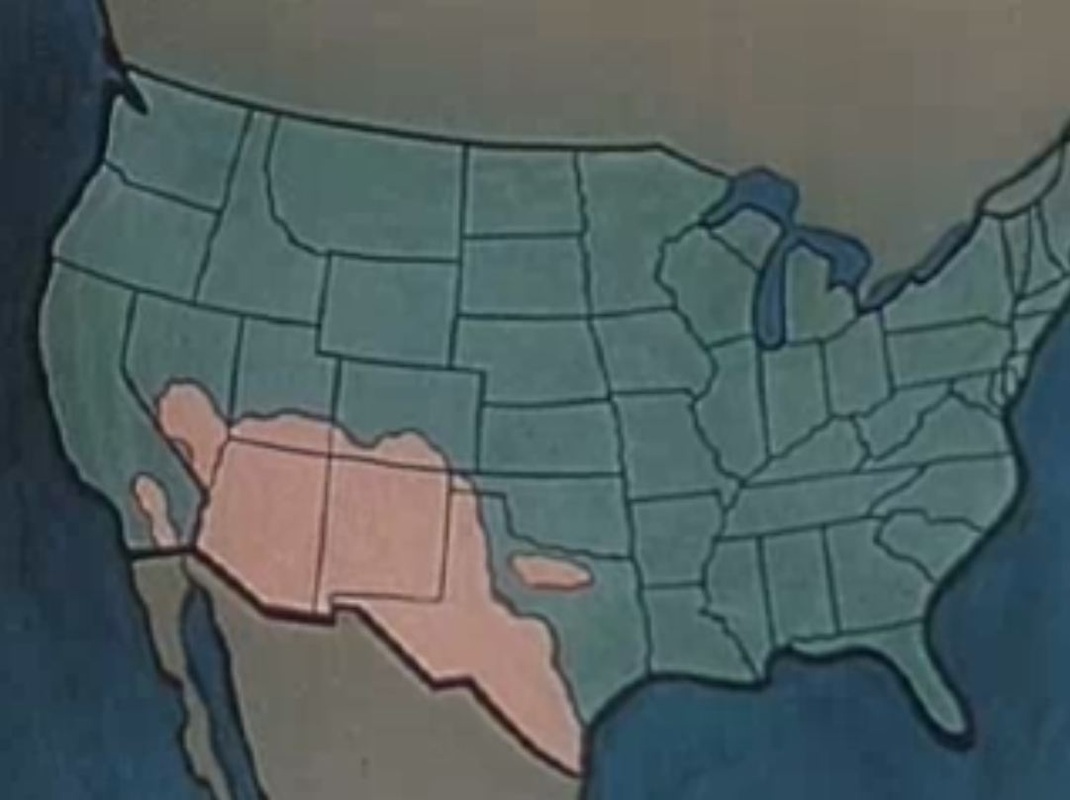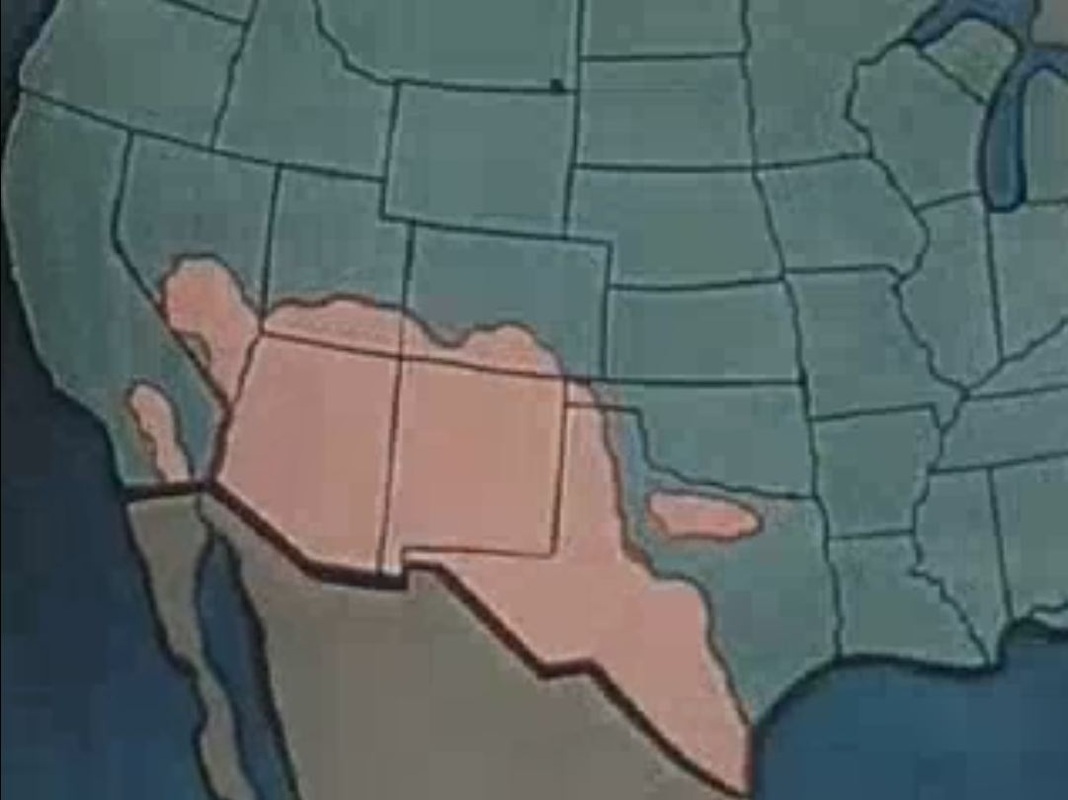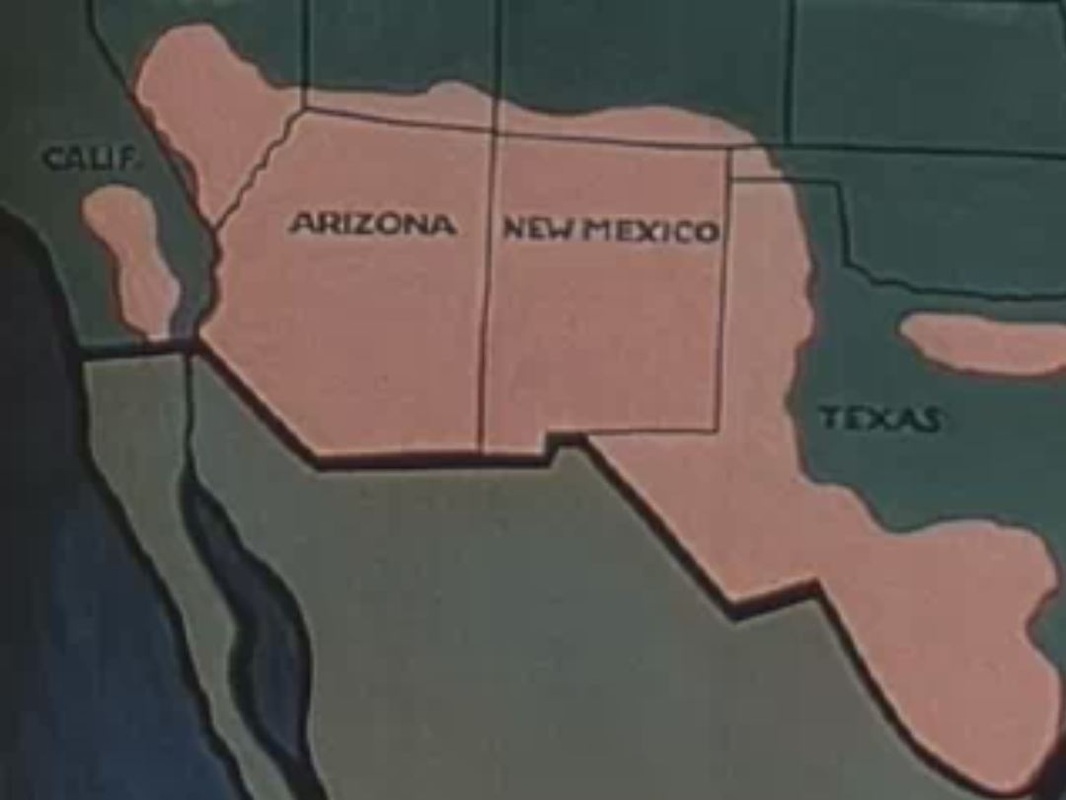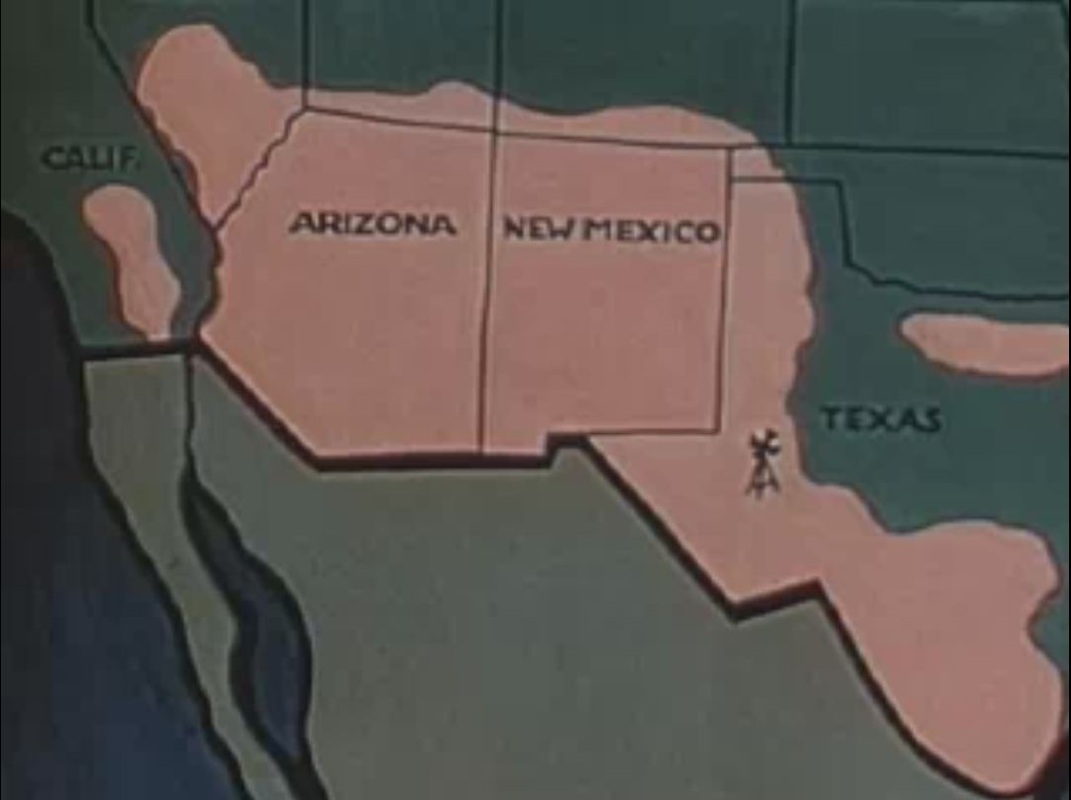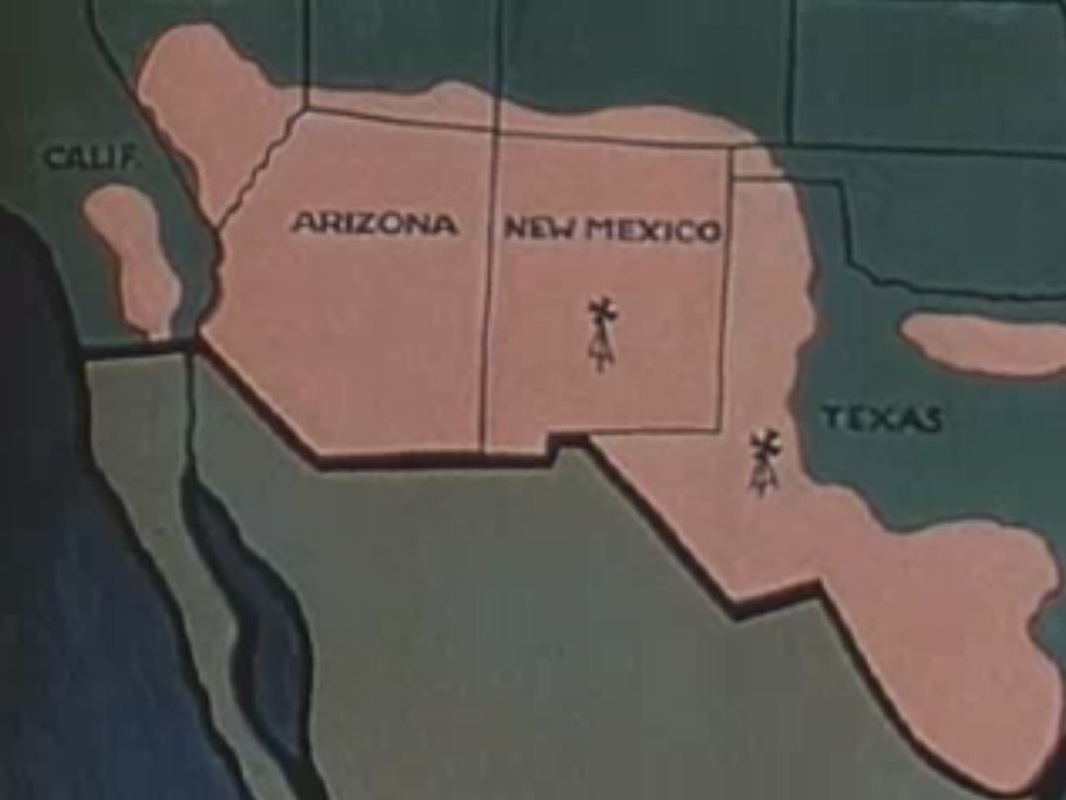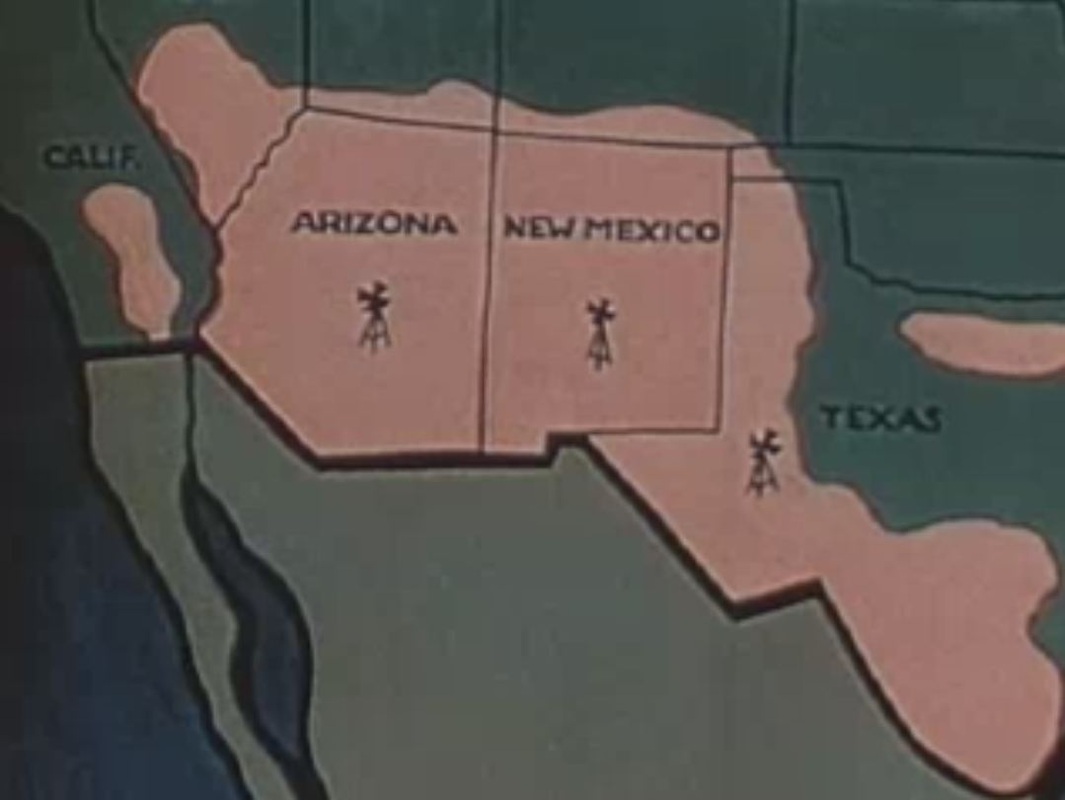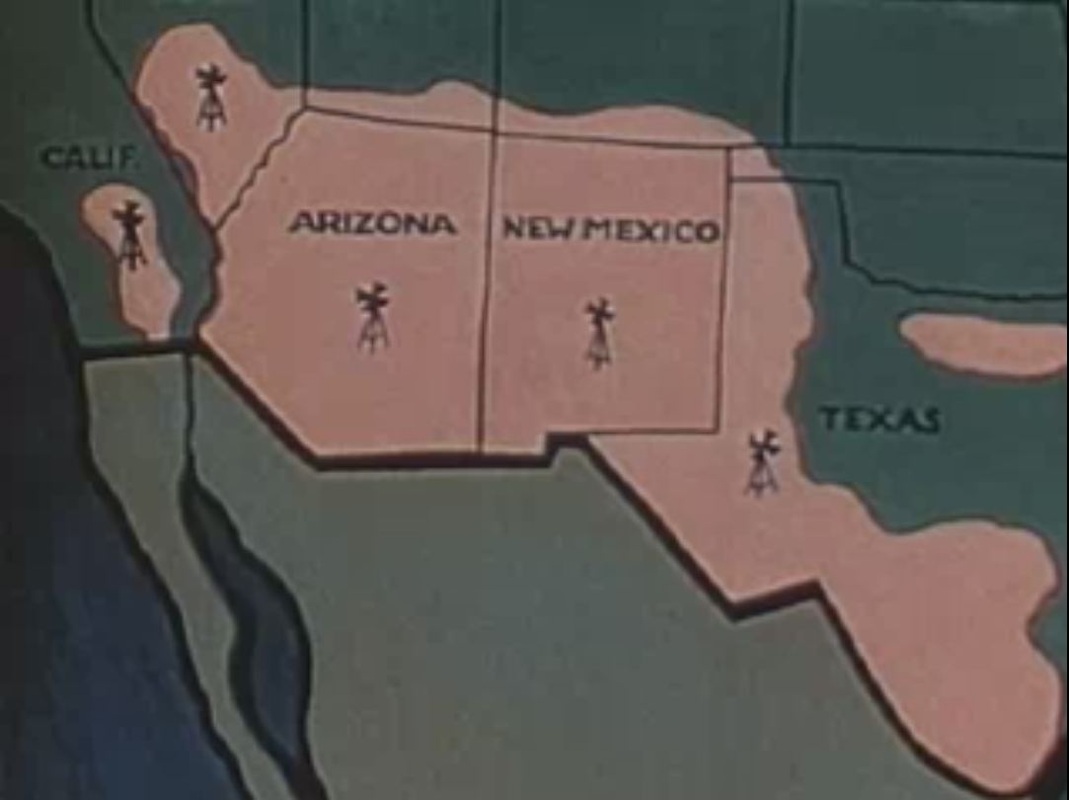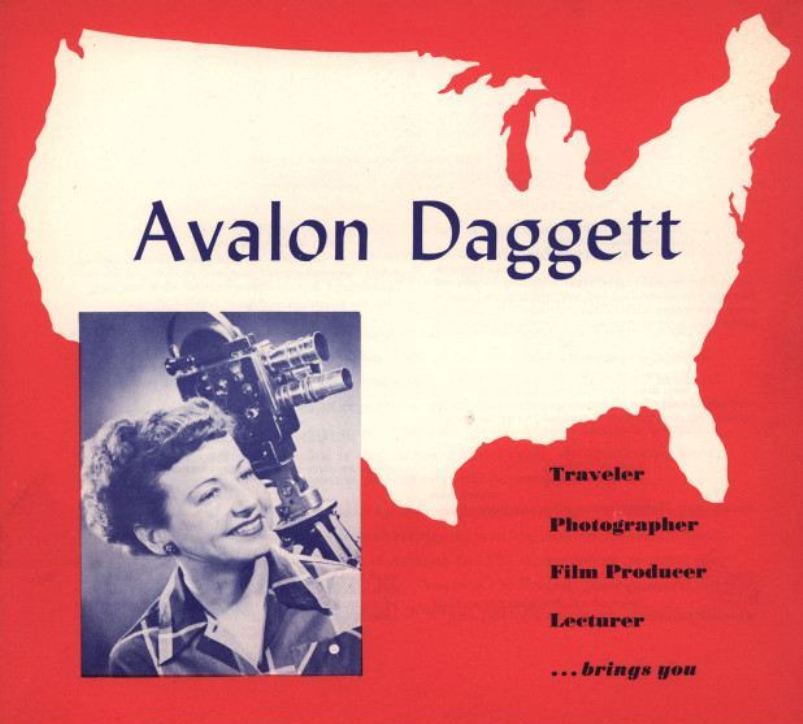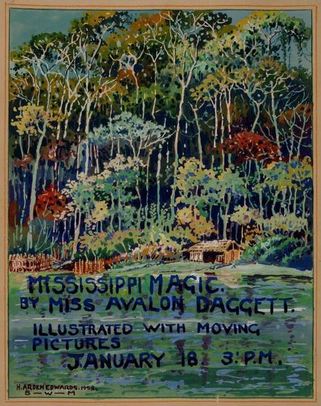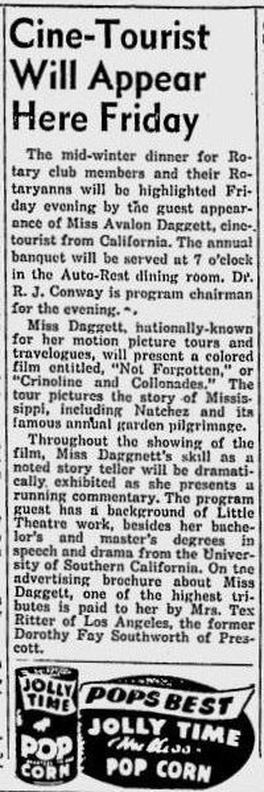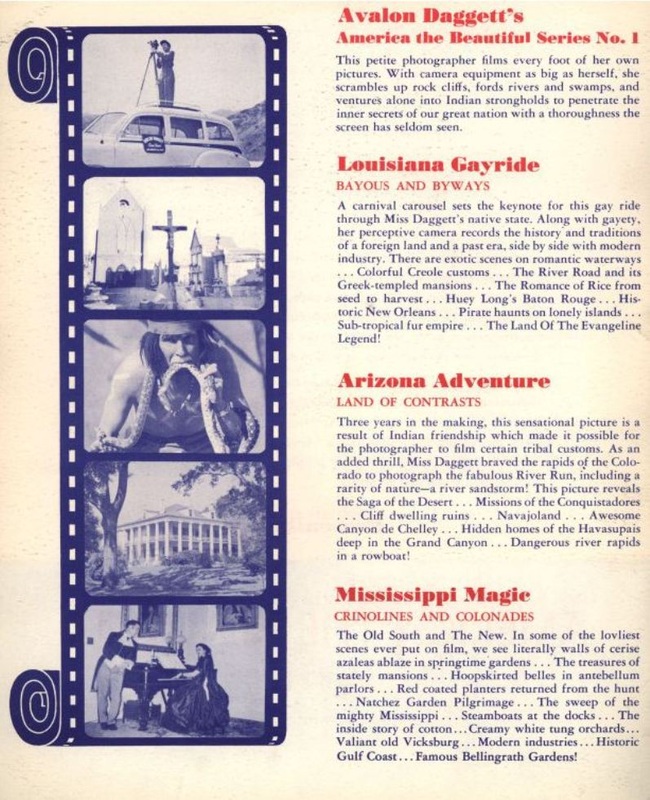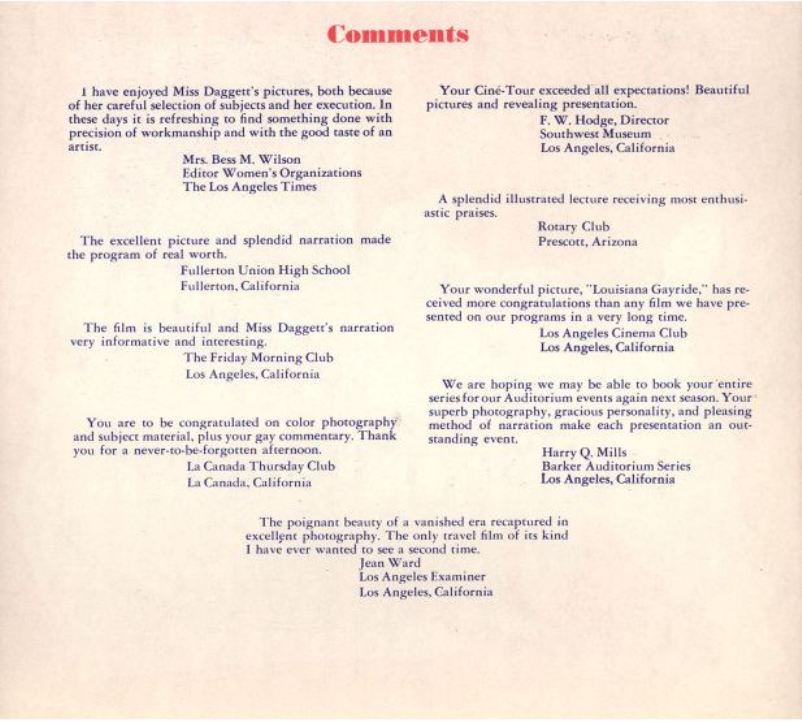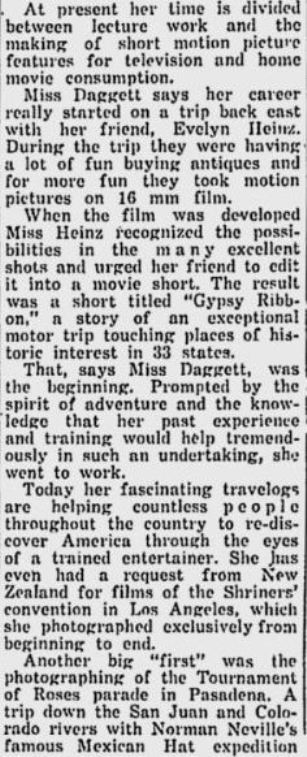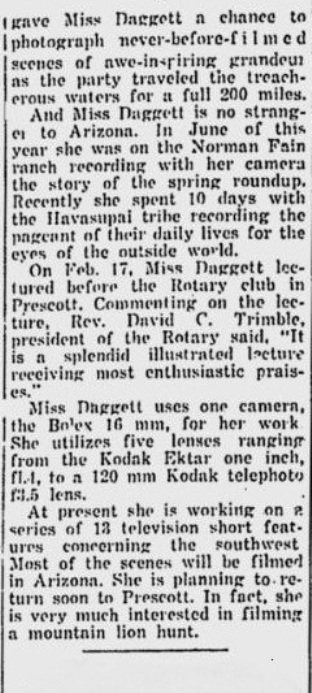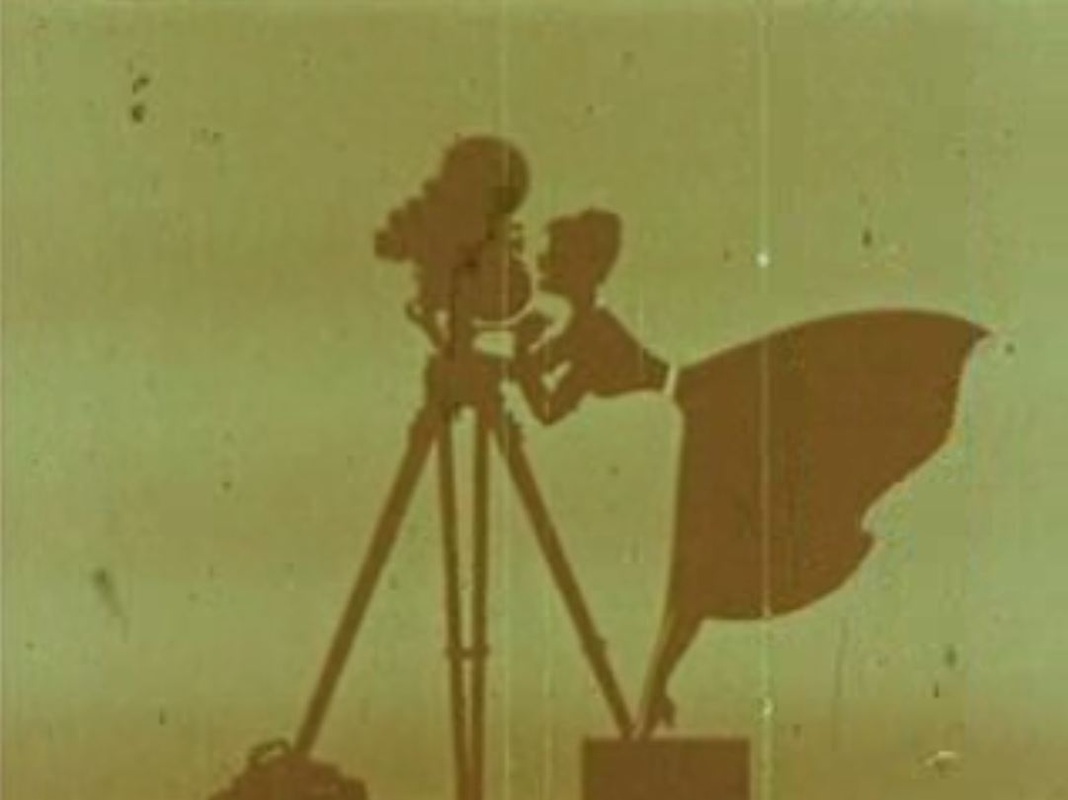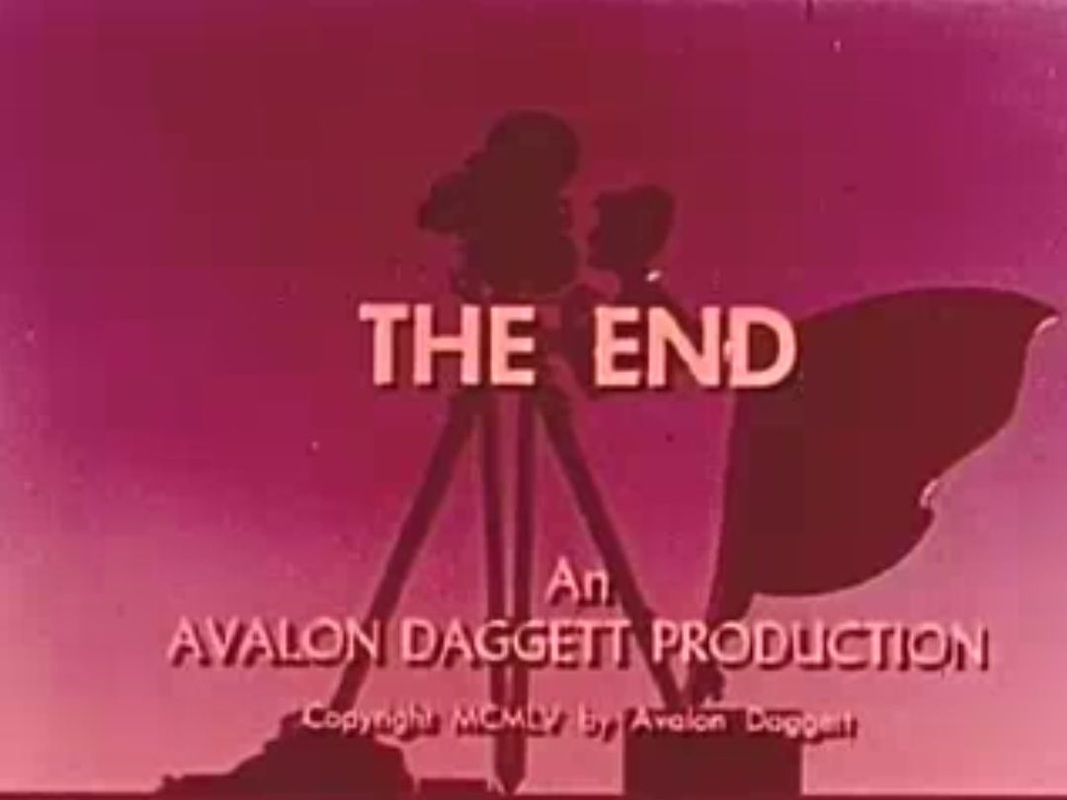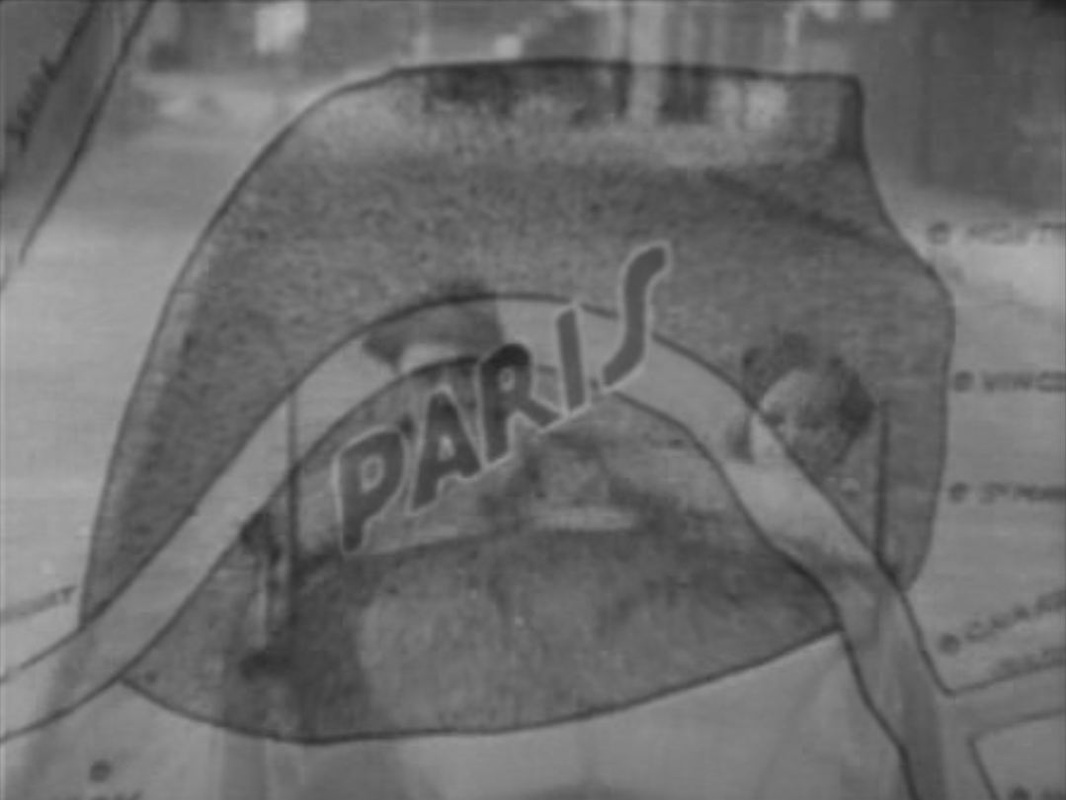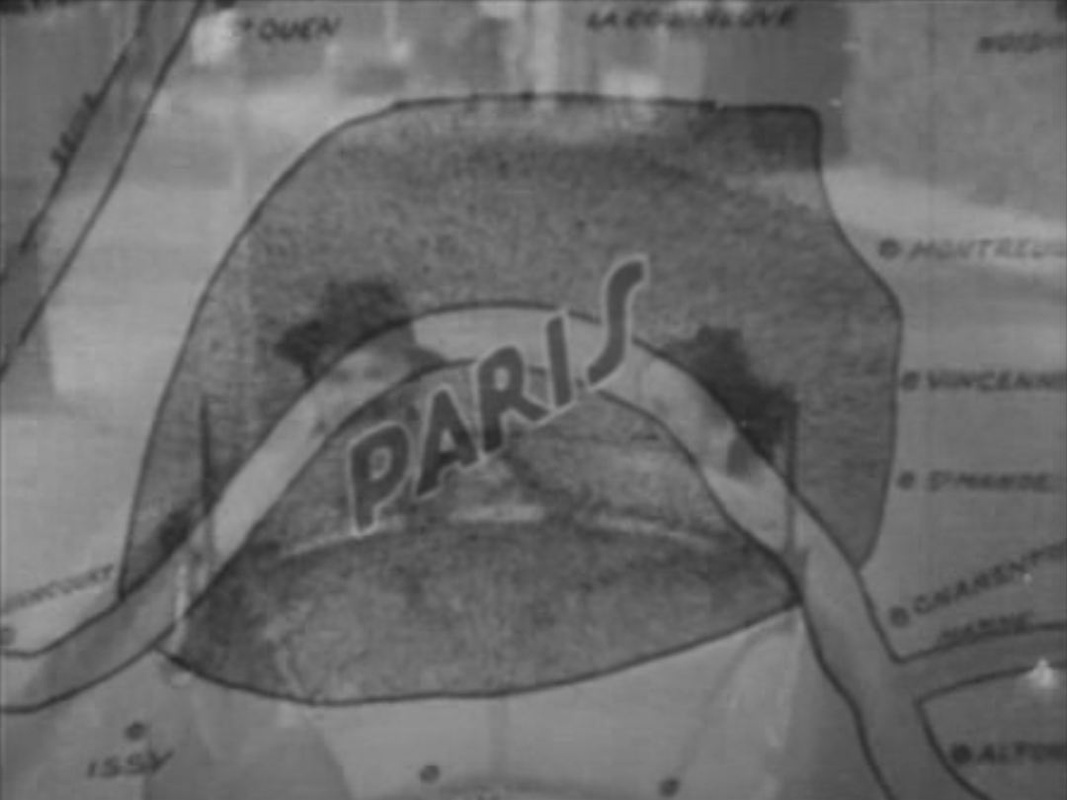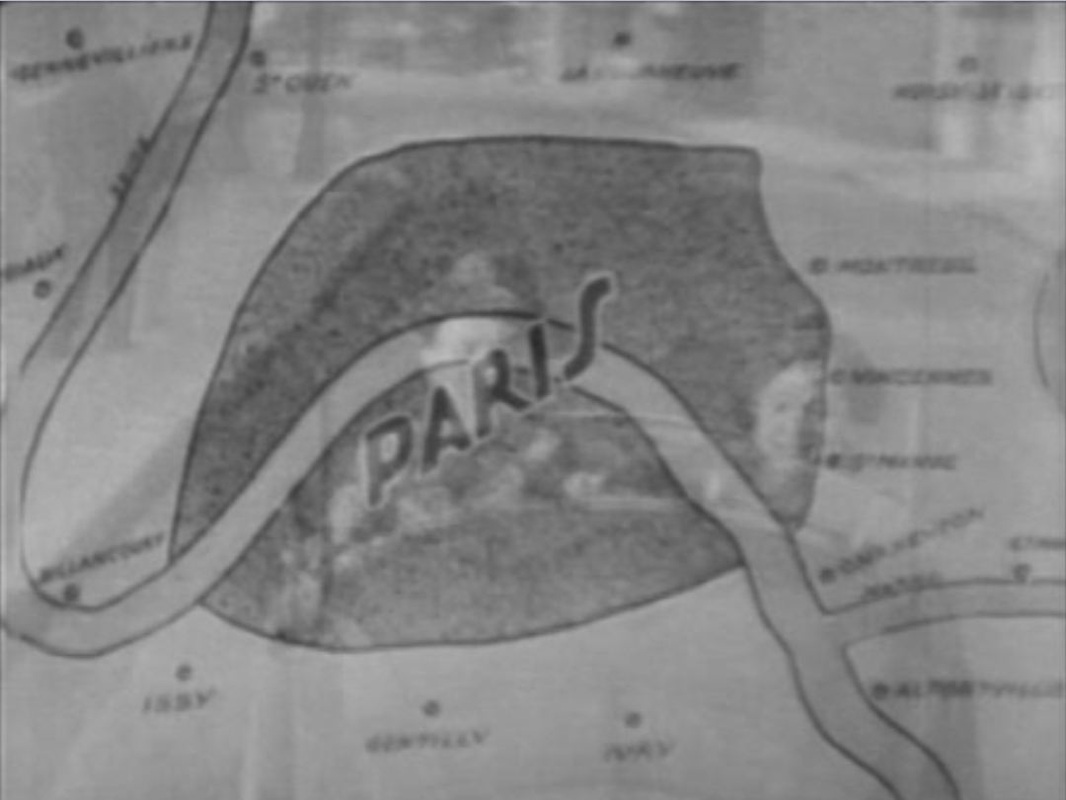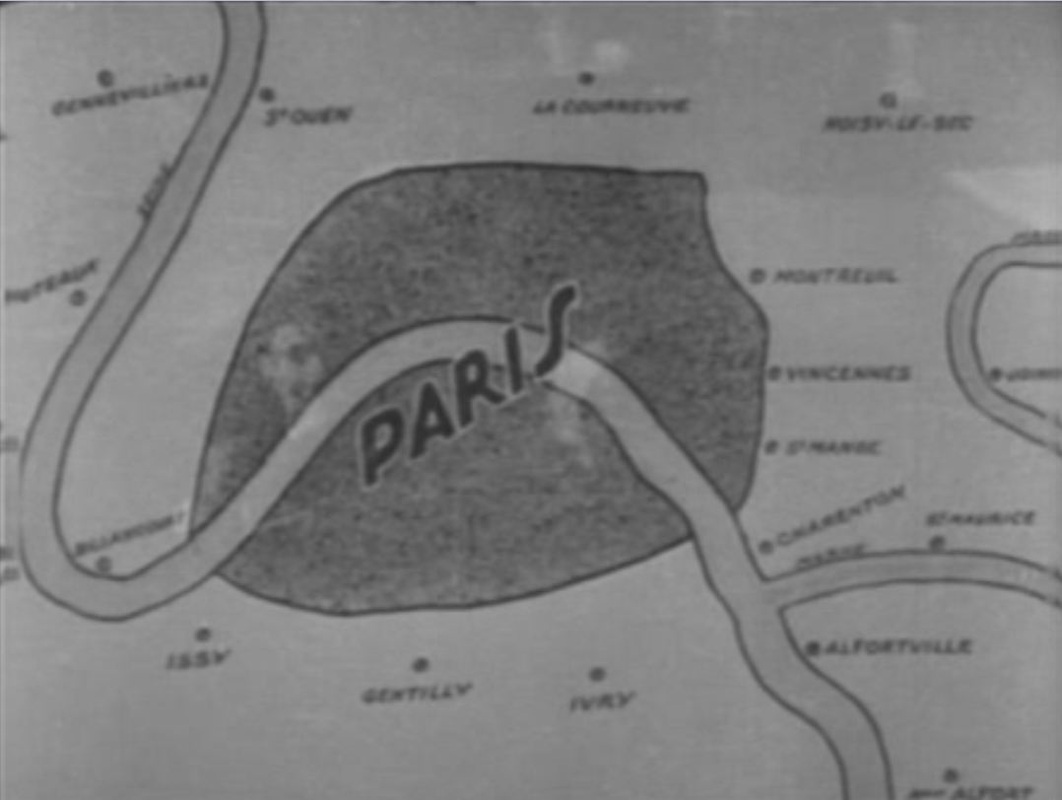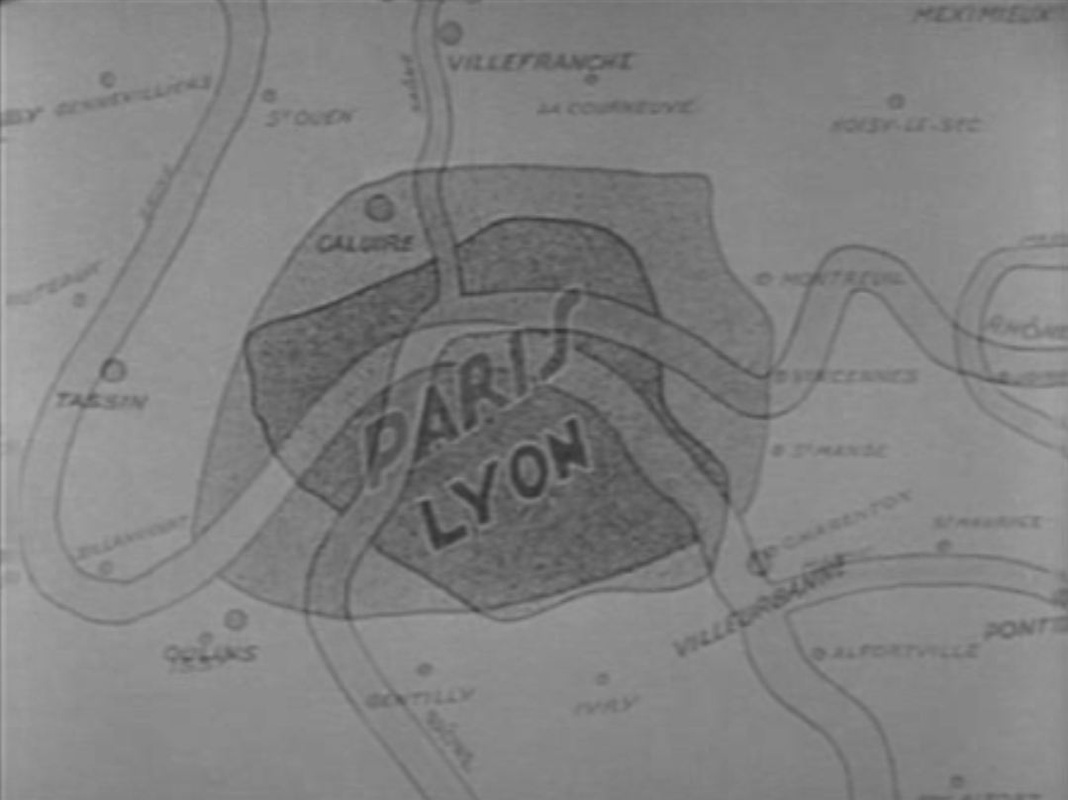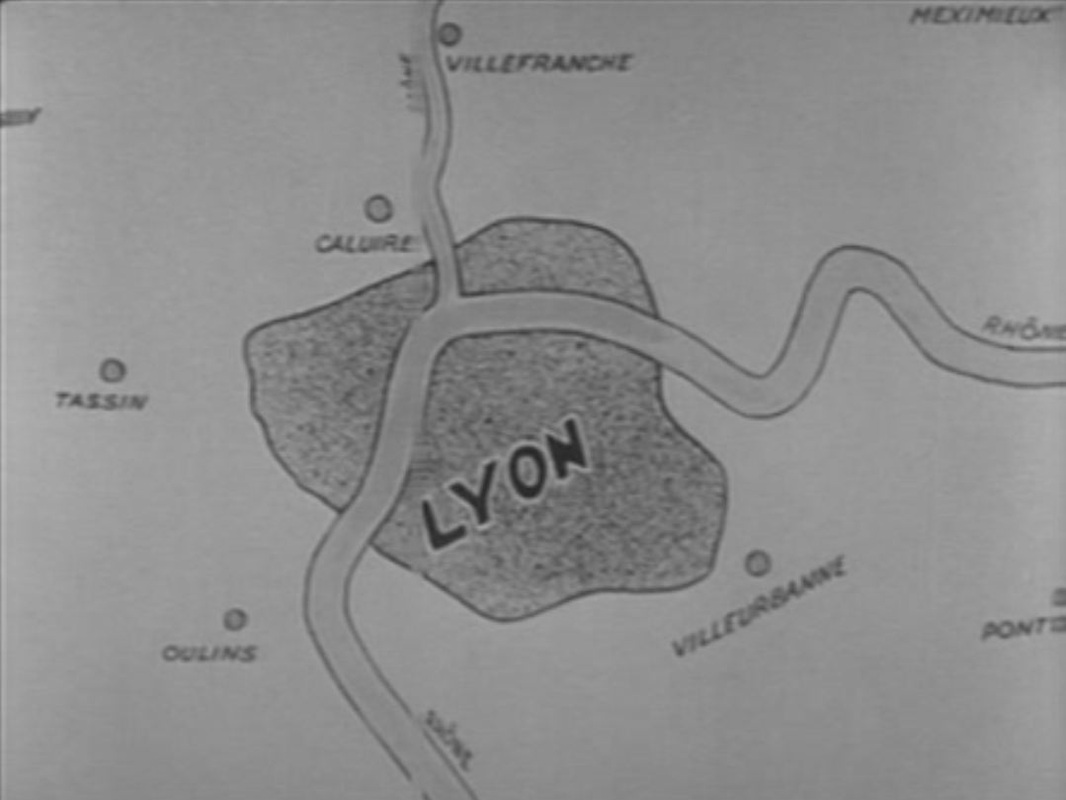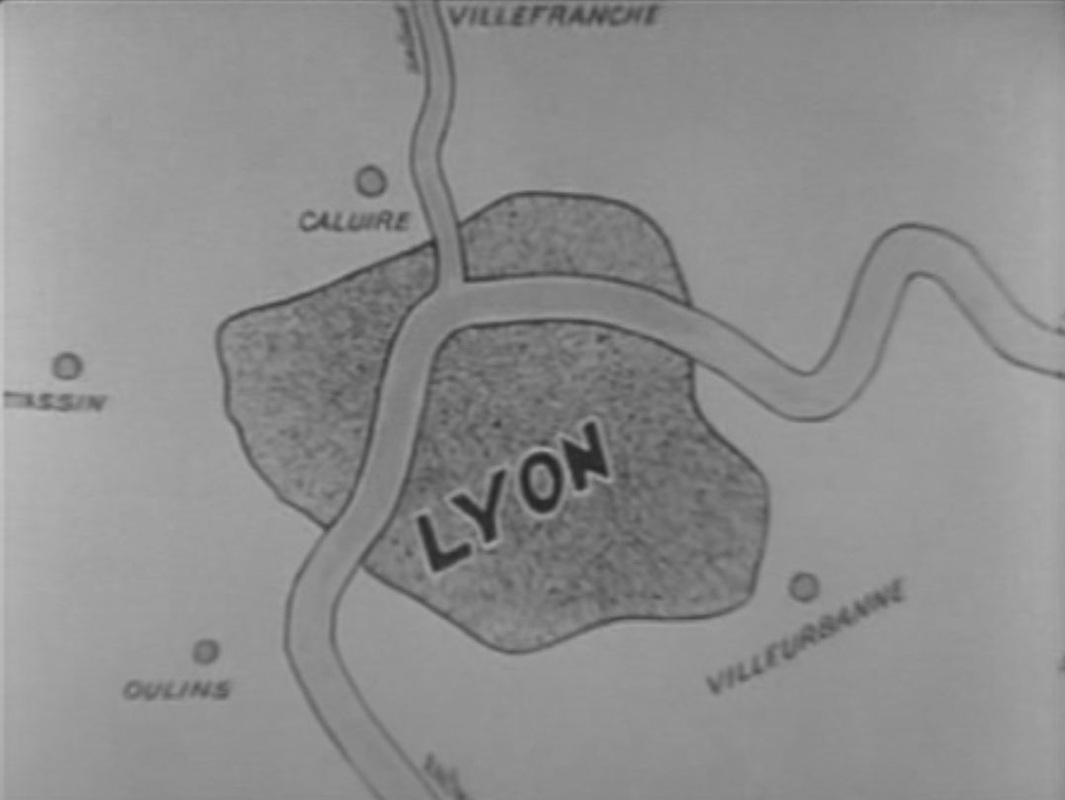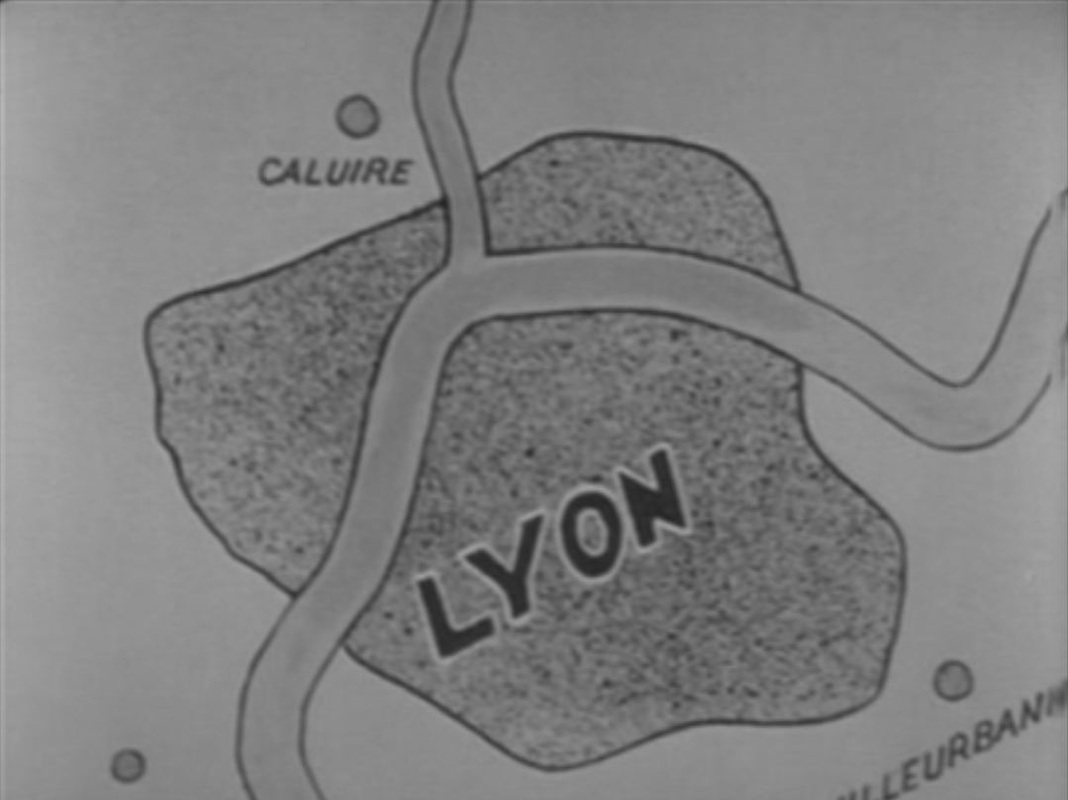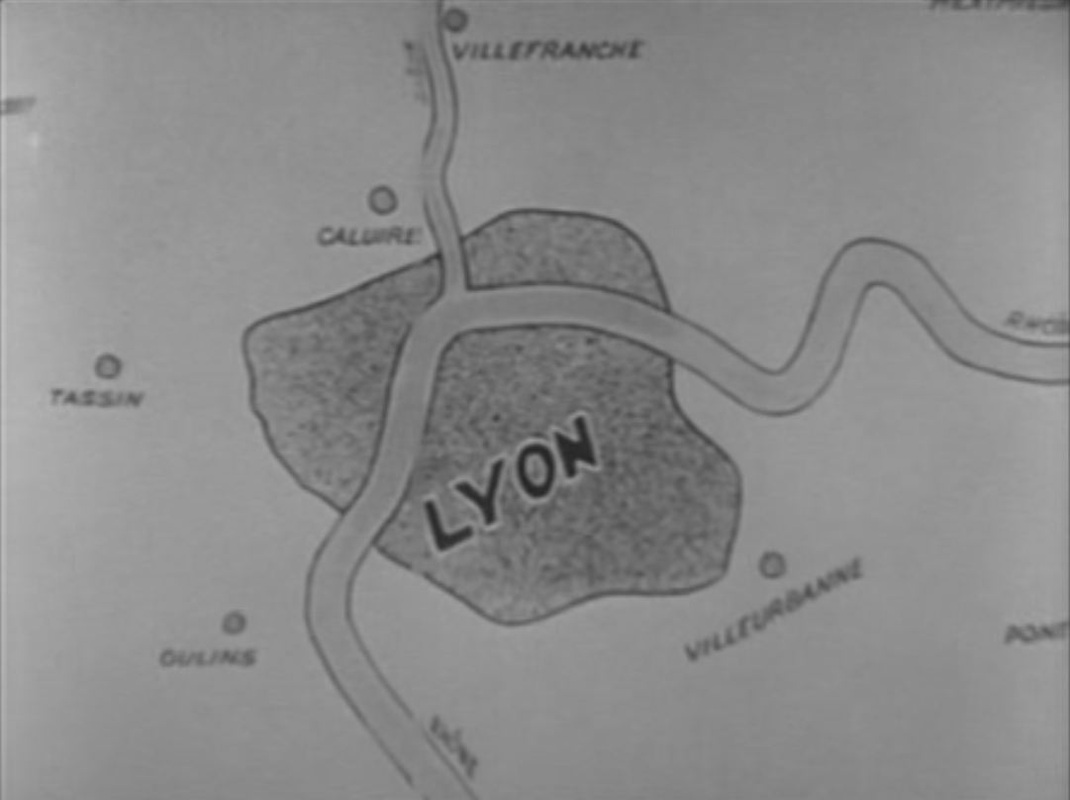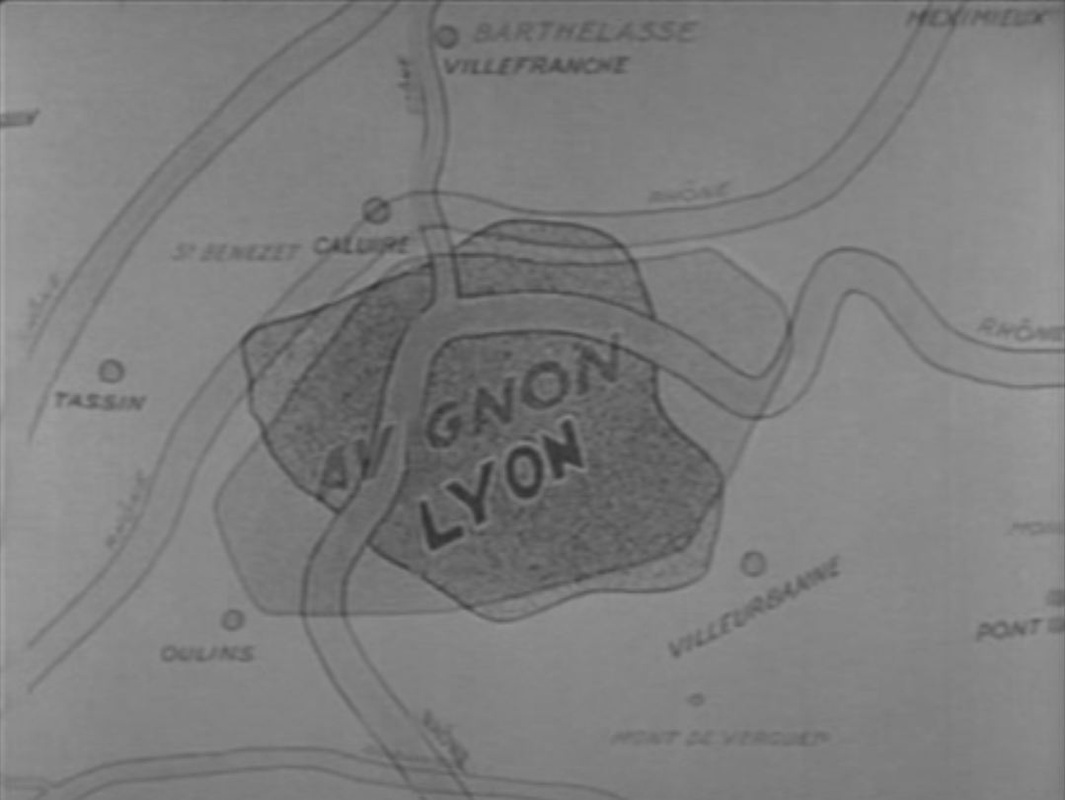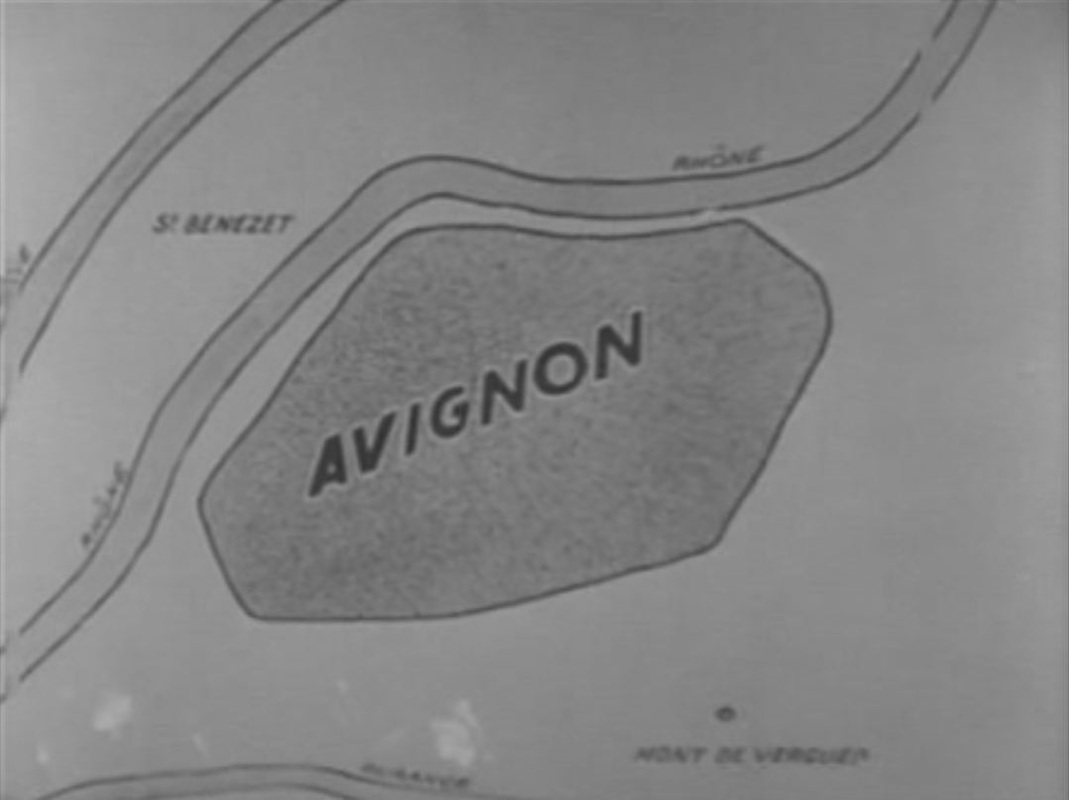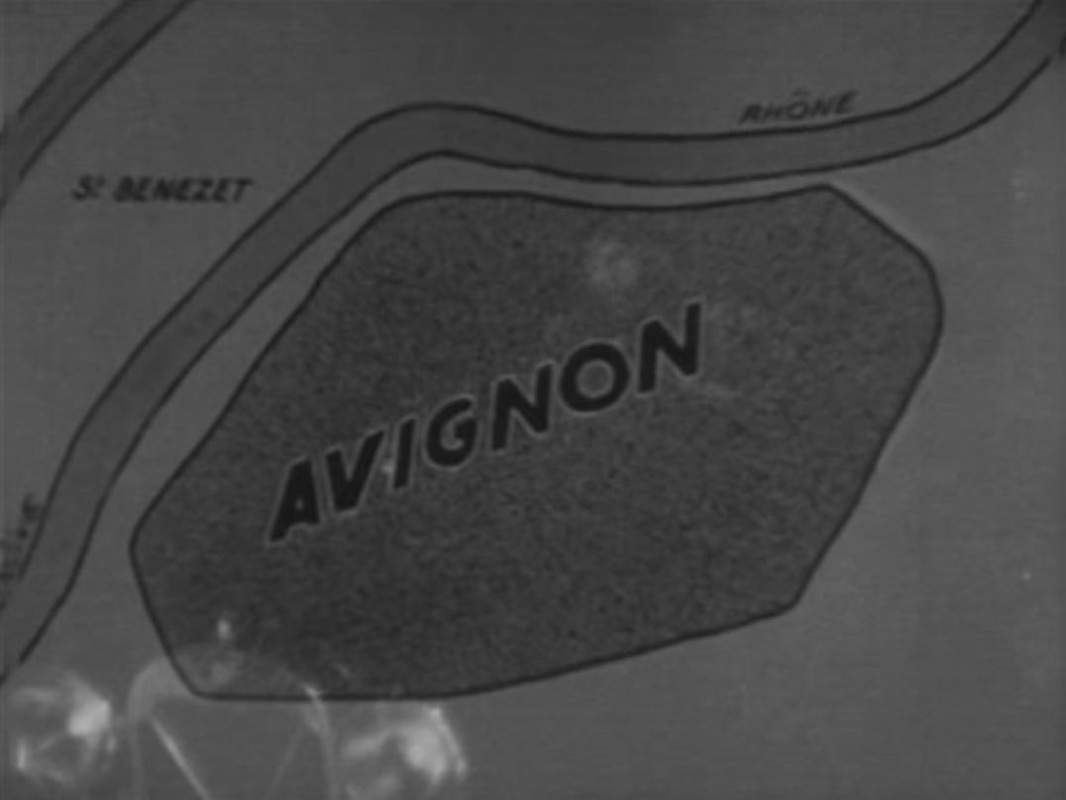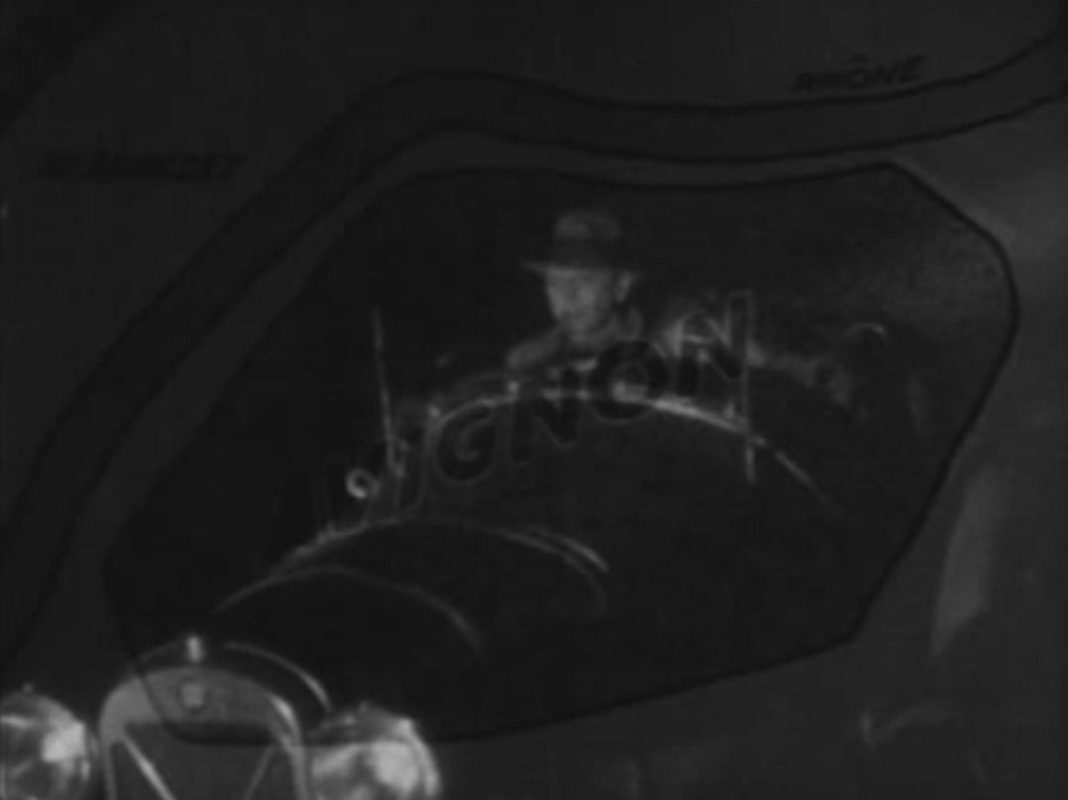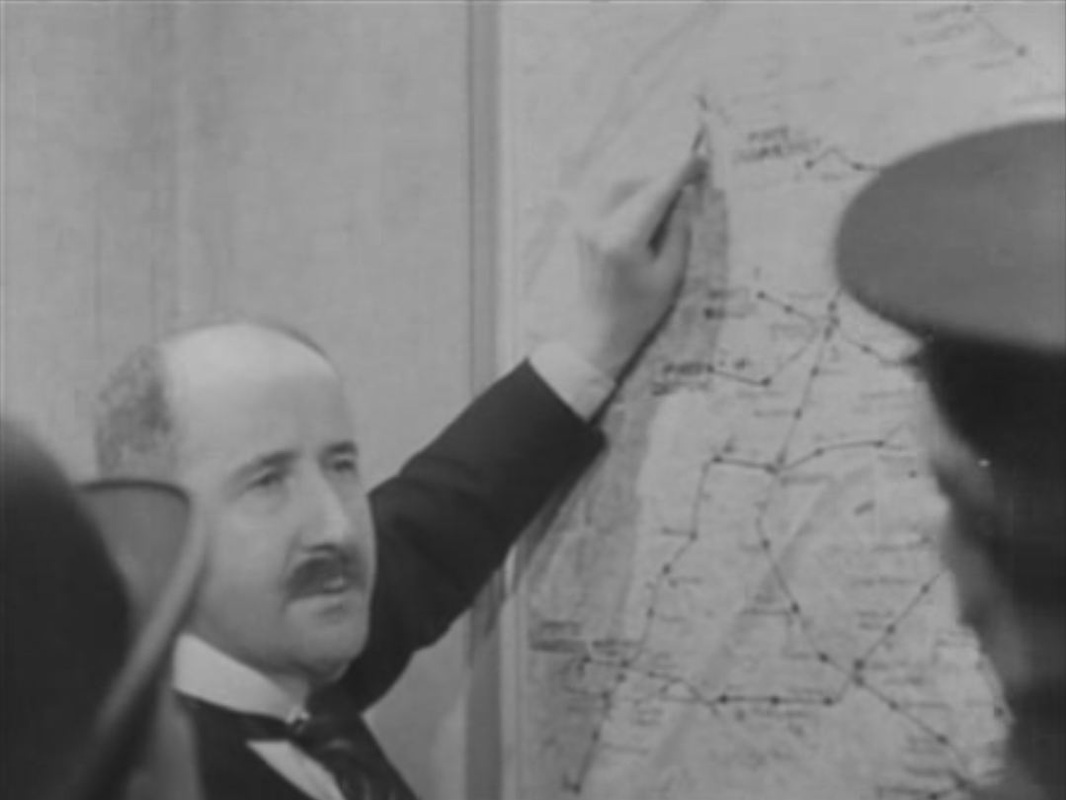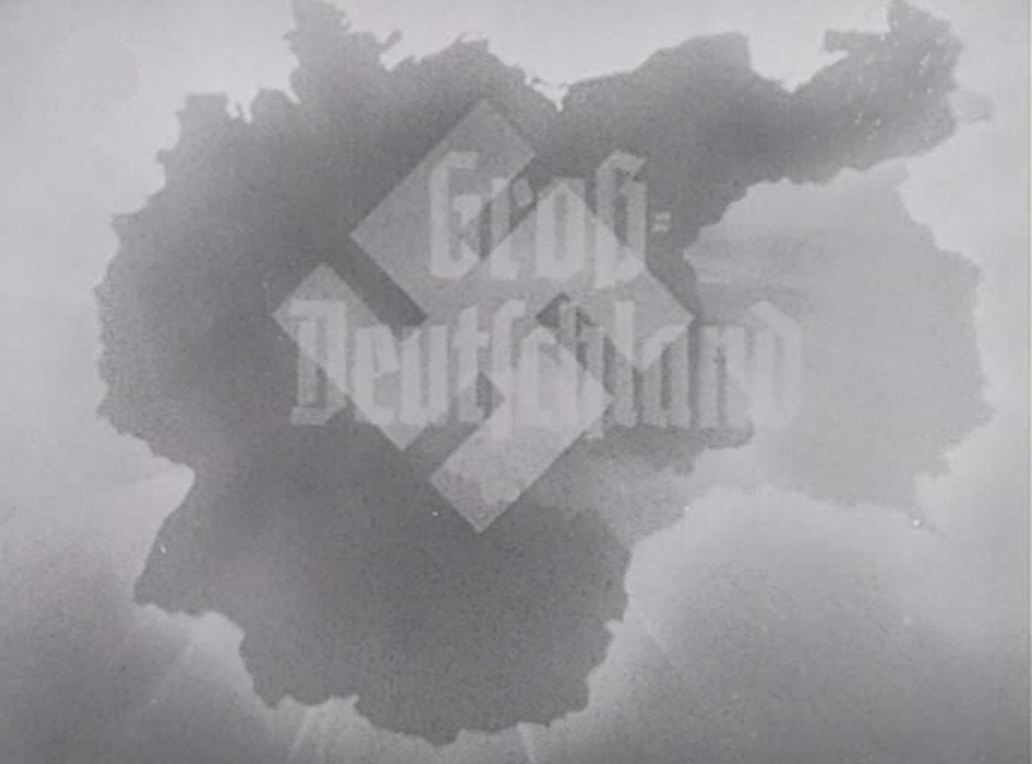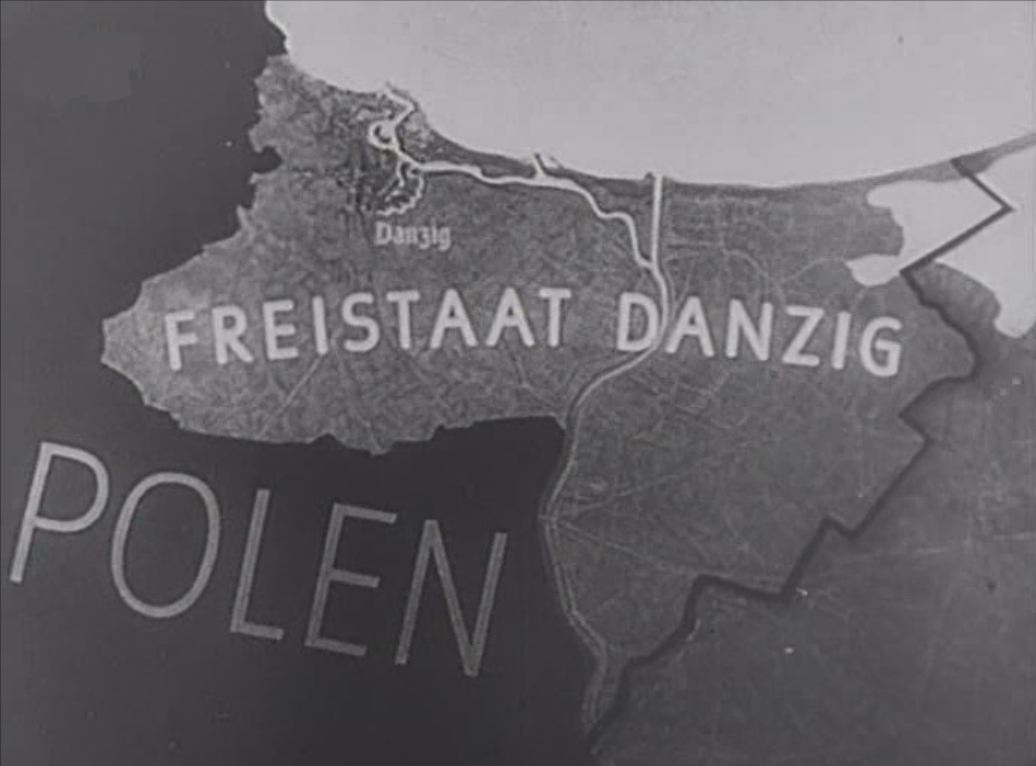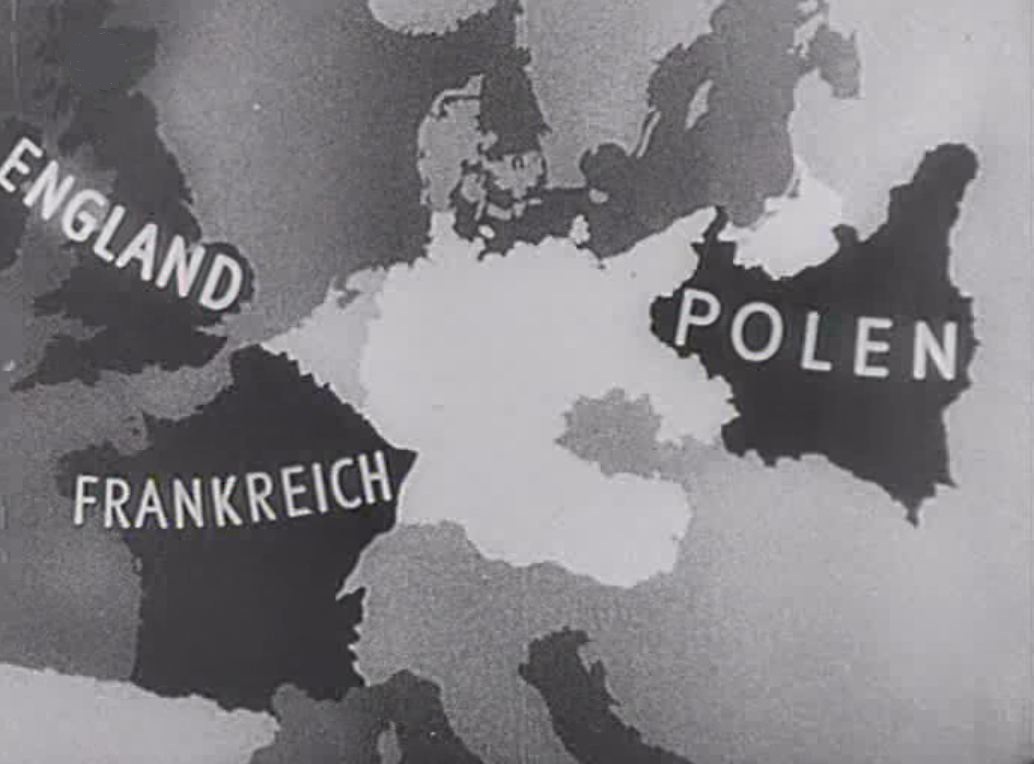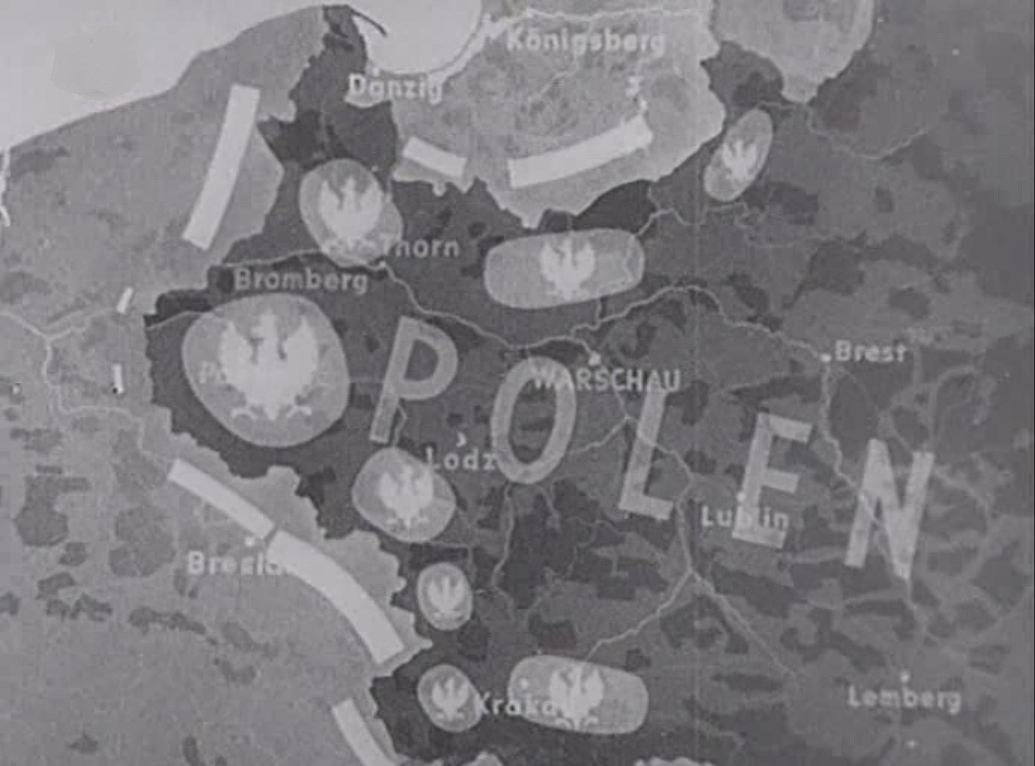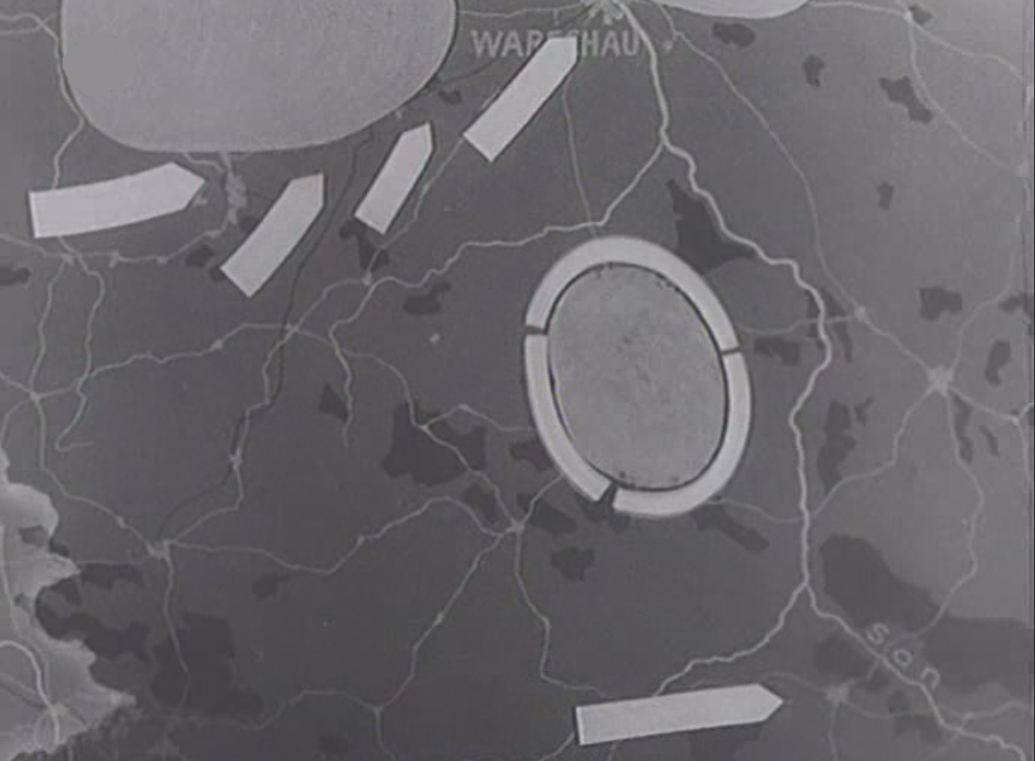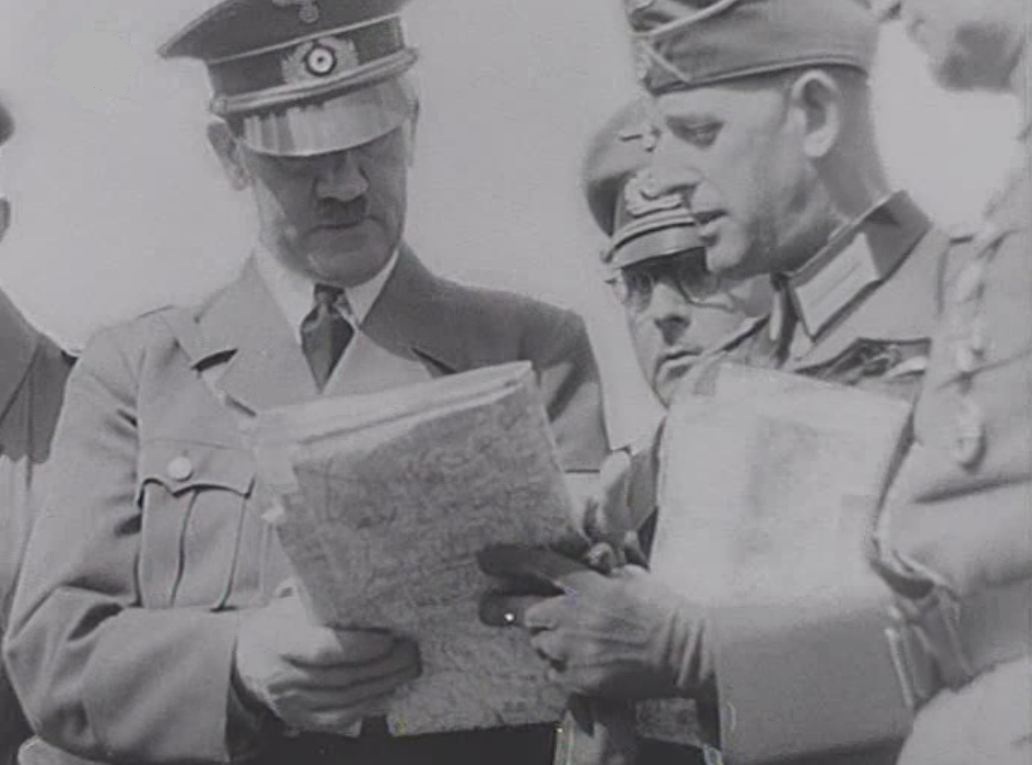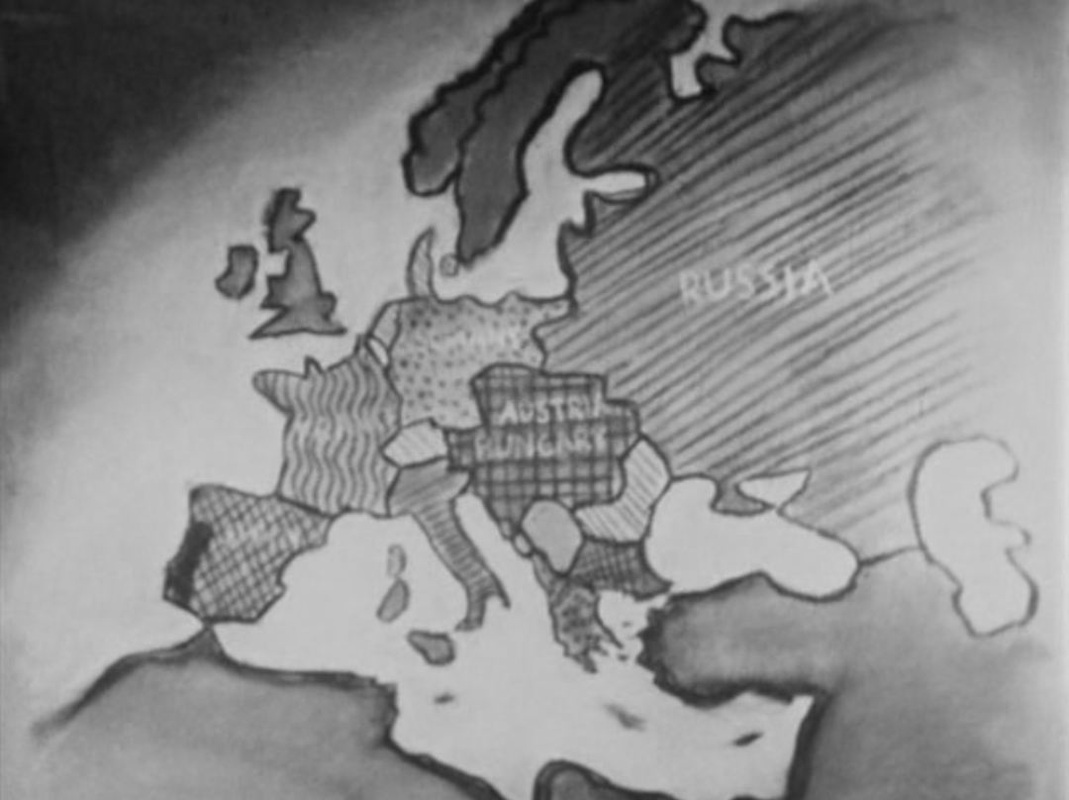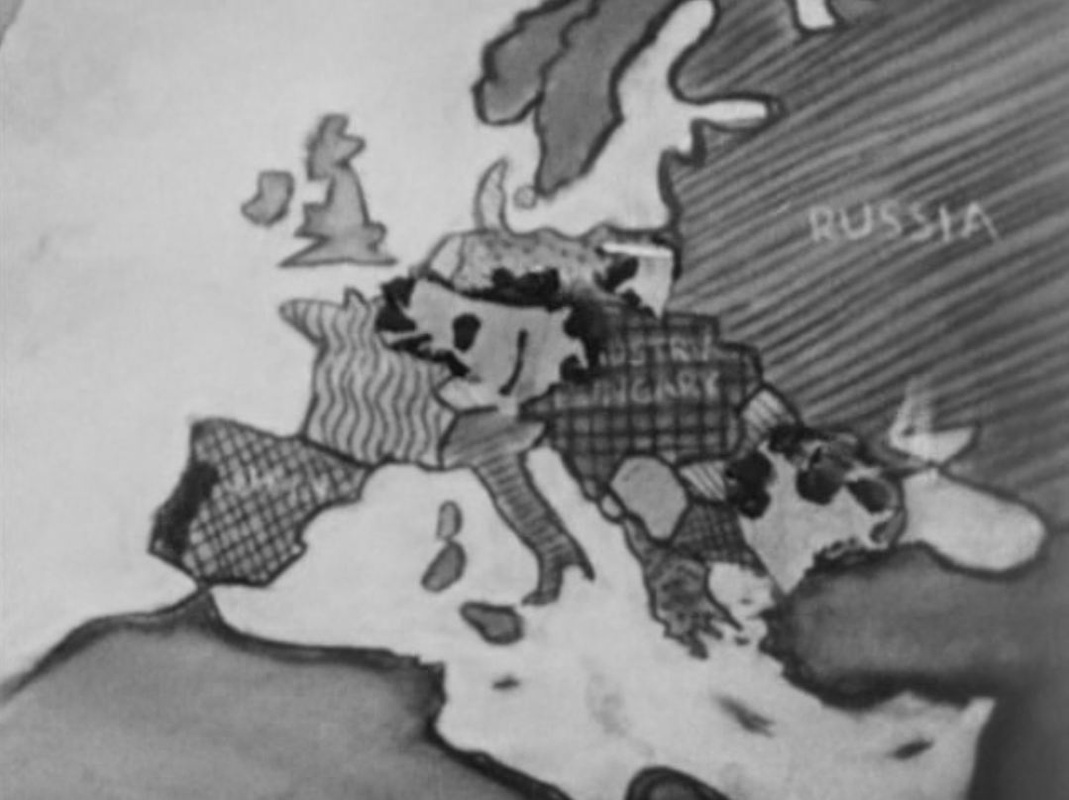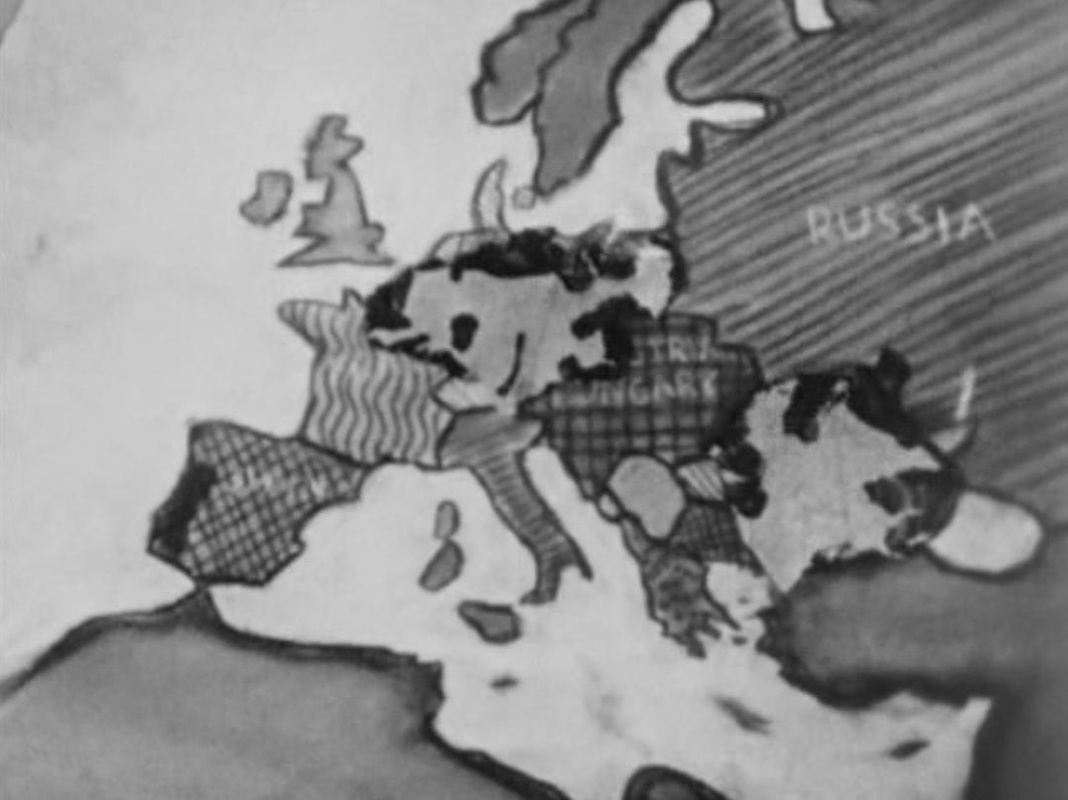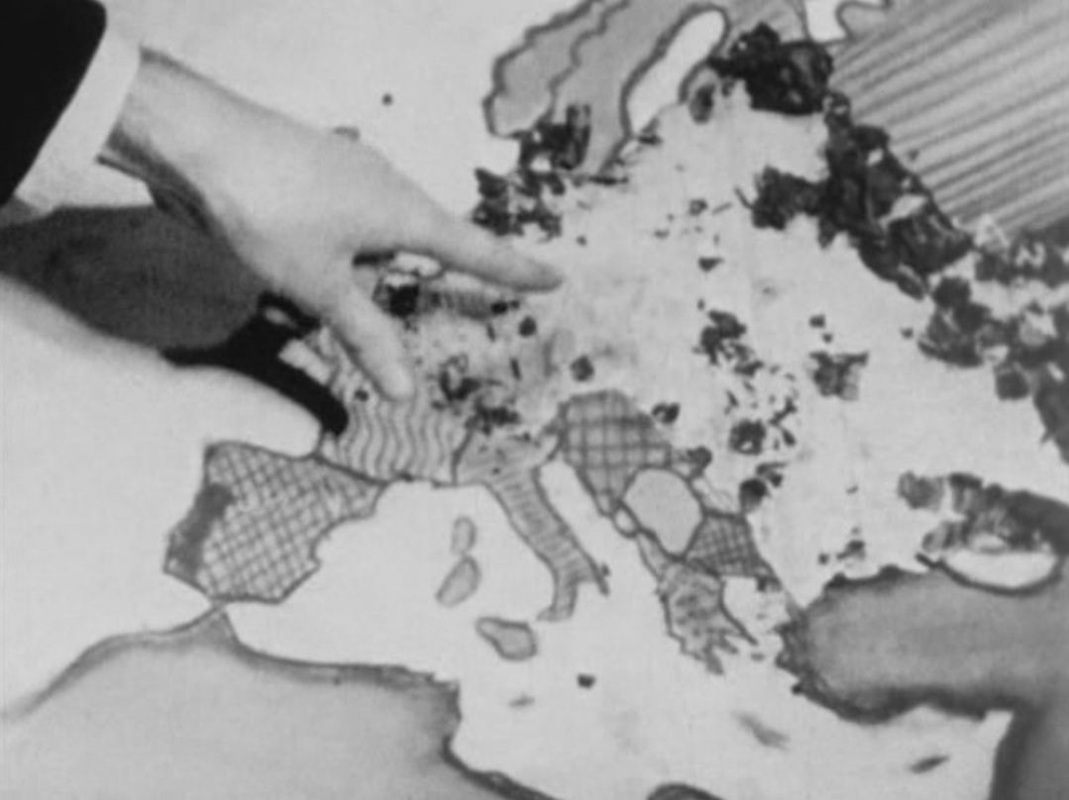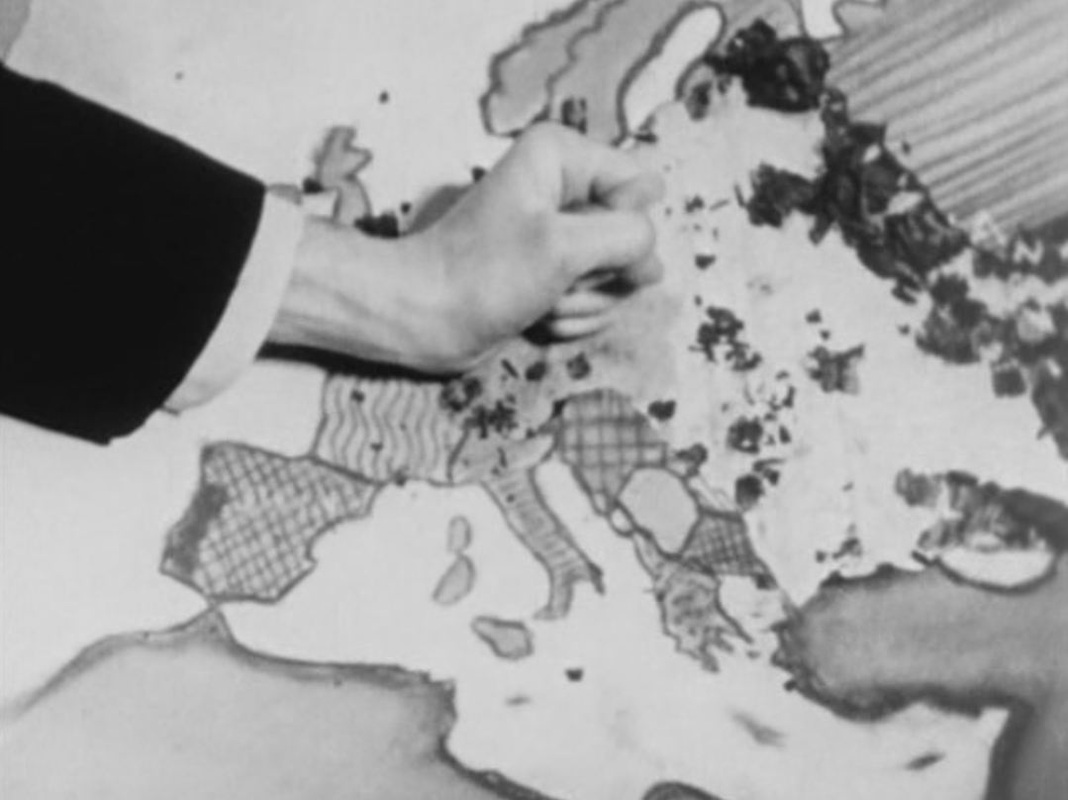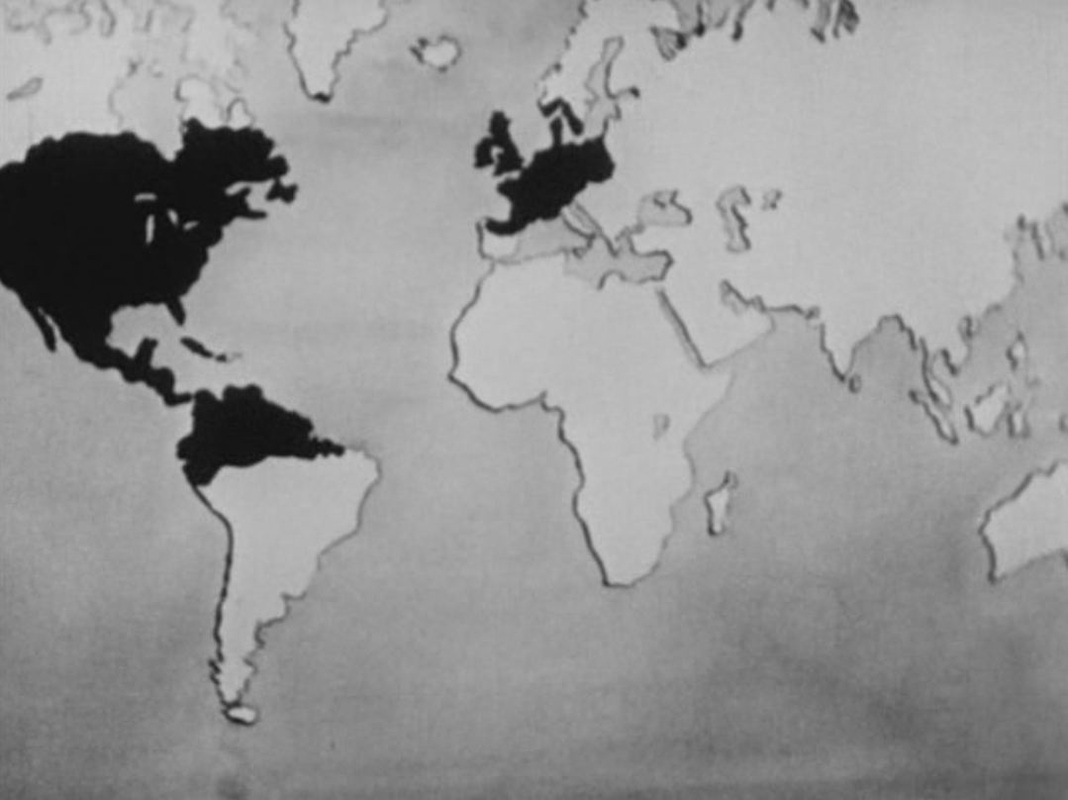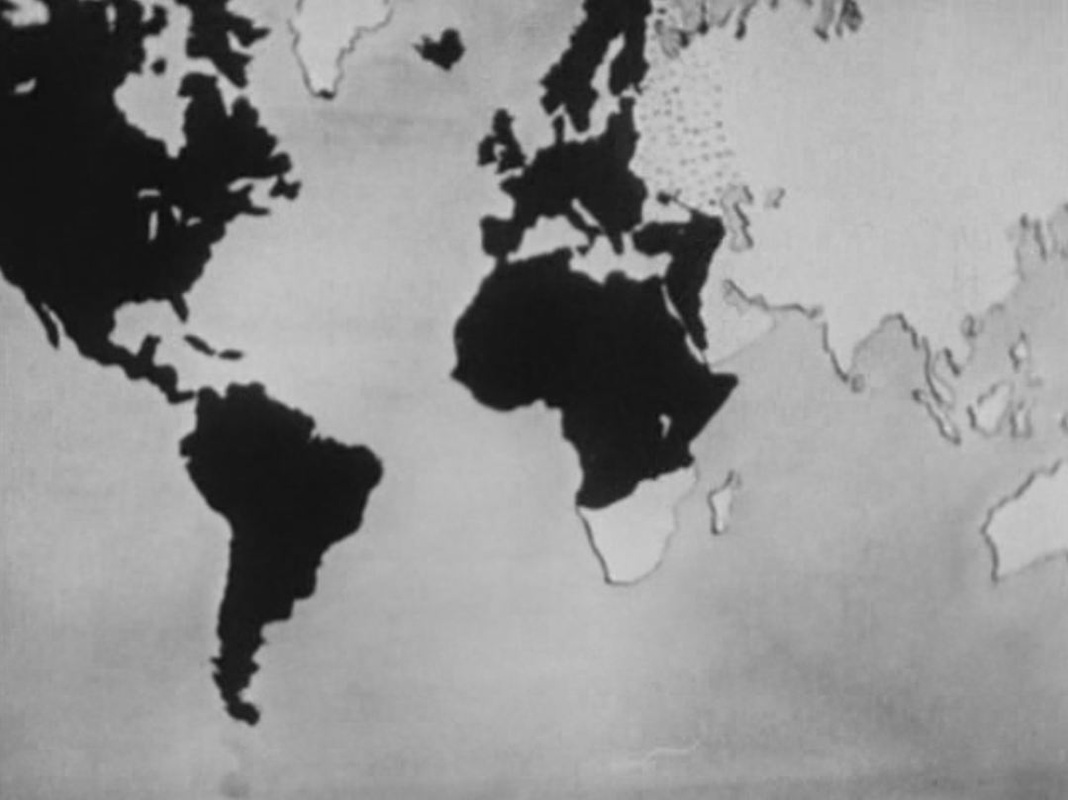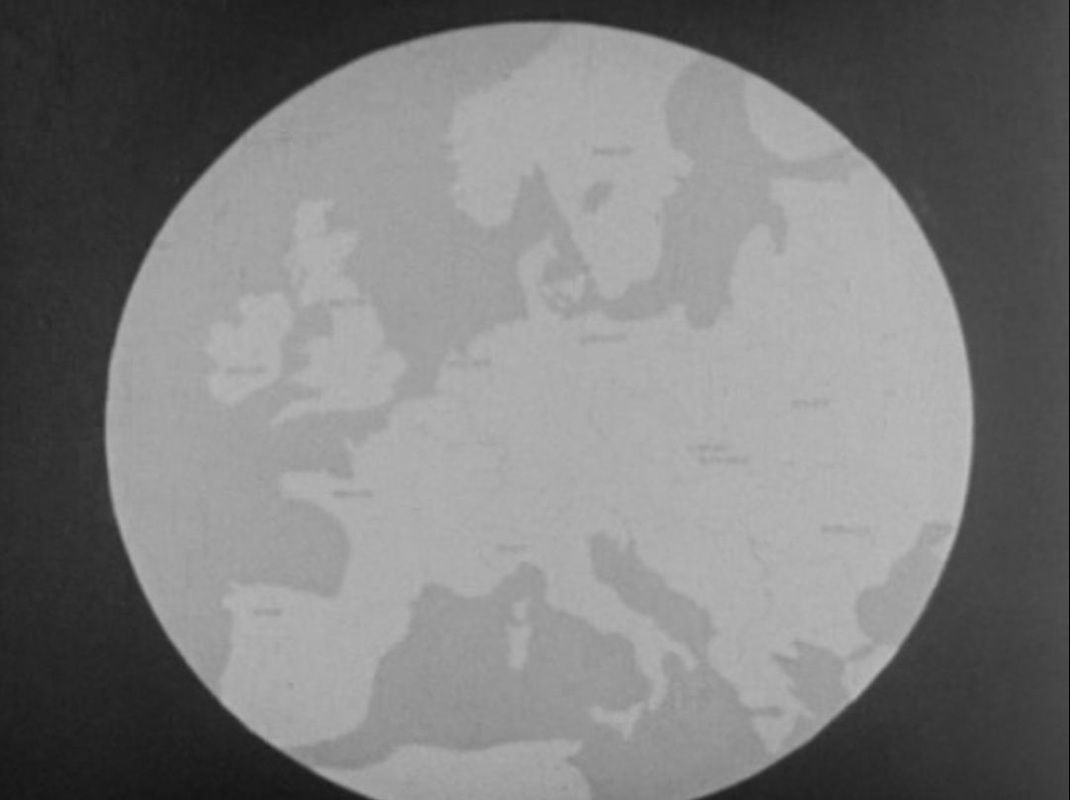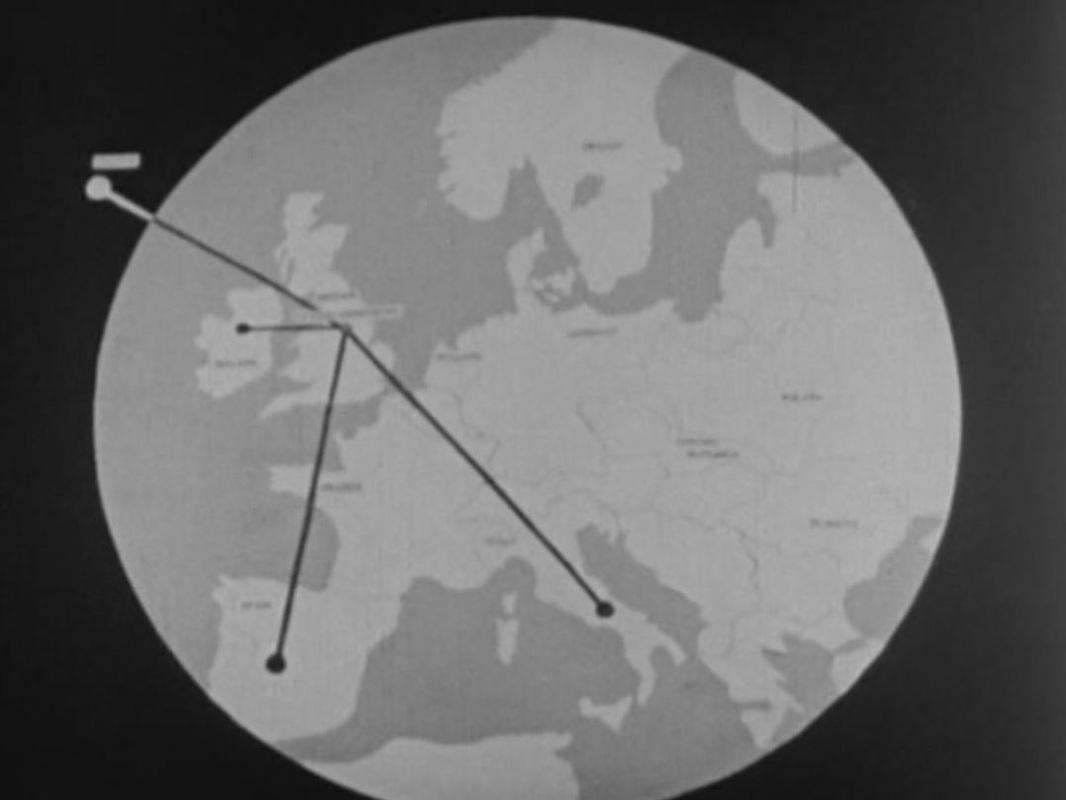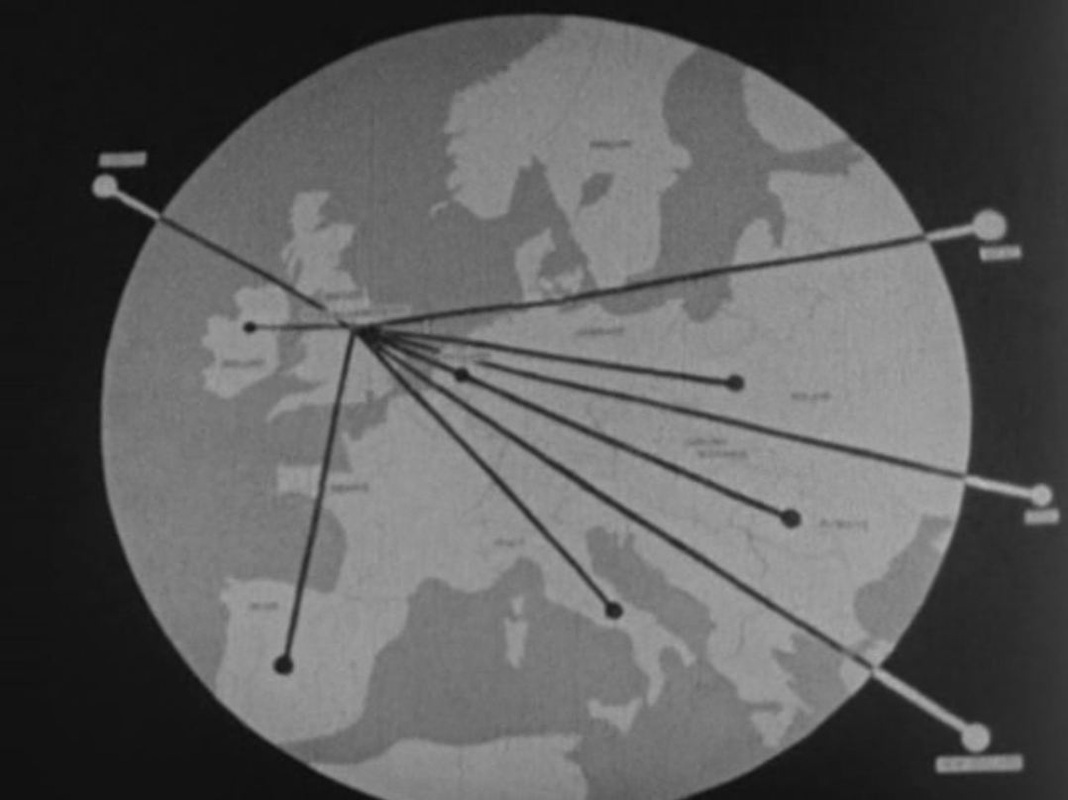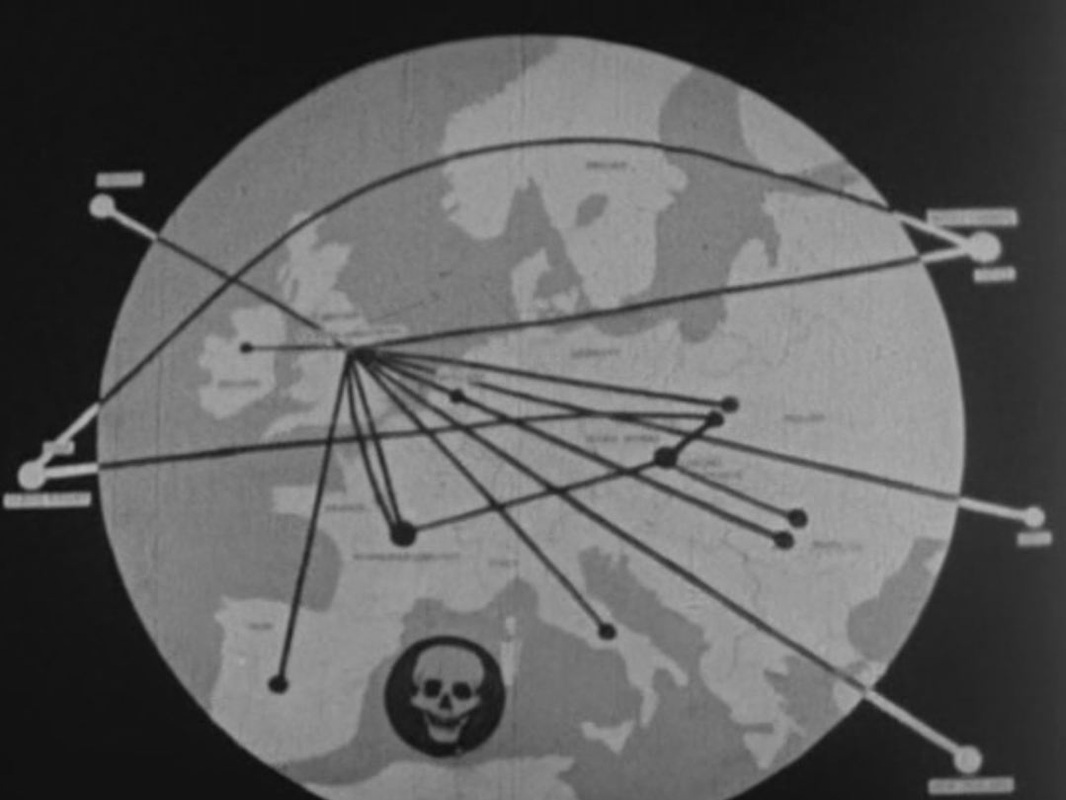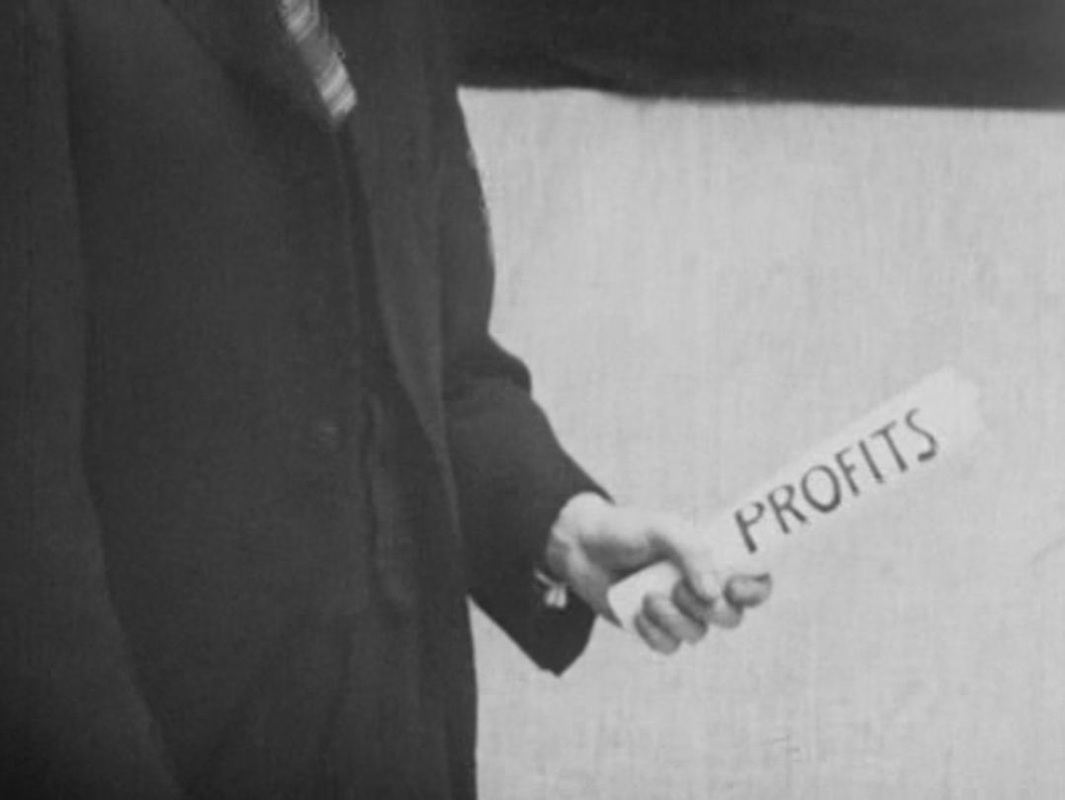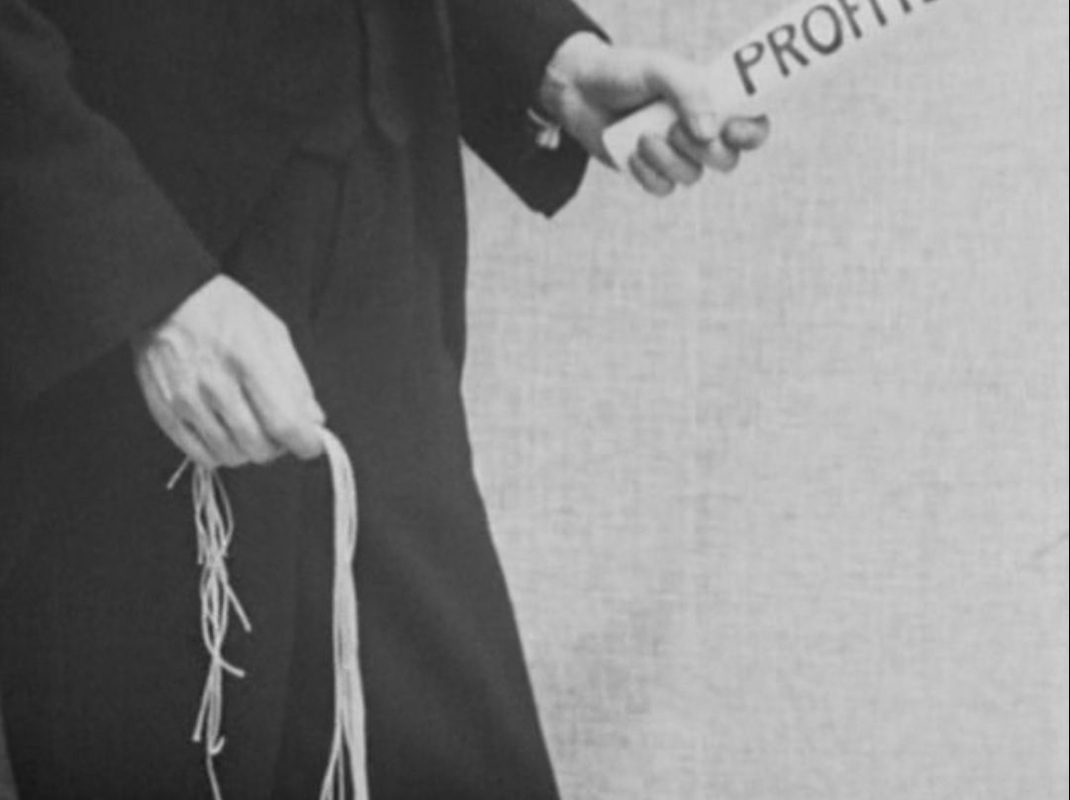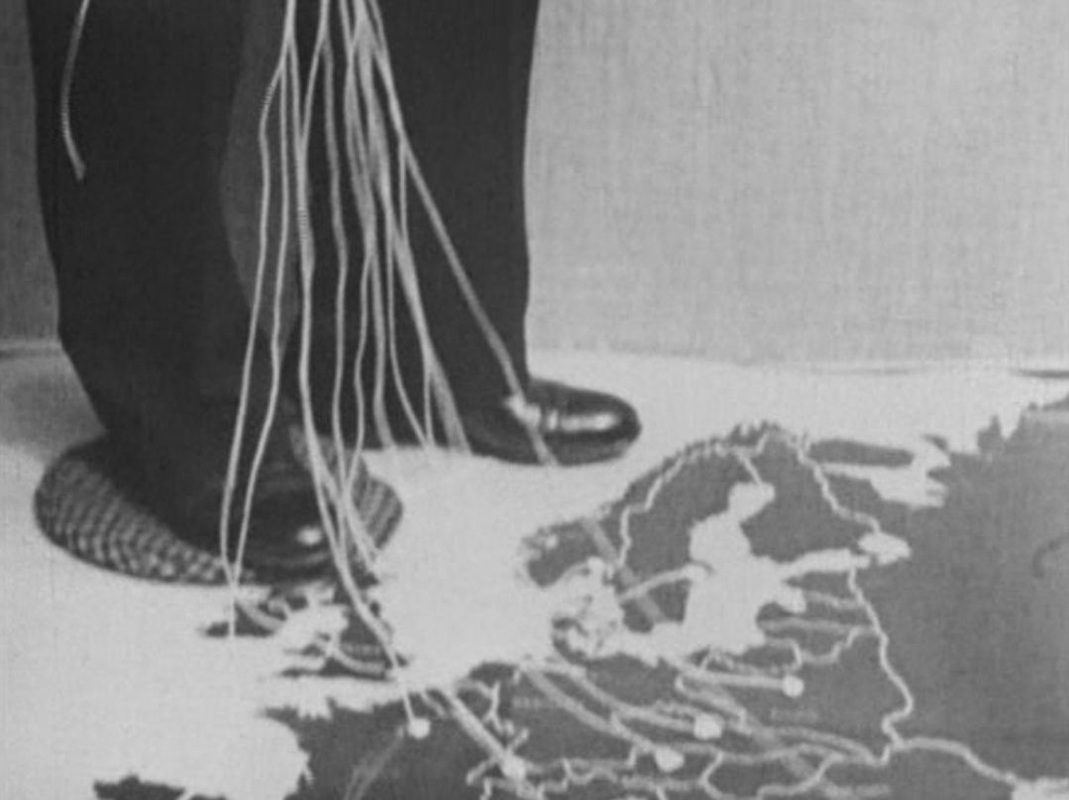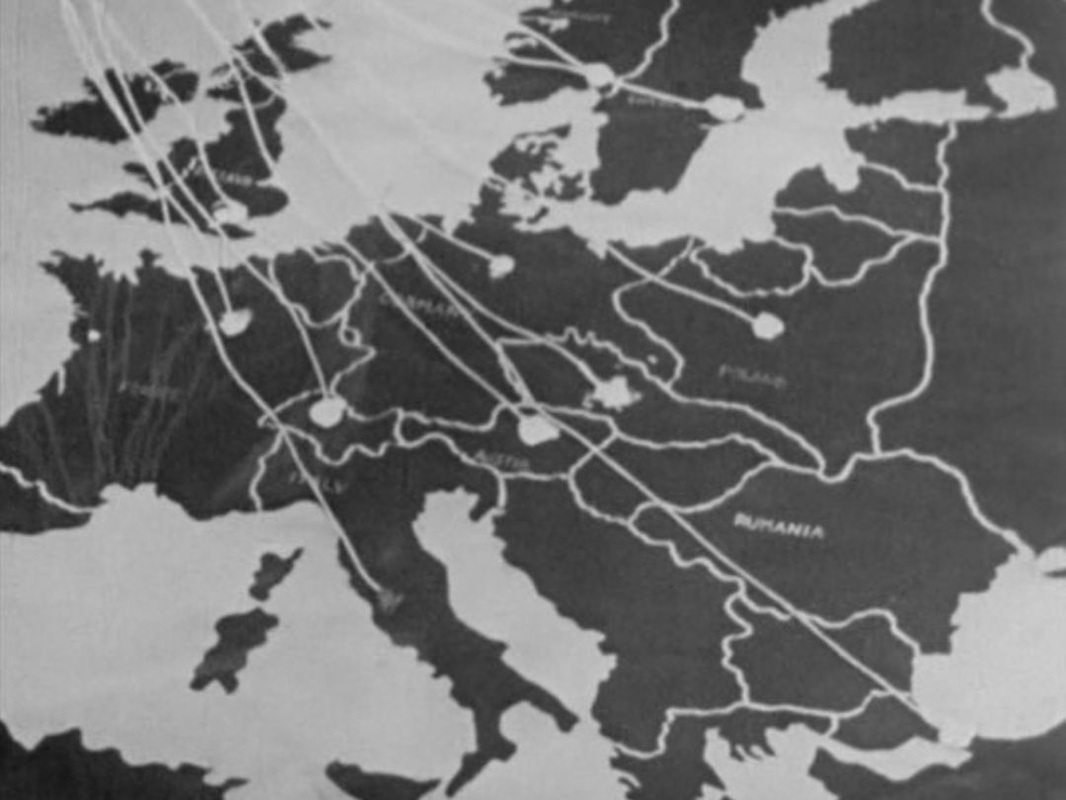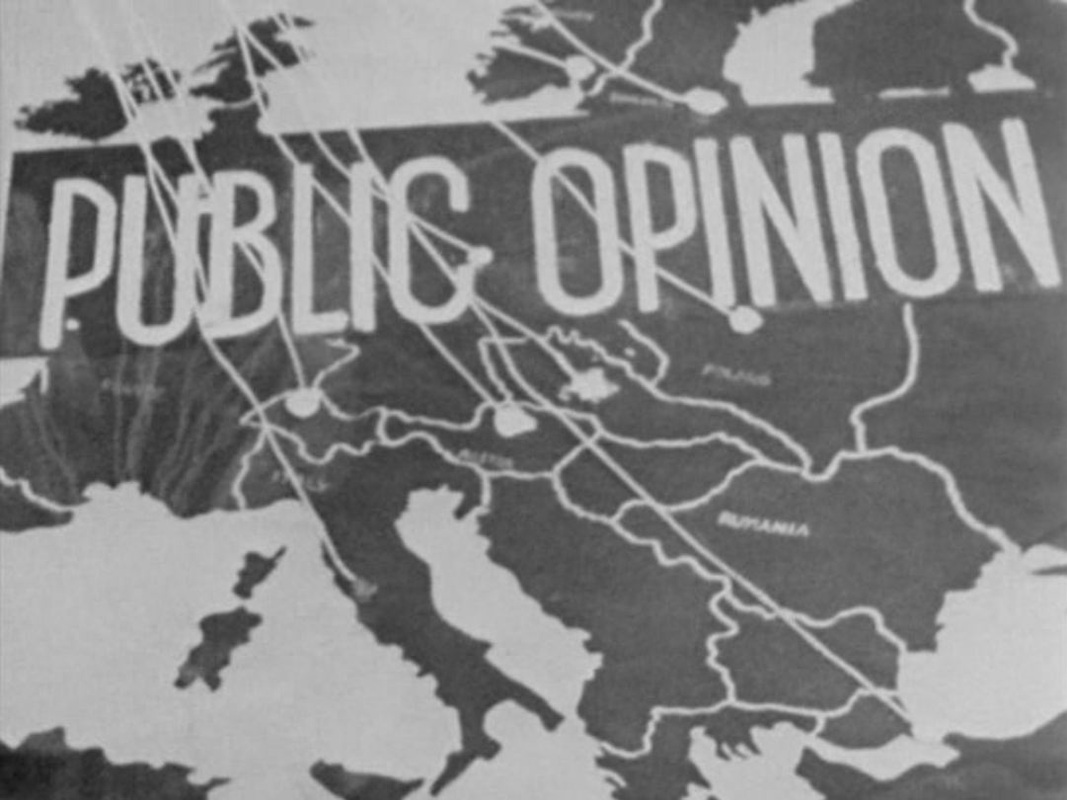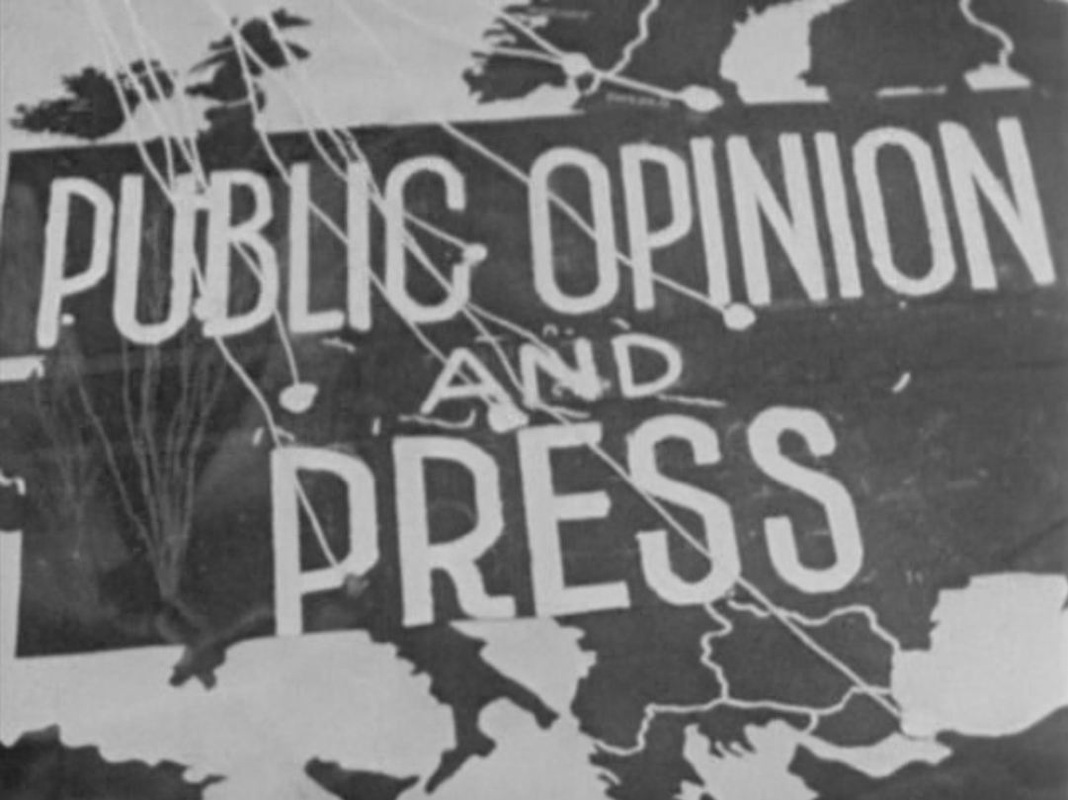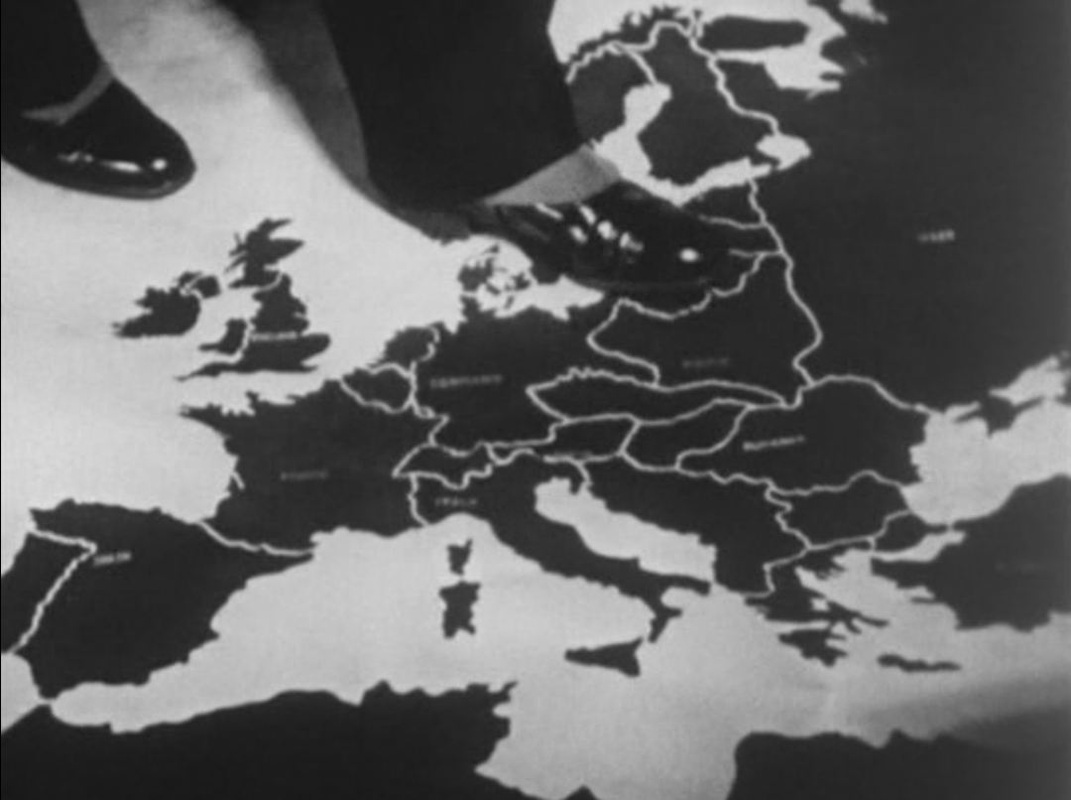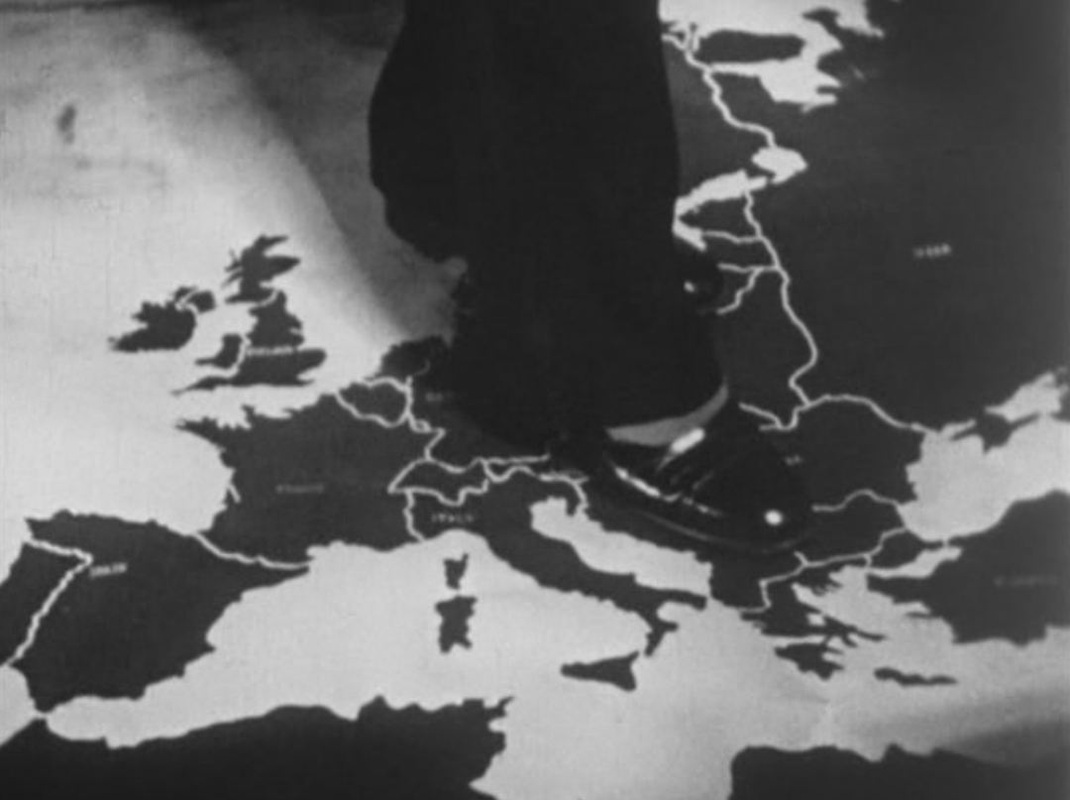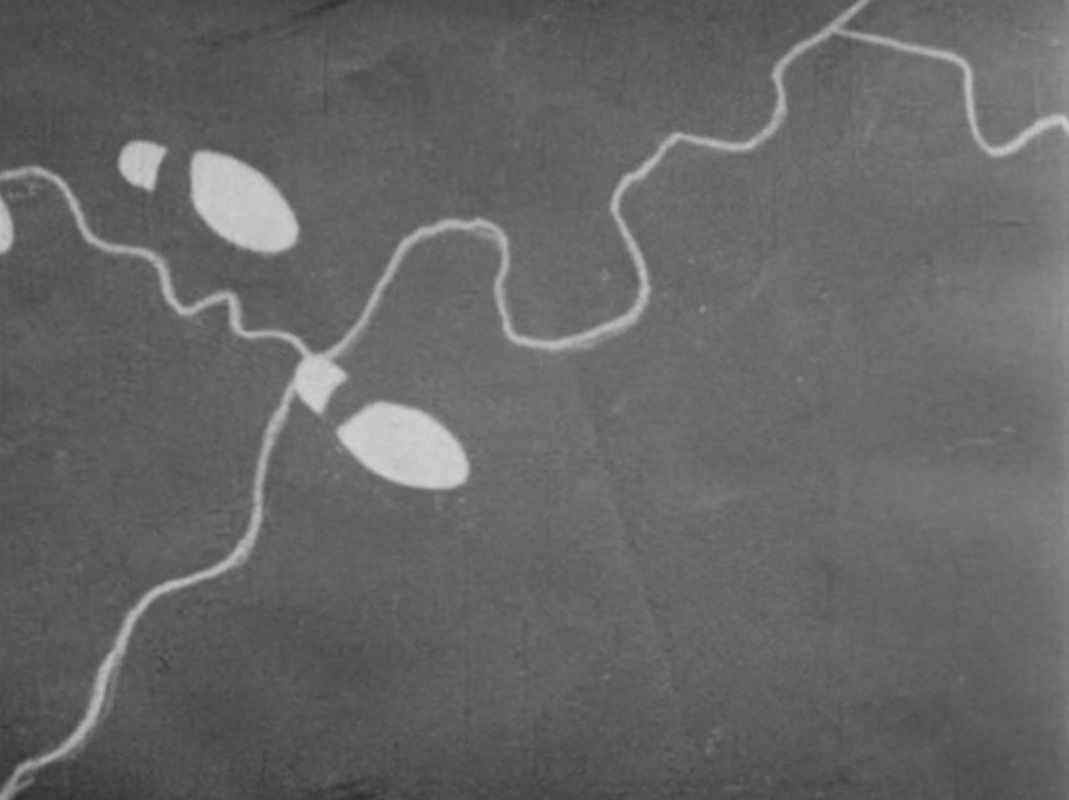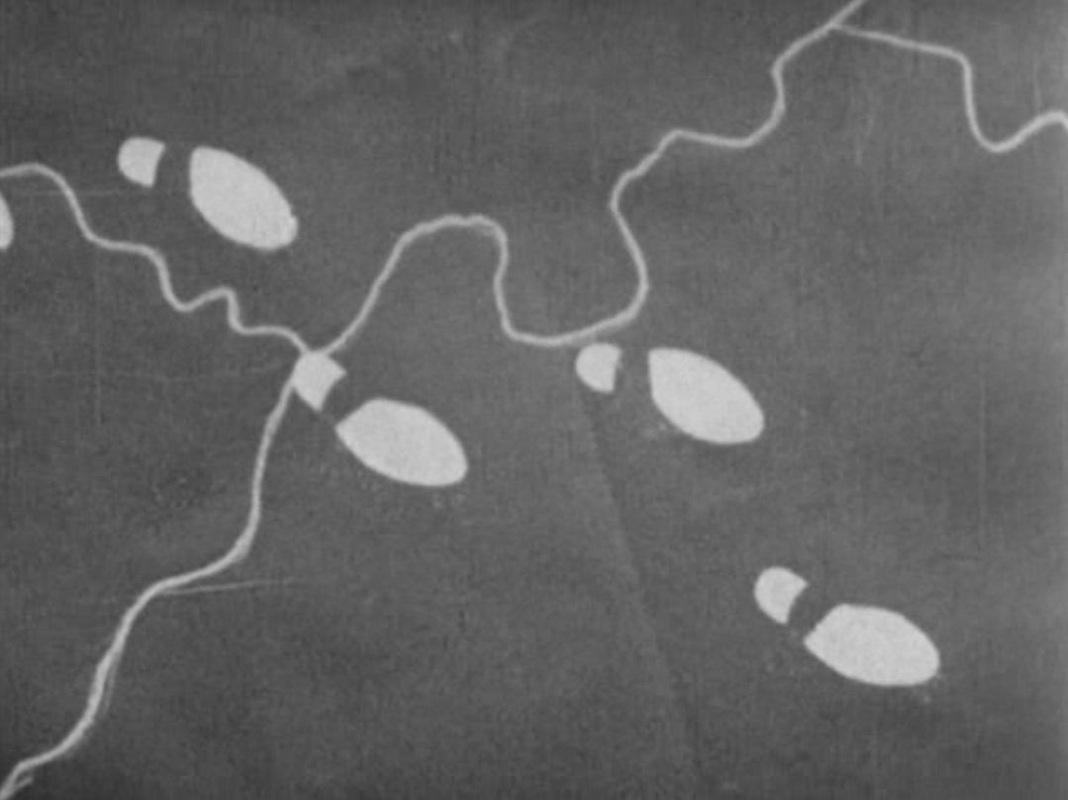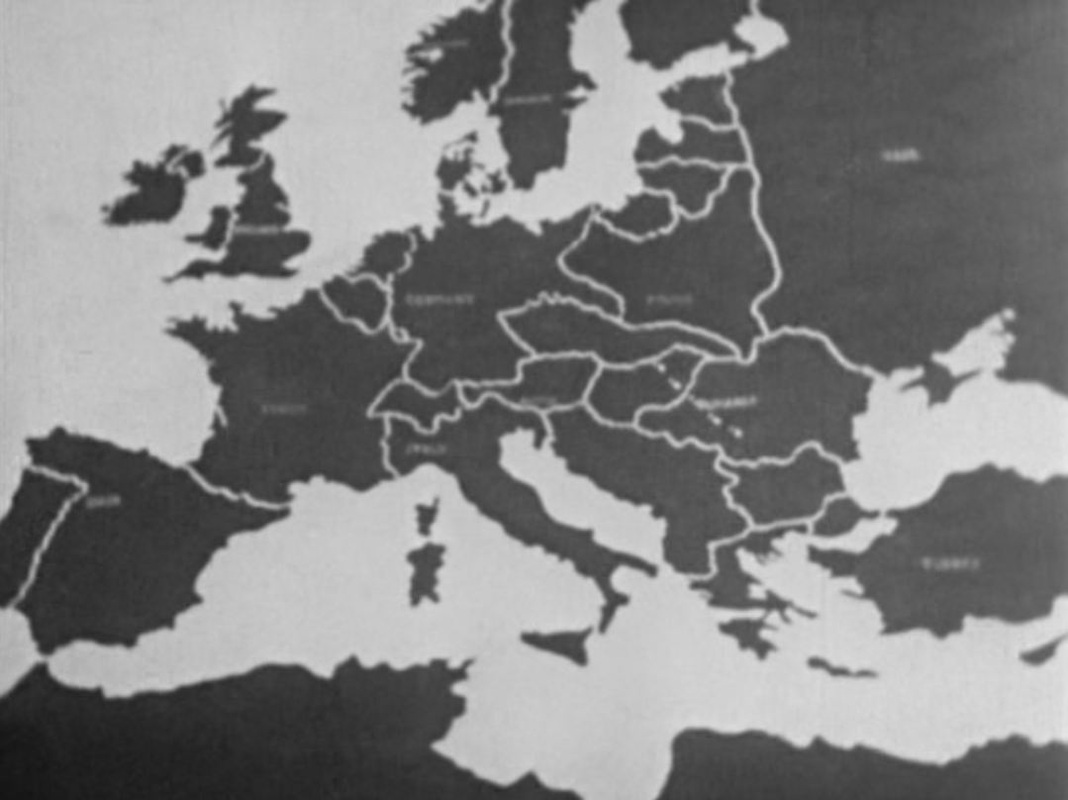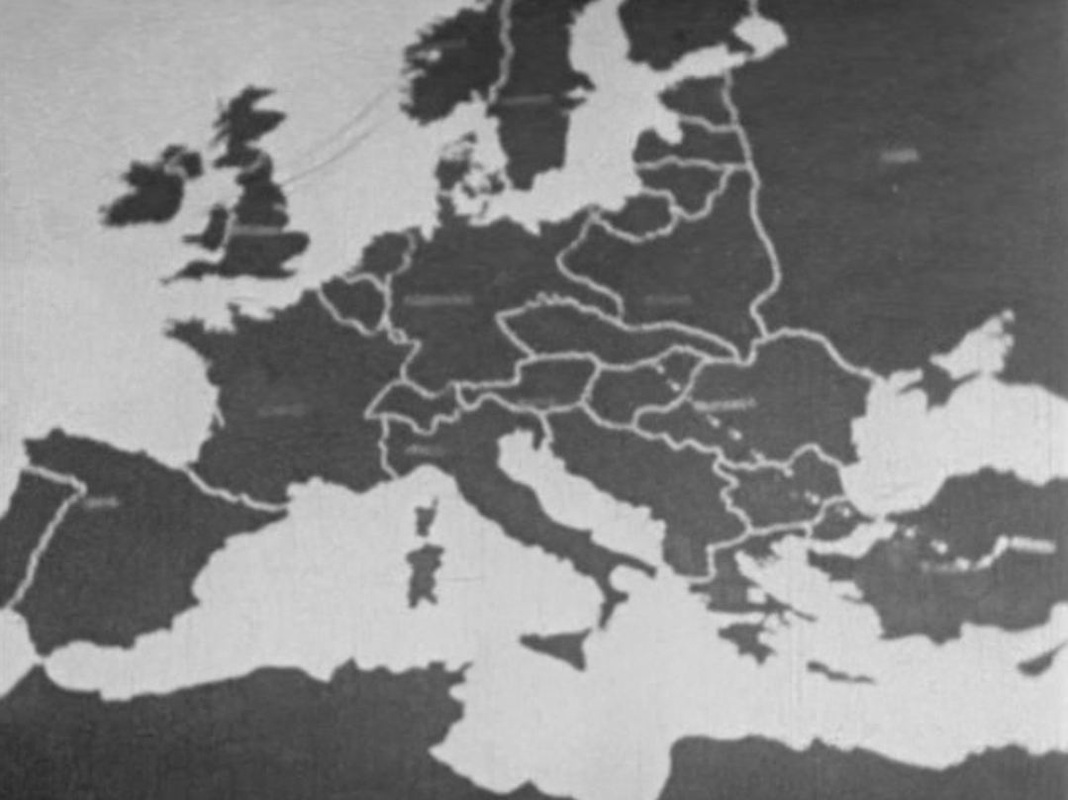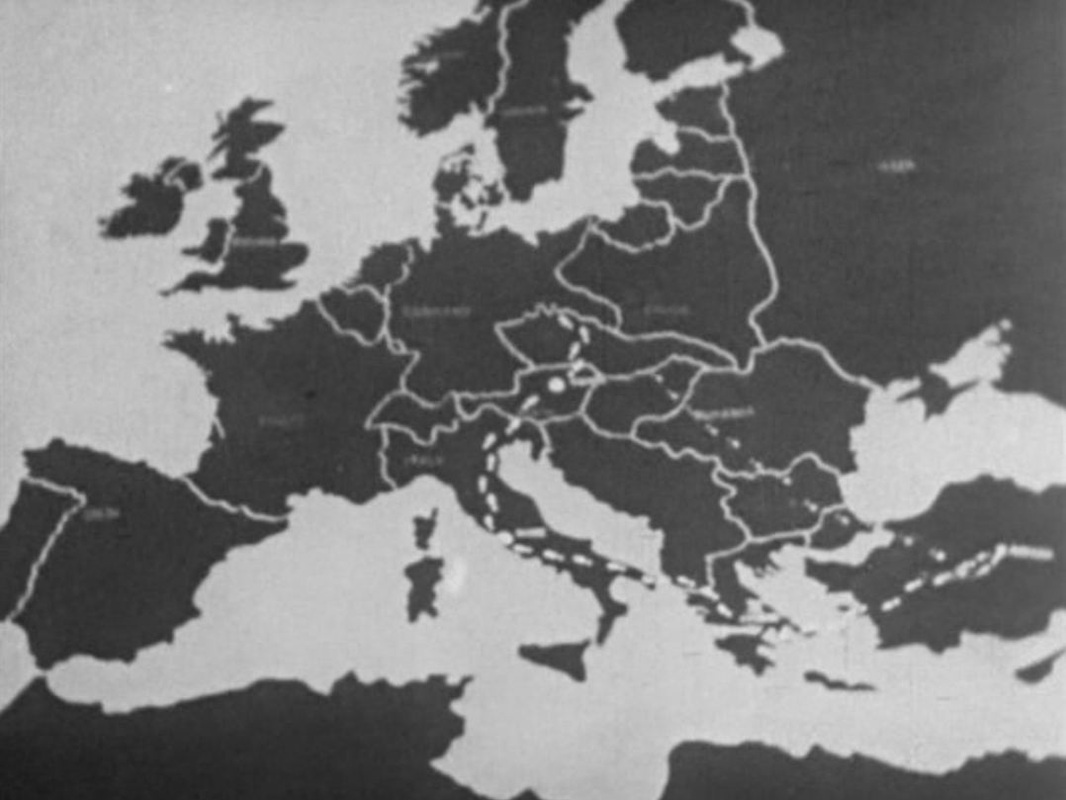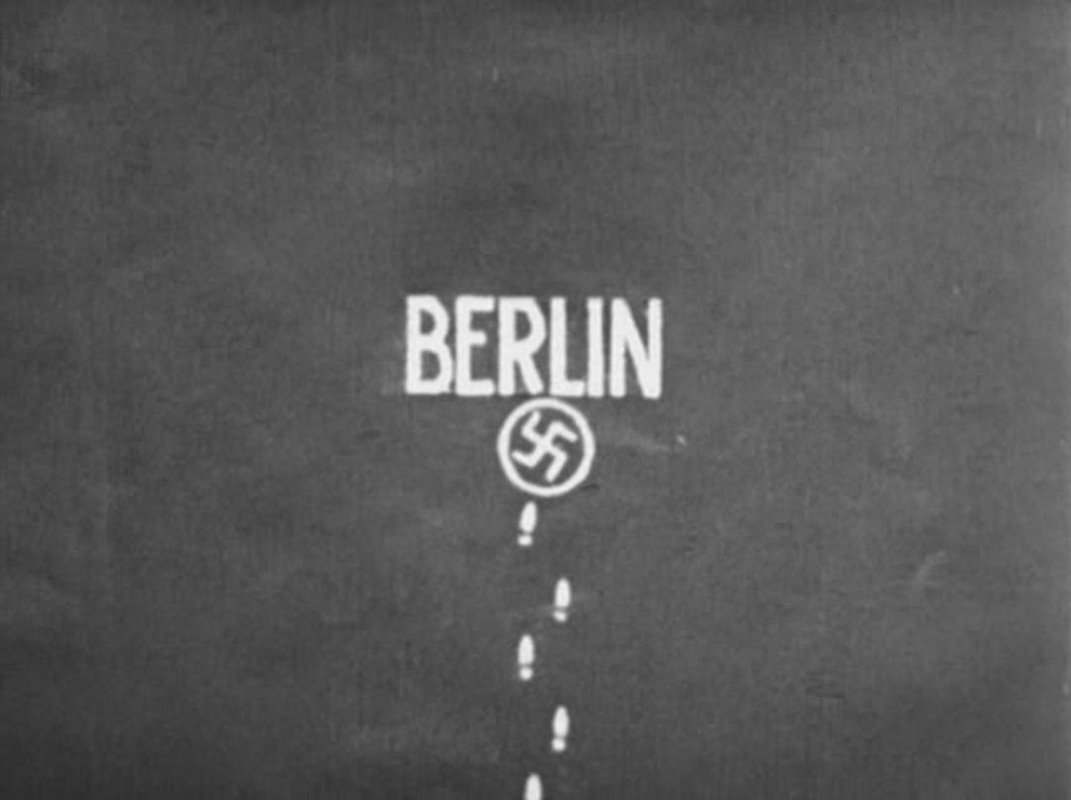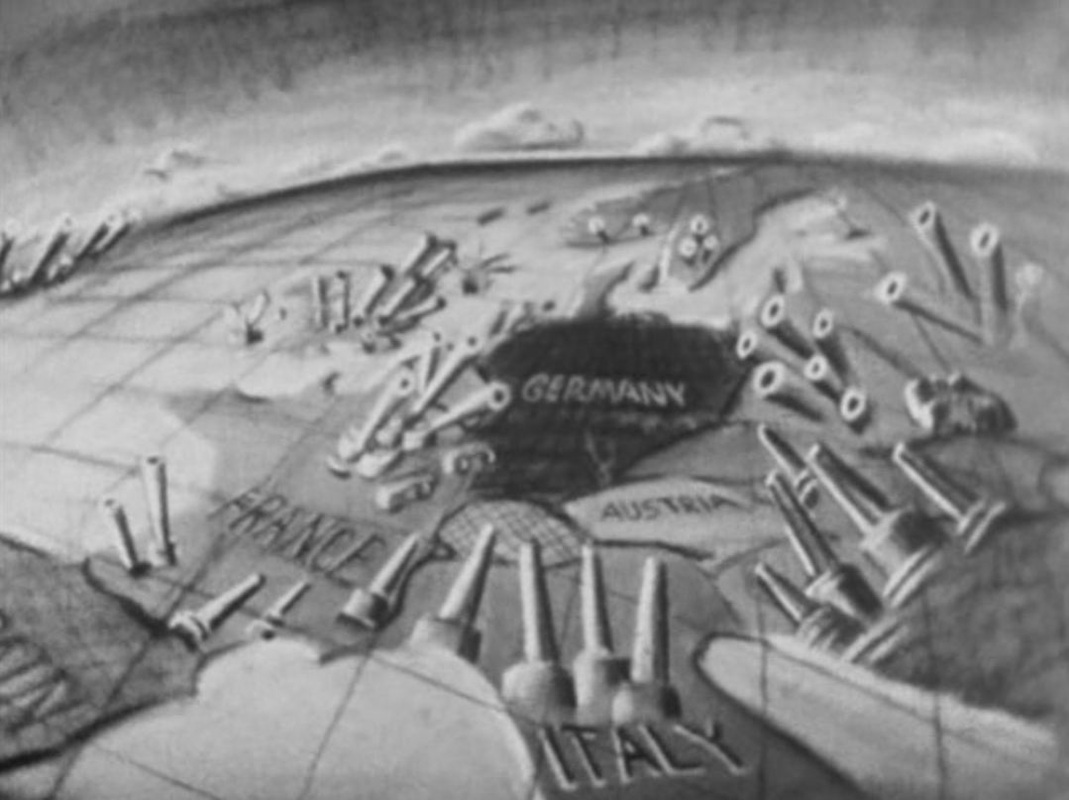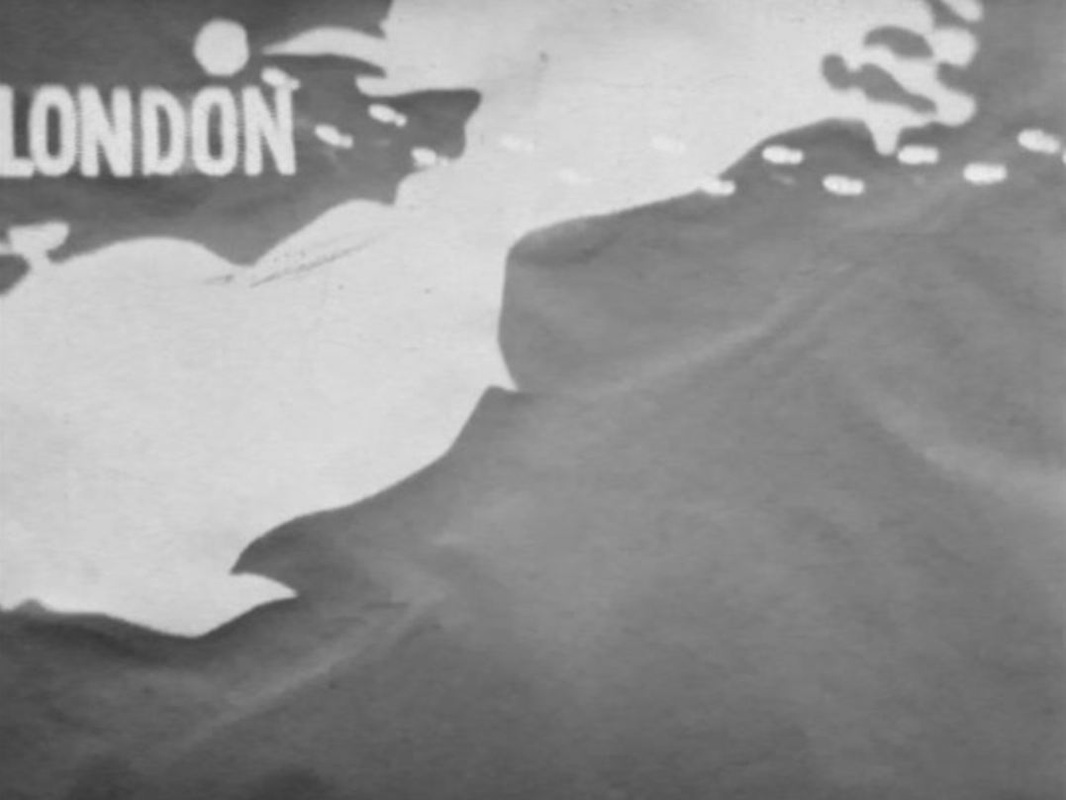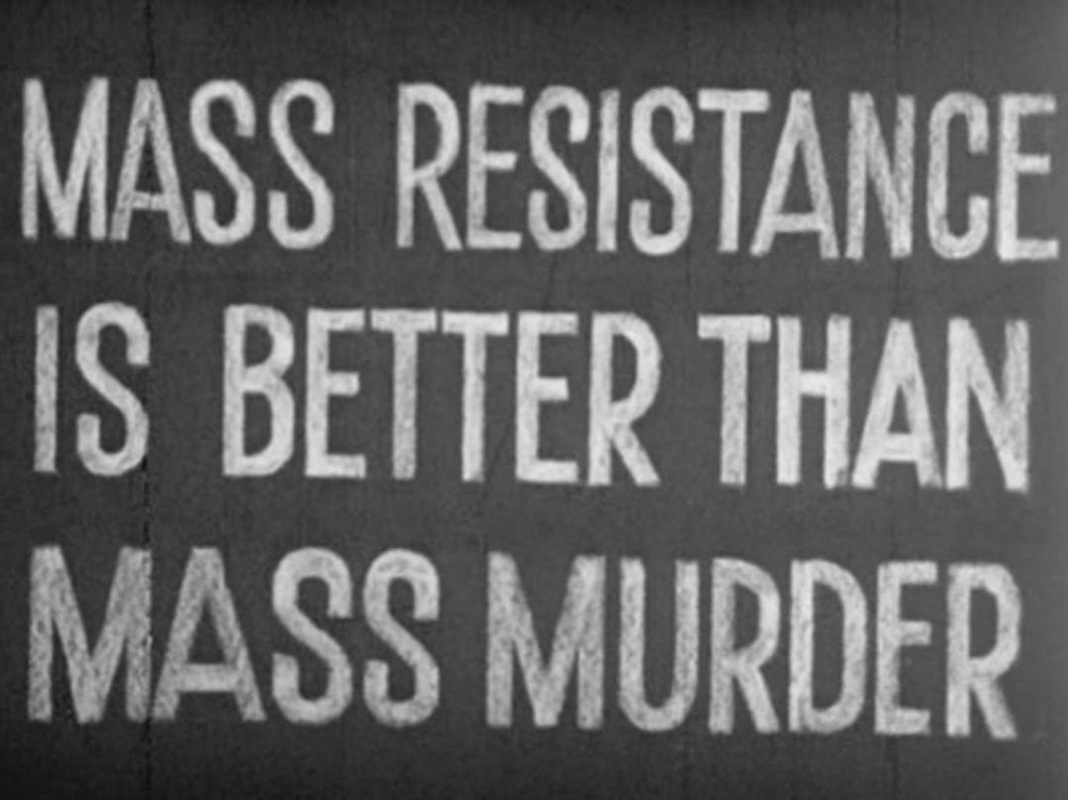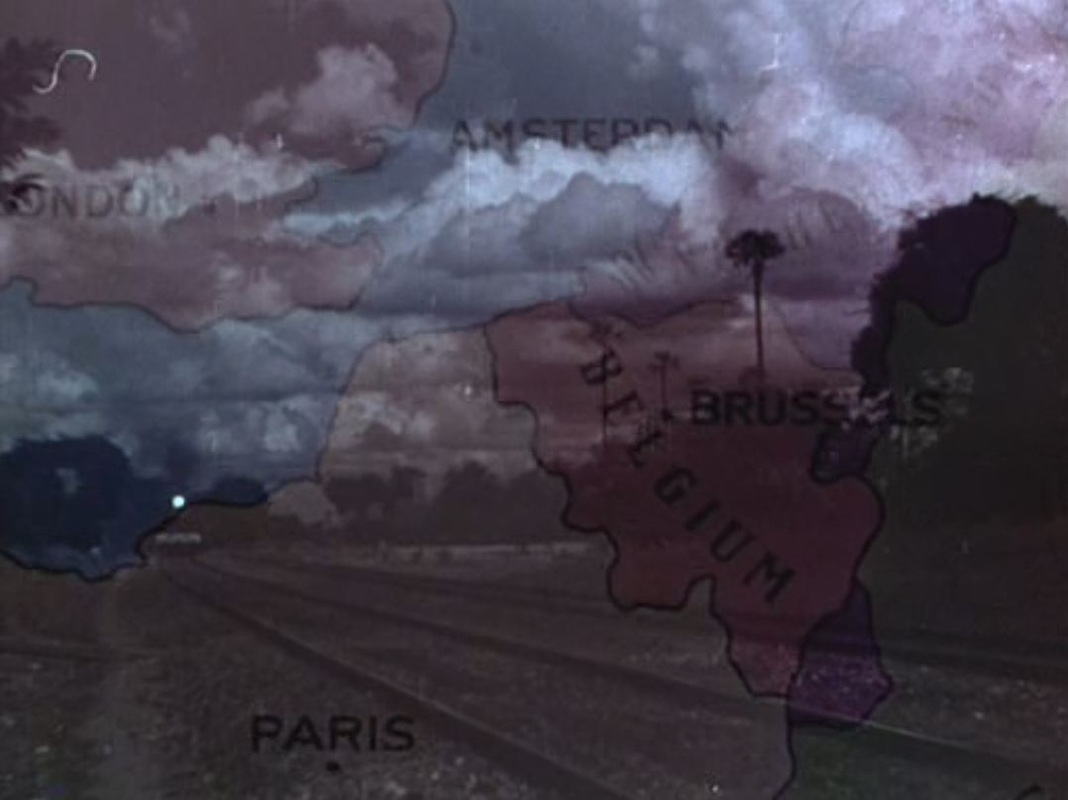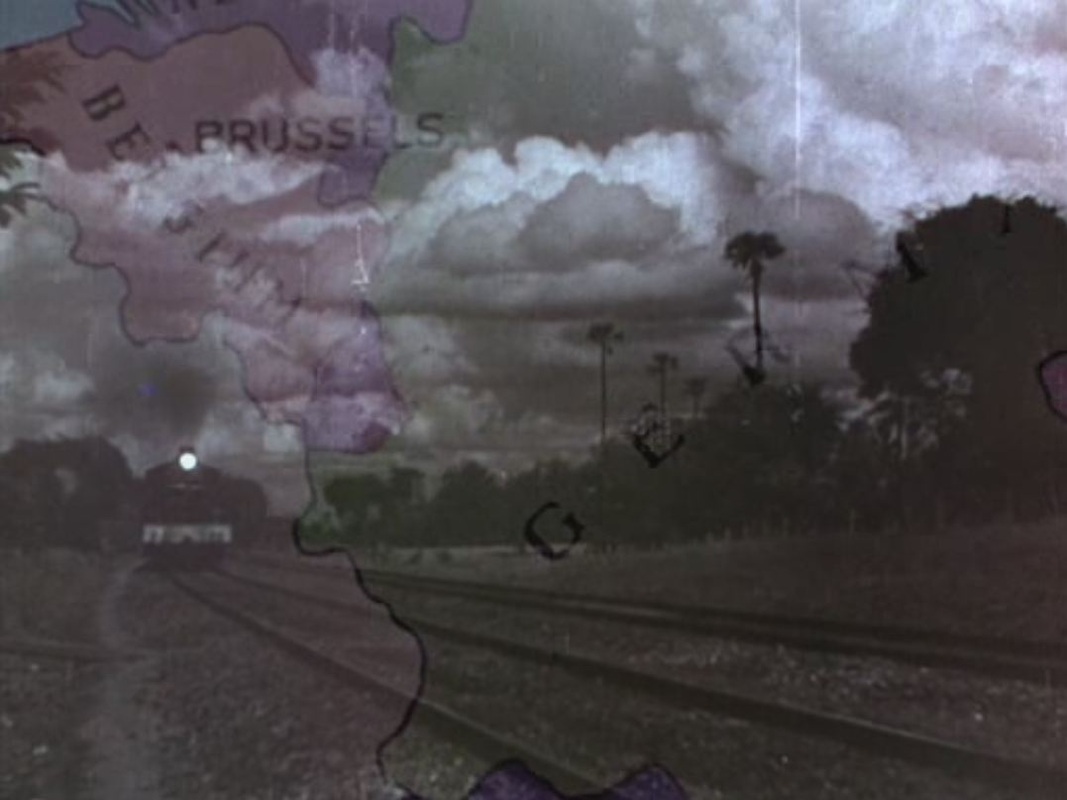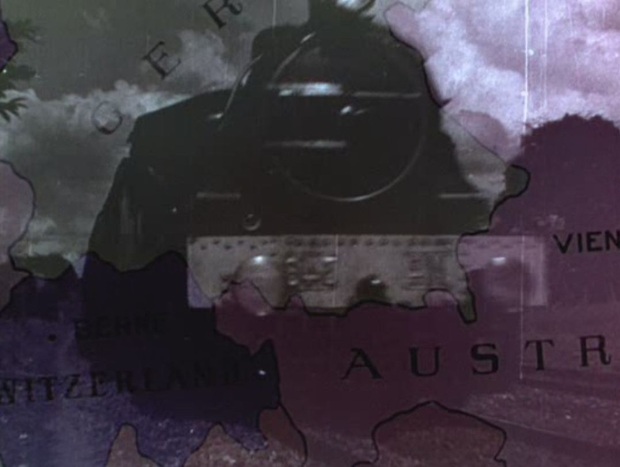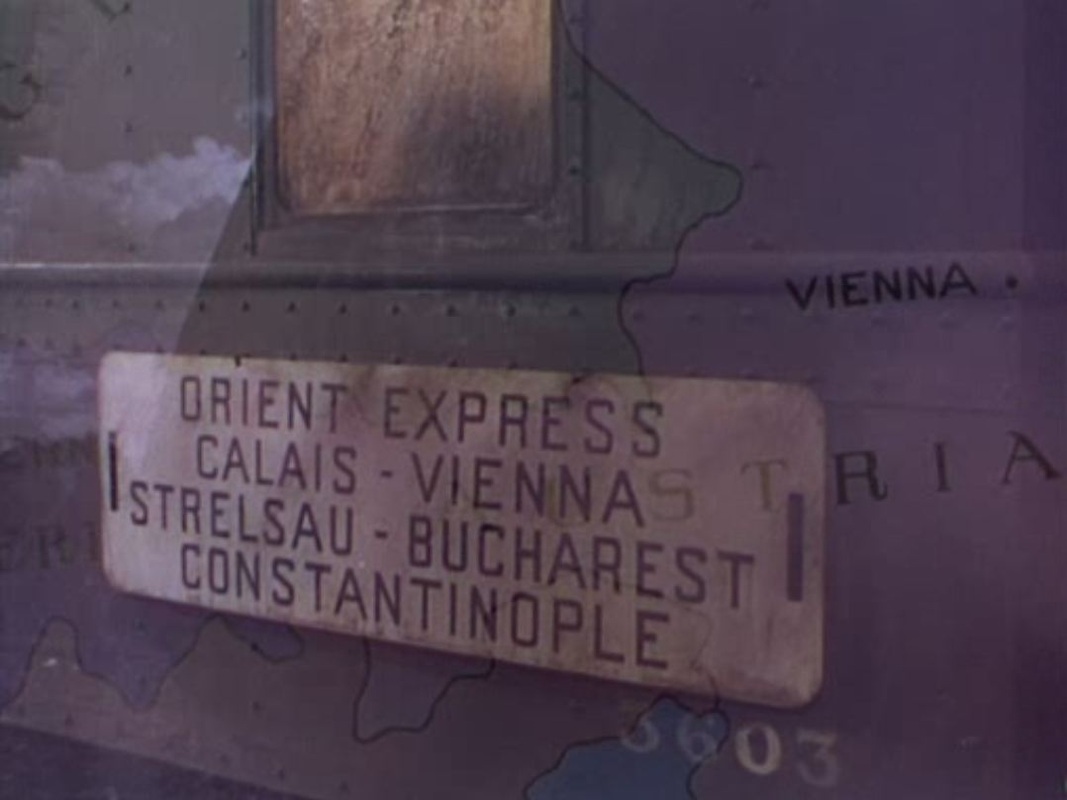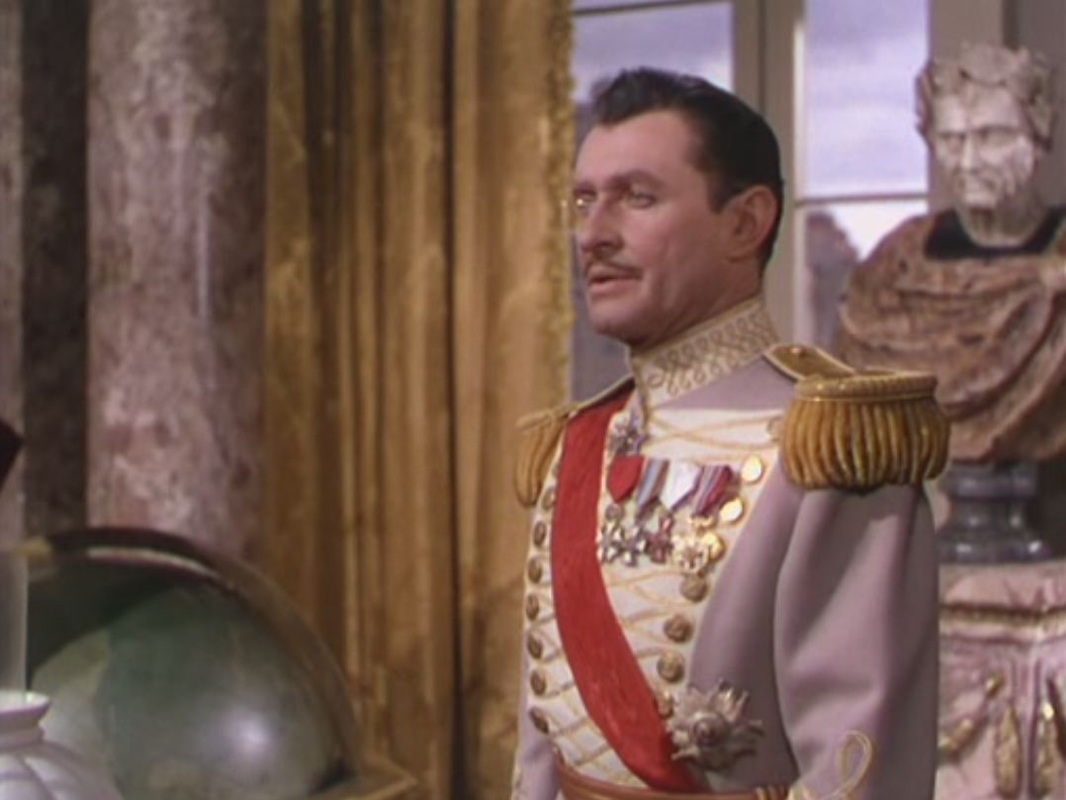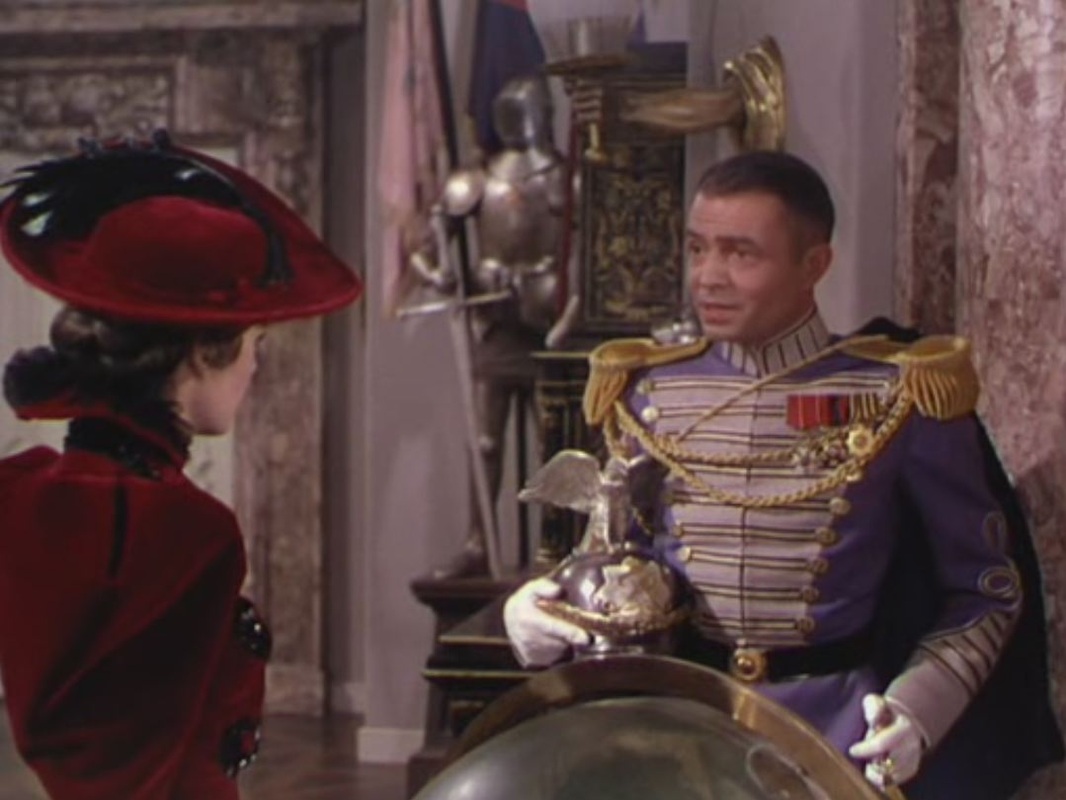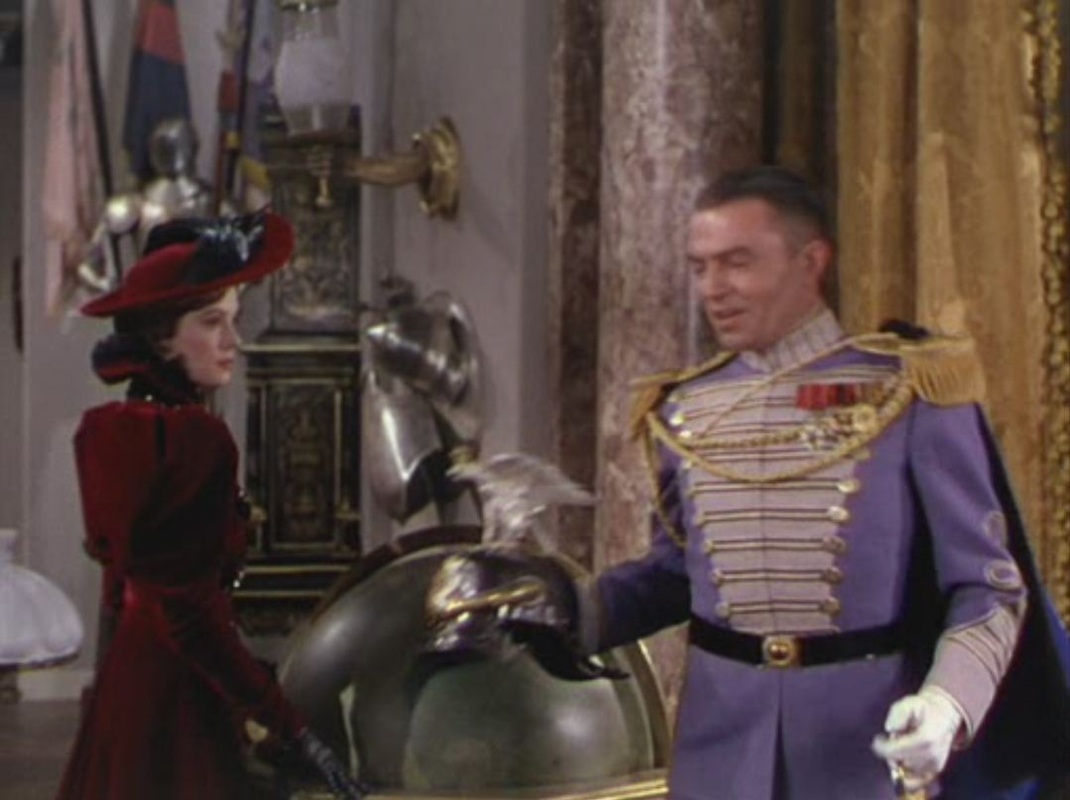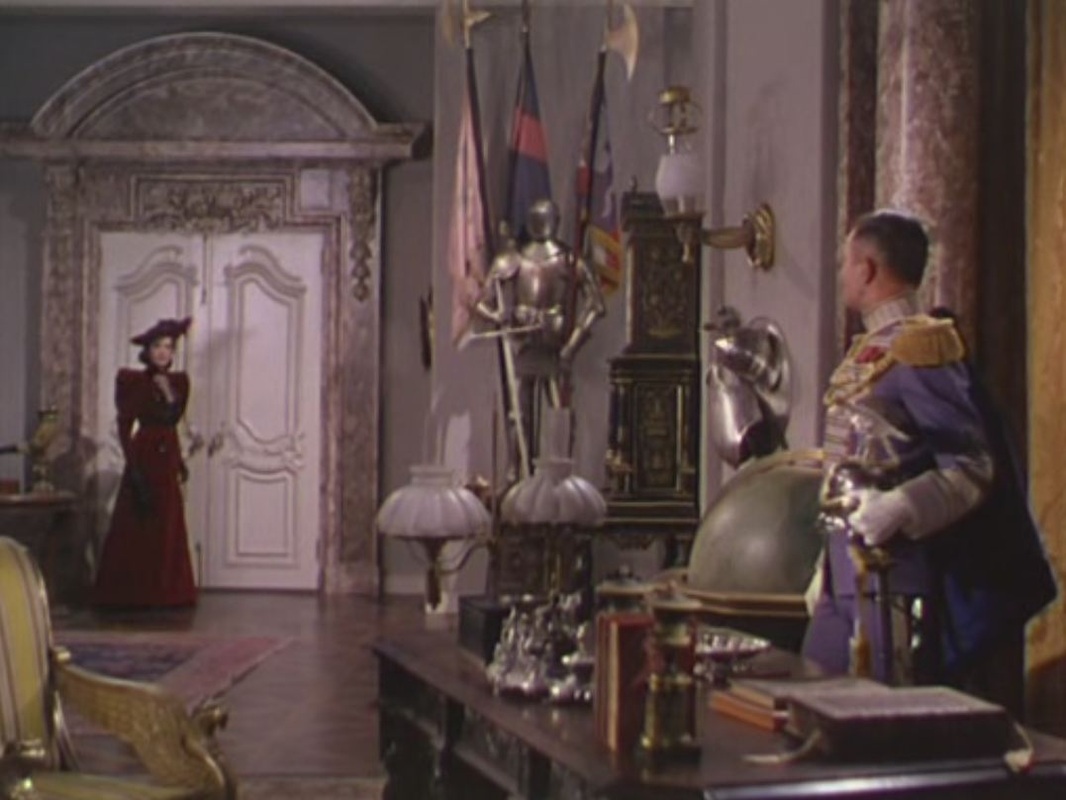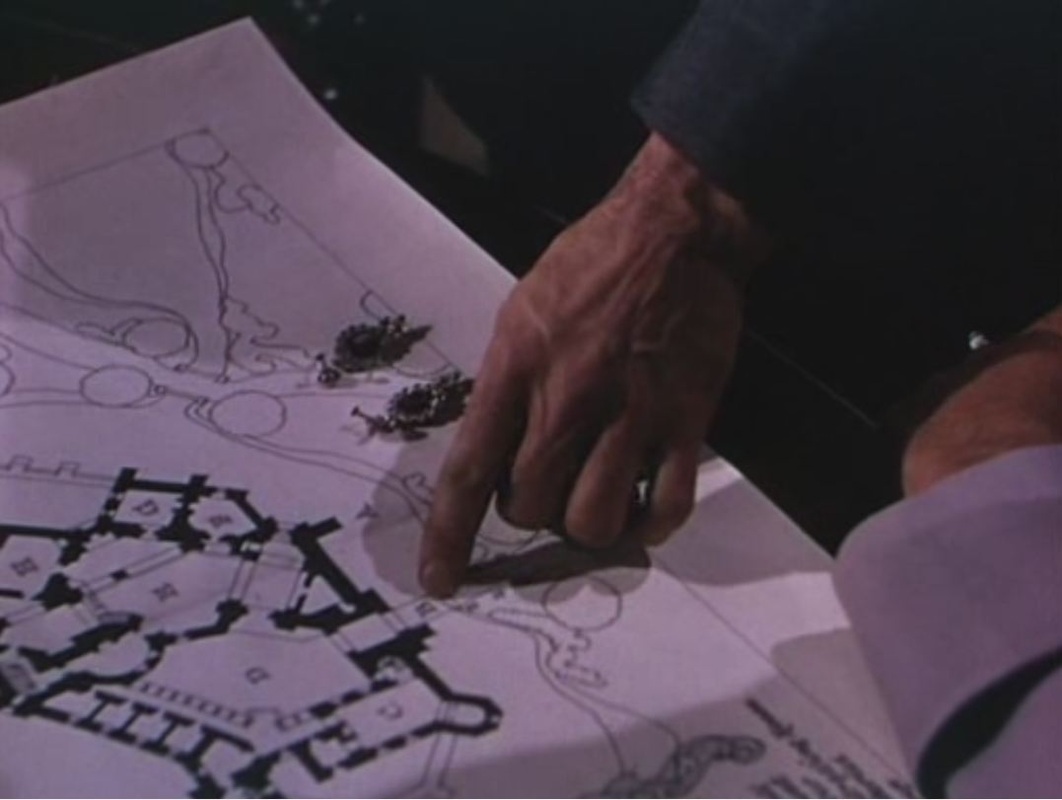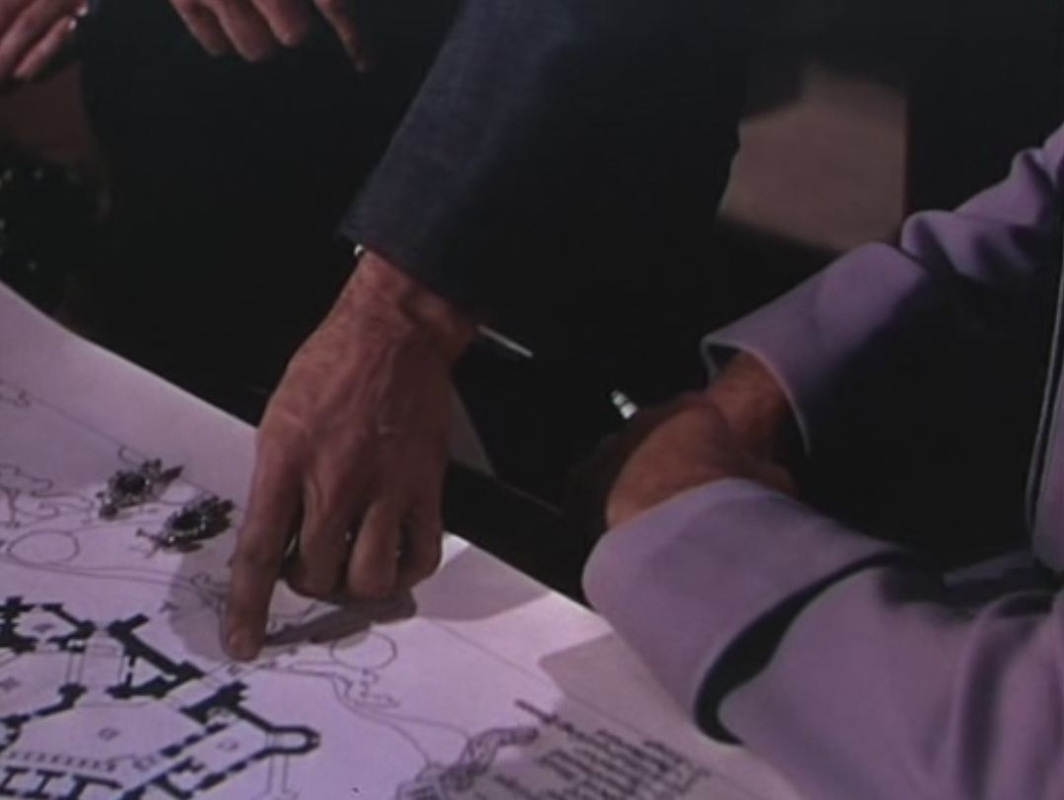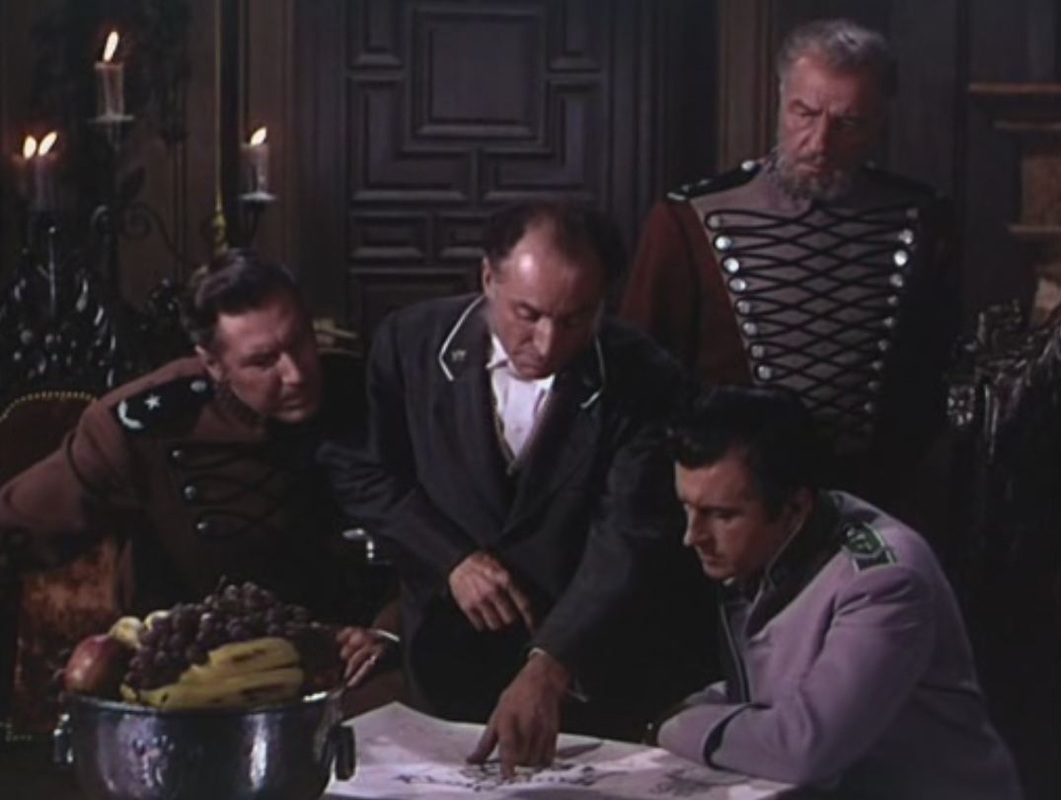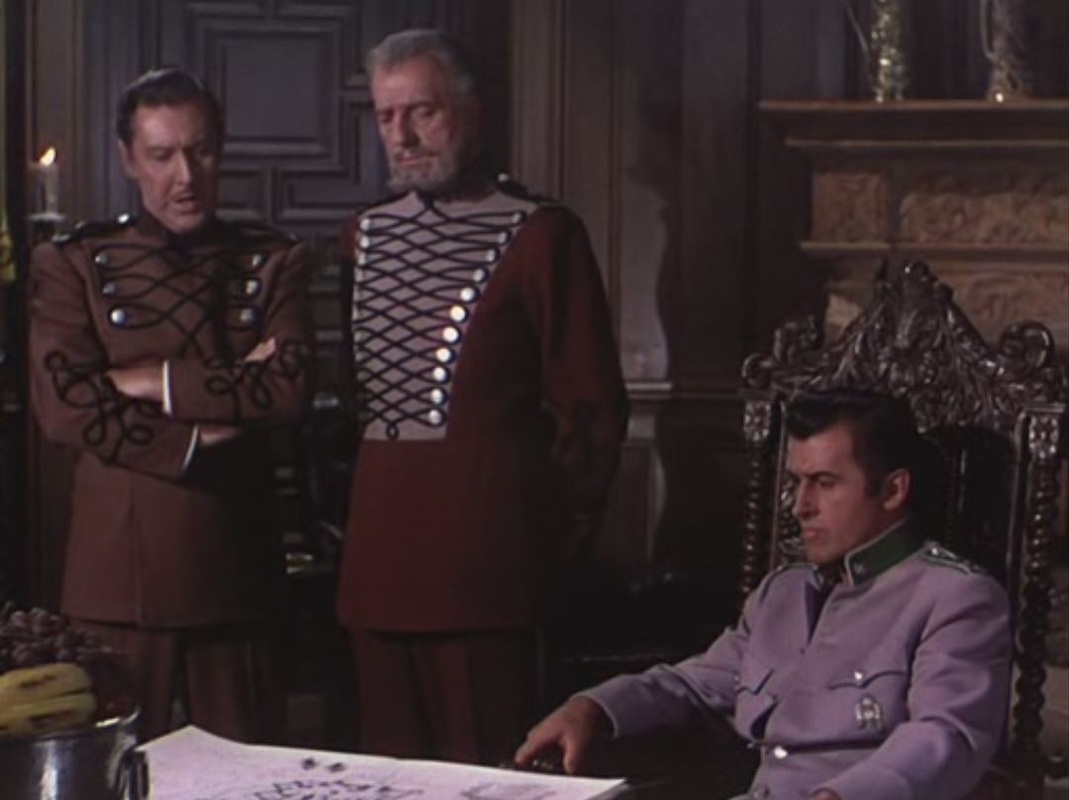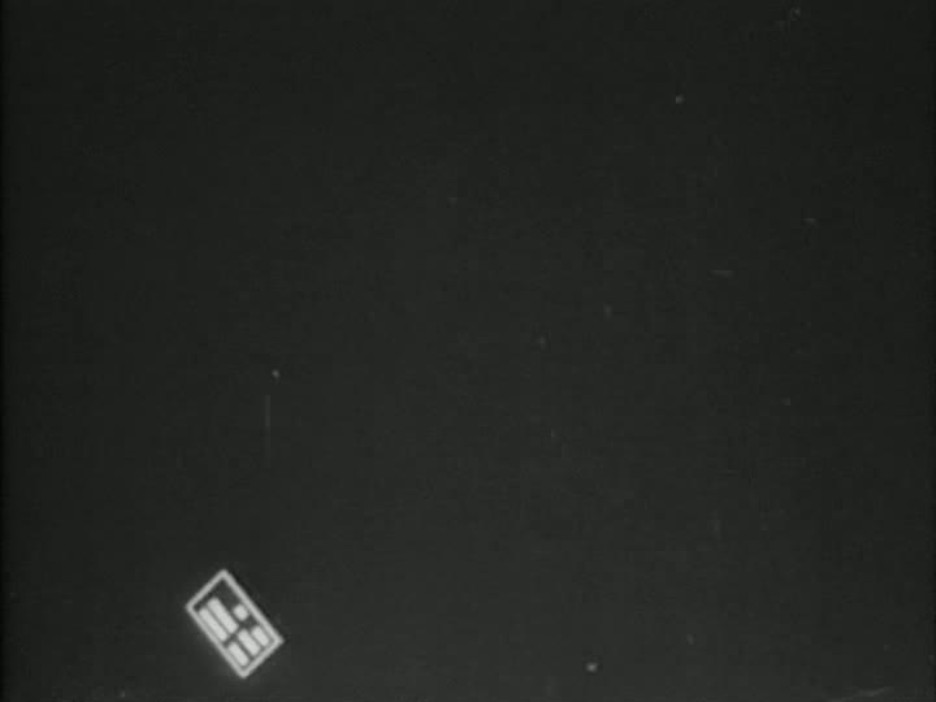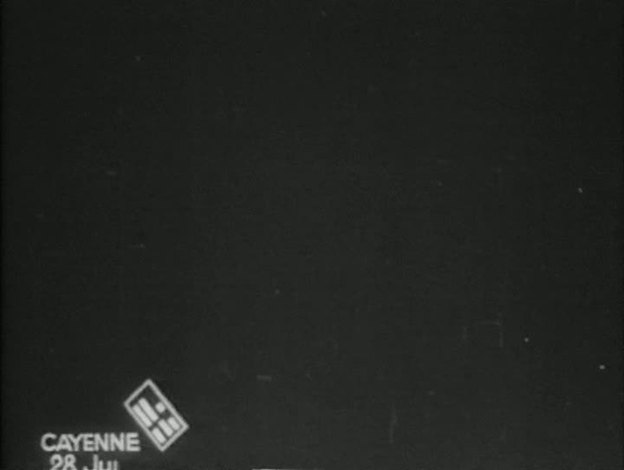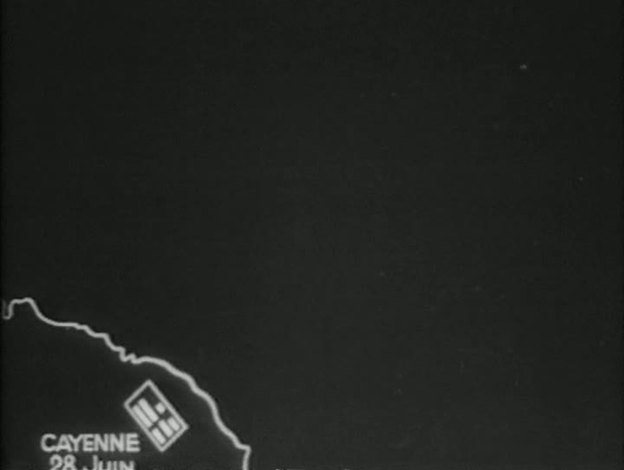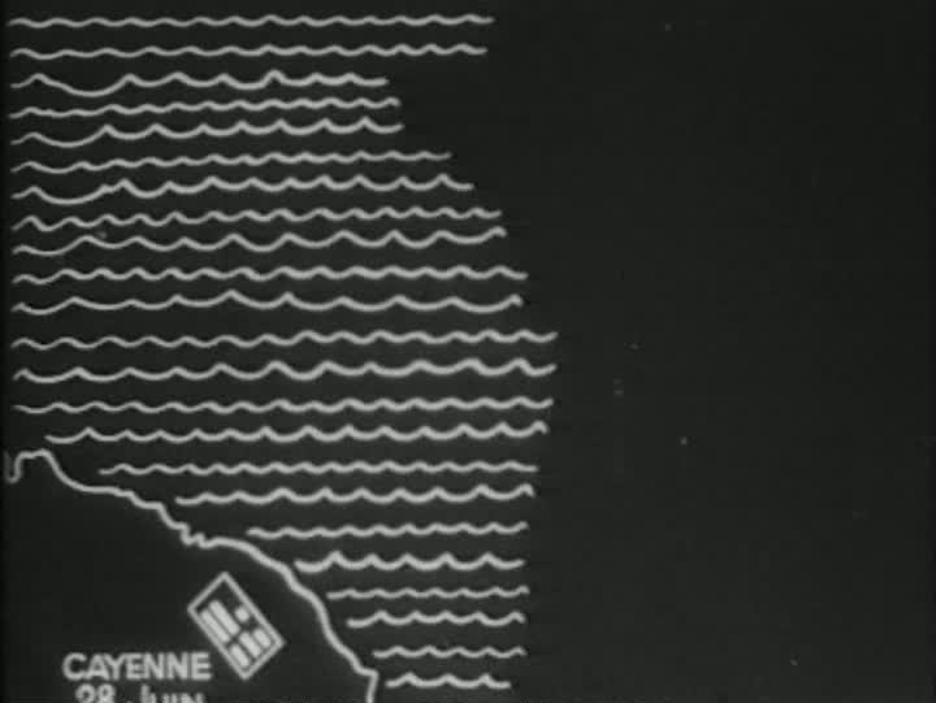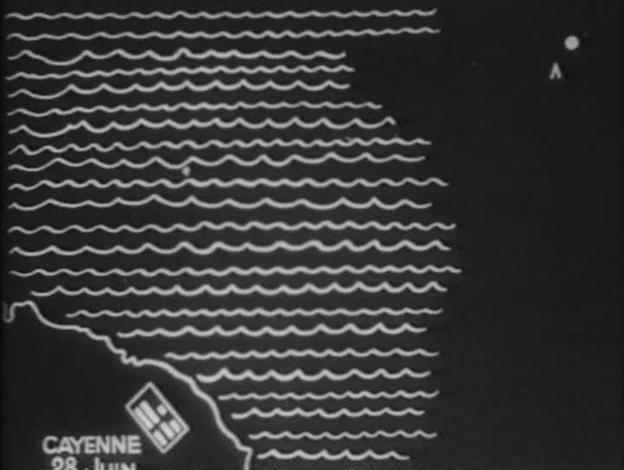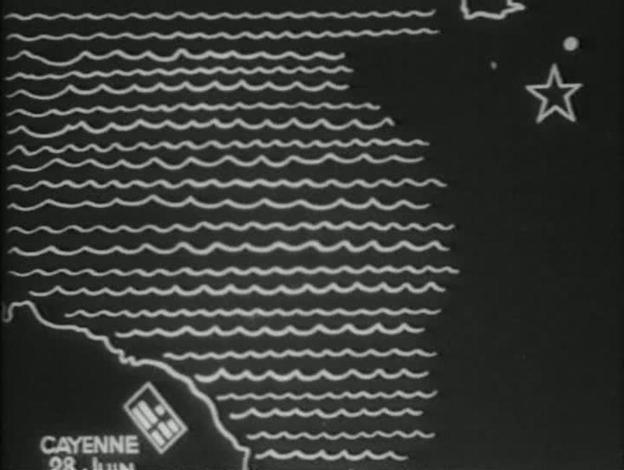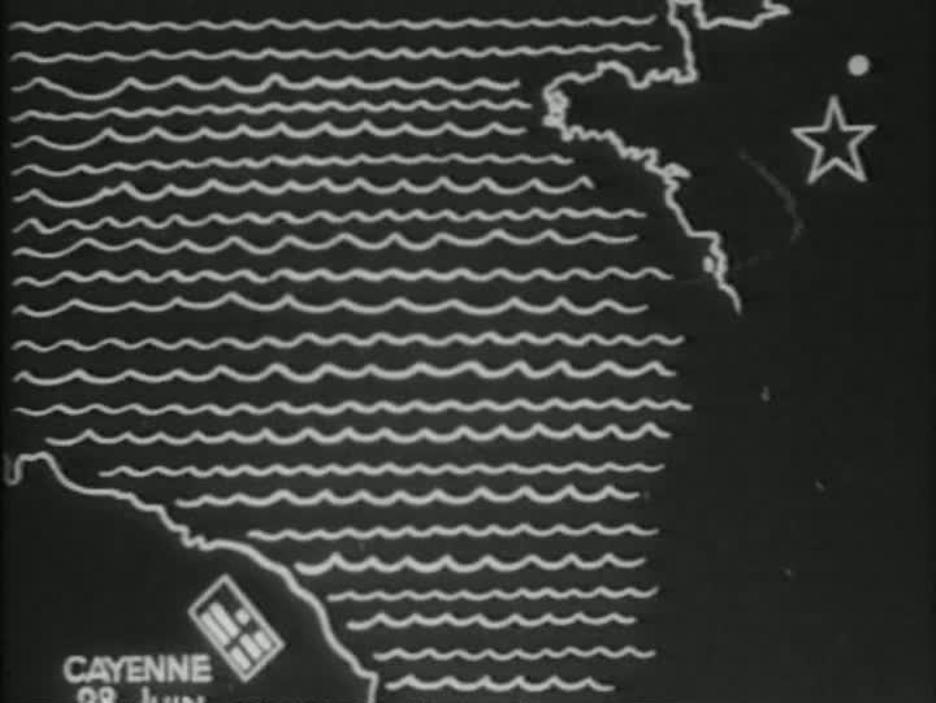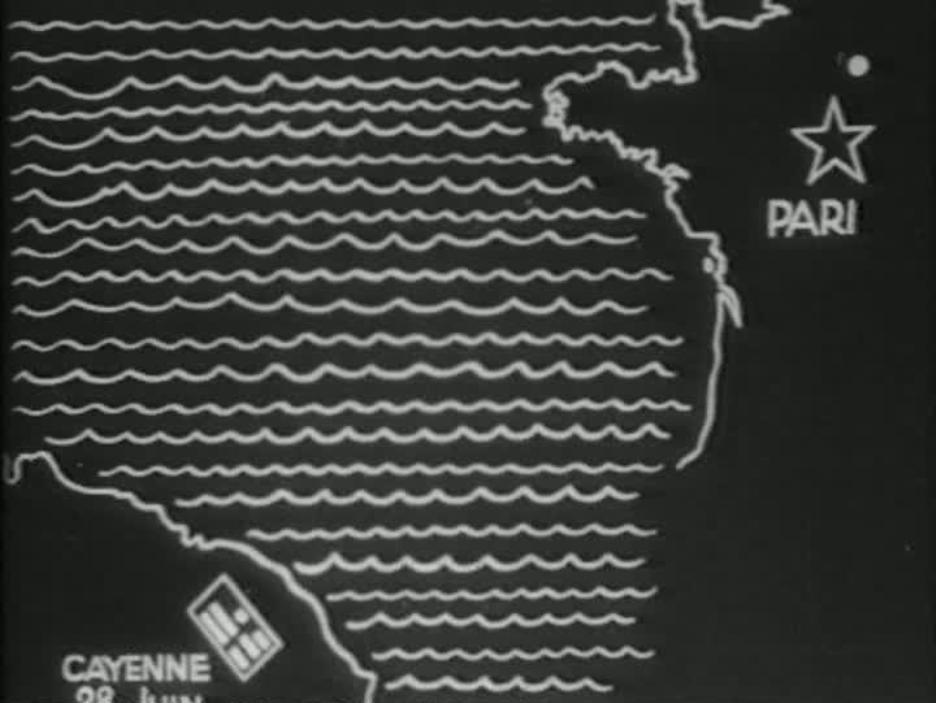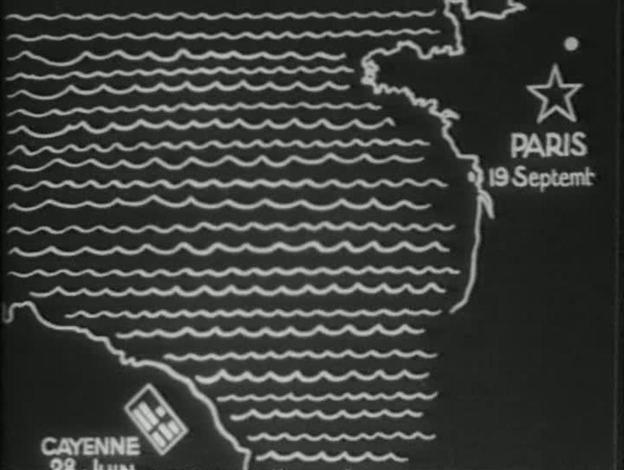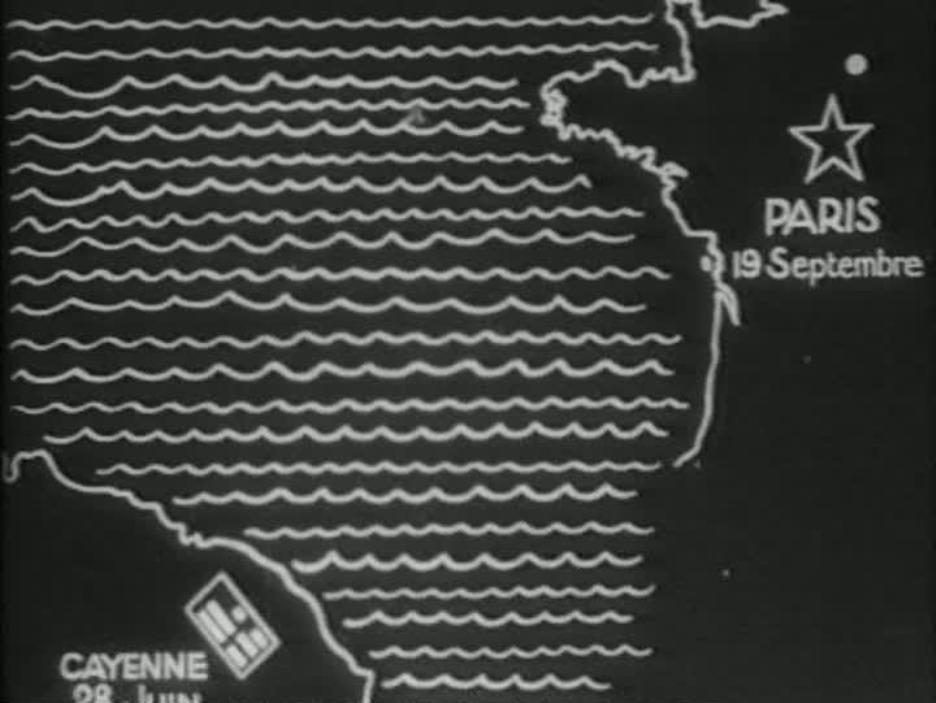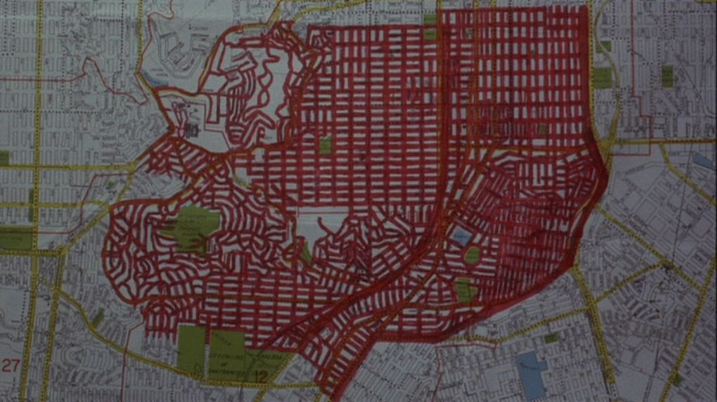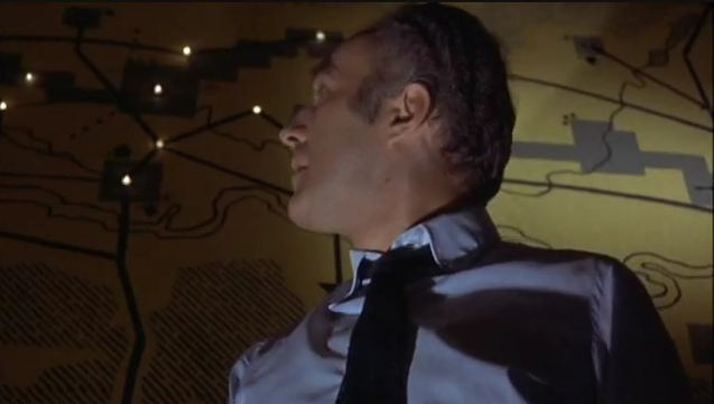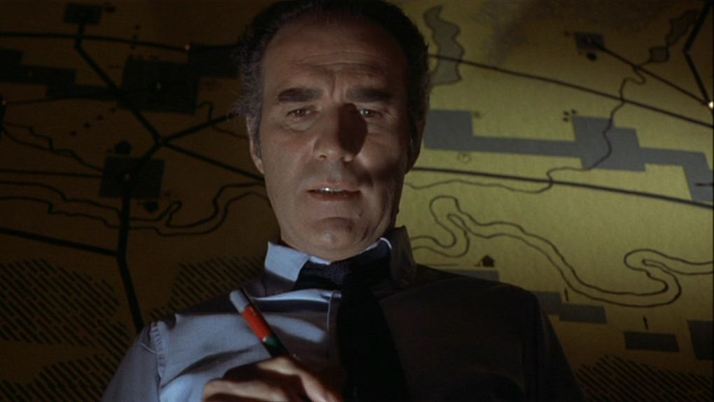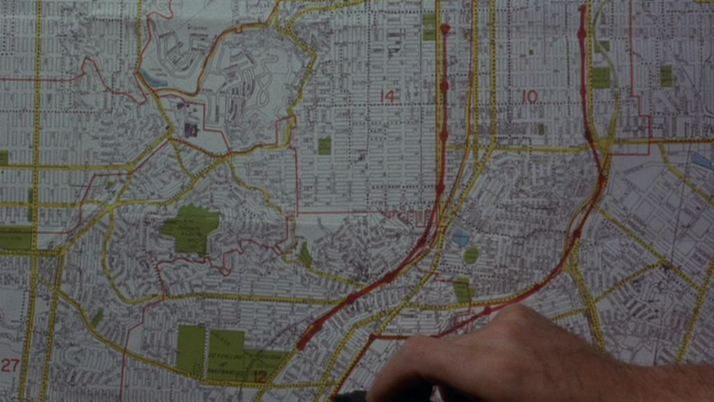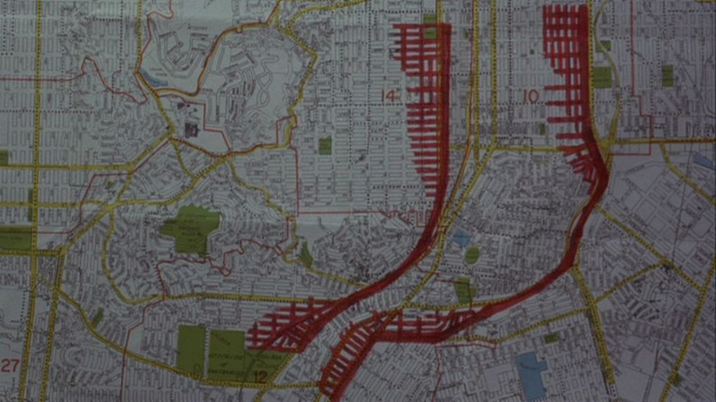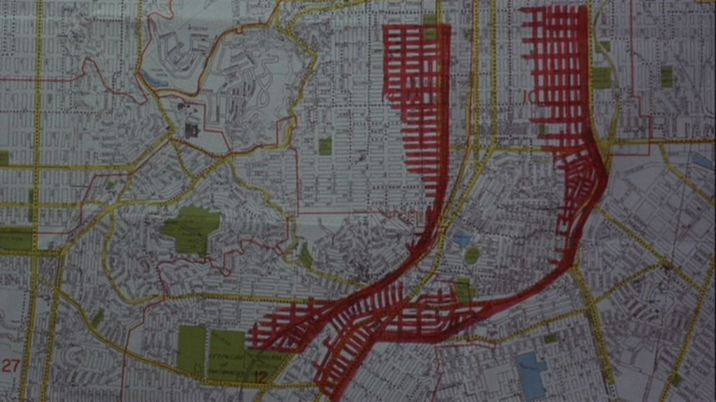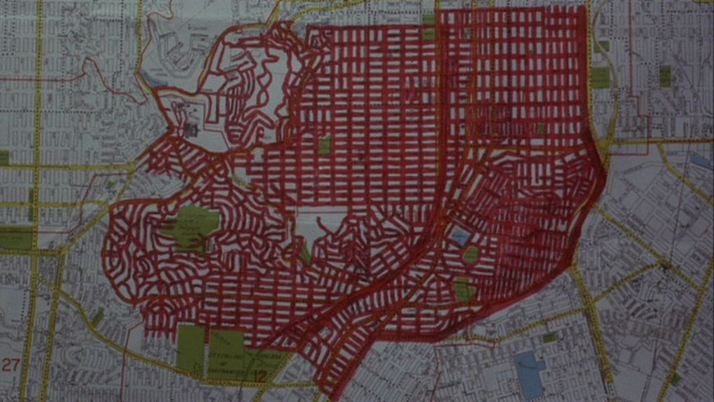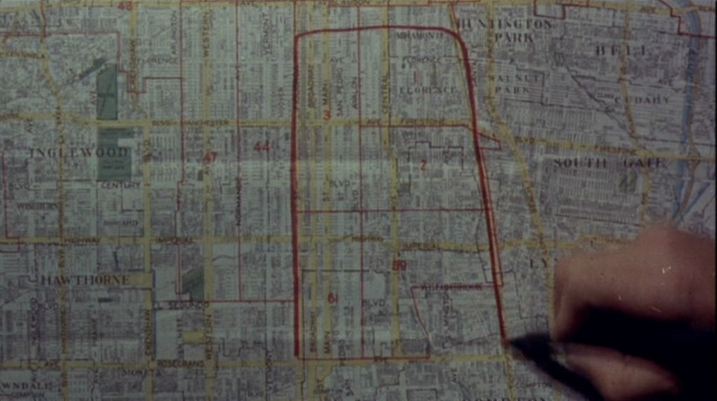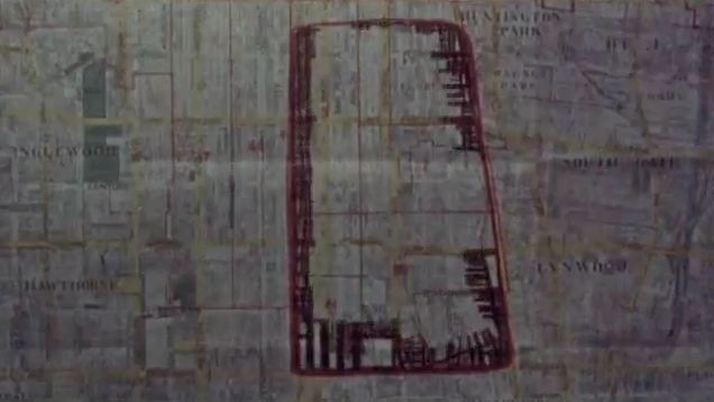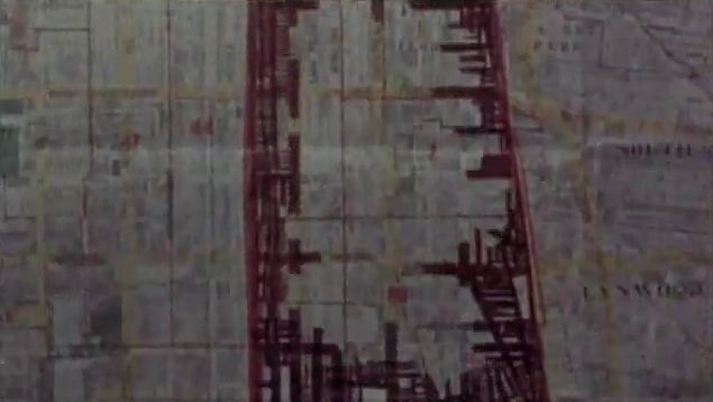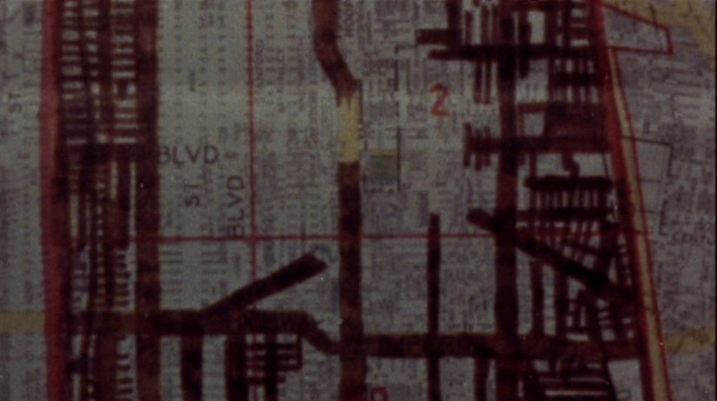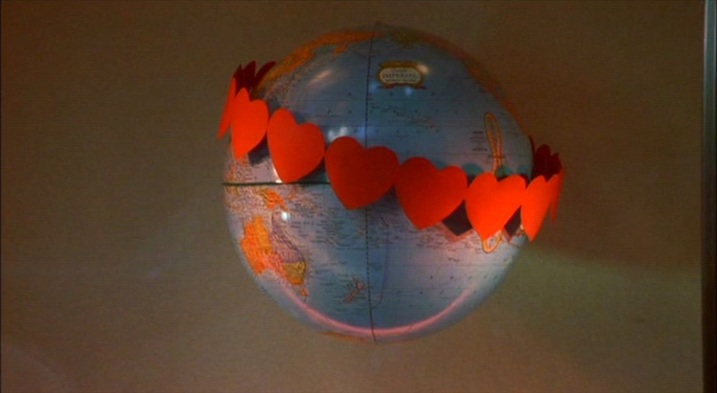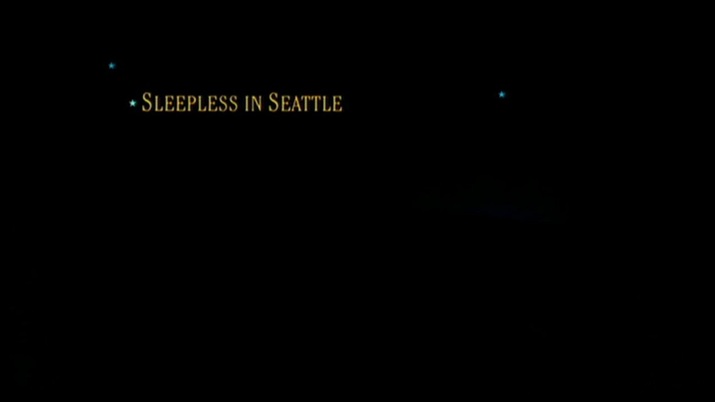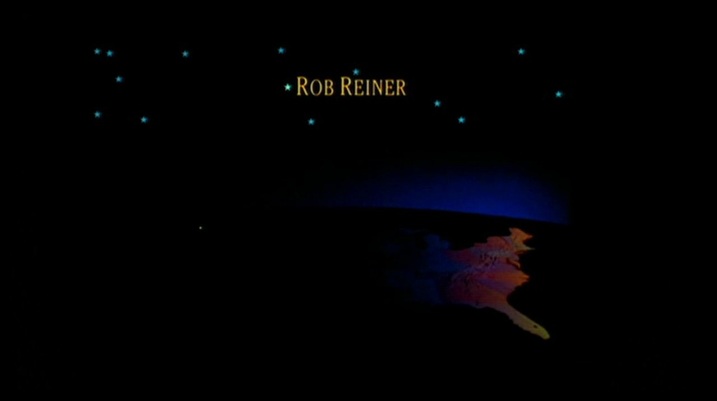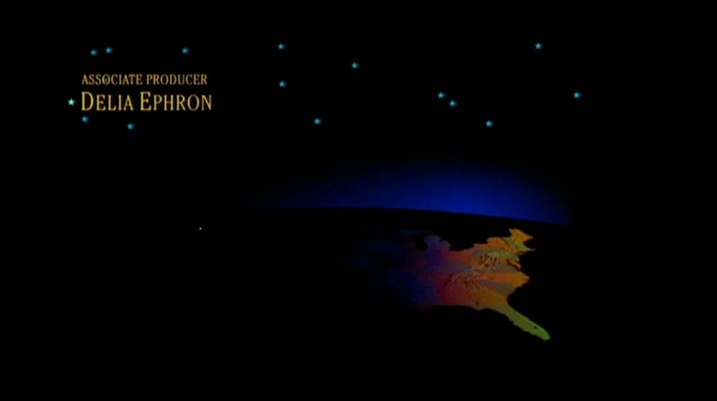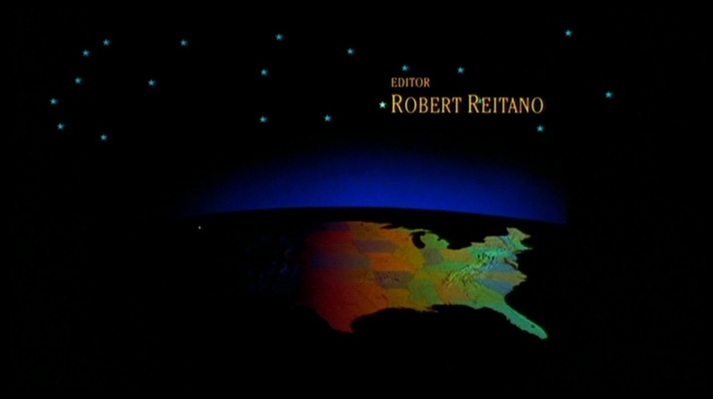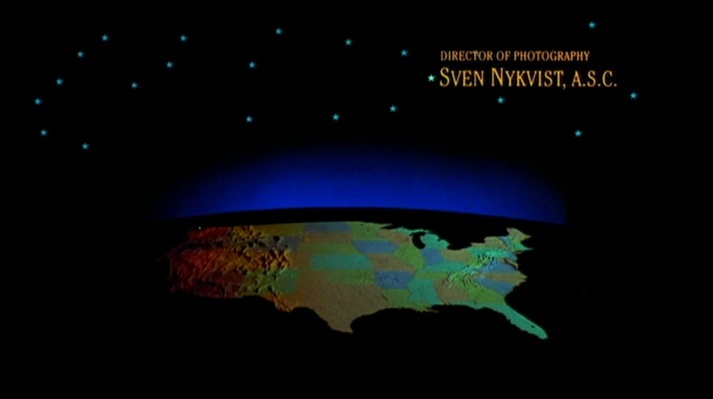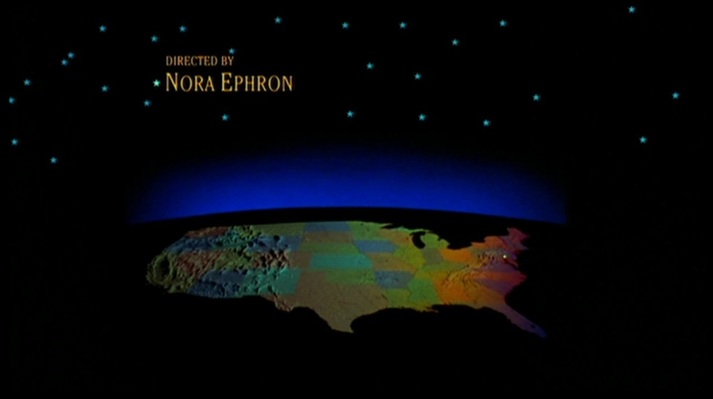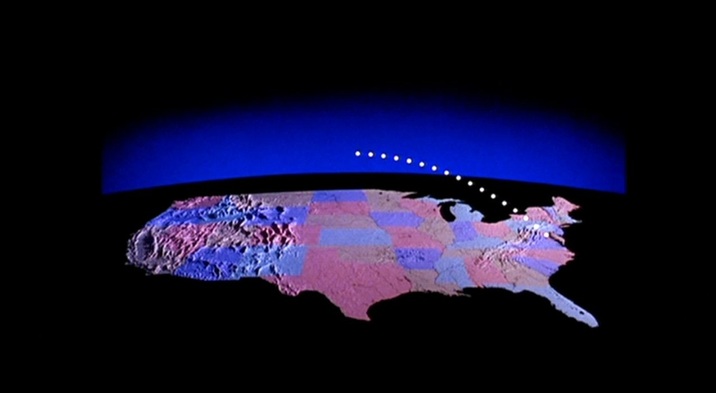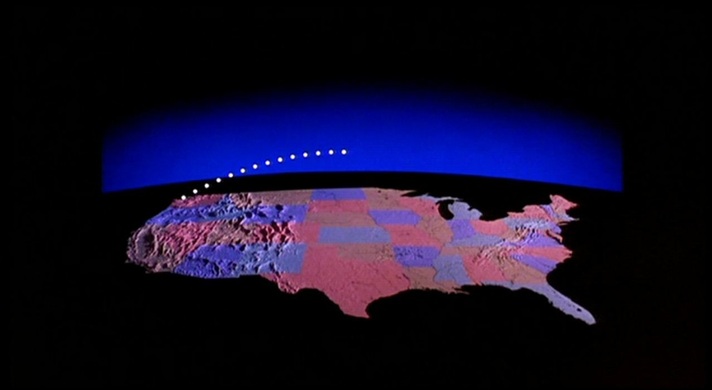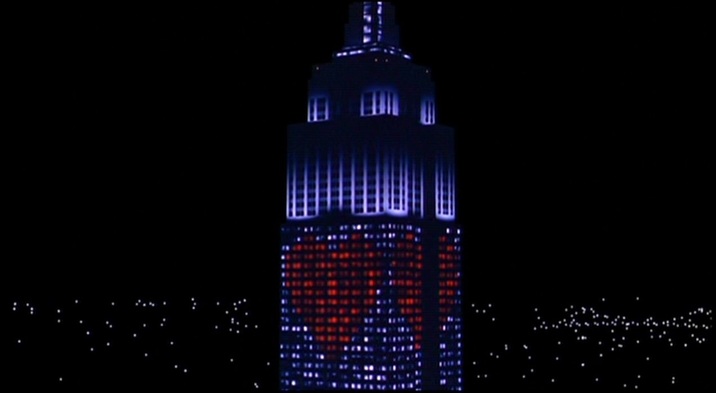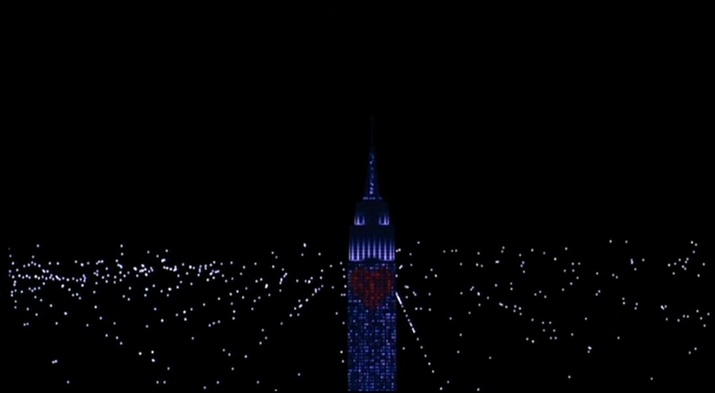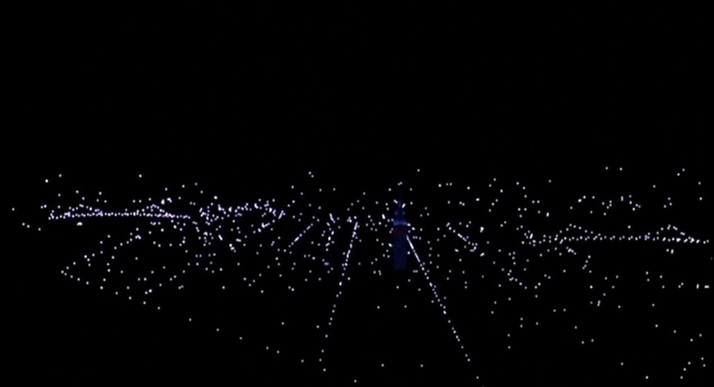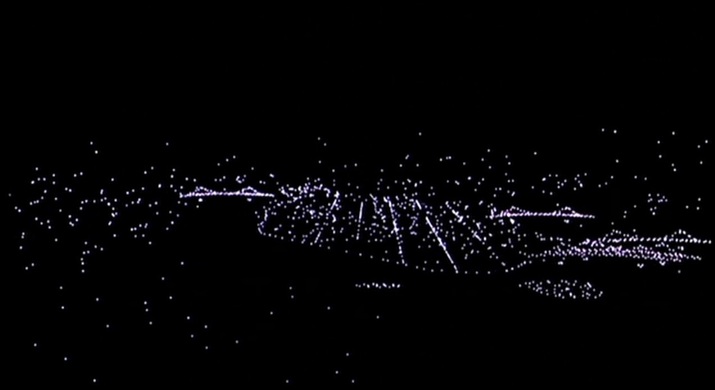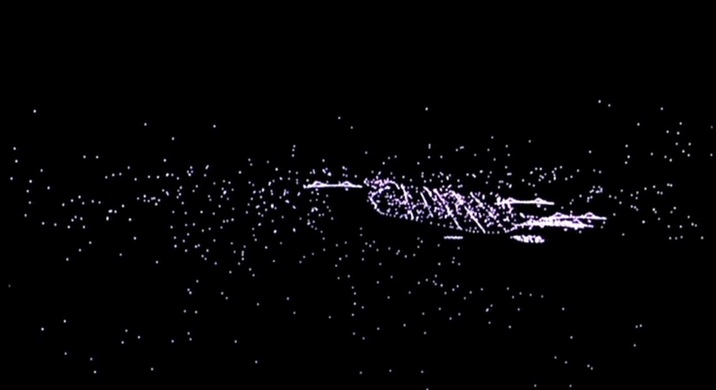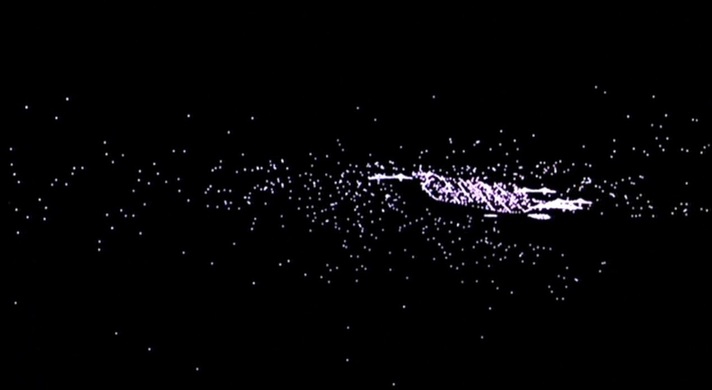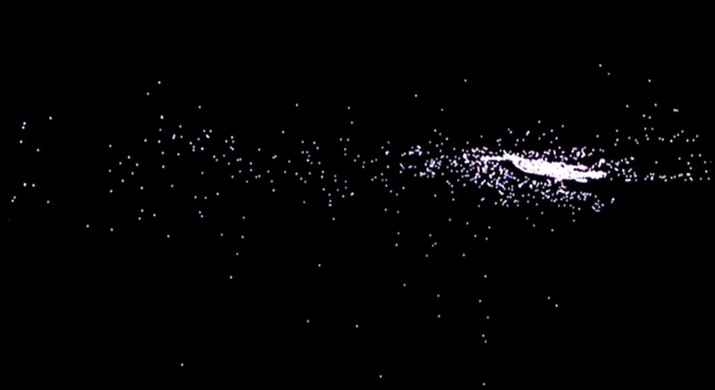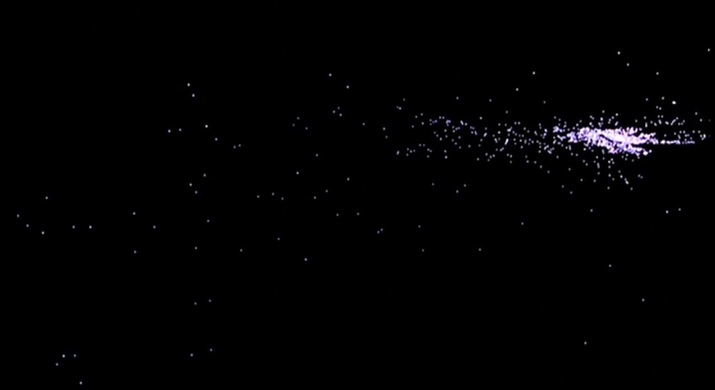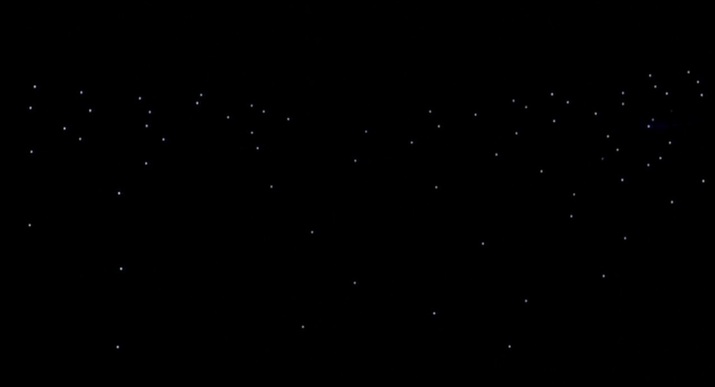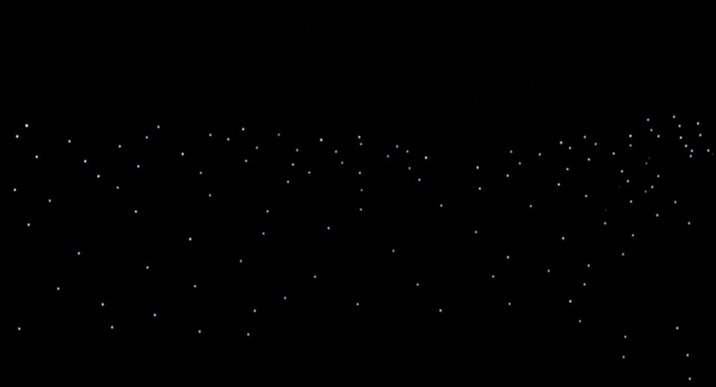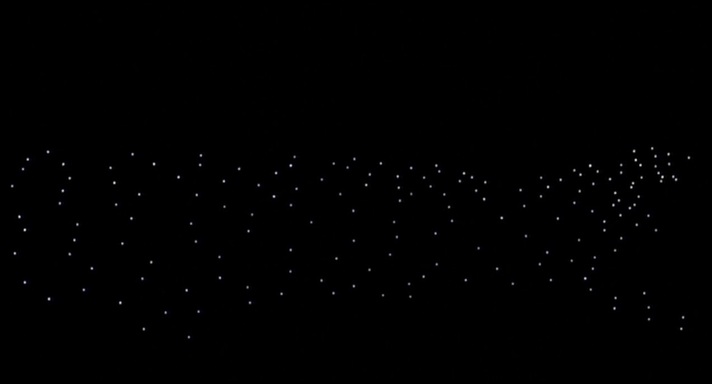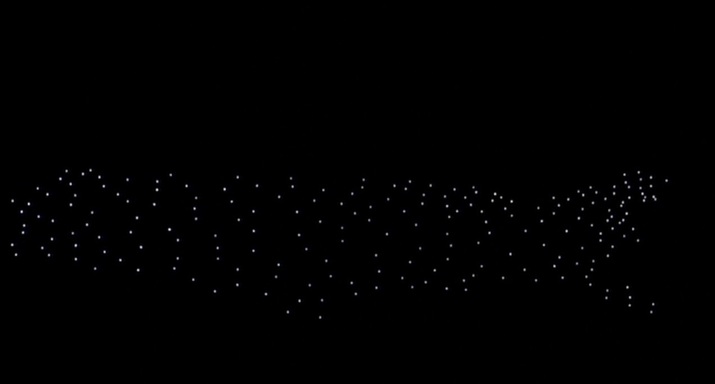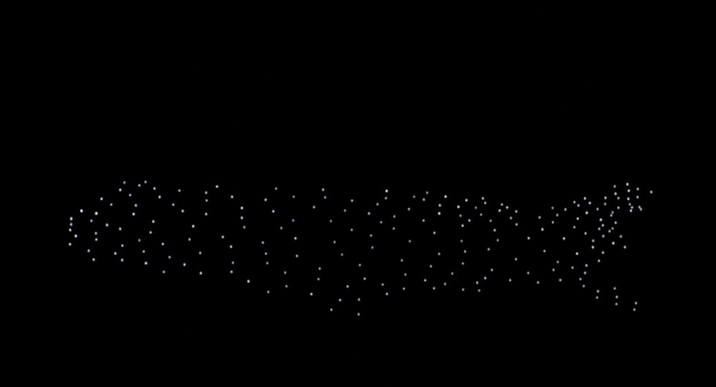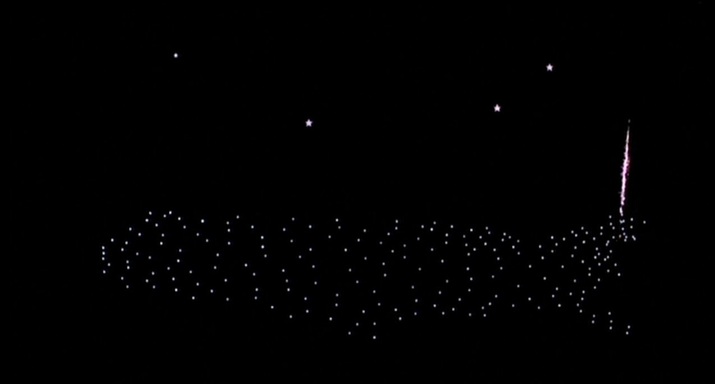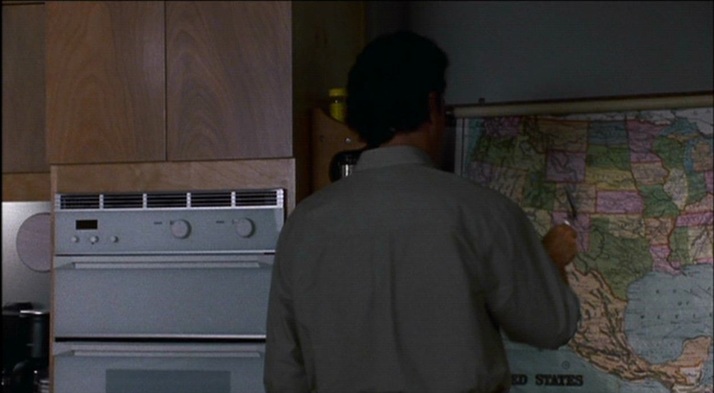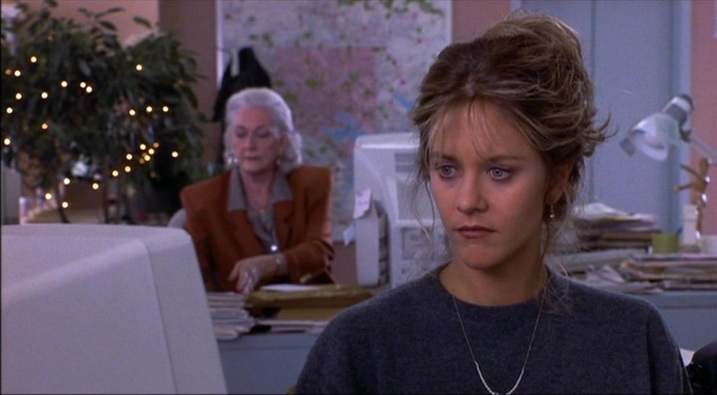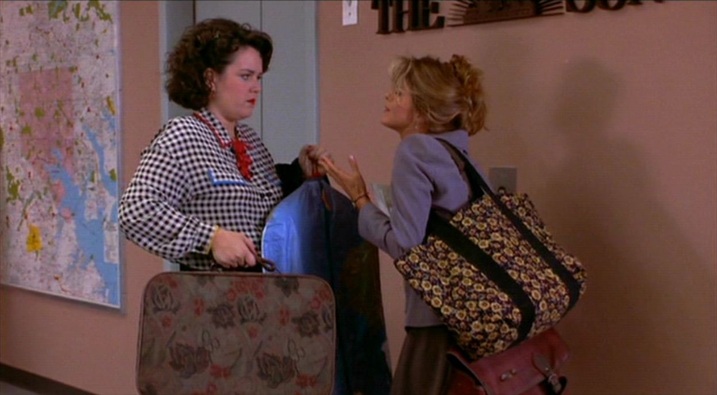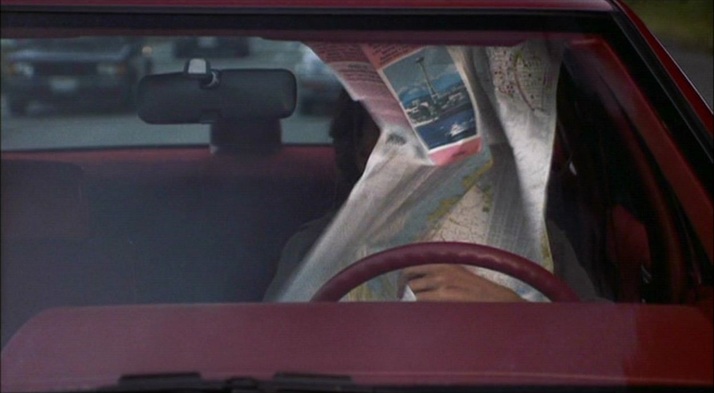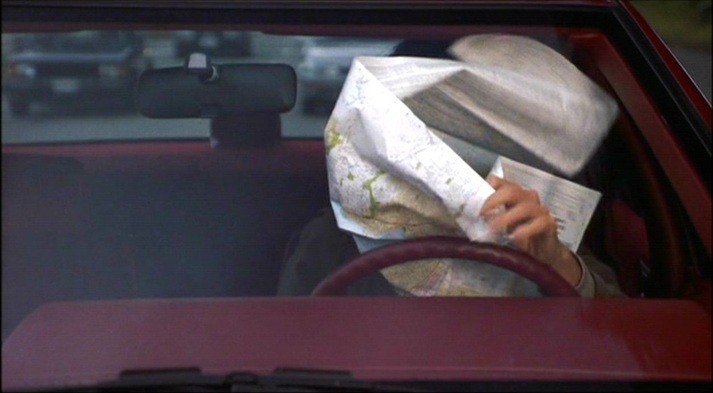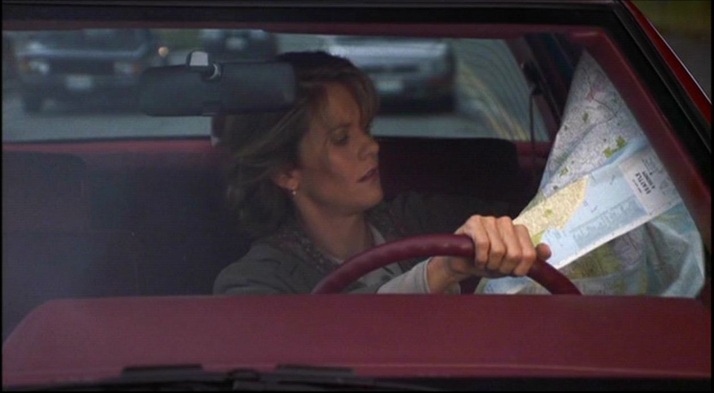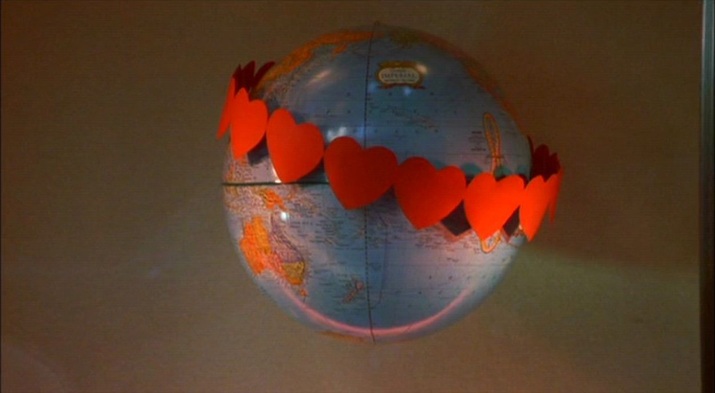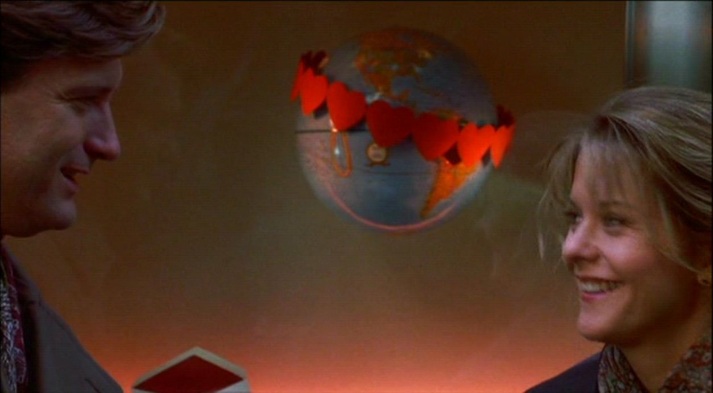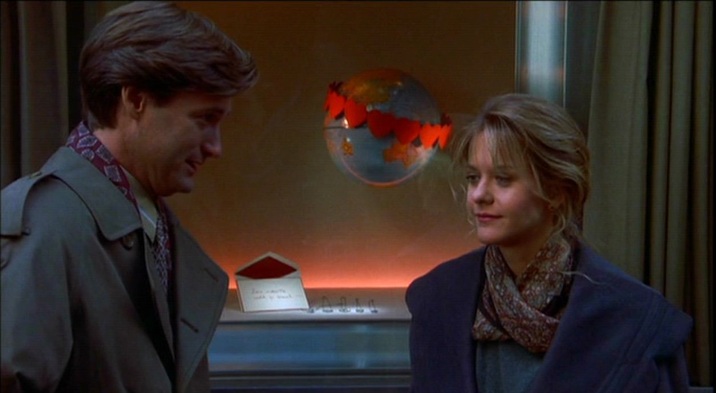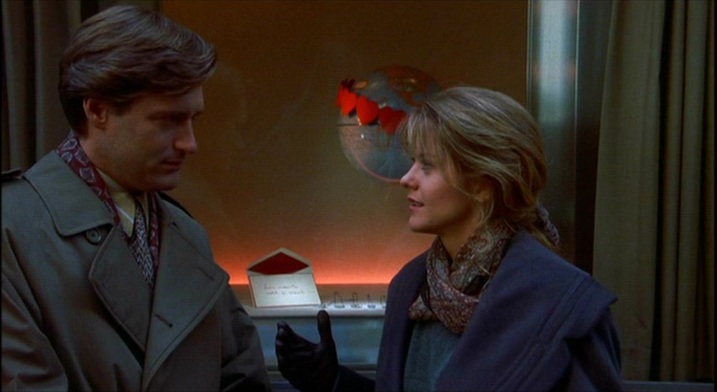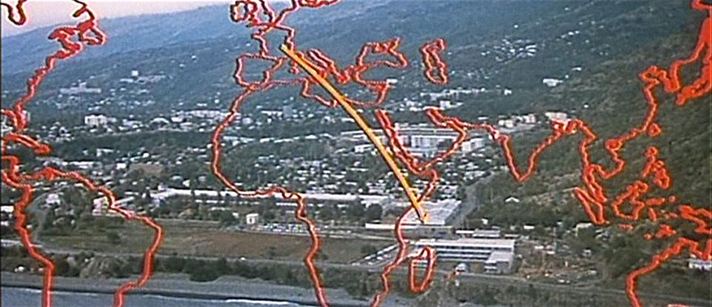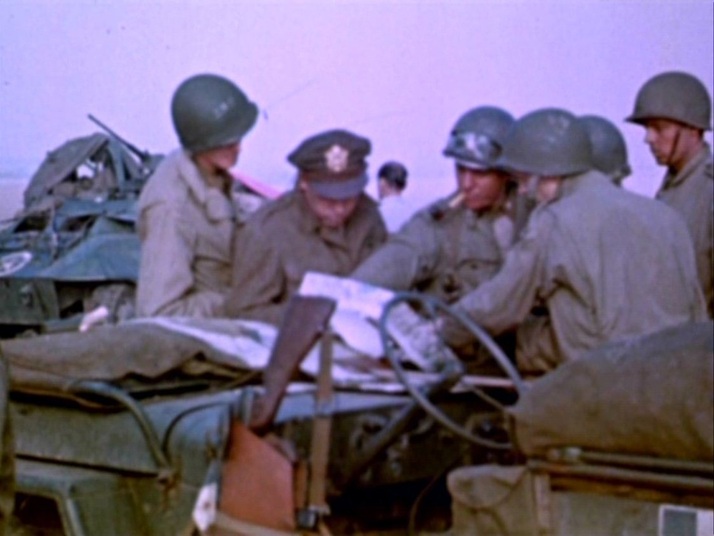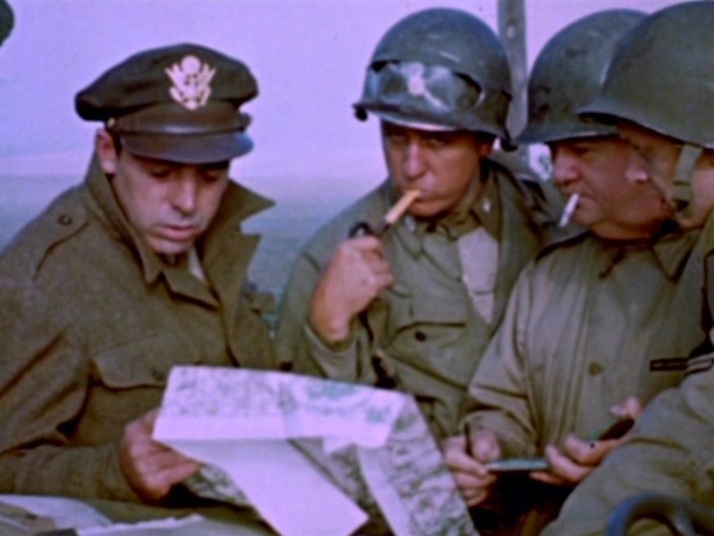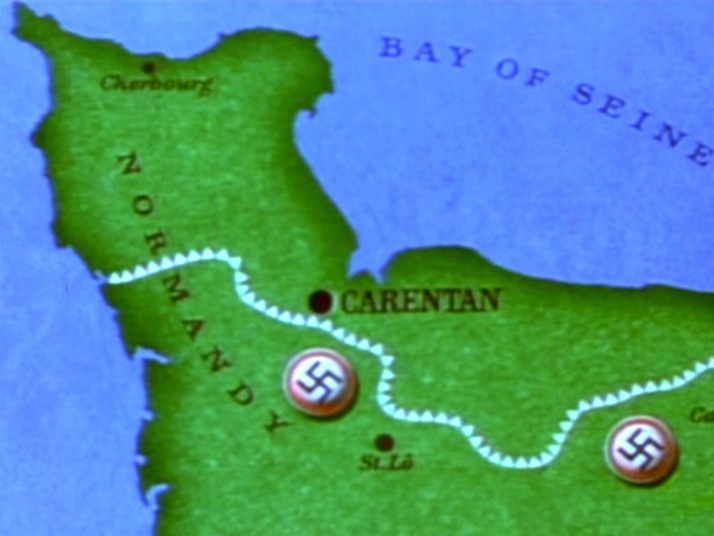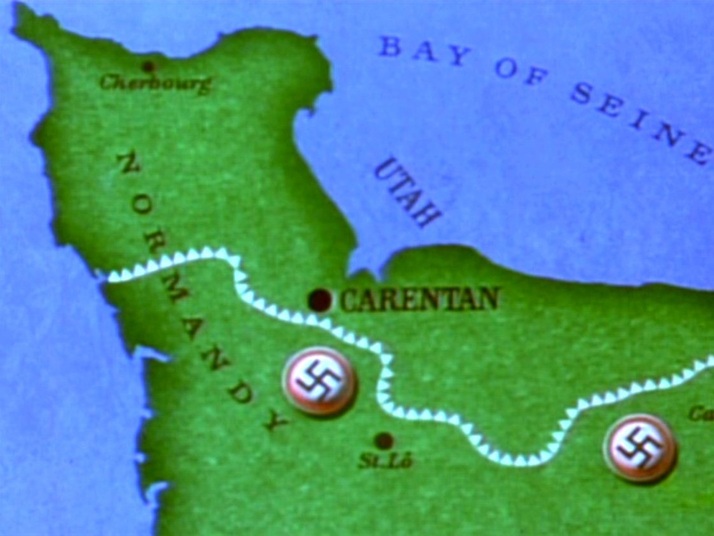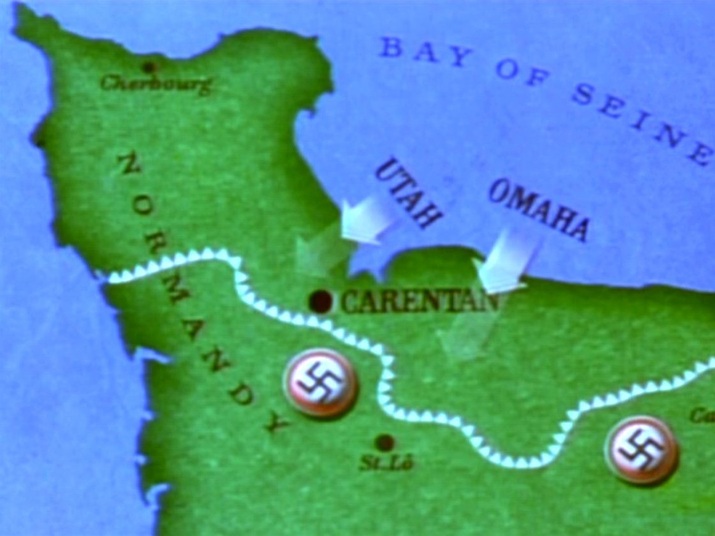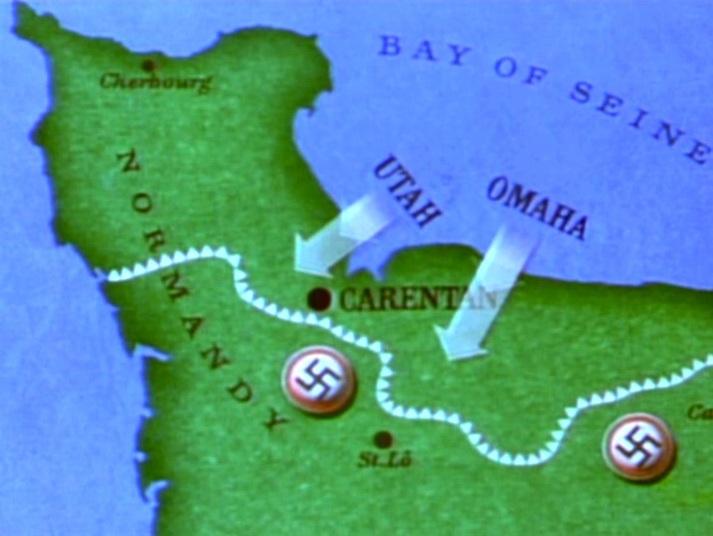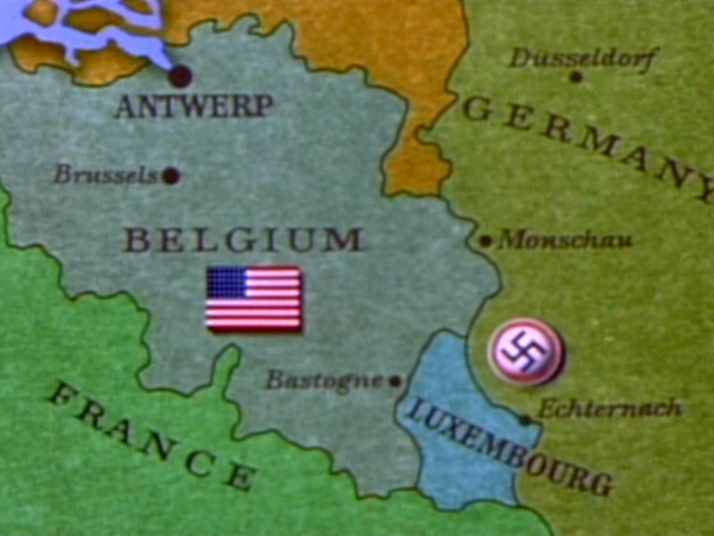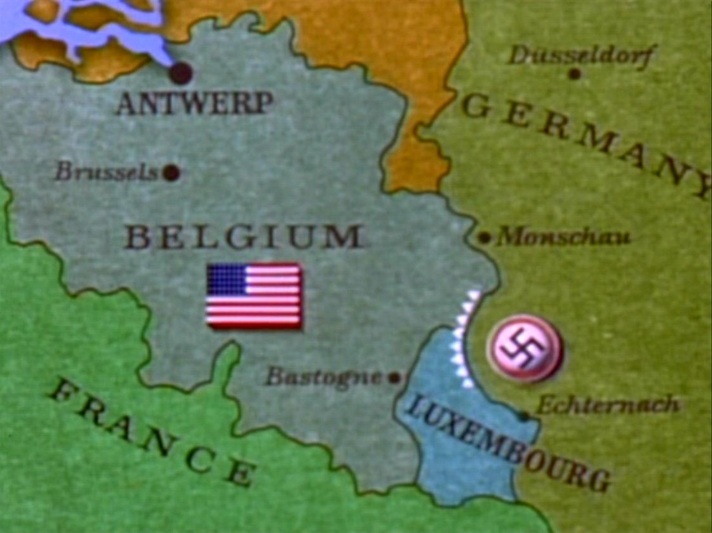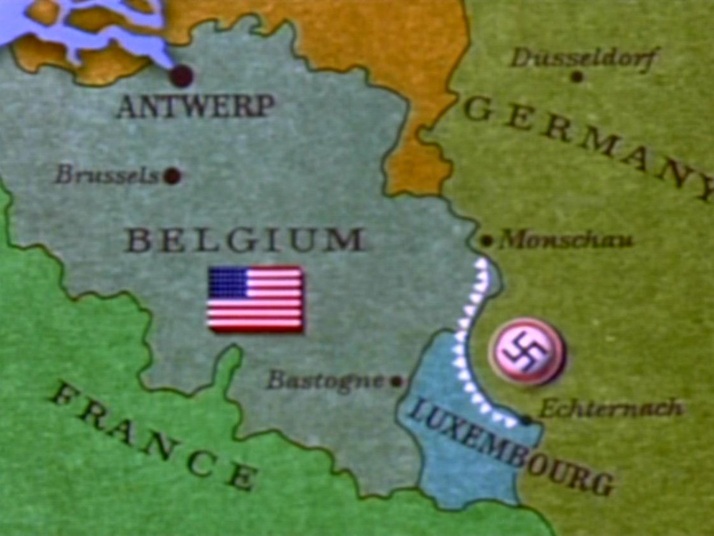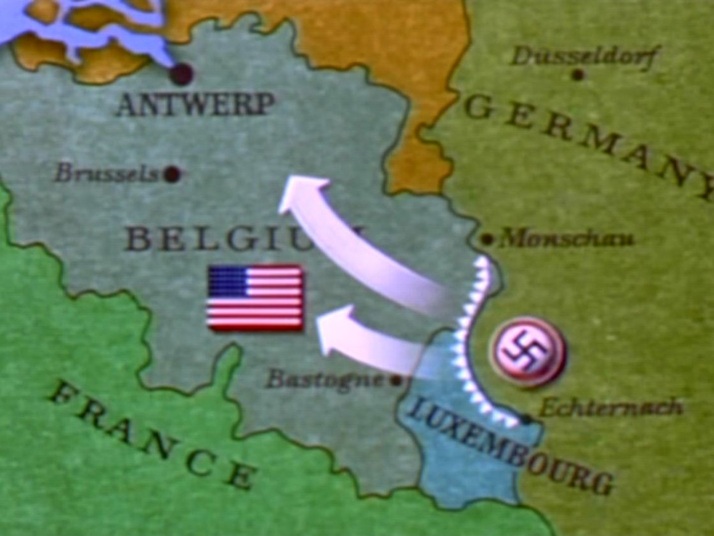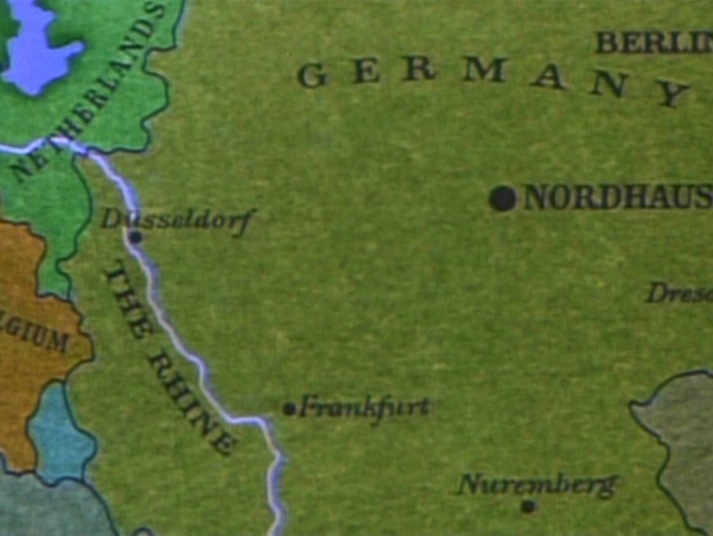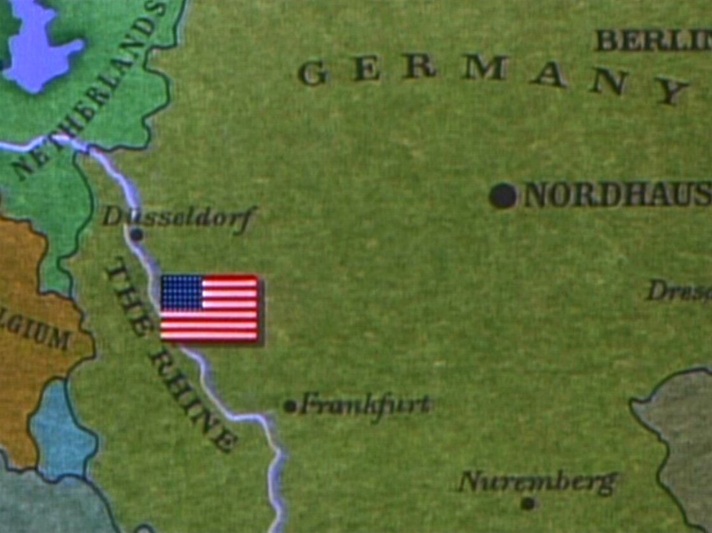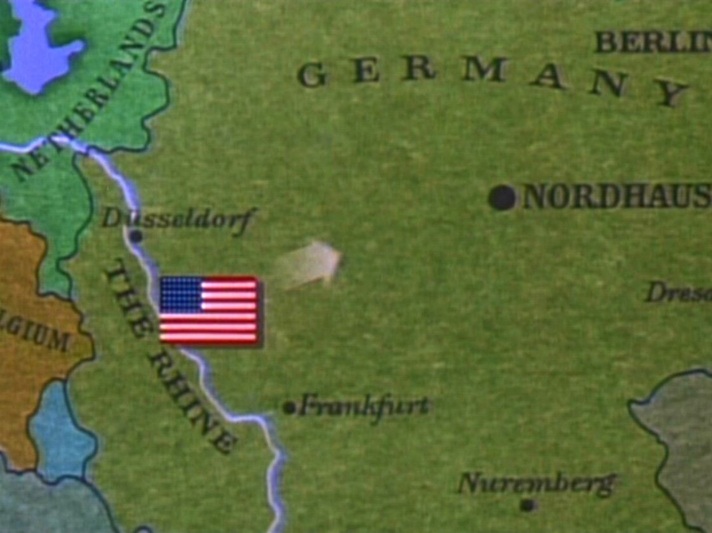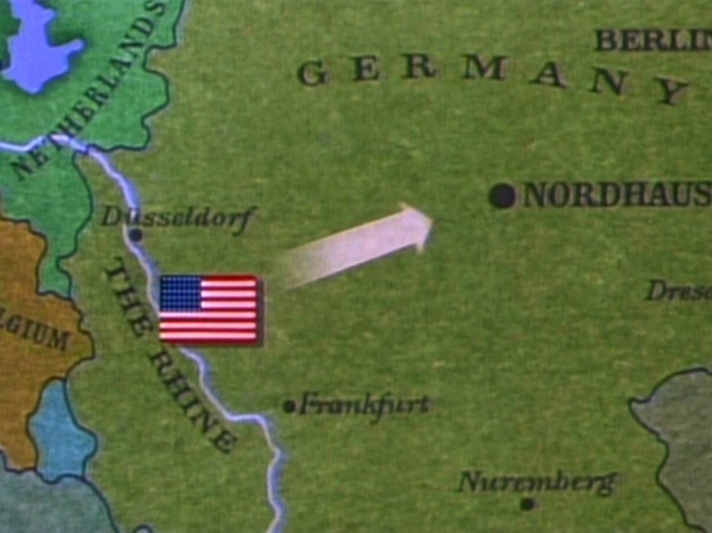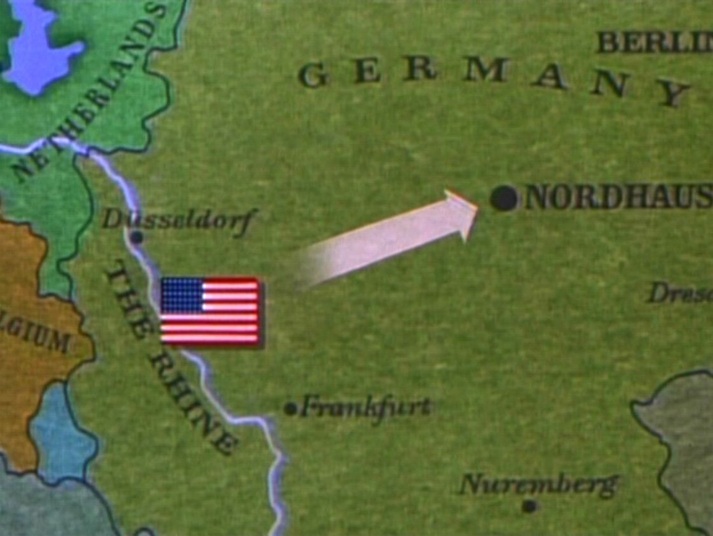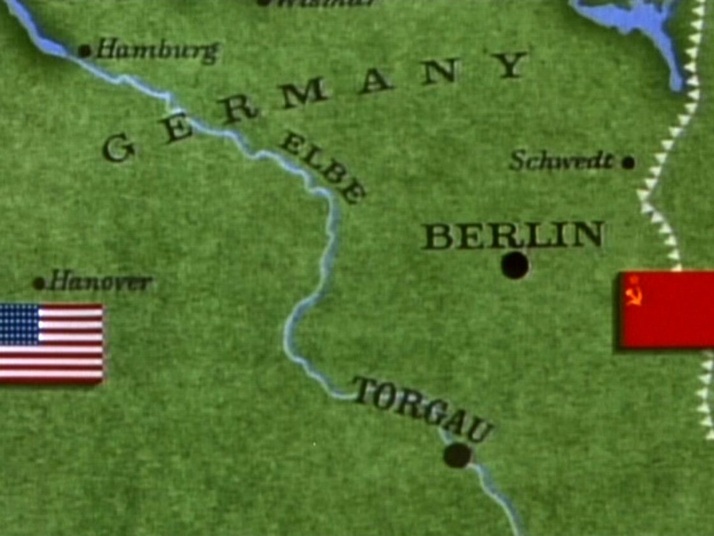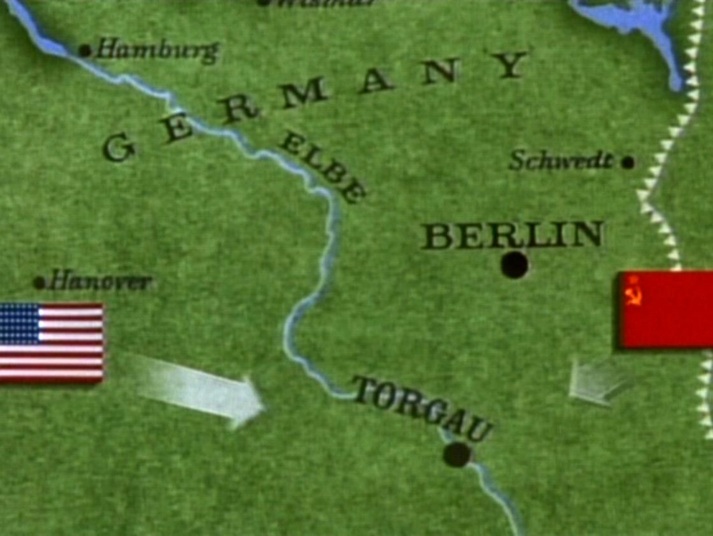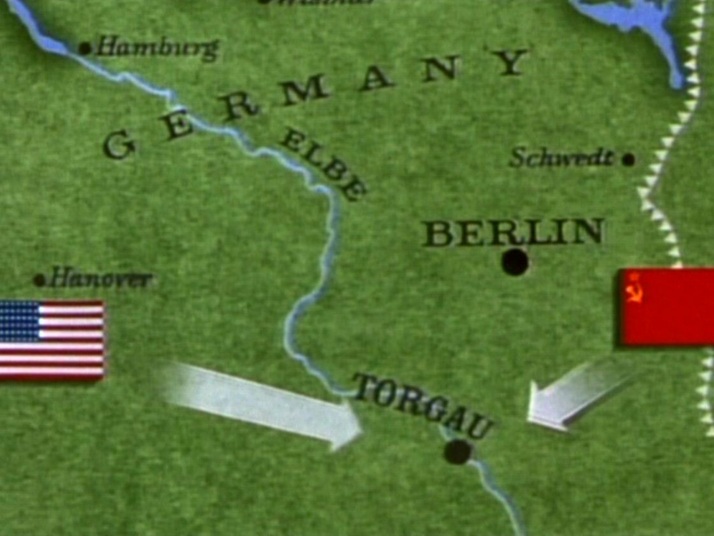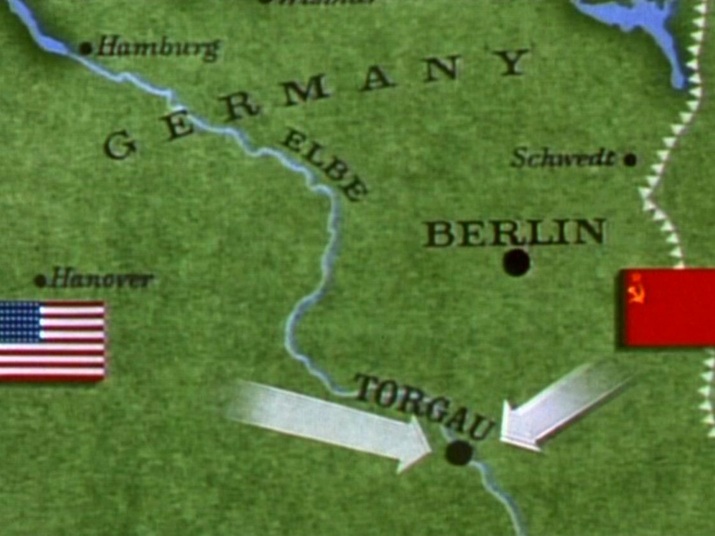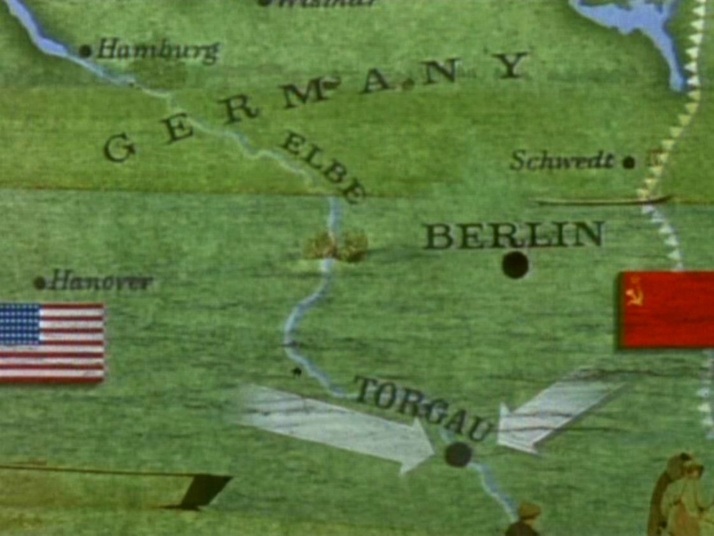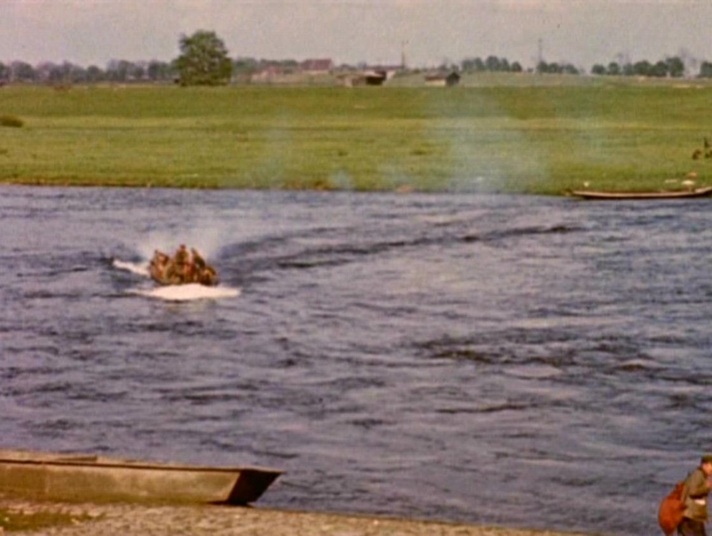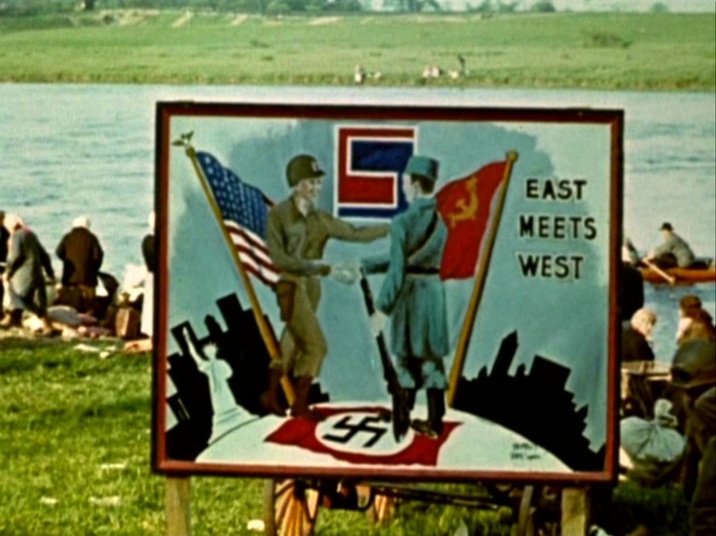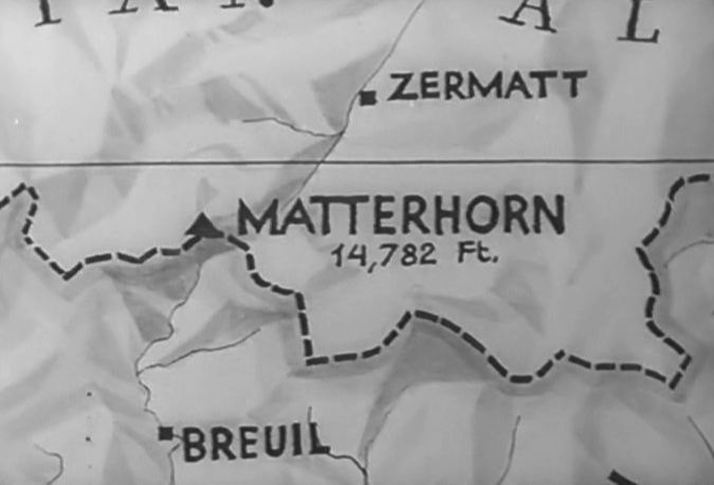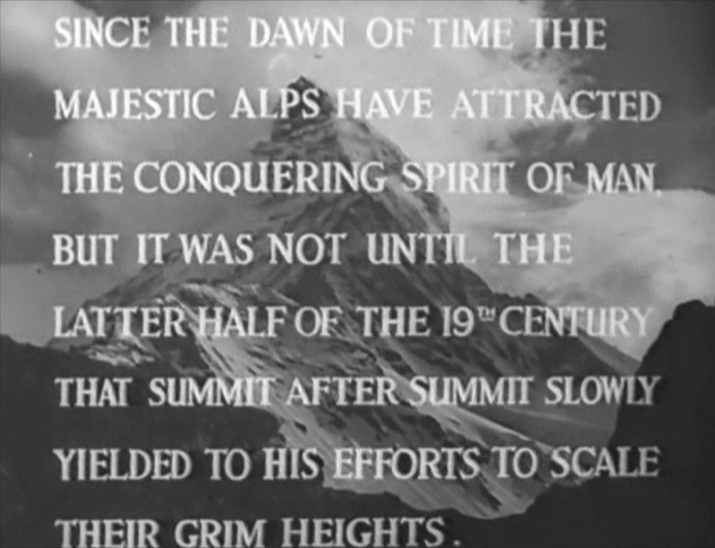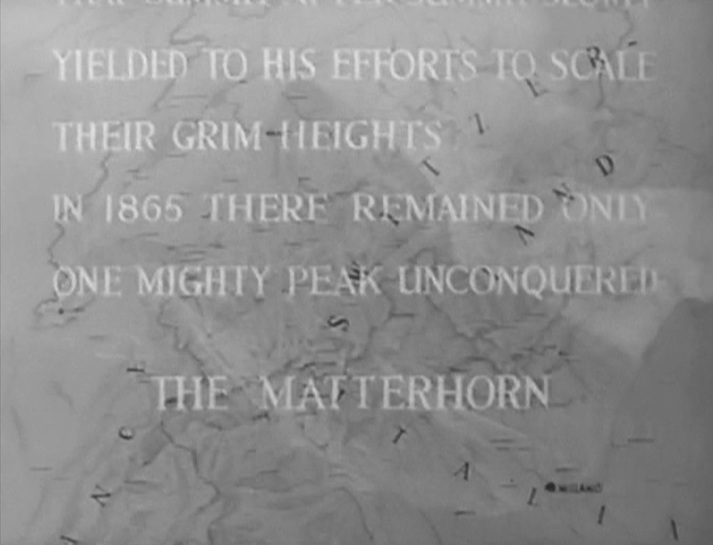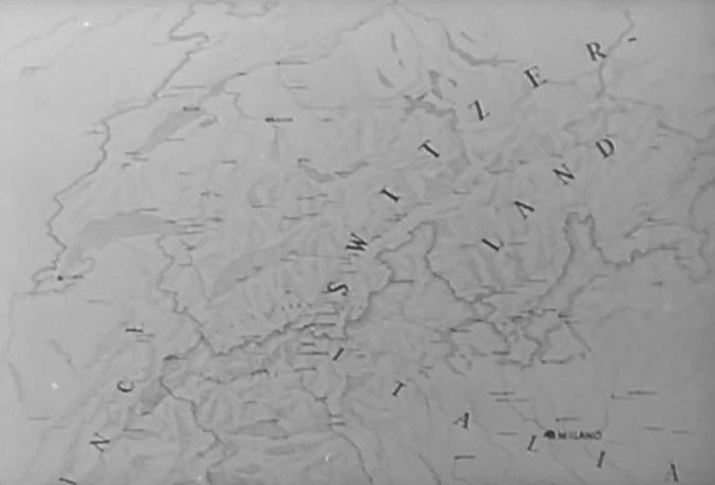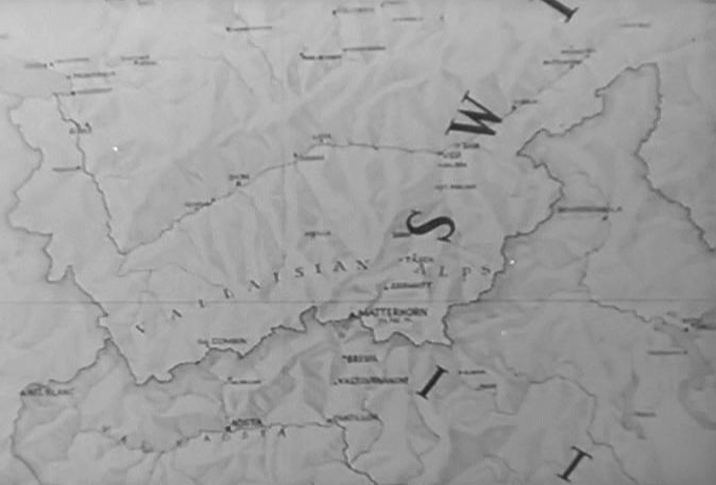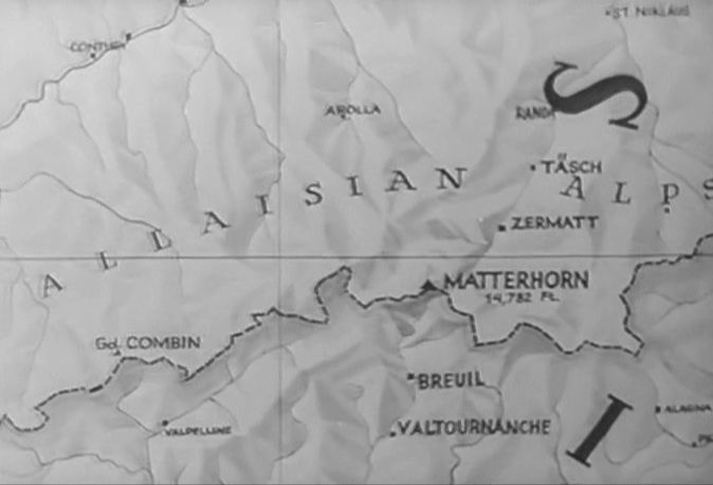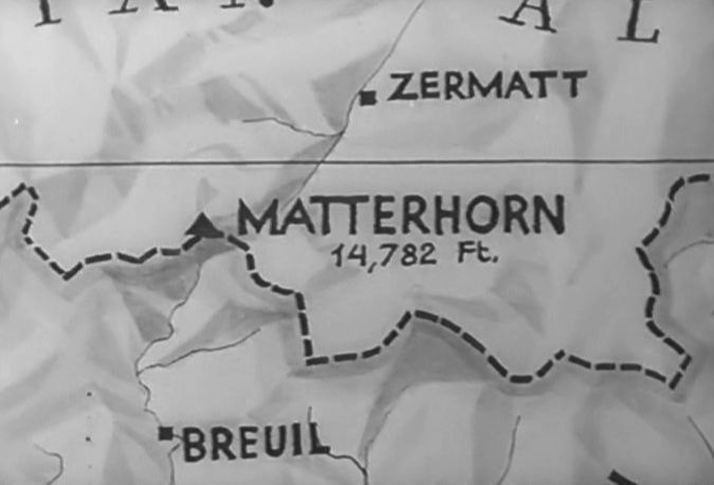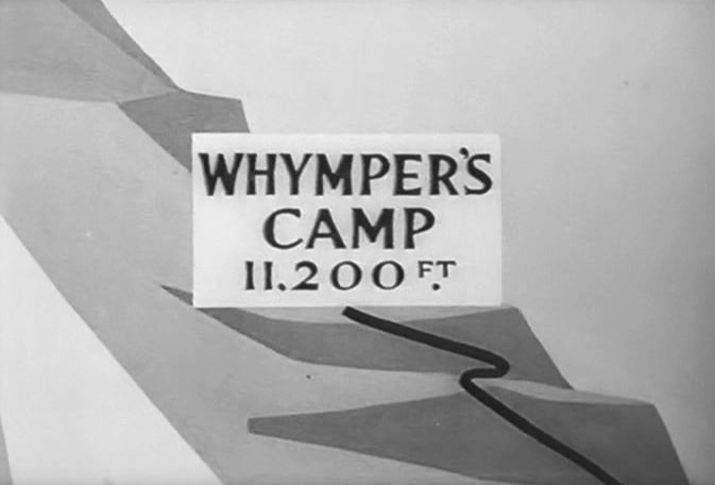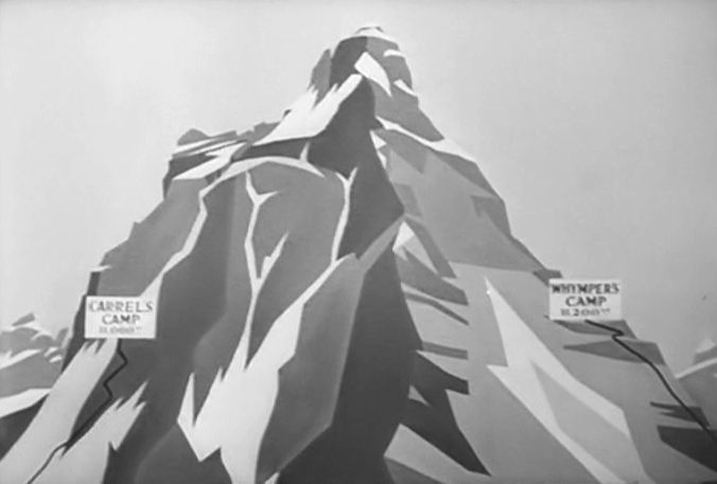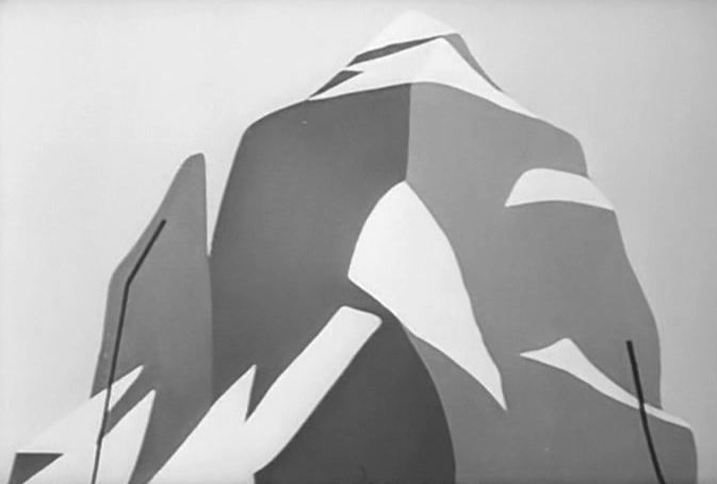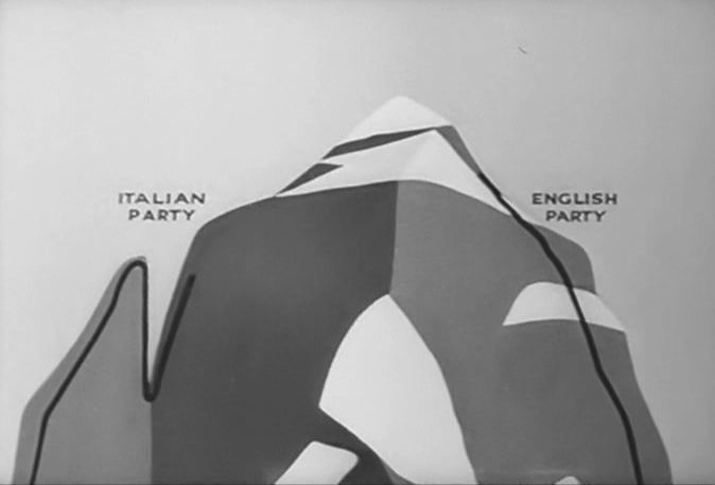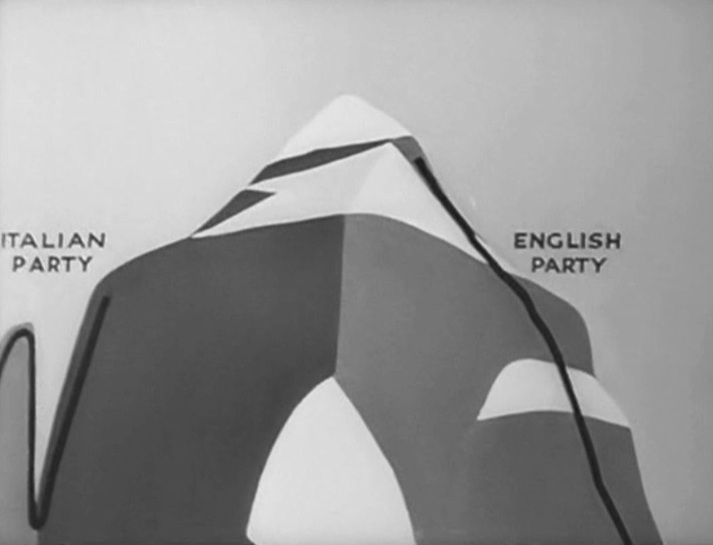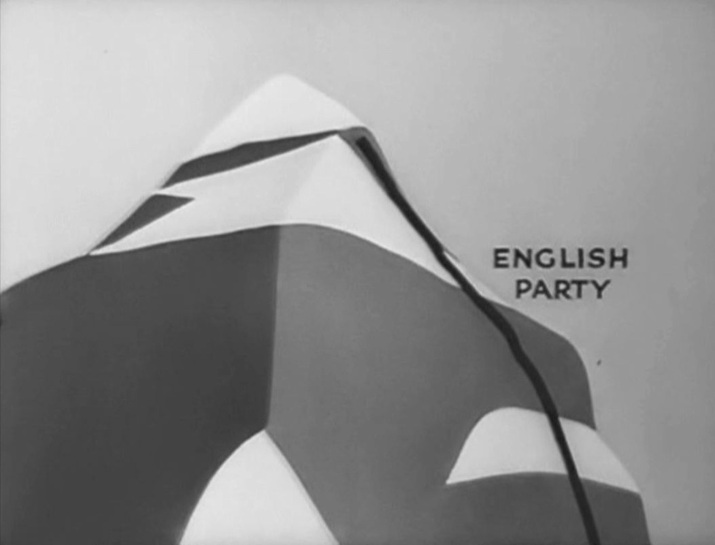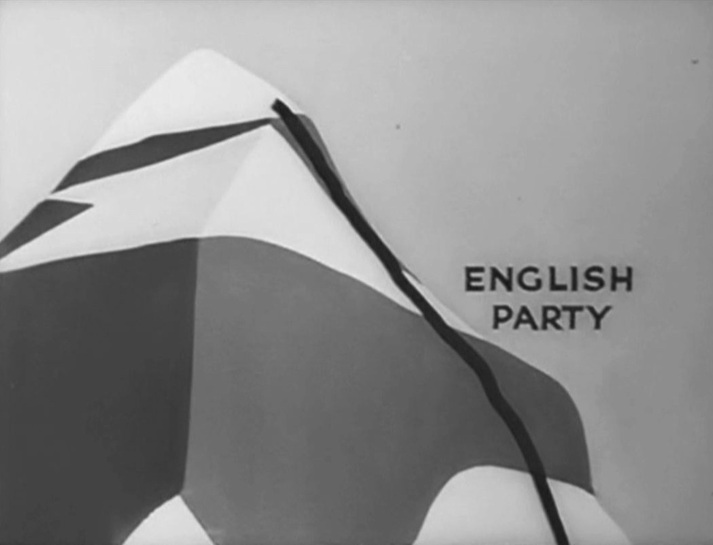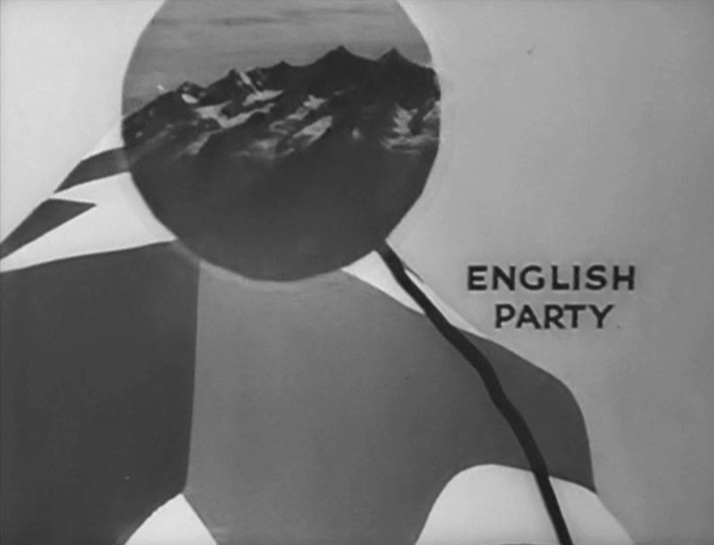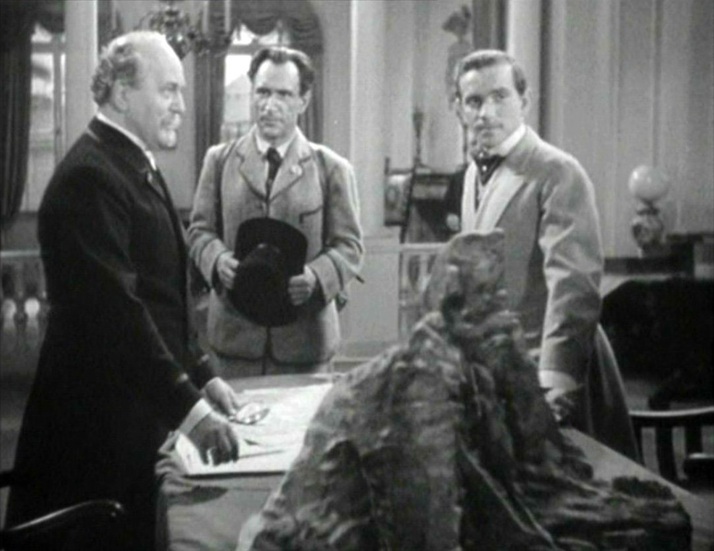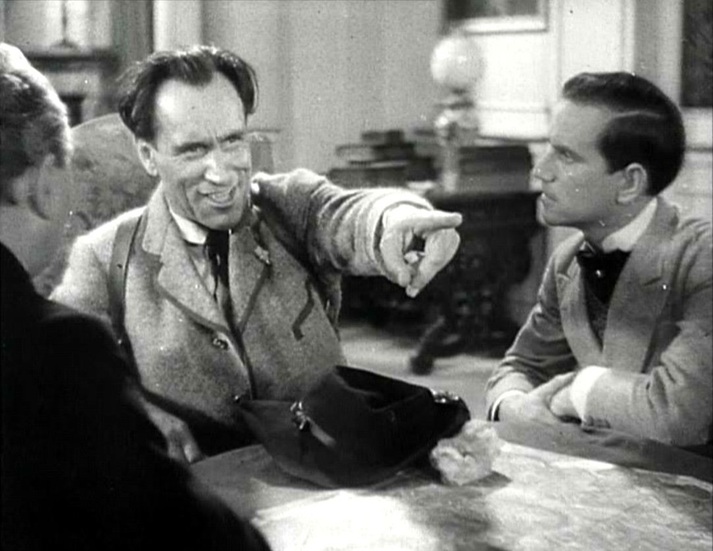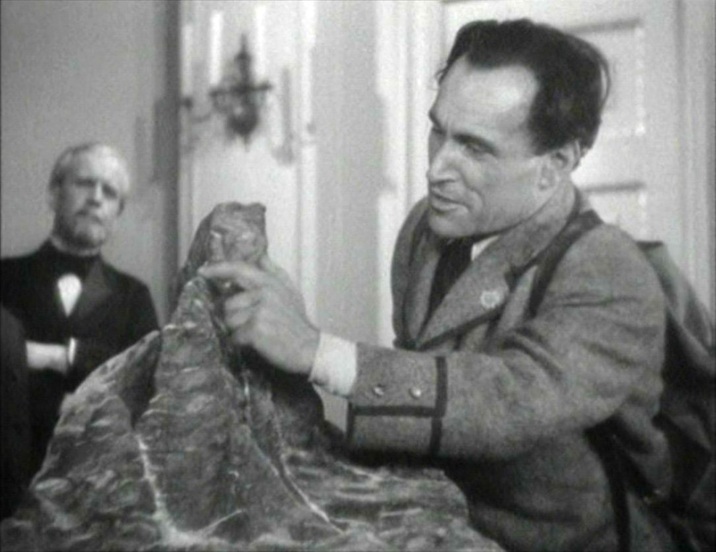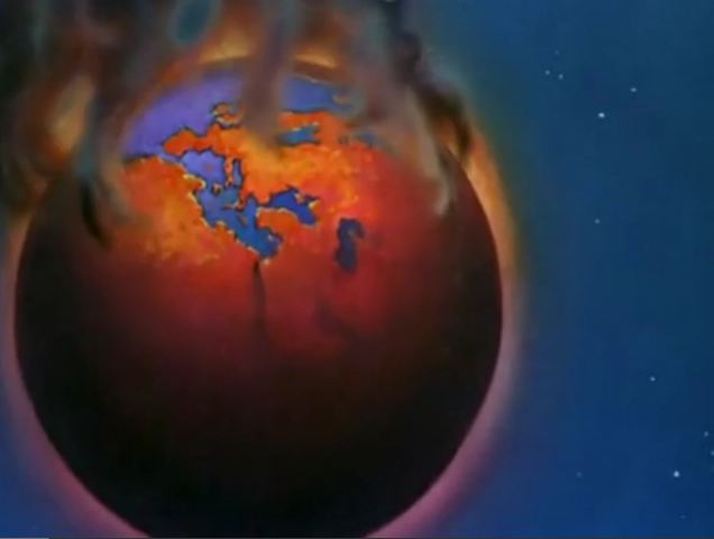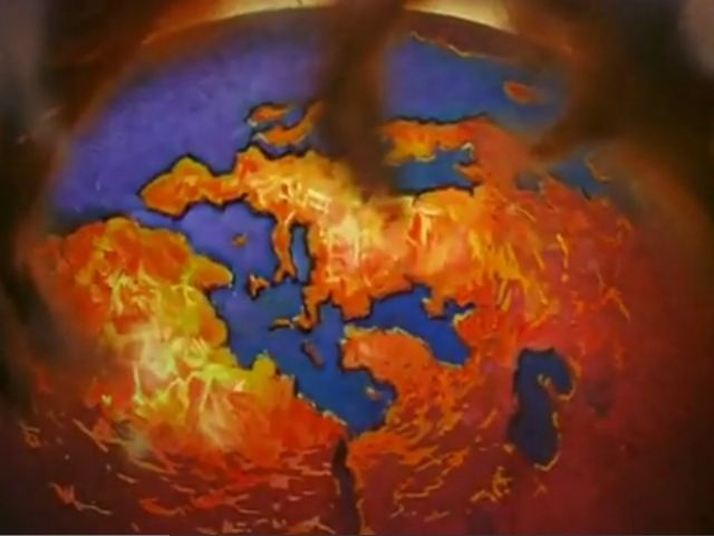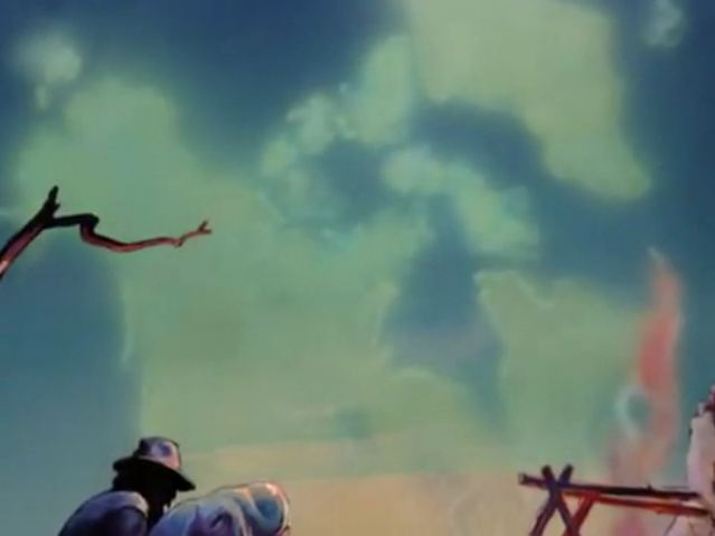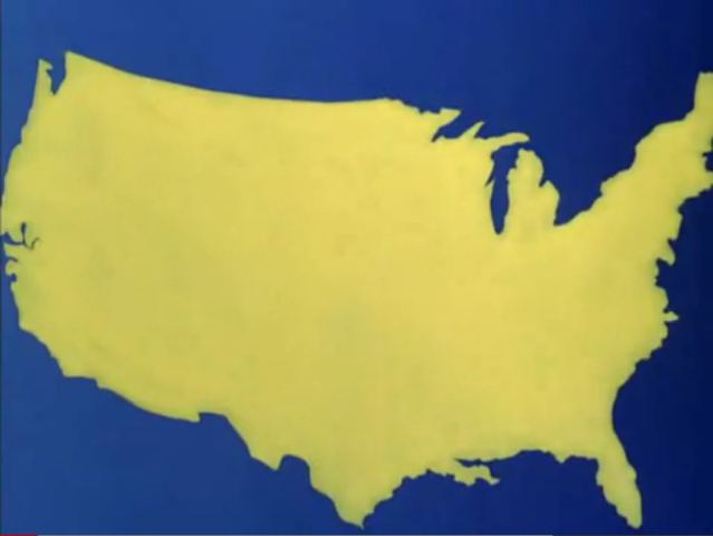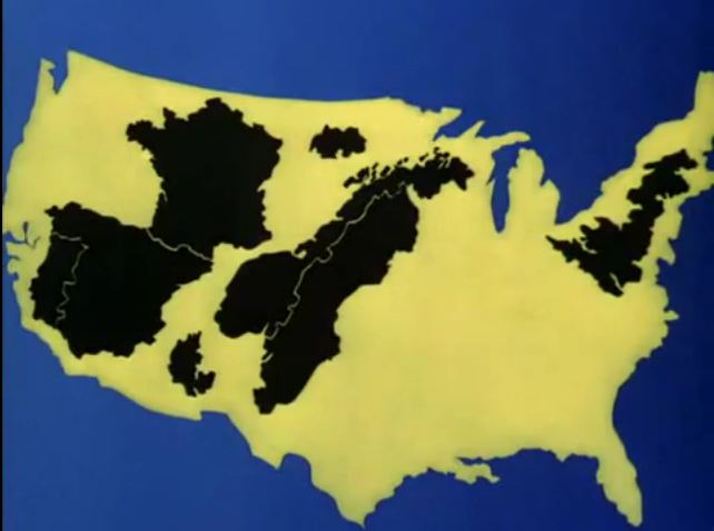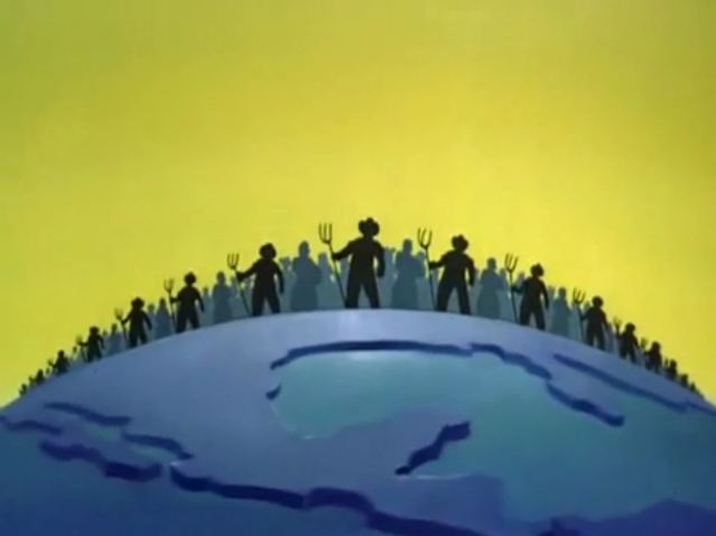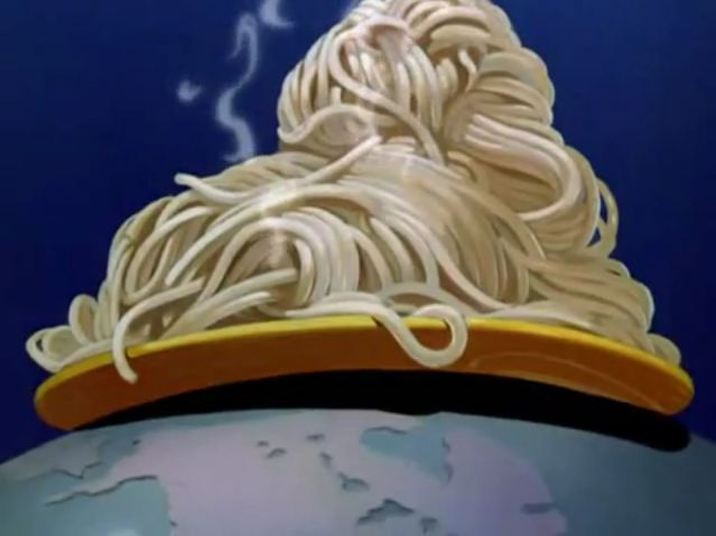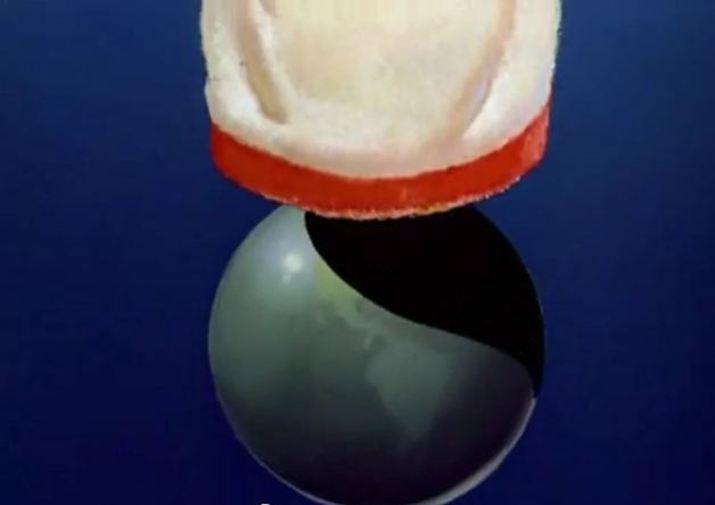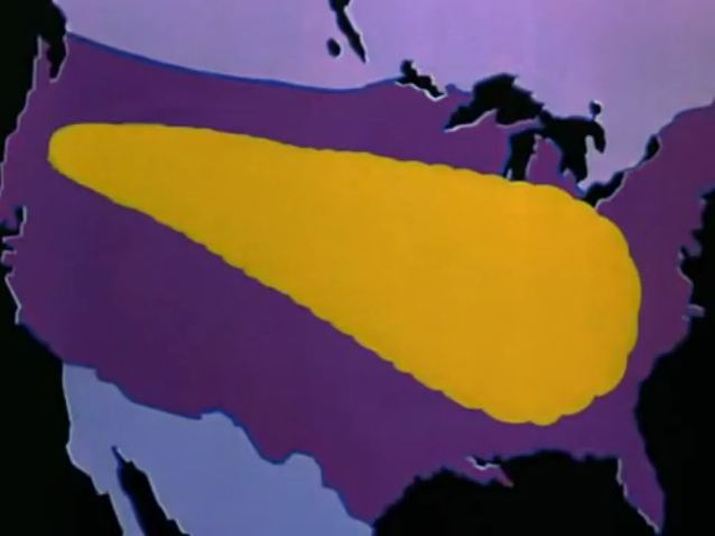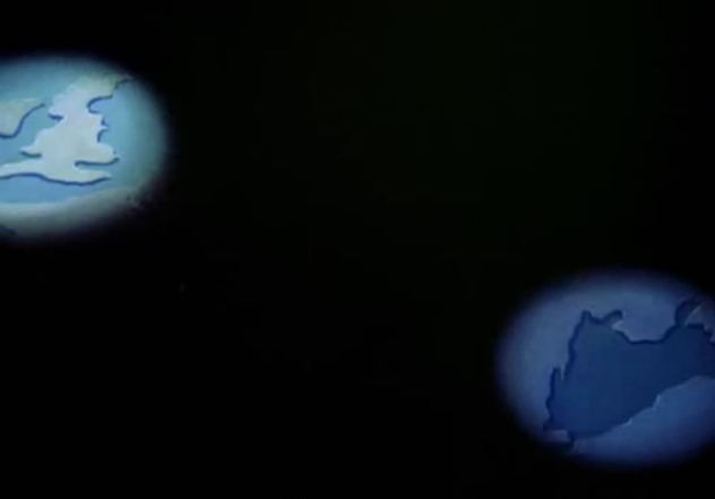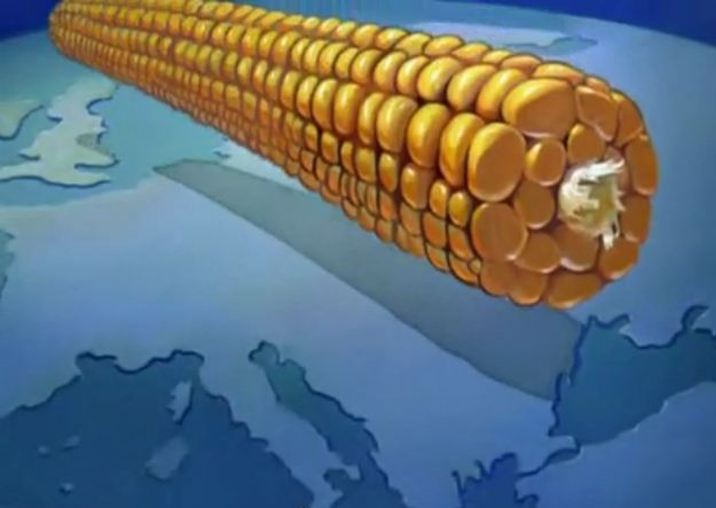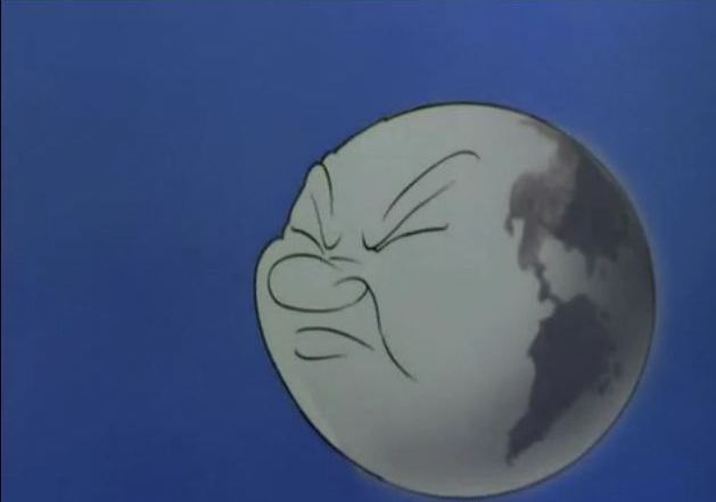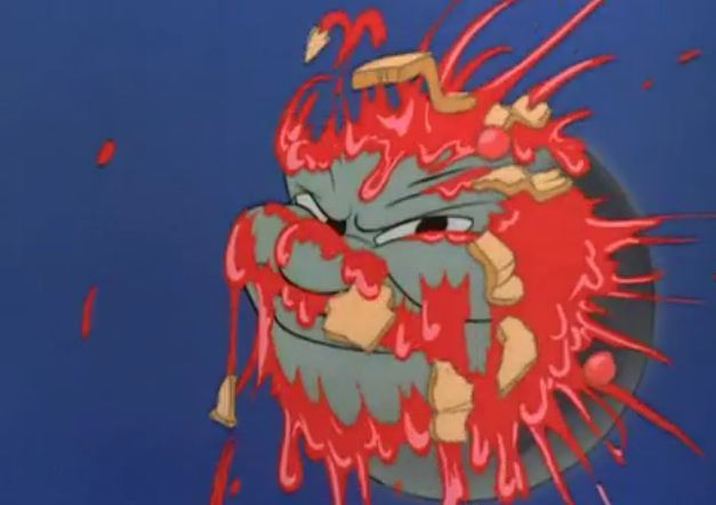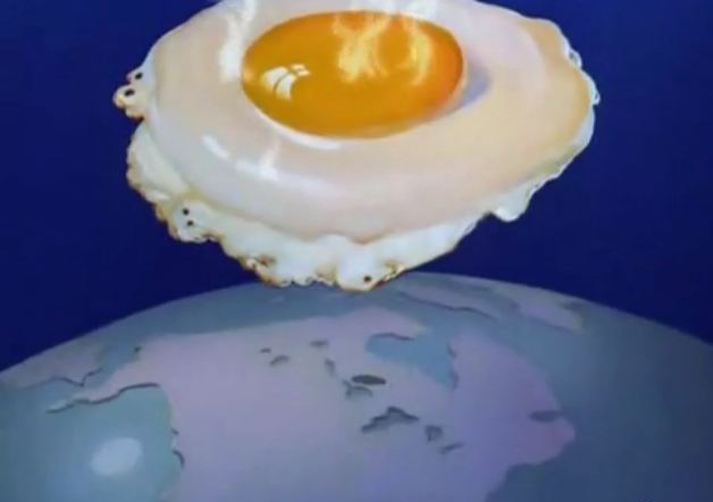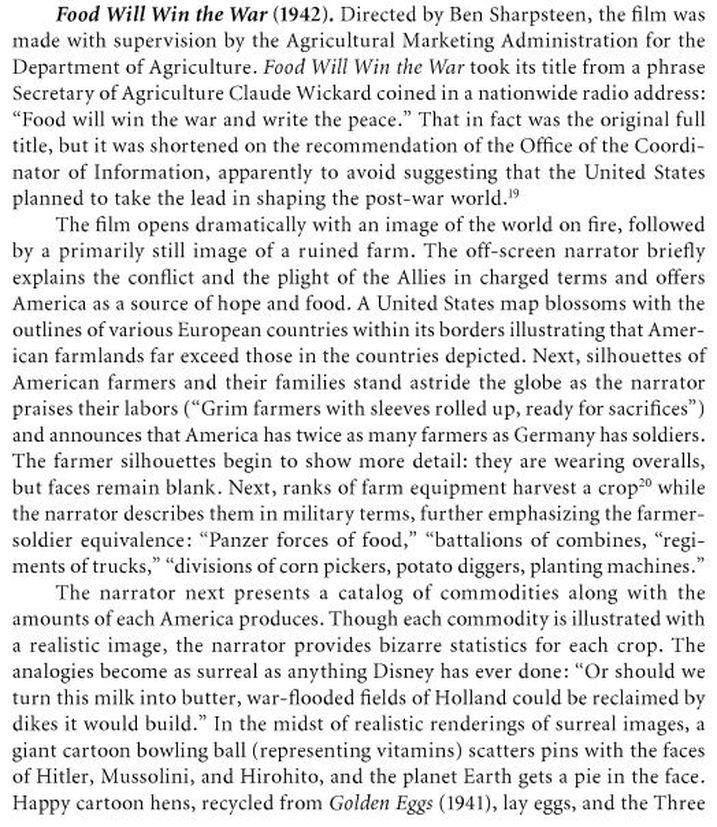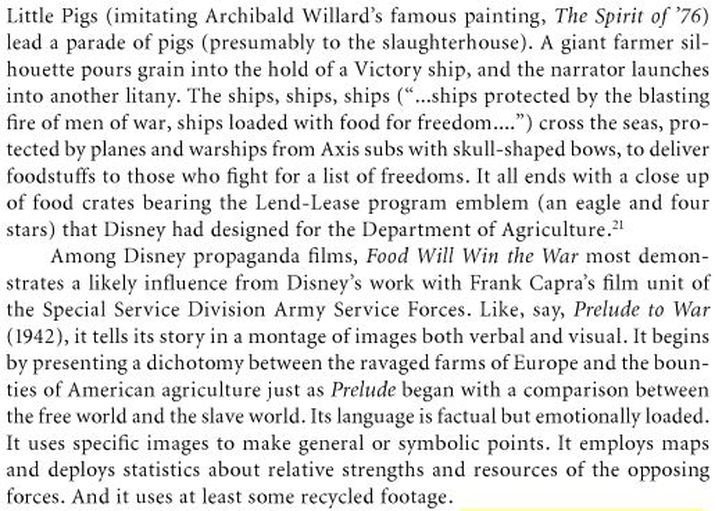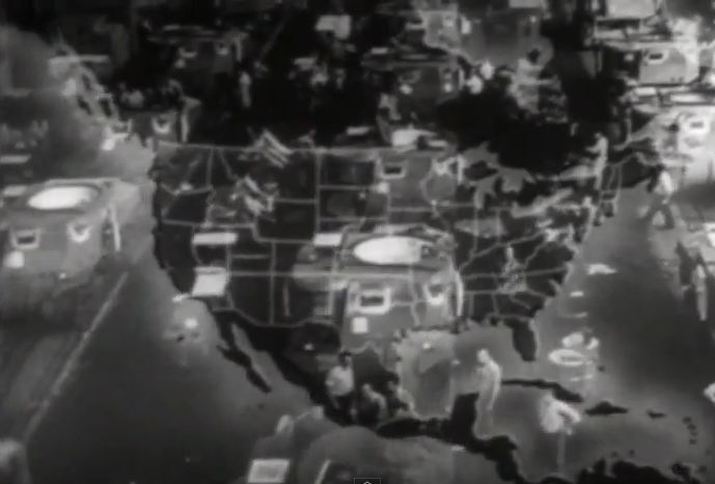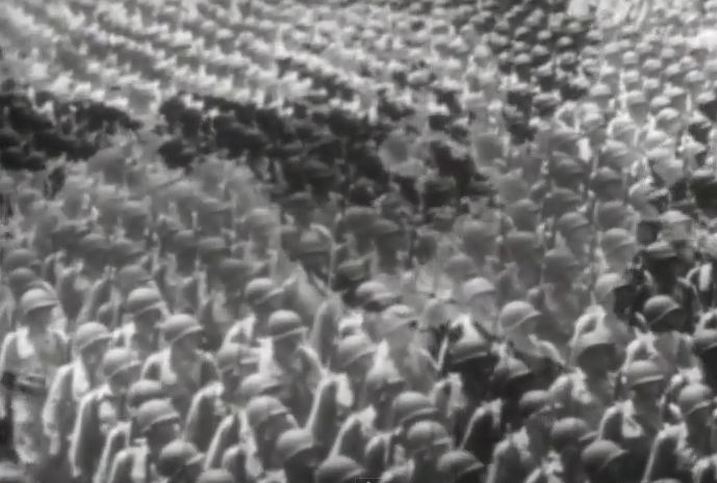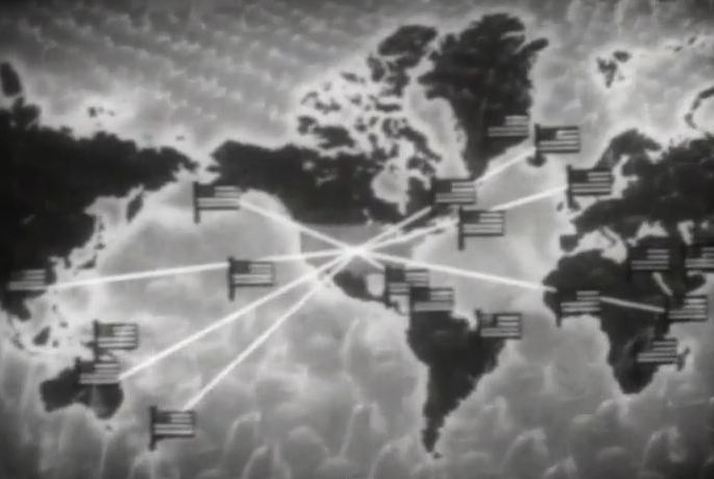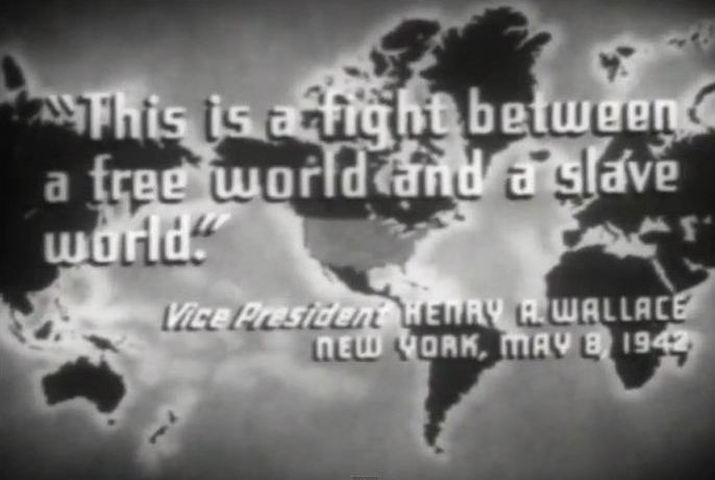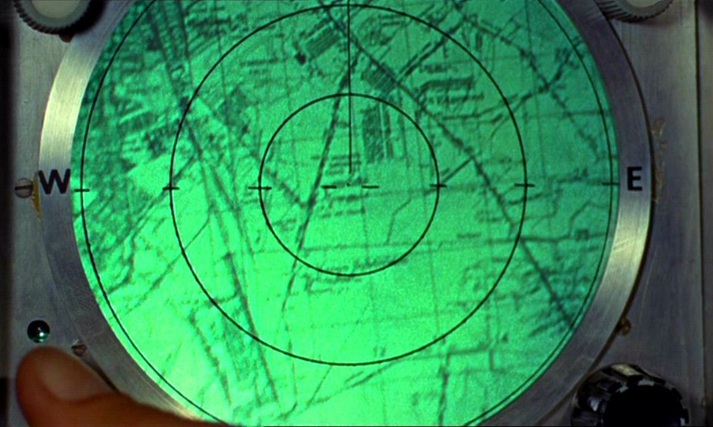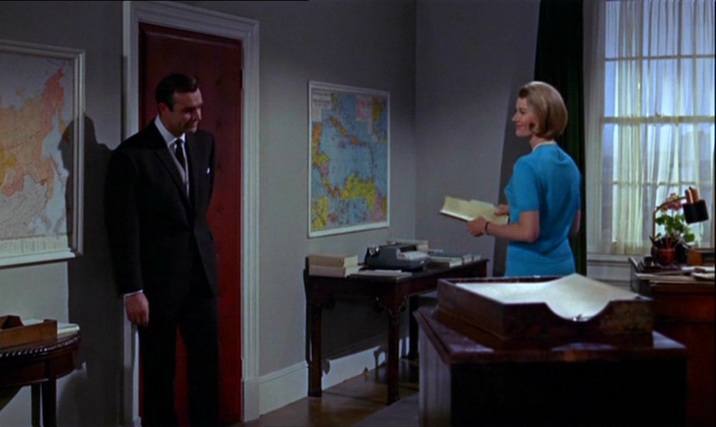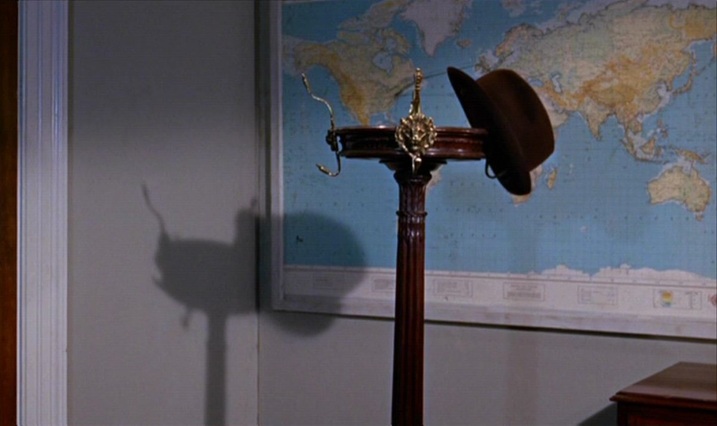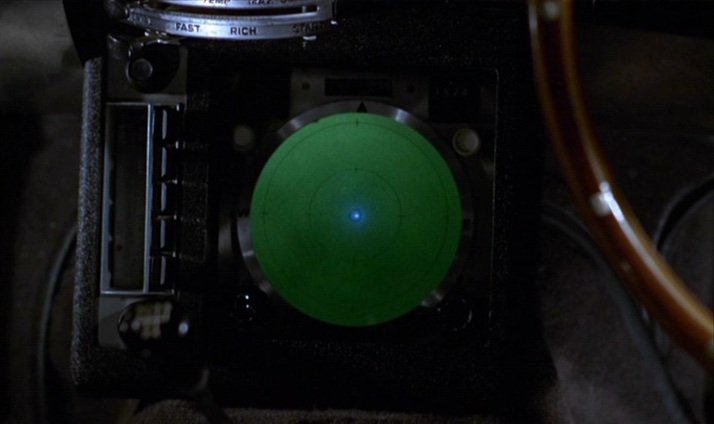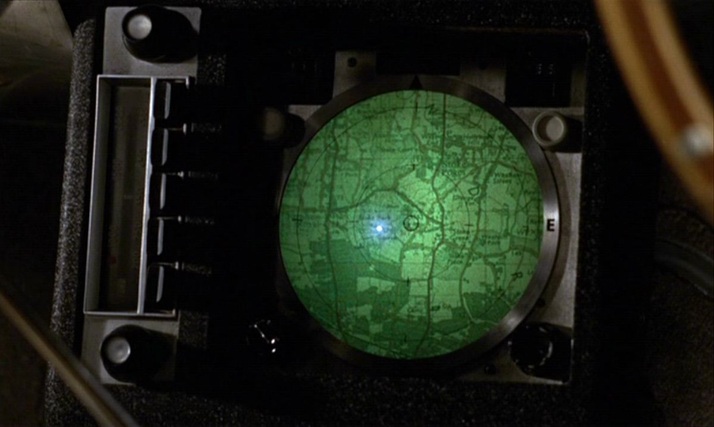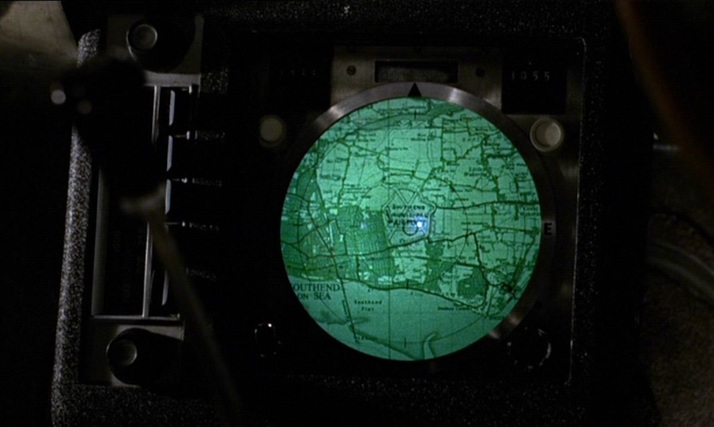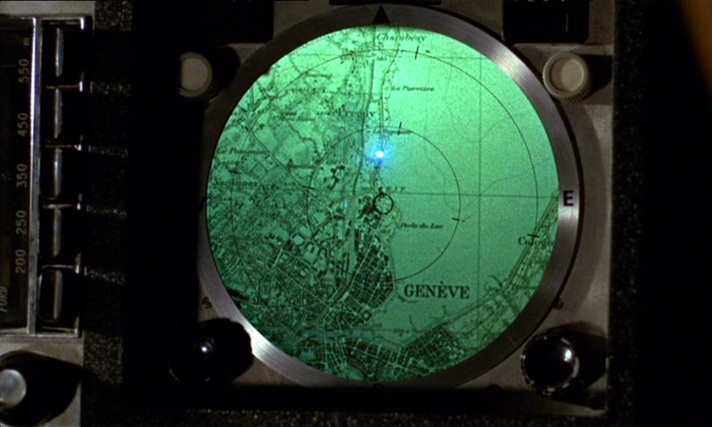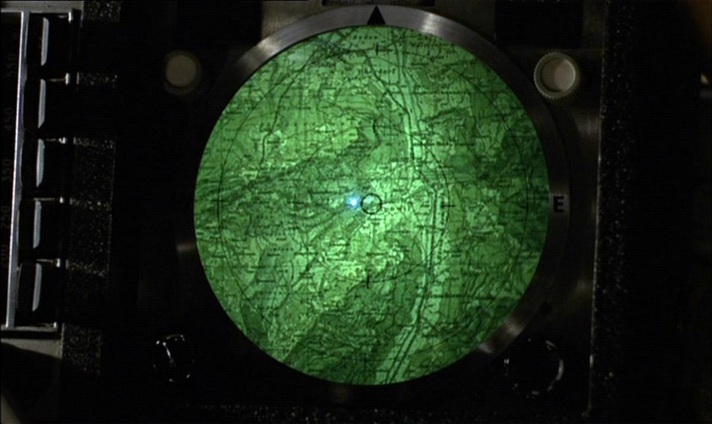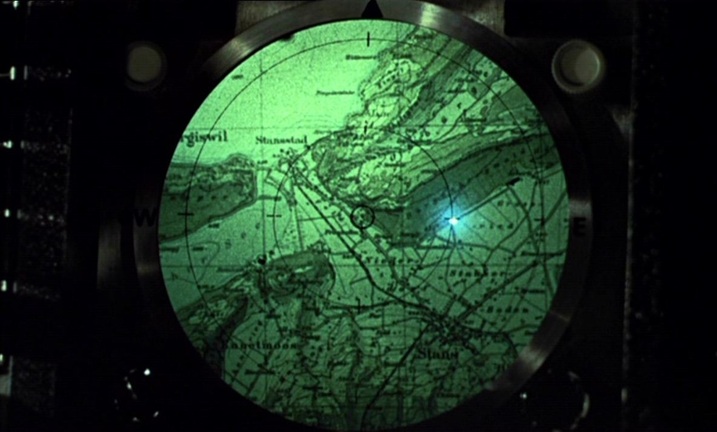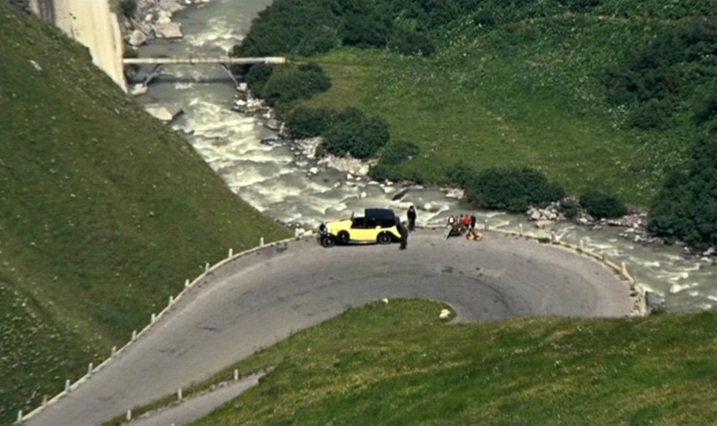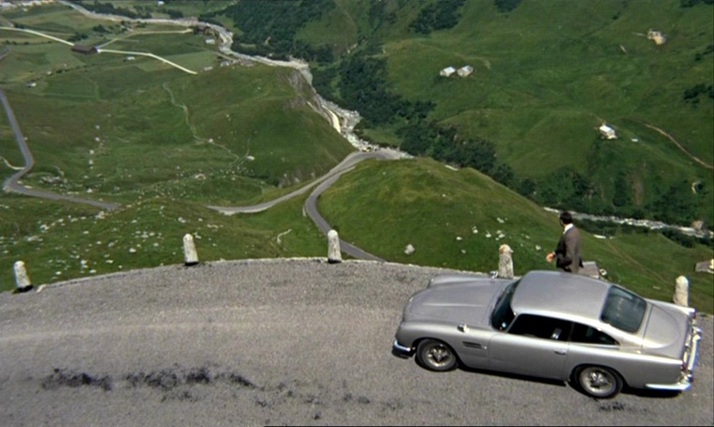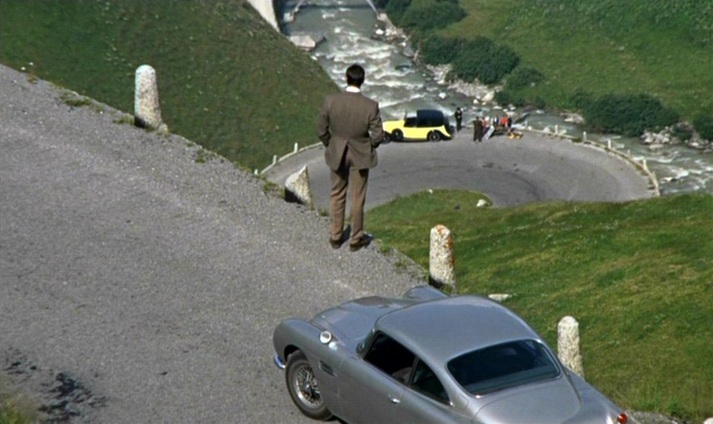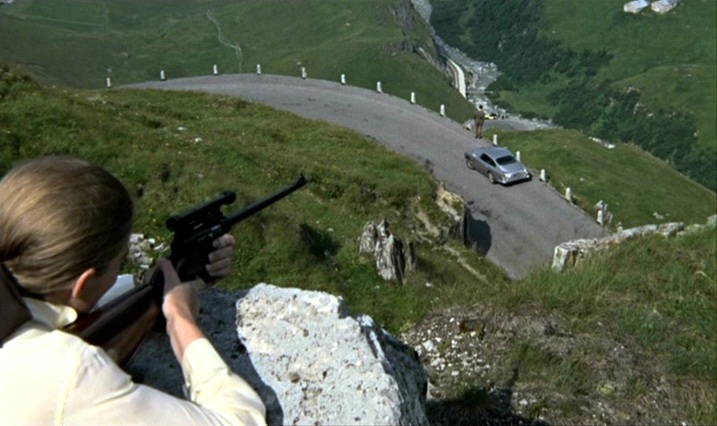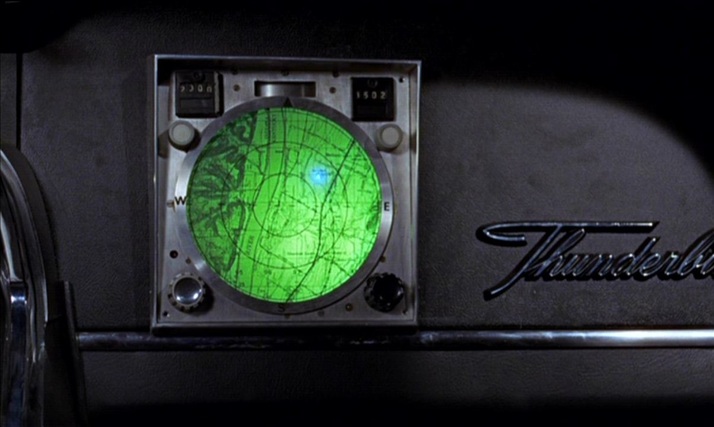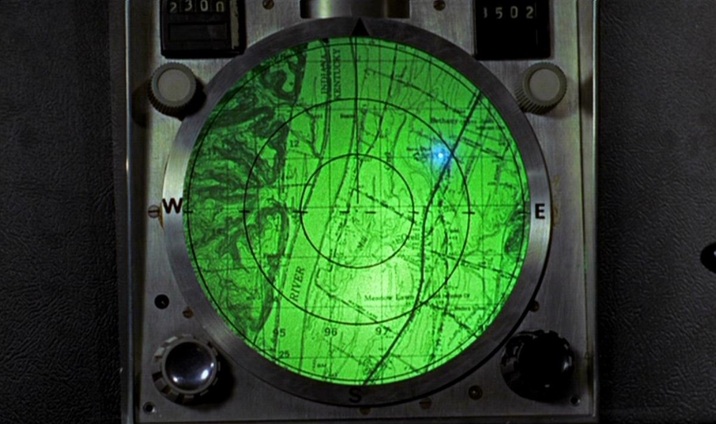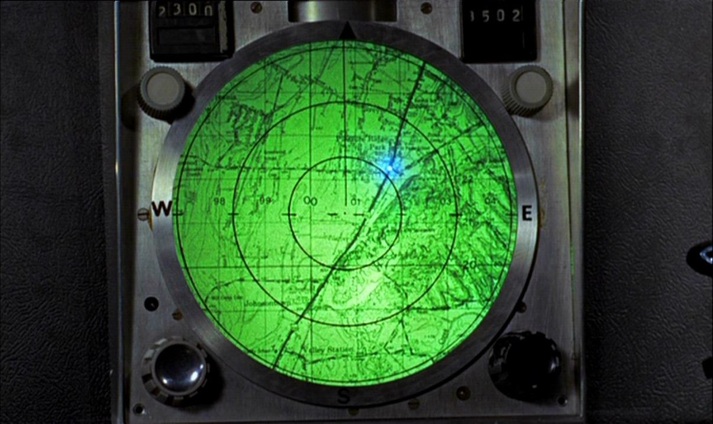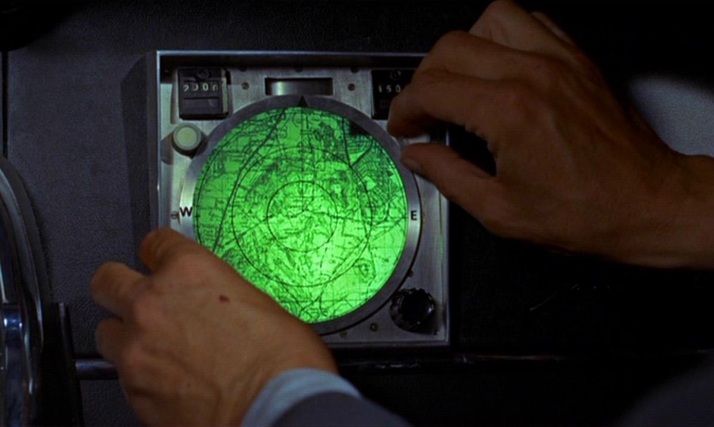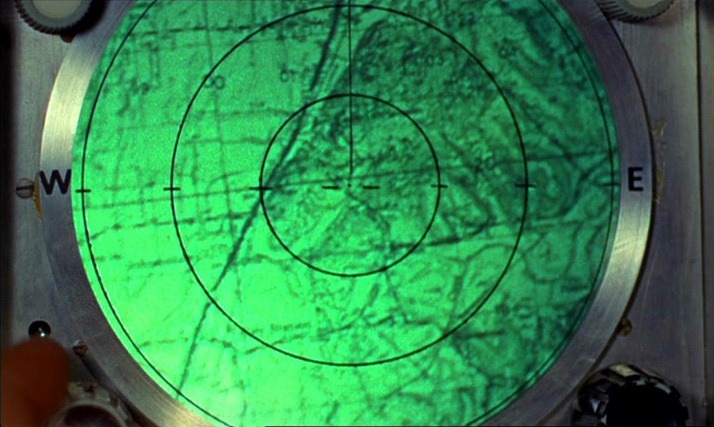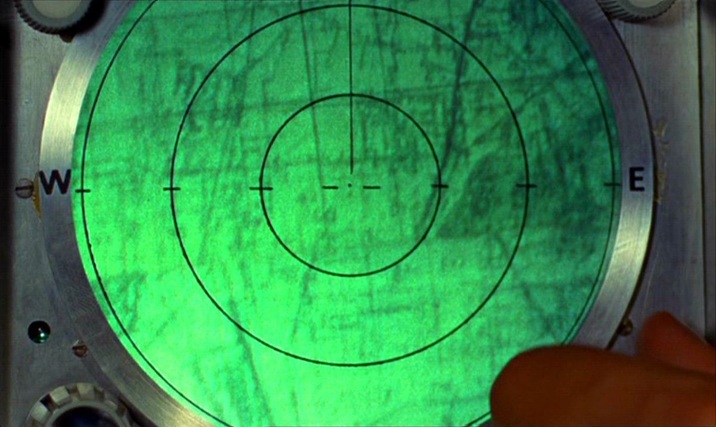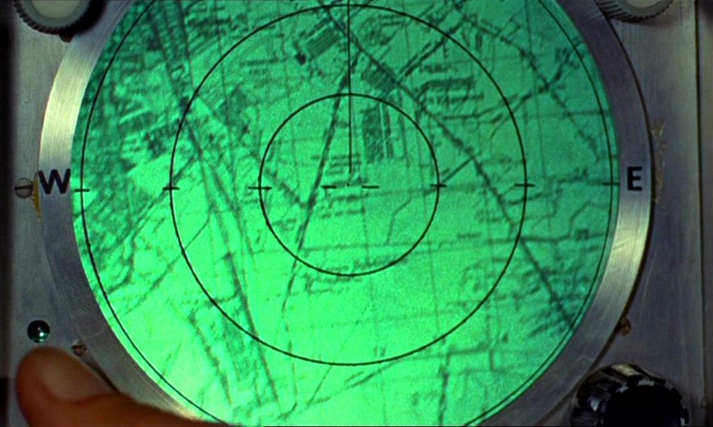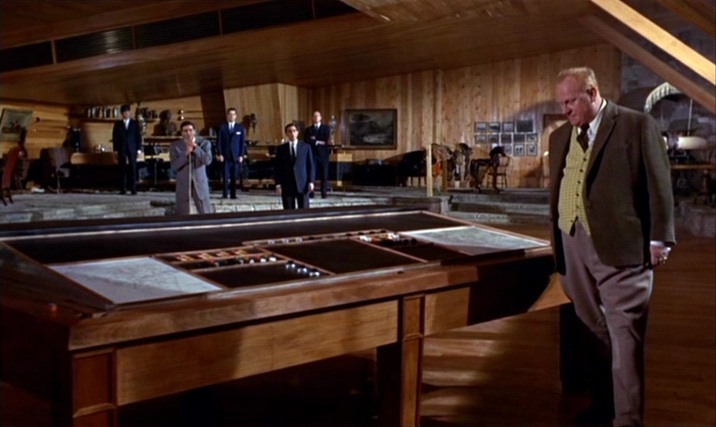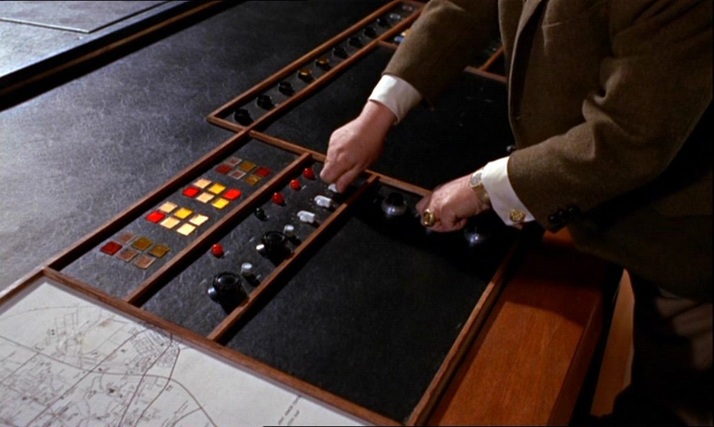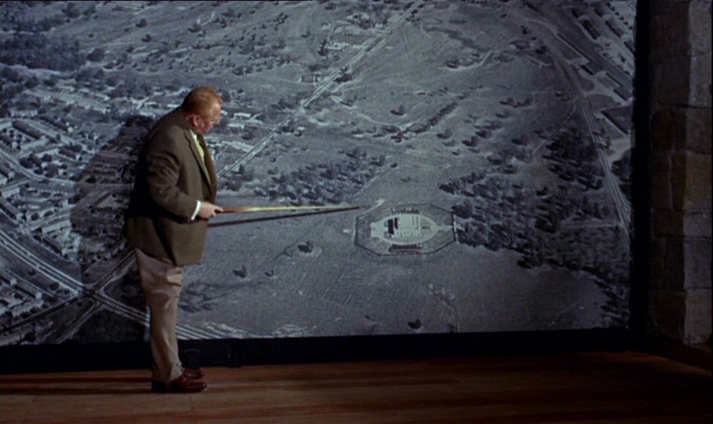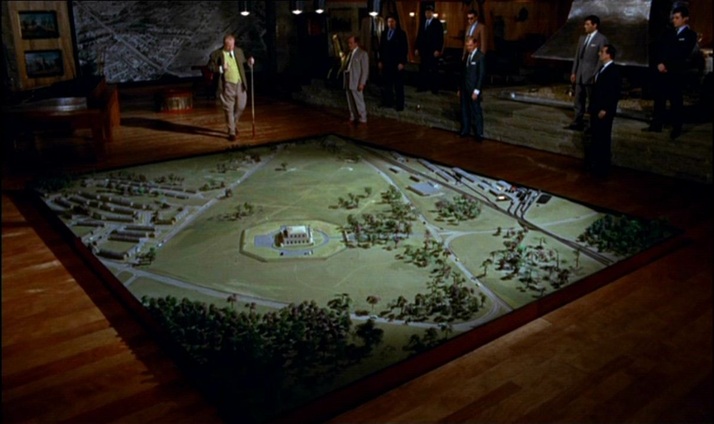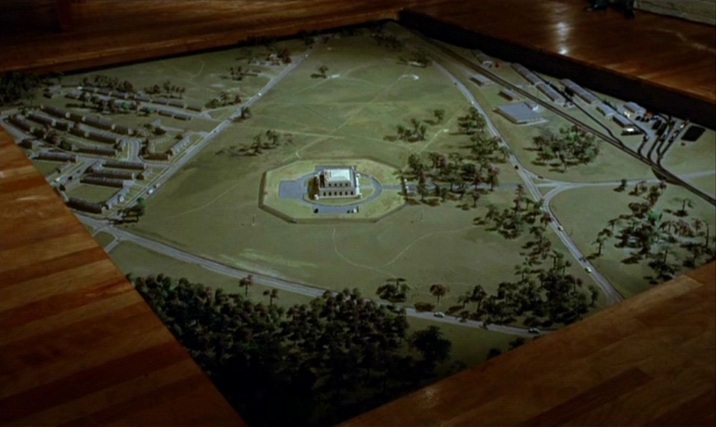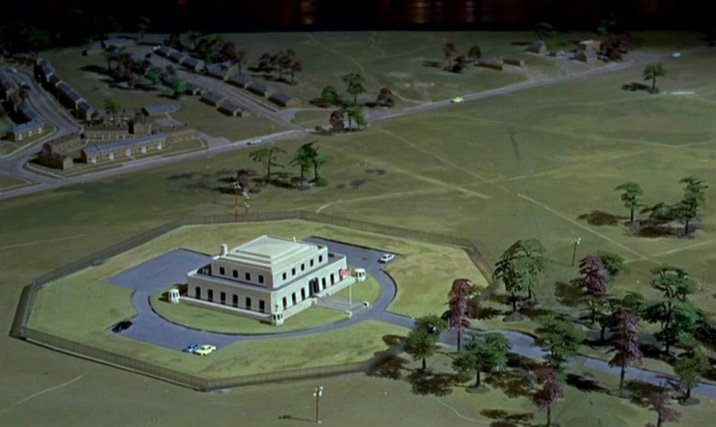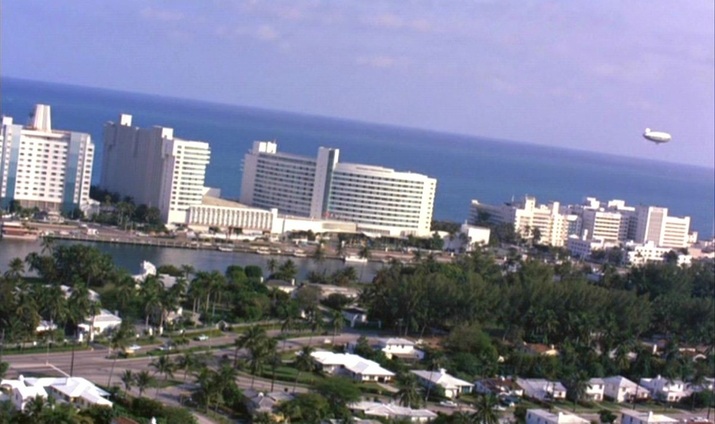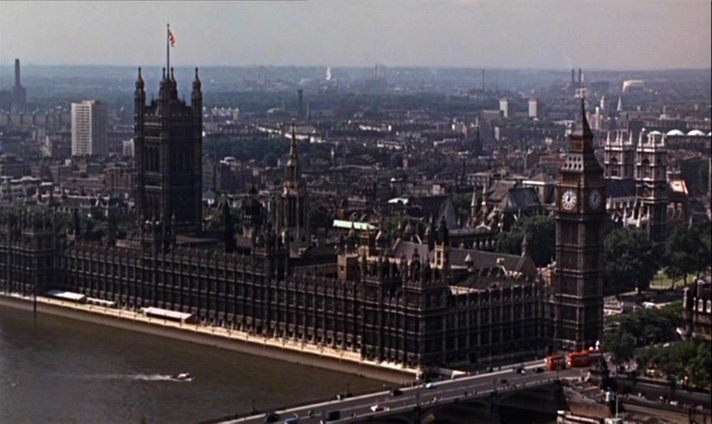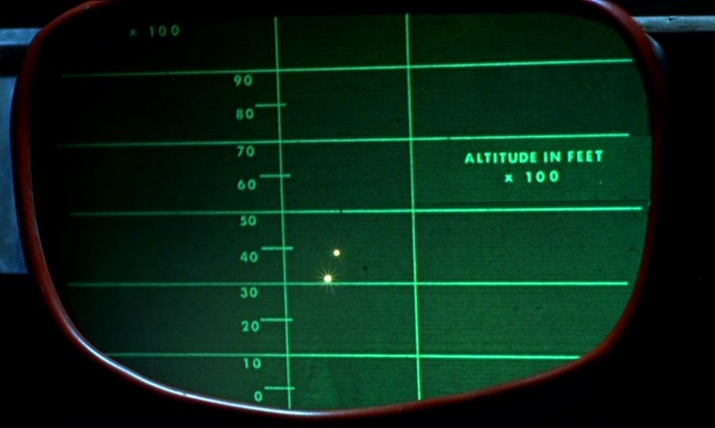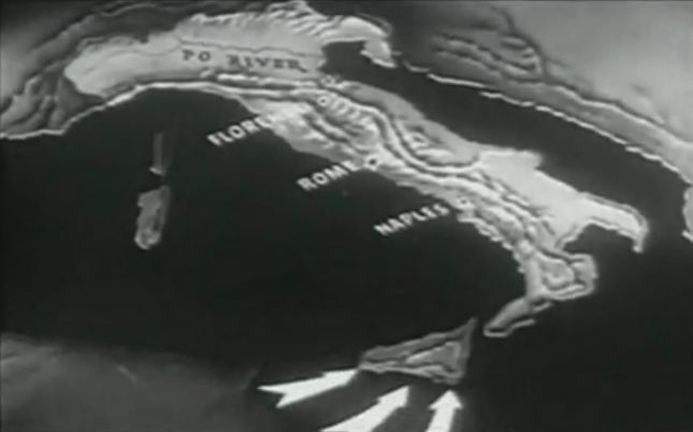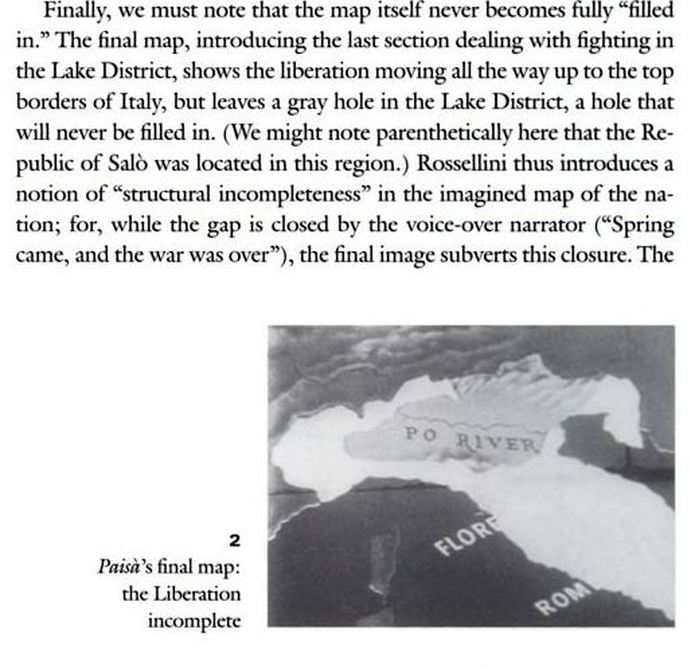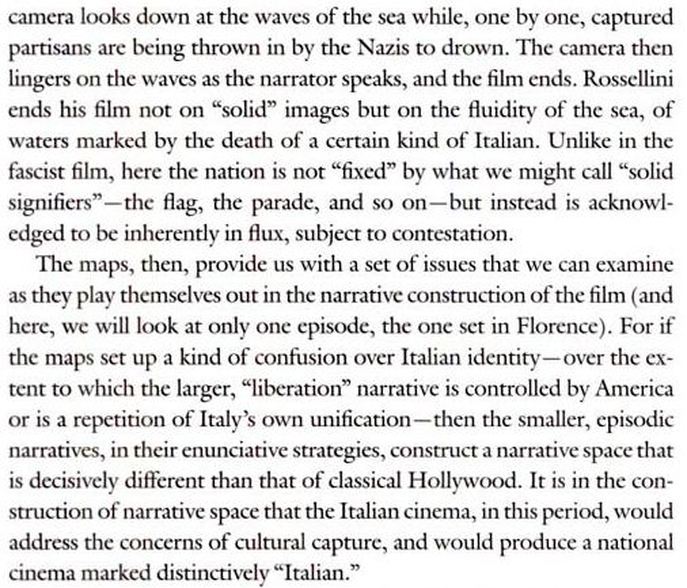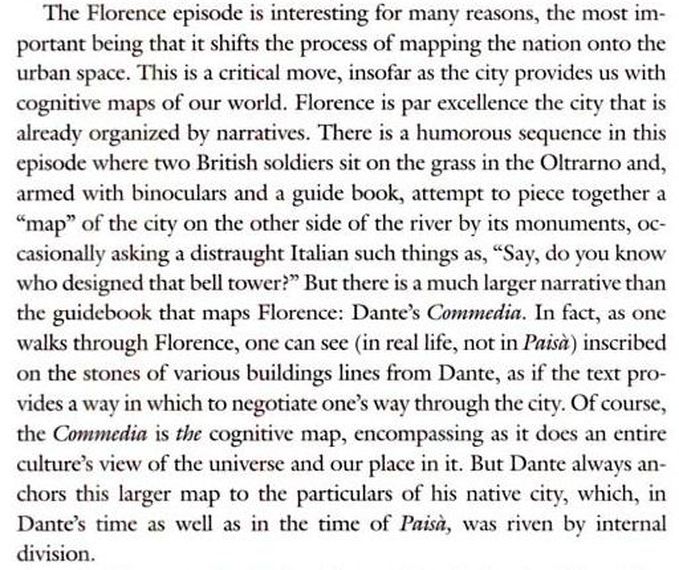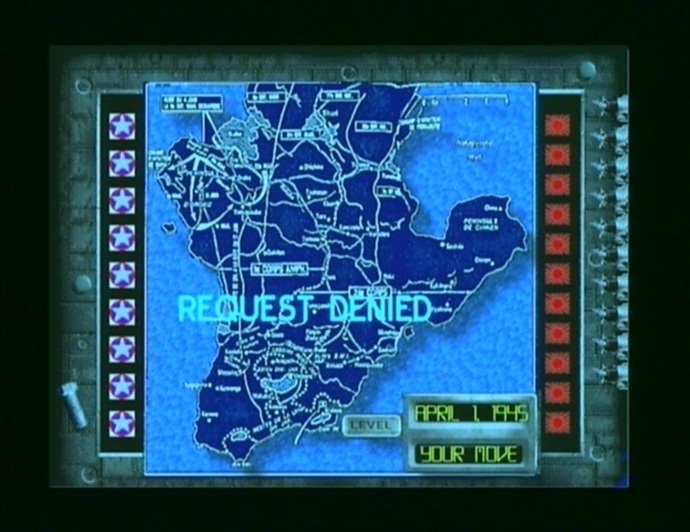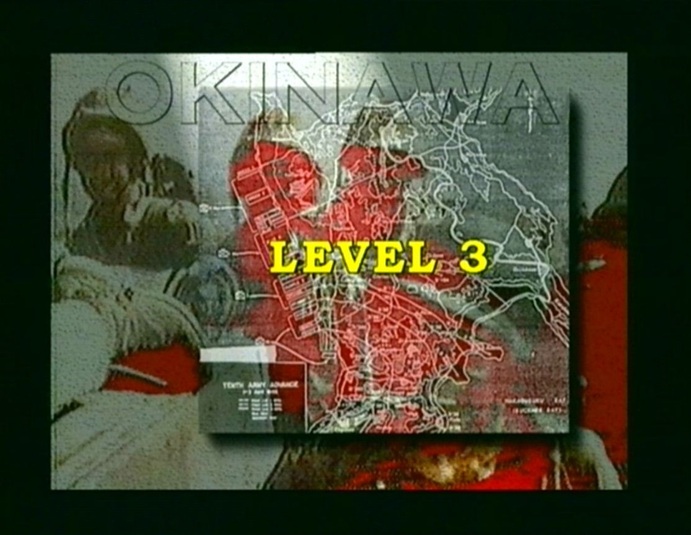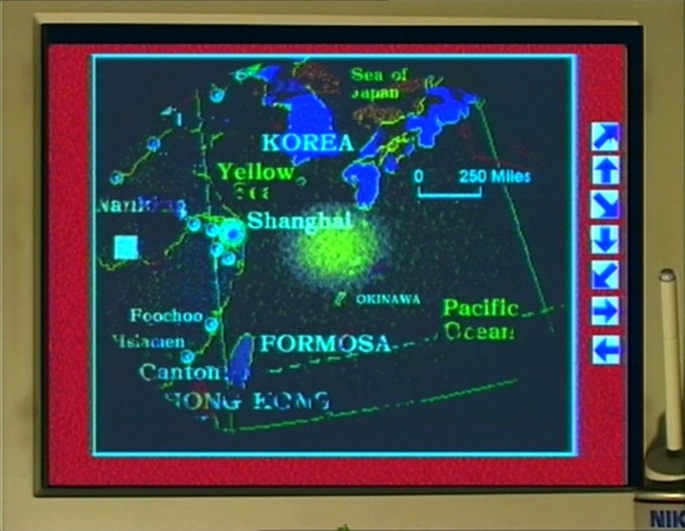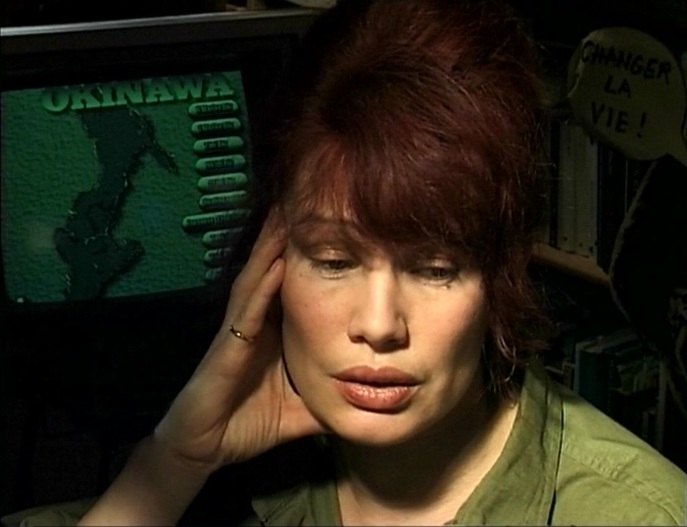|
The recurrent maps representing a passage from Hong Kong to San Francisco via Honolulu are nice but just a pretext for this post. I watched the film after reading Roger Leenhardt's 'Eros, the Pen and the Camera', a contribution to the 'Amour' issue of the journal Artsept. It opens on a note of nostalgia: Does anyone remember Tay Garnett? I imagine that from time to time the Cinémathèque puts on his One Way Passage. I would really like to know whether today when, at the beginning of the film, in ‘the biggest bar in the world’, the hero and heroine – God, Kay Francis was beautiful – exchange their first glances, young cinephiles respond to these two crossed close-ups as we did in the days of the Studio des Ursulines, that is, as an overwhelming manifestation of Eros, as the certainty that a beautiful tale of love and death had just begun. It was the golden age of the American screen. Speech had just rid films of all that visual rhetoric, while preserving the image’s potency of dream. In this cinema, love was essentially love at first sight, the predestined couple, fatal attraction, where desire is idealised and passion is absolute, in brief, the incarnation on screen of the old myth of Tristan and Isolde, that Denis de Rougemont has rightly called the major myth of the Western psyche. - Roger Leenhardt, 'L'eros, la plume et la caméra', Artsept 3 (1963), p.37 (my translation) Here are the two close-ups Leenhardt refers to: The beauty of the incipient tale of love and death is above all that of Kay Francis in close-up - 'mon Dieu! qu'elle était belle': More beautiful still are the close-ups of embrace: The most erotic of these is the scene on the beach where William Powell lights Kay's cigarette from his, and then they kiss: The moment ends with first one then the other cigarette discarded, still lit, and a later shot of the two cigarettes, now reduced to ash, tells us that the erotic promise of smoking together has been fulfilled: Another pair of discarded objects emblematises their relationship, as they take to smashing the glasses from which they have drunk cocktails and putting the stems together on the counter of the bar: The charge here is more pathos than eros; the film finishes on two glasses smashed on the counter of the bar at which the lovers had made a New Year's Eve rendez-vous, each knowing they would be dead and unable to be there. The glasses break of their own accord and then disappear from view in the final shot: Leenhardt doesn't comment on the film's many close-ups on objects, hands and other details: The Bressonian quality of some of these inserts may just come from there being a pickpocket among the supporting characters: Another feature of Garnett's film unconnected to Leenhardt's eros-centred reading is the mobility of the camera in set pieces. To end, as illustration, here is the closing shot (with no sound): 'Backed by billions of dollars, by the resources of the biggest corporations, this conspiracy entangled the whole United States but it was kept secret till the Senate Committee turned on the light.' 'Spies. The Senate Committee revealed the spies of a secret war, all over the country, planted in every local, forty-one thousand labor spies, an eighty million dollar payroll.' 'The Senate revealed the existence of private armies, armies of criminals, organised for a secret war in every state of the Union, armed vigilantes, strike-breakers, company police, paid by private corporations.' 'Private arsenals. The Senate revealed private arsenals of tear gas, shotguns, machine guns, for a war against Americans. Millions of rounds of ammunition. Millions of dollars spent in secret.' 'And a system of nationwide propaganda used to attack progressive legislation. Newspapers, lobbyists, the radio, full-page advertisements, extending across the whole country.' 'Propaganda, arsenals, private armies, spies. The Senate exposed the secret connections, the interlocking parts of an immense conspiracy, directed by a handful of fascist-minded corporations.' 'Here was a criminal conspiracy to undermine the Bill of Rights, to weaken the strength of Americans, exposed, exposed to the light of day.'
The map-as-jigsaw opens and closes Avalon Daggett's documentary on the Navajos in Arizona and New Mexico, accompanied by this commentary: 'America, a jigsaw puzzle of checkered colors and scenes, denoting many things in many places. (…) This golden country of canyons and of sand, one colorful segment of the jigsaw that is America today.' (You can watch the complete film here.) In Herds West (which you can watch here), her film on the movement of cattle along a 'production line', Daggett uses a cinemap as illustration: (The brochure above is from the Iowa Digital Library, Universities of Iowa.)
From the sample of titles I have been able to find it is clear that she understood her educational brief to cover very varied aspects of 'America the Beautiful': Louisiana Gayride (1949), Indian Pow-Wow (1951), Villages in the Sky (1952), Tribe of the Turquoise Waters (1952), Peaceful Ones (1952), Smoki Snake Dance (1952), Warriors at Peace (1952), Mississippi Magic (1954), Tournament of Roses Parade (1954), Arizona Adventure (1954), Weavers of the West (1954), Father of the Southwest (1957), Copper, Steward of the Nation (1959), Marshes of the Mississippi (1961), A Way of Life (1961), Rice, America’s Food For the World (1962), Signs, Signals and Safety (1966), School Bus Driver VIP (1967), Swamp Expressway (1972) Another article in the Prescott Evening Courier gives interesting detail about the camera Daggett used, and about the relation of her work to television: She died in 2002, leaving a bequest to fund three professorships at Louisiana State University, the 'F. Avalon Daggett Professorships in Rice Research', a callback perhaps to her 1962 film Rice, America’s Food For the World.
To get us from Paris to Lyon then on to Avignon, a simple means of representing a journey through superimpositions, first of a map on the speeding car, then of map on map, twice, then of the speeding car on the last map. The one other map in the film has the police identifying where exactly the criminals can be found: Several cinemaps are used to illustrate advances in the campaign, but there is also footage of interested parties consulting maps, as here:
After a written prologue the film opens with a map superimposed on an advancing train, the Orient Express, heading East. This movement across Europe suggests the general vicinity of Ruritania, without having to show the fictional country on the map: According to the panel on the train, Strelsau, the capital of Ruritania, is somewhere between Vienna and Bucharest: A globe serves as a real-world counterpoint to the fanciful place names that identify these protagonists - Antoinette de Mauban, Michael Duke of Strelsau and Rupert of Hentzau: The film's last map is entirely fictional, a plan of the castle of Zenda from which the King must be rescued:
Movement from the film's first location (the penal colony in French Guyana) to its second location (Belleville, Paris) is effected by this simple cinemap, presented in silence (where otherwise Grémillon's film is strikingly experimental in its use of sound).
Danger: Diabolik features one of cinema's finest map sequences. The police inspector is working things out by marking areas on a map, but the film animates the spread of his marking rather than laboriously have him do it by hand. (You can see it fully animated here, about 4 miutes 30 seconds into the extract.) The setting of the action is ostensibly England, but the shooting was in Italy and many of the incidental accoutrements are distinctly continental. Englishness is denoted by cars like the E-type Jaguar and newspapers like the News of the World. The map being studied by the inspector has English words on it, but is in fact of Los Angeles:
Designed by Milton Glaser and Walter Bernard, the credit sequence of Sleepless In Seattle is very simple, the slow revelation from east to west of a map of the United States. The map combines the political and the physical, showing both states and mountains, and is shot from an angle rather than overhead. The curve of the horizon and the schematic arrangement of stars above the map suggest that this is a view of a planet (one on which the only distinguishing feature is the United States): In different colours, the map returns periodically in the film as the basis of a graphic representation of characters' movements across the country: At the very end of the film a map appears, revealed as the camera withdraws slowly from a Manhattan of lights. The lights look like stars in a black sky, and as it grows distant New York comes to resemble a galaxy. Eventually, the whole of the Unites States is outlined by points of light,and the country becomes a constellation: (I may have missed the point of joke being made, but to me this angled view of the United States makes the country look remarkably like a fish.) There are more conventional maps in the mise-en-scène. A protagonist discusses the geography of the United States with the aid of a wall map: Another protagonist has a map of the city in which she works (Baltimore) on the wall of the office in which she works: When she visits another city (Seattle), she consults a map of that city: She also finds herself in front of a peculiarly decorated, spinning globe in a shop-window display:
‘Truffaut was furious when the locations found in Corsica did not correspond to what he had imagined. Roland Thenot, his production manager, recalls that Truffaut left two hours after he got off the plane, having rejected two or three locations that he did not find exotic enough. Marcel Berbert says he got a phone call from Truffaut that weekend, when the crew was ready to leave for Corsica on Monday to start organizing the shoot: having decided to cancel everything, Truffaut was very excited about New Caledonia (in the film, this would be the original destination of Julie Sorel and her sister Berthe). Horrified by the distance (40000 miles) Berbert, consulting a map, proposed Reunion as a compromise solution.'
Carole Le Berre, François Truffaut At Work (London: Phaidon, 2005), p.115. This is a rare occasion where a map appears in the footage shot by George Stevens Sr. Episodes in this compilation are linked by cinemaps: The climactic meeting of Americans and Russians at the Elbe is marked by a cartographic representation in the mise-en-scène: two soldiers standing on a globe.
In 1937 Luis Trenker played the Italian climber Carrel in both the German and British accounts of Whymper's conquest of the Matterhorn (the German version was also adapted for the Italian market as La Grande Conquista). The films shared the Trenker-directed sequences shot on and around the mountain, but the Korda-produced British version added several interior scenes, including some set in London. Trenker said at the time that 'there is very little difference between the two versions: mine has more outdoors and less in'. The British version also added a map after the explanatory prologue, so that its local audience could locate exactly the most famous mountain in Europe: Later in the film, an animated graphic is provided to illustrate the progress of the competing Italian and British parties: There are no such visual aids in Trenker's version, and there is only one map in the whole film. It is on the table when Carrel is invited to an eminent person's house to discuss climbing the Matterhorn. His host has a magnifying glass in his hand, as if he had been studying the map, but no one looks at the map in the course of this sequence. Instead, Carrel uses the scale model of the mountain to illustrate the route he would take to the summit:
Richard J. Lesowsky, ‘Cartoons Will Win the War: World War Two Propaganda Shorts’, in A. Bowdoin Van Riper, Learning from Mickey, Donald and Walt: Essays on Disney's Edutainment Films (Jefferson NC: McFarland & Co., 2011), pp.46-47.
M’s outer office has the familiar wall maps that establish the global scale of MI6’s operations (see here for the first instance of this in the Bond canon): Bond’s in-car tracking device takes us from Stoke Park in Buckinghamshire to Southend Airport in Essex, then to Geneva. From there we go north (I can’t quite make out where), then on to Goldfinger’s factory between Stans and Stansstad, just south of Lucerne: When the film cuts from the device to the terrain it represents, an irony is apparent in the contrast of horizontal (the map) and vertical (the mountains). Plotted against each other, you get the diagonal lines of one of cinema’s more famous mountain sequences: A similar tracking device later shows us the vicinity of Goldfinger’s lair near Fort Knox (Kentucky), but the efforts of the US agents to follow the plot on it are thwarted by Oddjob, and the device breaks down when the car it is tracking is crushed. Unlike the lairs of so many other such villains, Goldfinger’s does not have large wall maps as décor. He has two smaller, horizontally placed maps at his desk but, as expressions of his power over the world through representation, his preferred alternatives to mapping are the aerial photograph and the scale model: (Goldfinger is at one here with the film’s liking for aerial views.) The film’s cartographic configurations conclude with the tracing of a vertical trajectory, as Bond and Pussy Galore parachute from a plane: For further comment on the spatial machinery of this film, see: (e)space & fiction
Angelo Restivo, ‘Neorealism and the Stain’, in The Cinema of Economic Miracles: Visuality and Modernization in the Italian Art Film (Durham NC: Duke University Press, 2002), pp. 29-30:
‘A woman known as Laura is trying to complete the design of a computer game about the Battle of Okinawa left unfinished by her lover, who has died in mysterious circumstances. She speaks constantly to the dead man, communing with him through the computer they shared and her efforts to fathom the game programme. Laura's research into Okinawa's history - much of it conducted on-line through Optional World Link (OWL), a science-fiction alter ego of the World Wide Web - forces her to confront the devastating consequences of the battle for the island's civilian population.’
Catherine Lupton, Chris Marker: memories of the future (London: Reaktion, 2005), p.232. |
|

